The 2020 Audi Q7 is the facelifted version of the second-generation midsize SUV. It's an update to the hauler that Audi launched in 2015, and although it's not a major overhaul on the outside, it features a heavily updated interior and new engines. It also comes with new driving assist features, mostly seen on recent redesigns, and more luxury options. As usual, it's available with both gasoline and diesel powertrains, but the oil burners aren't offered in the United States. Let's find out more about the premium German SUV in the review.
2020 Audi Q7
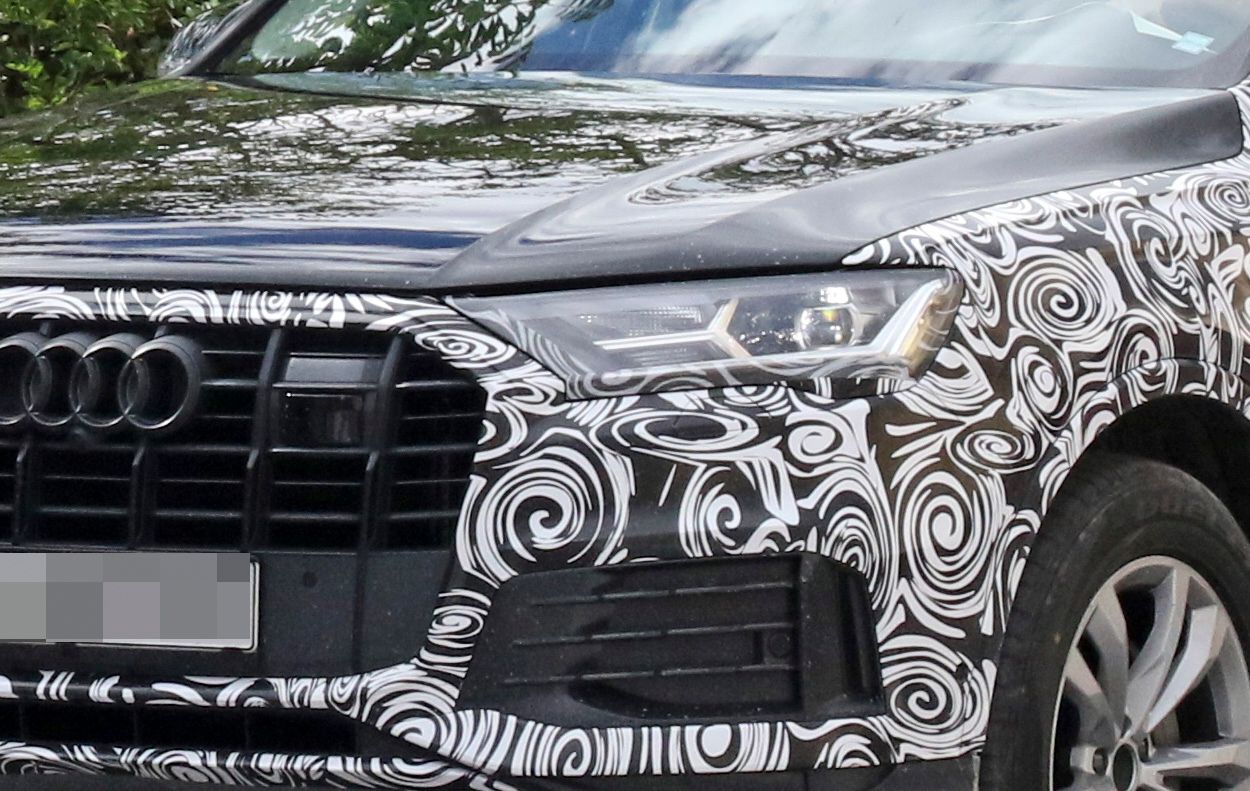

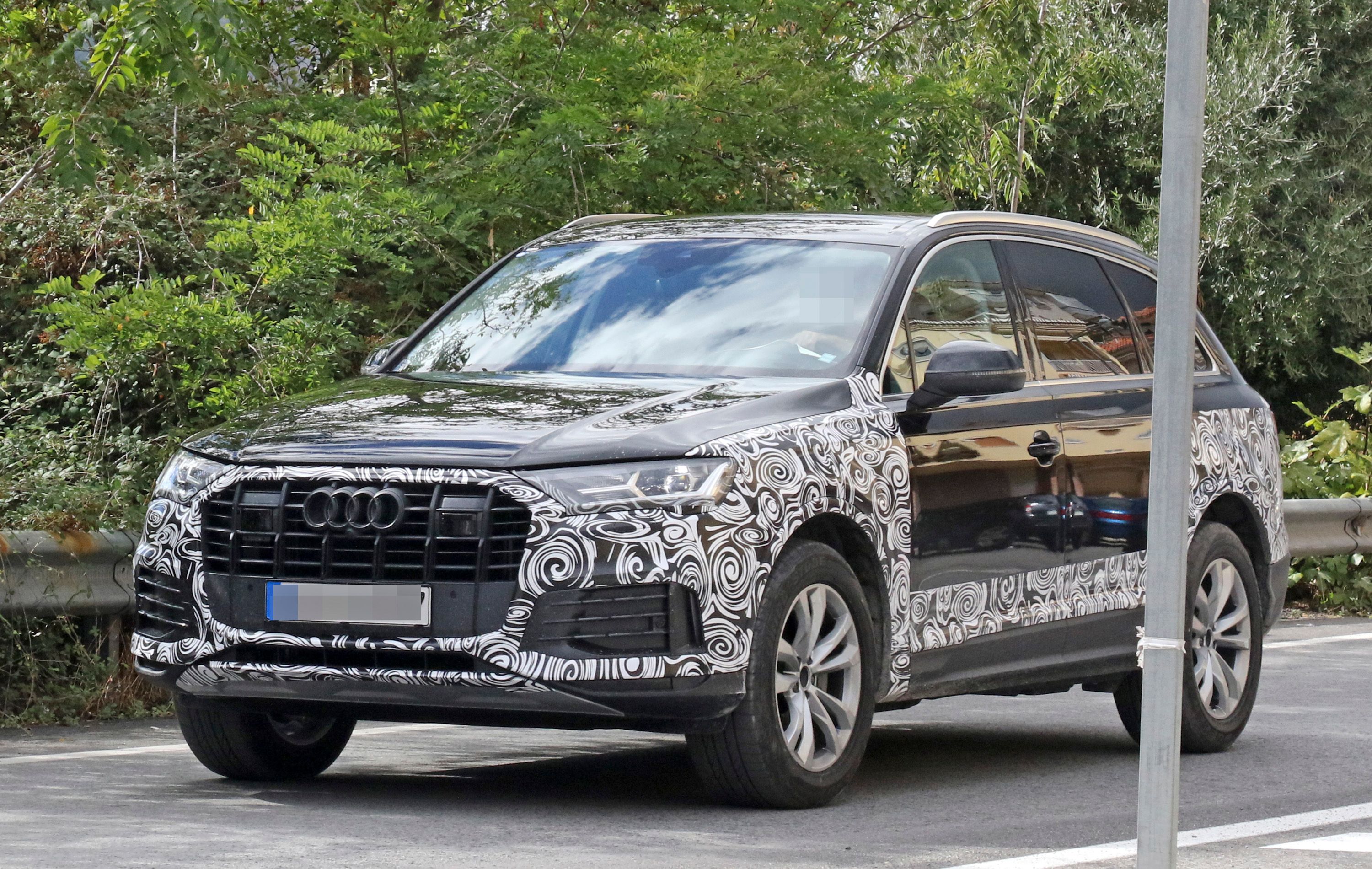
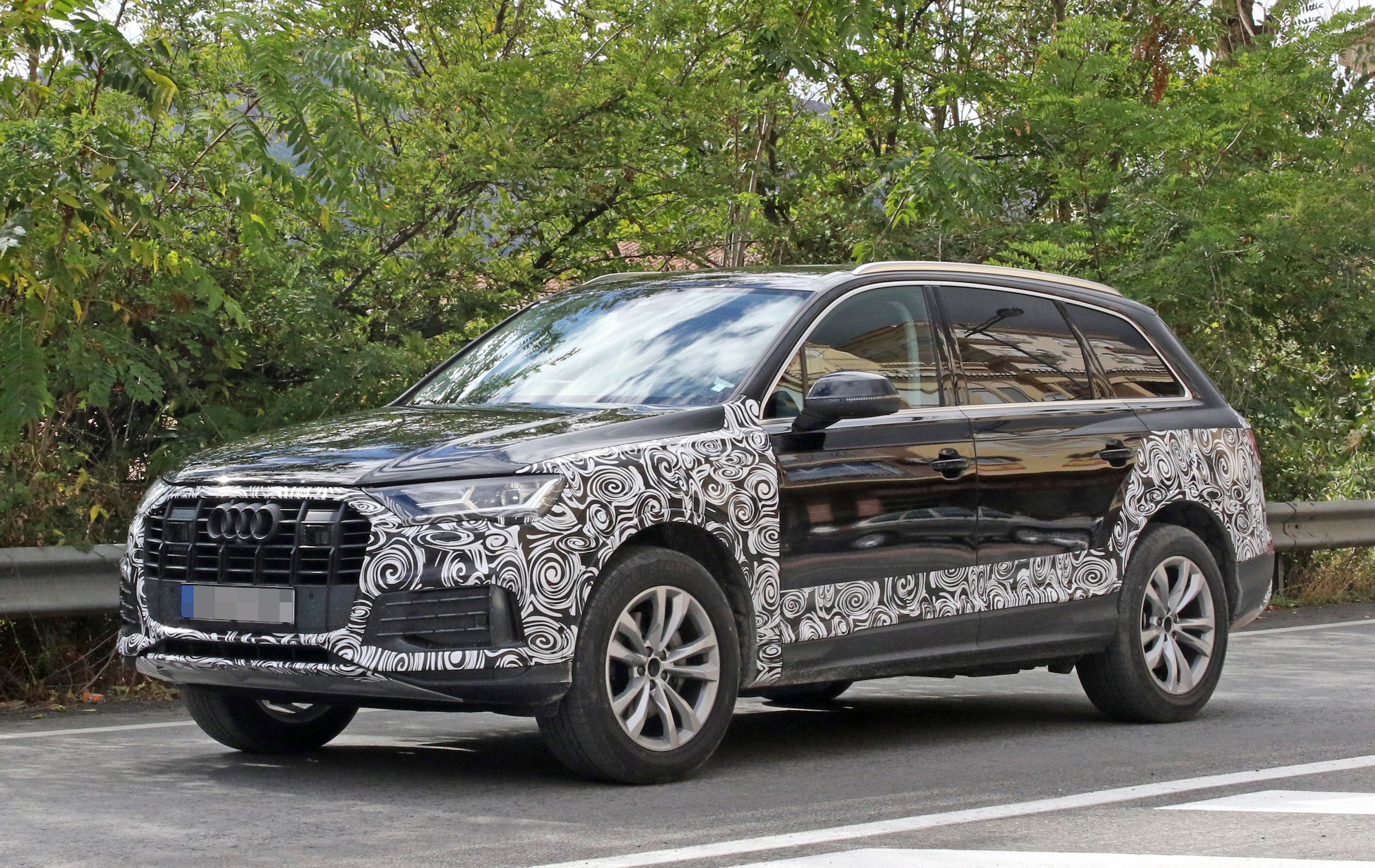
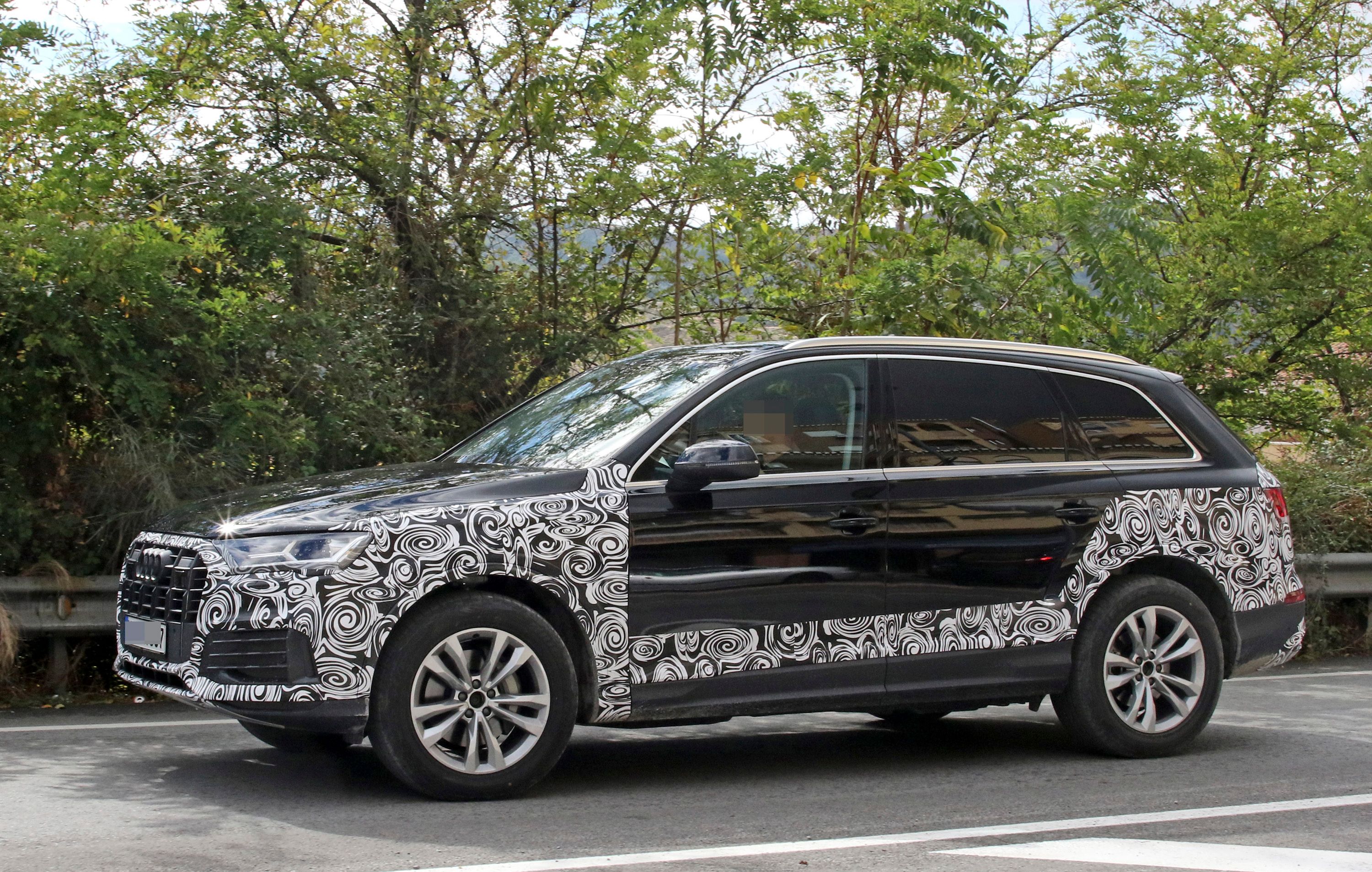
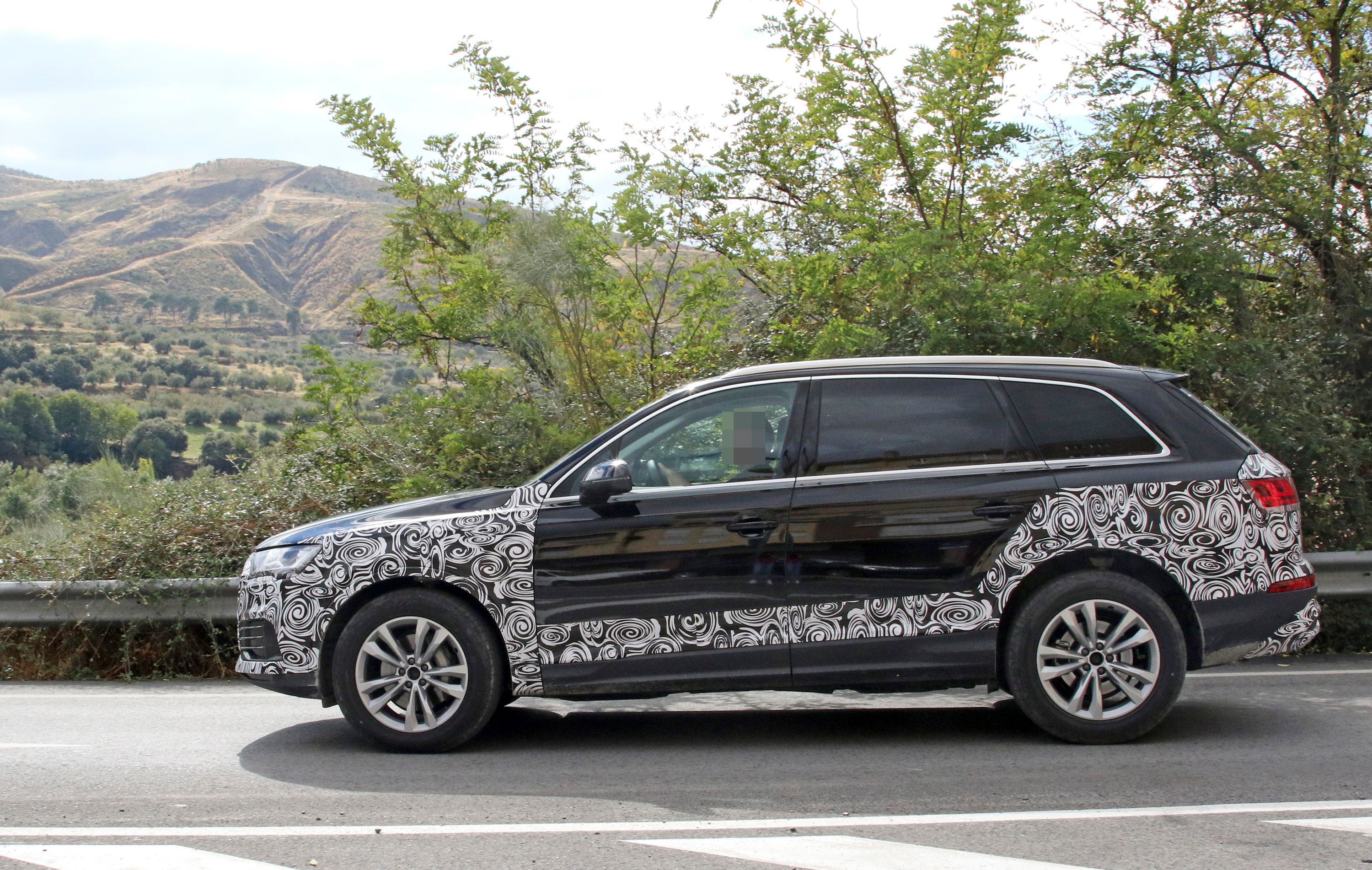
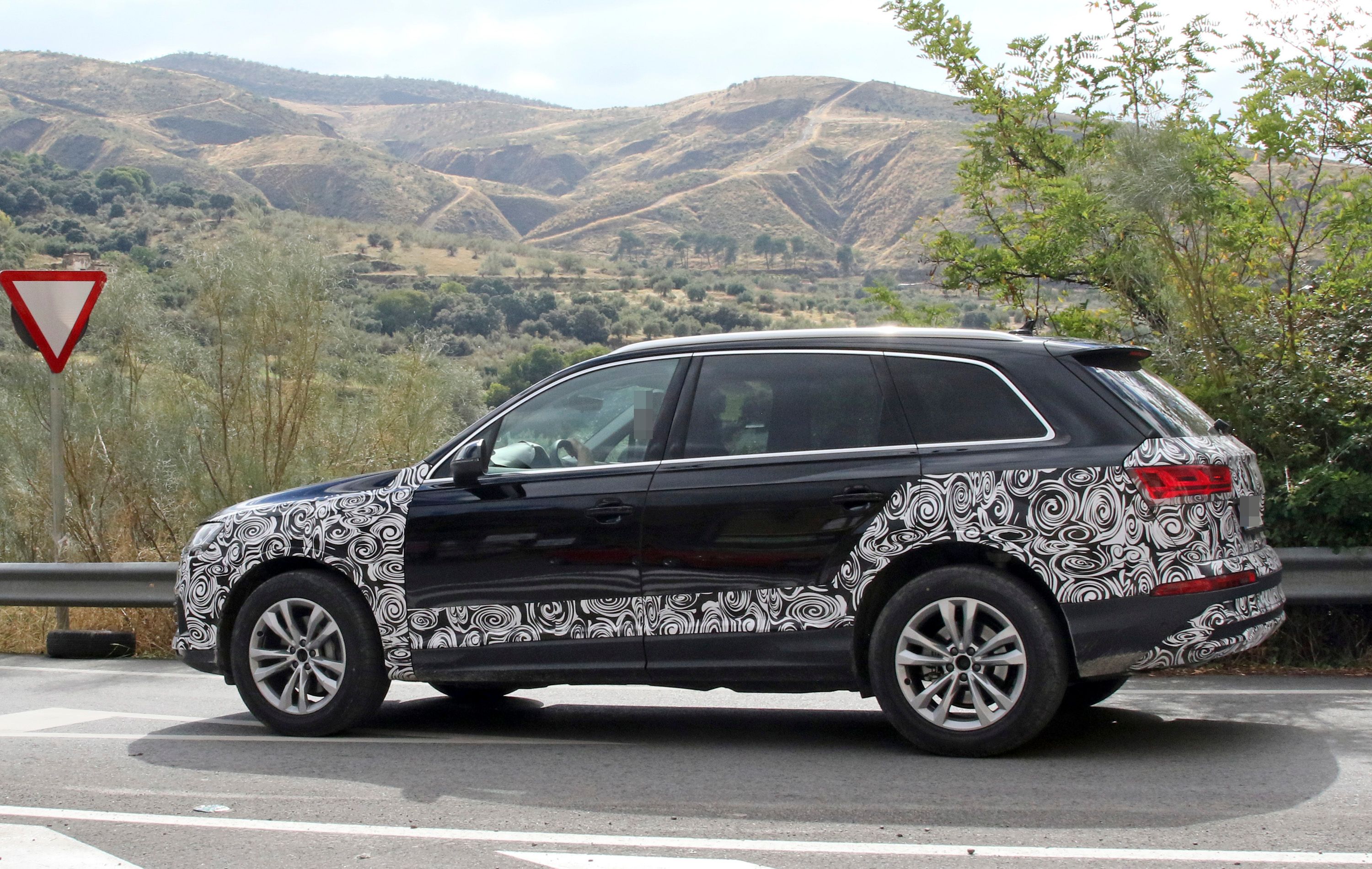
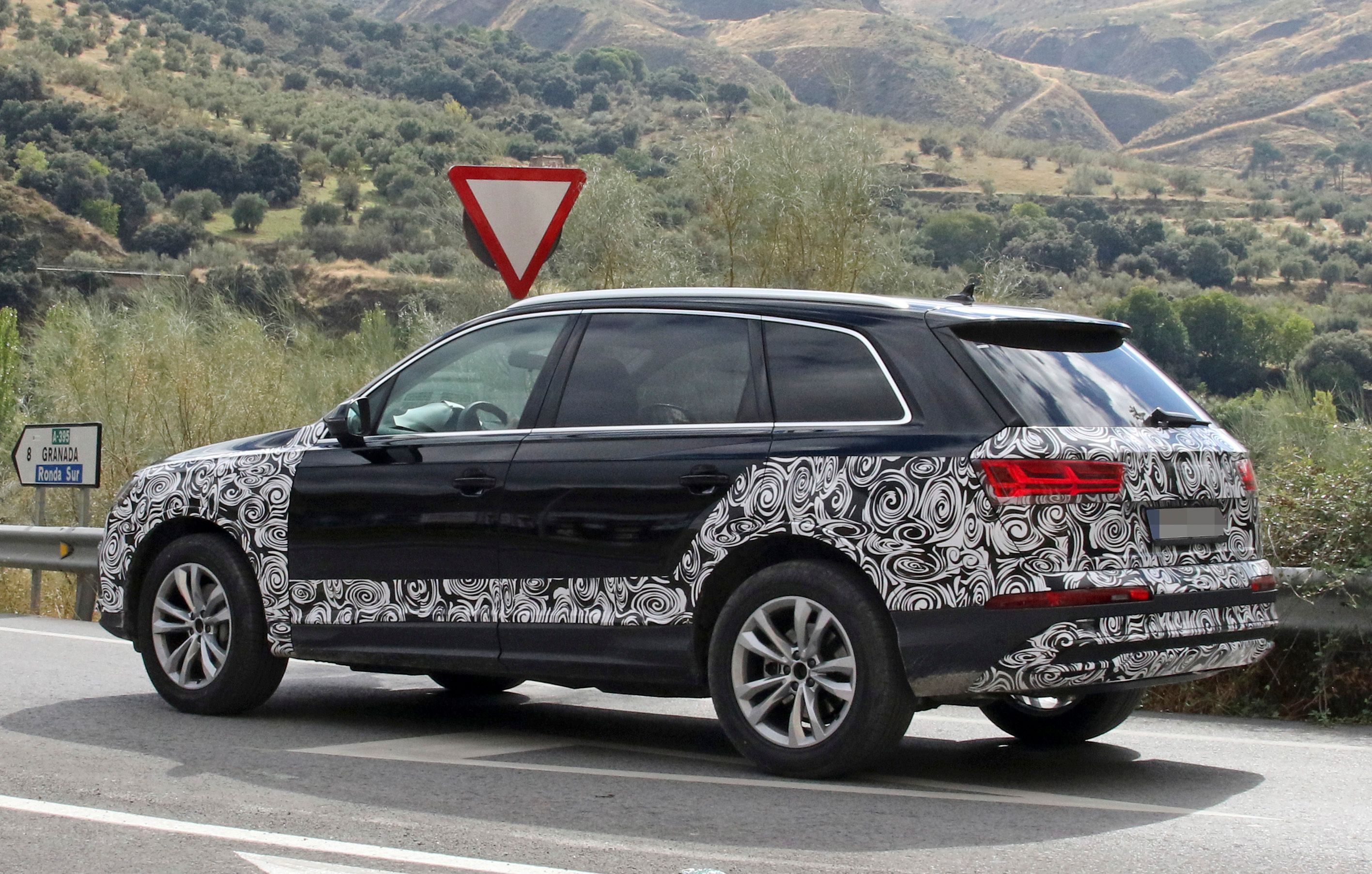
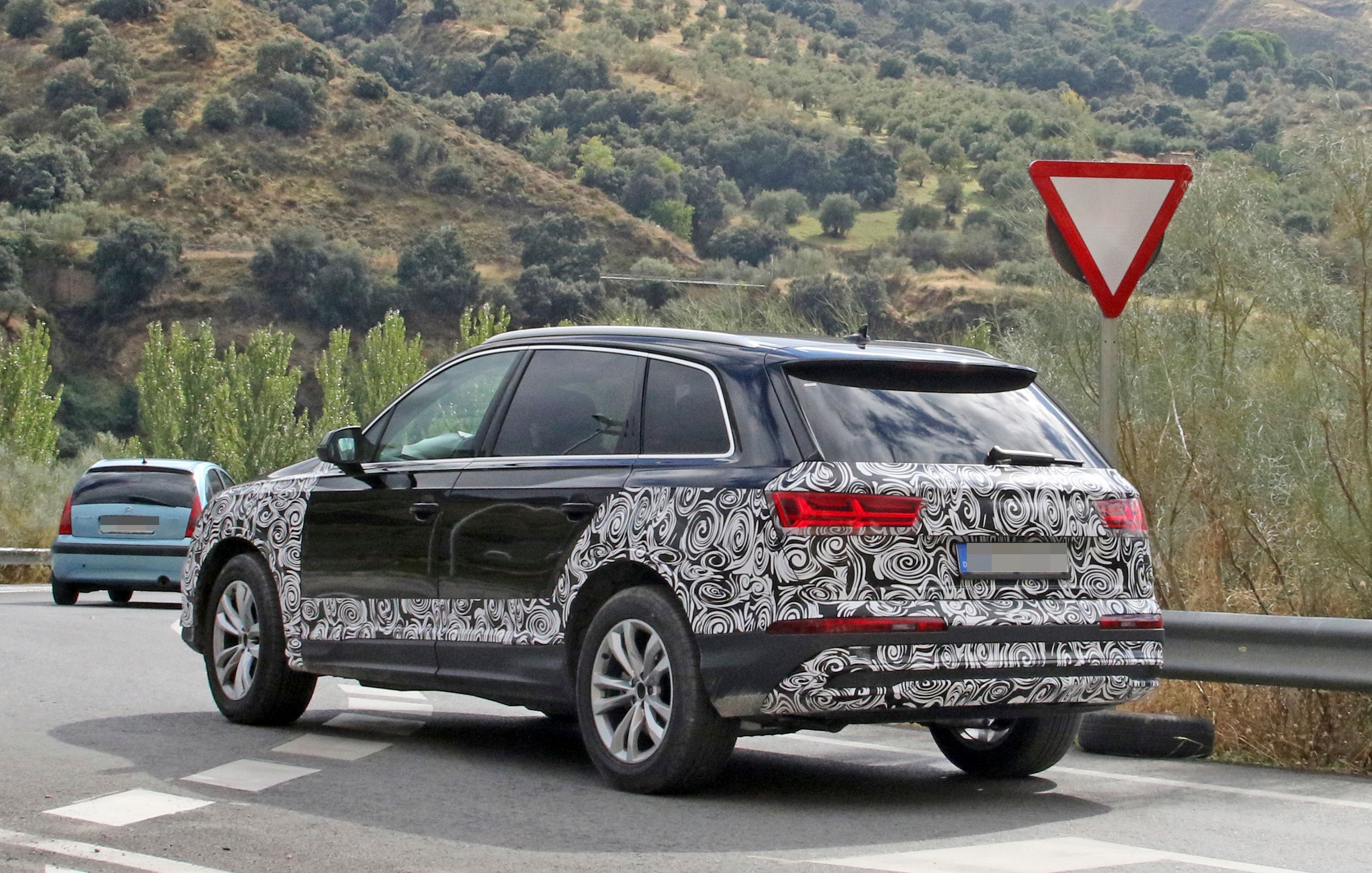
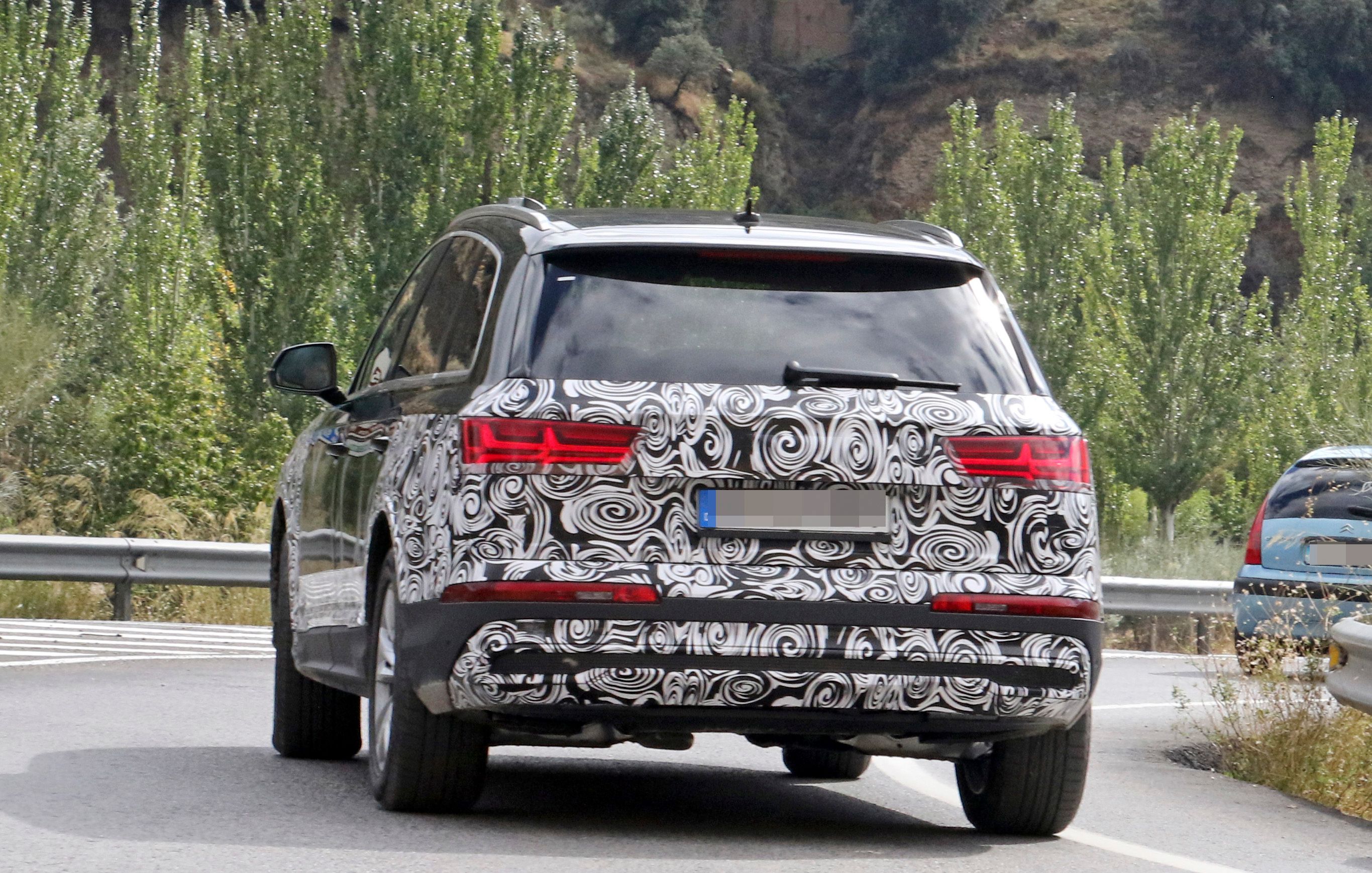
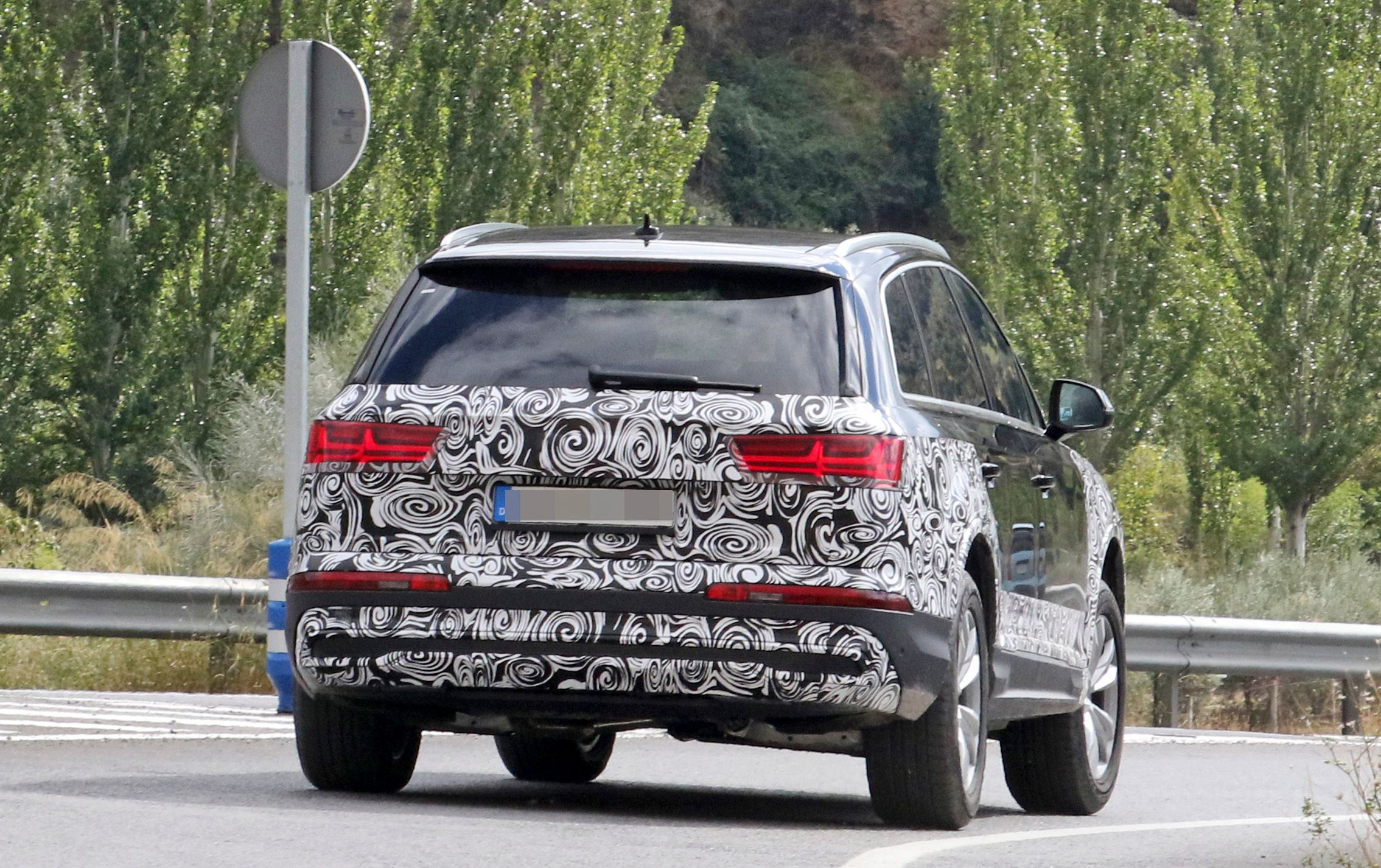
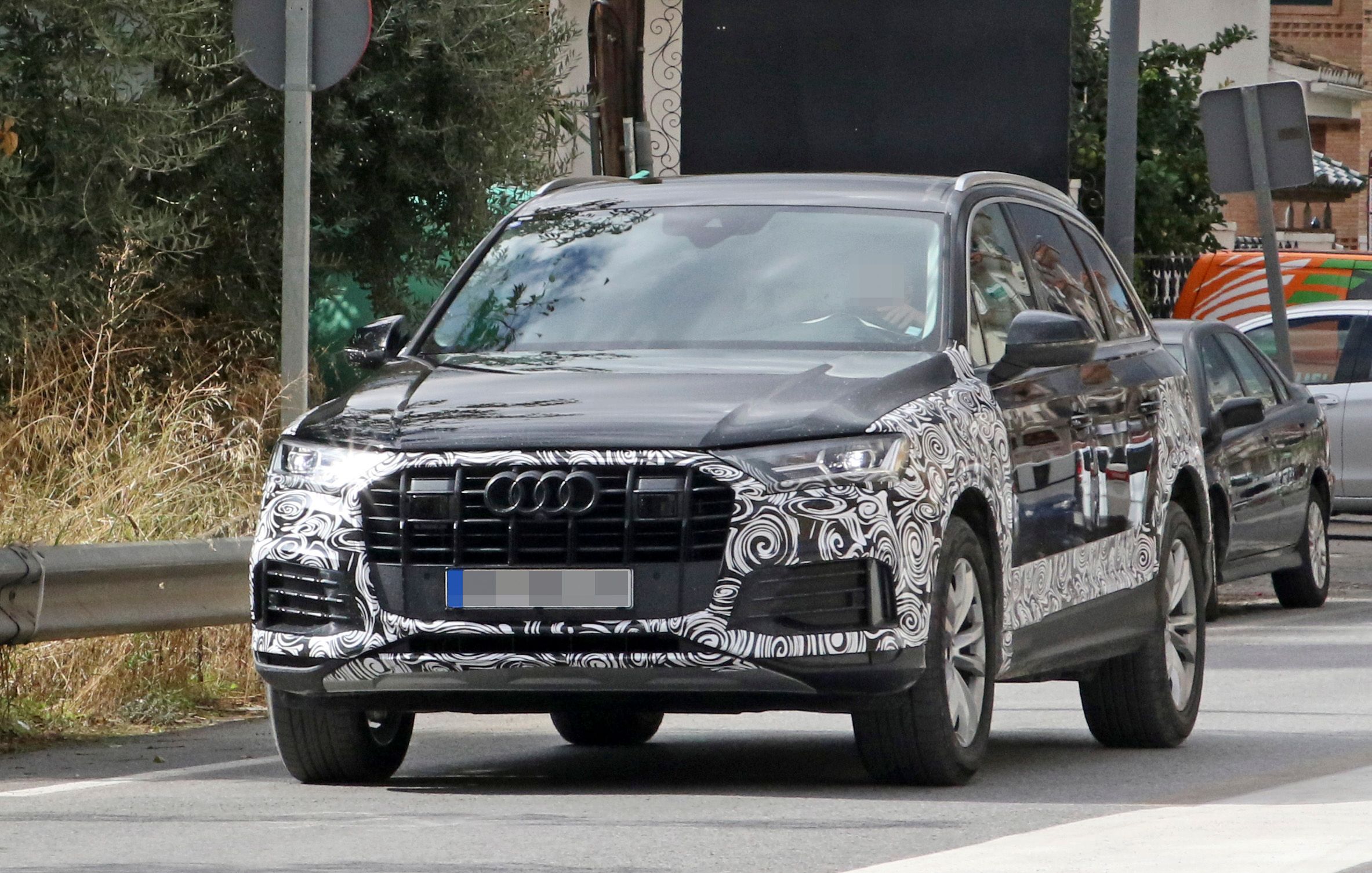
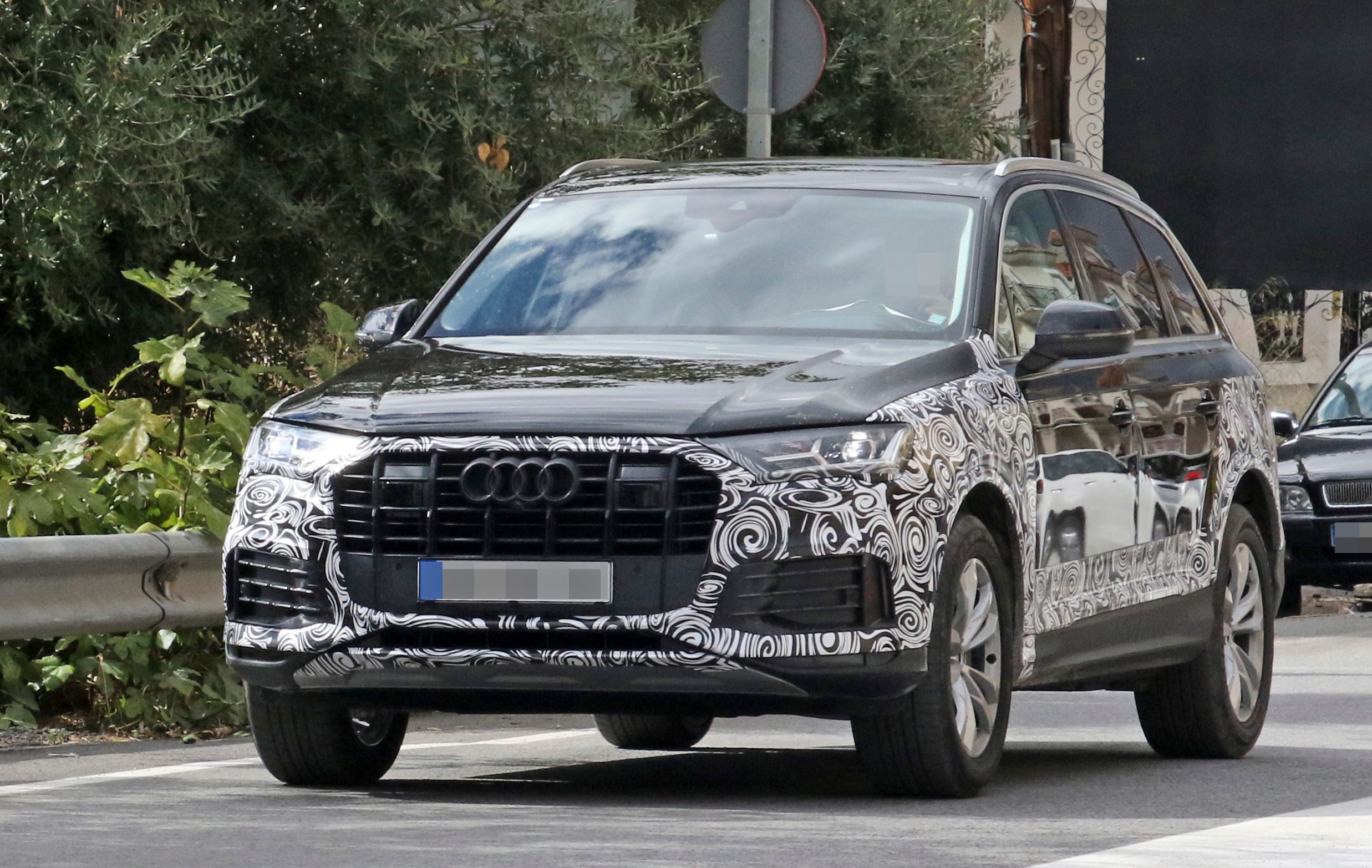
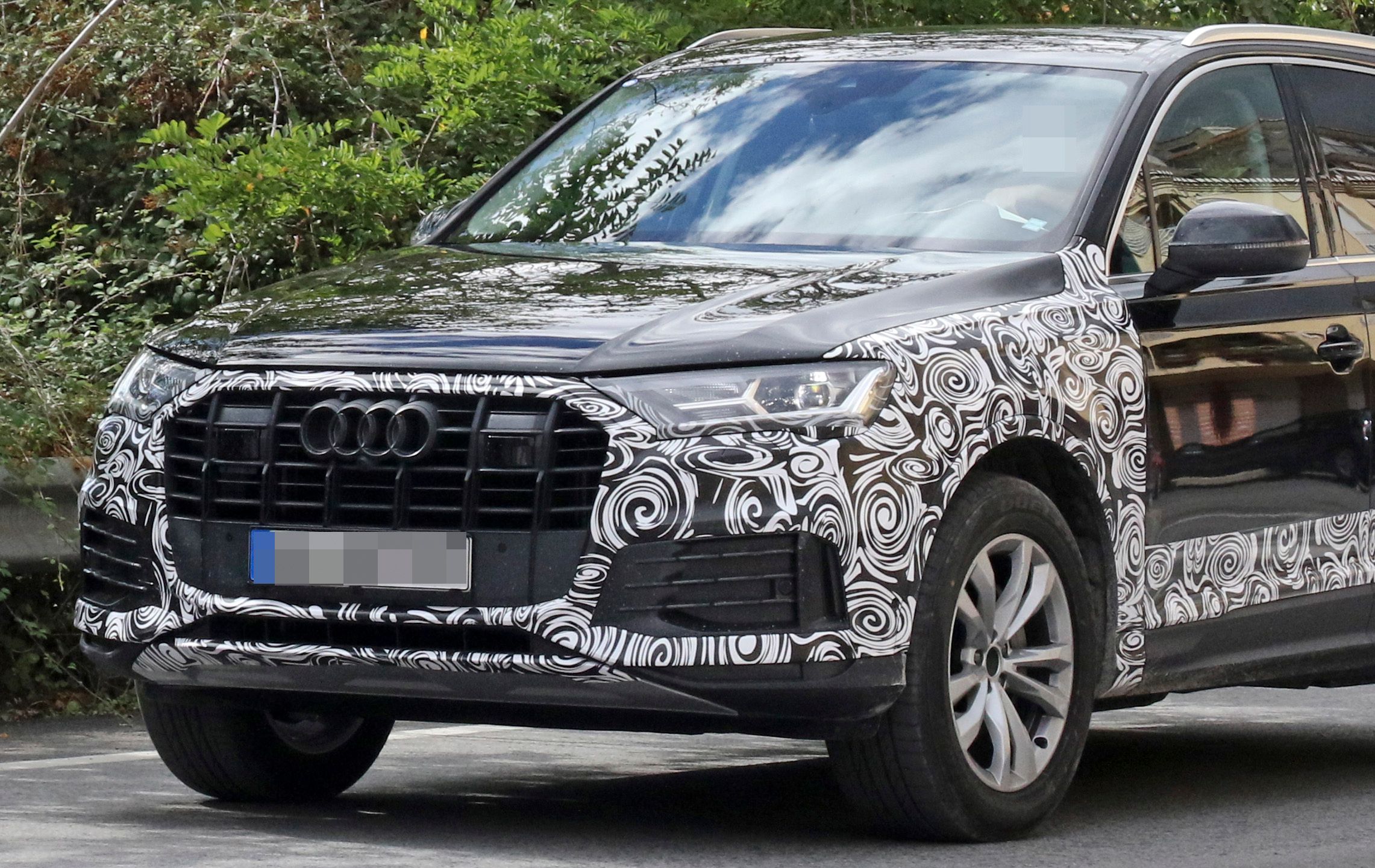
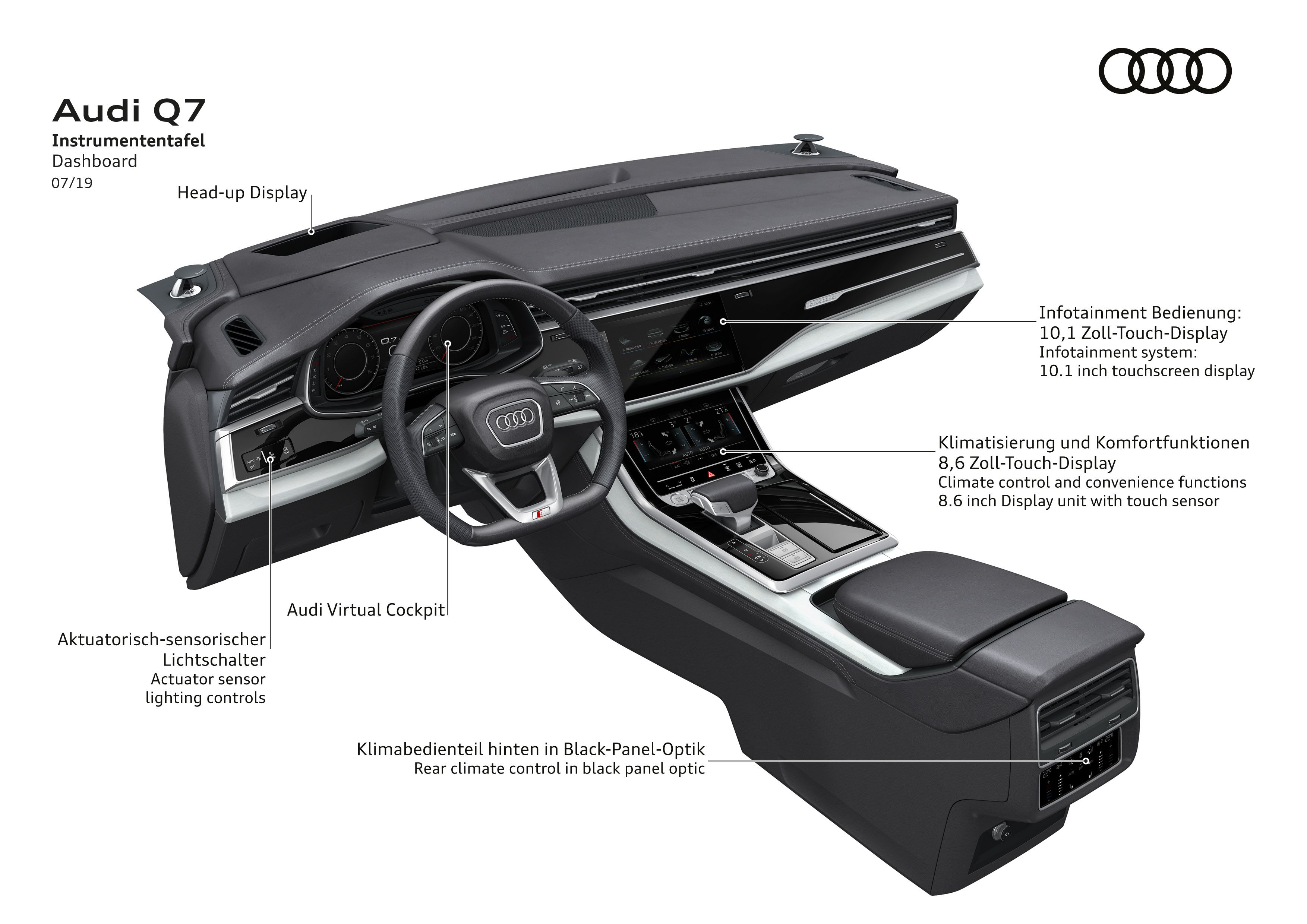
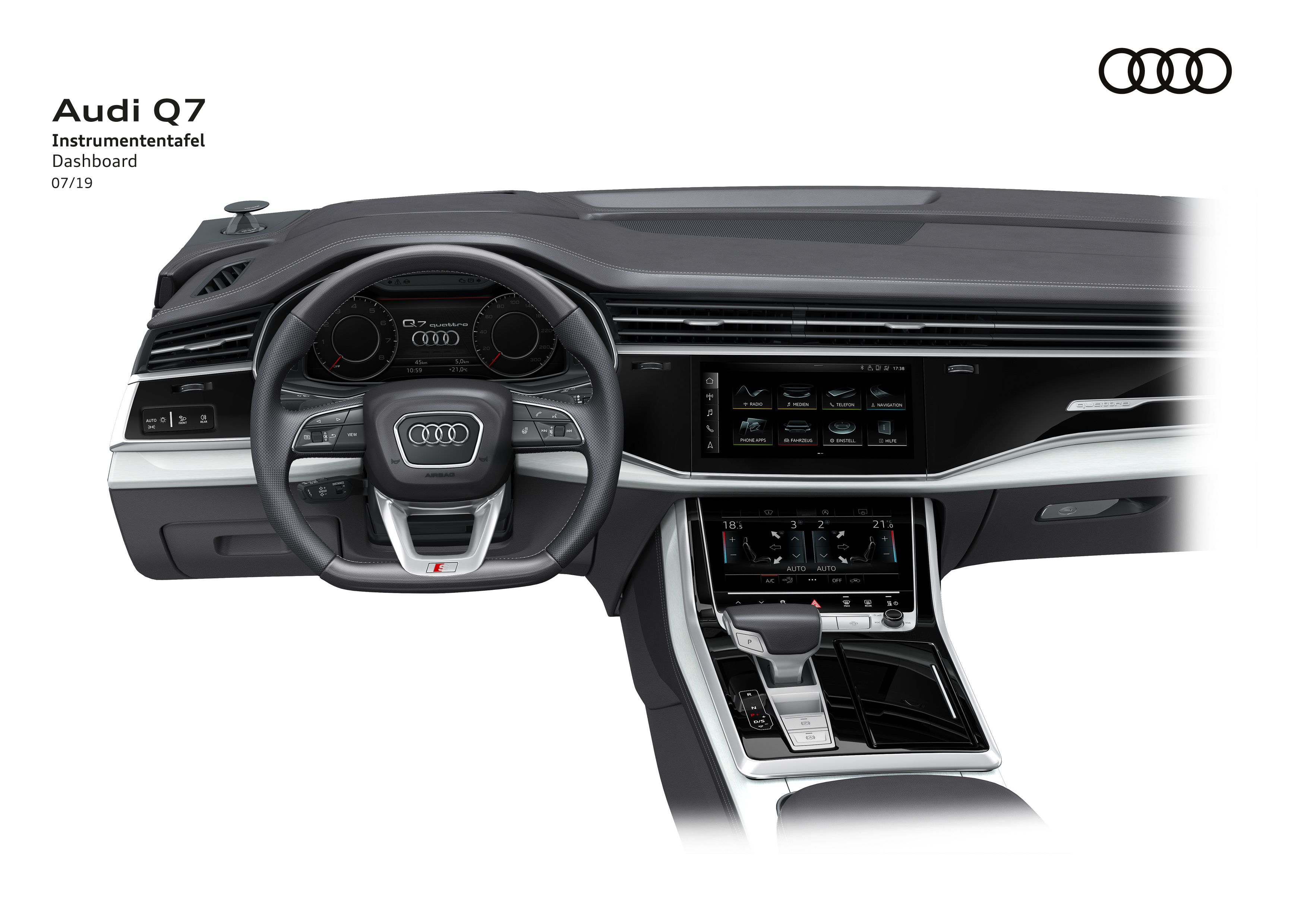
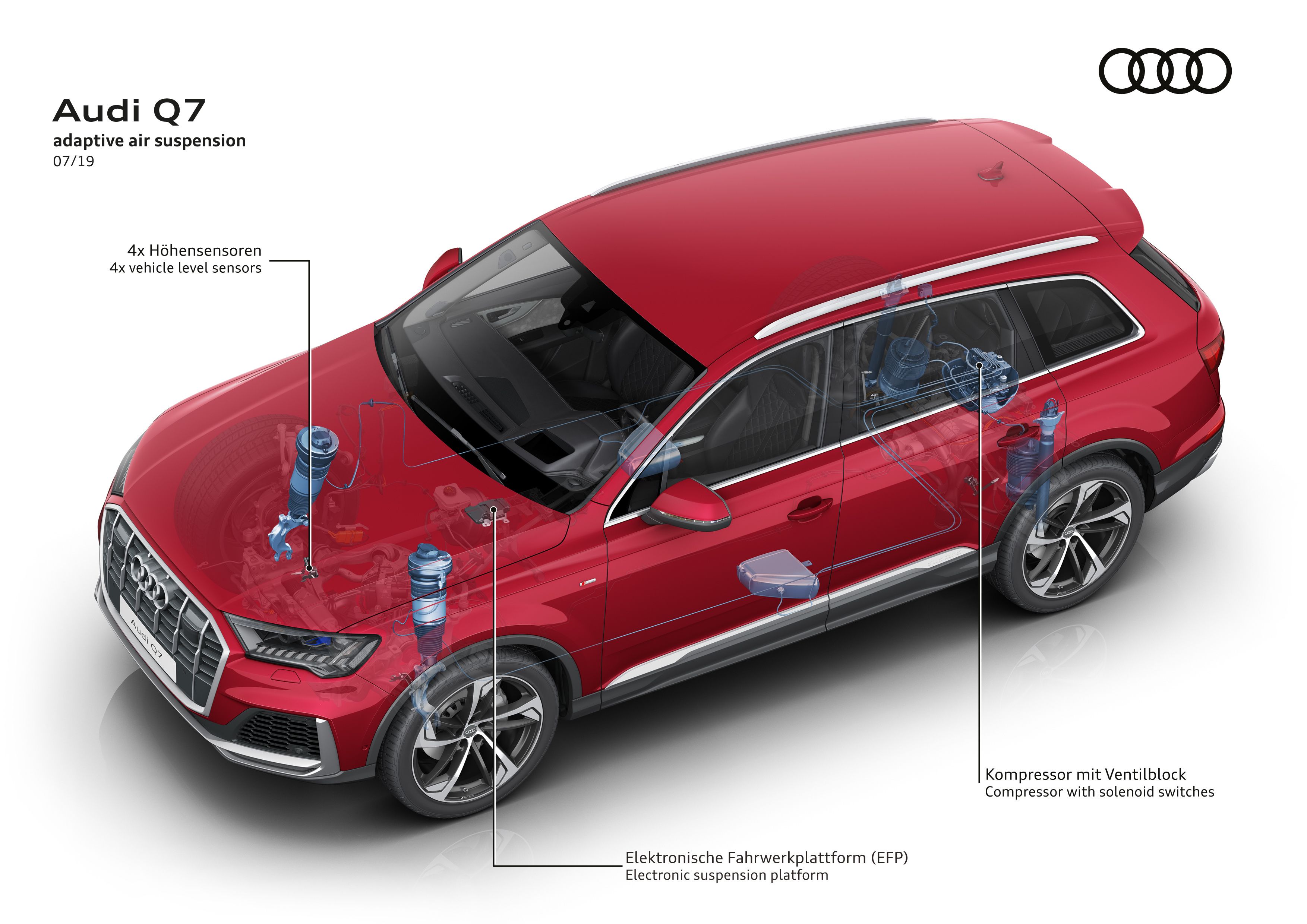
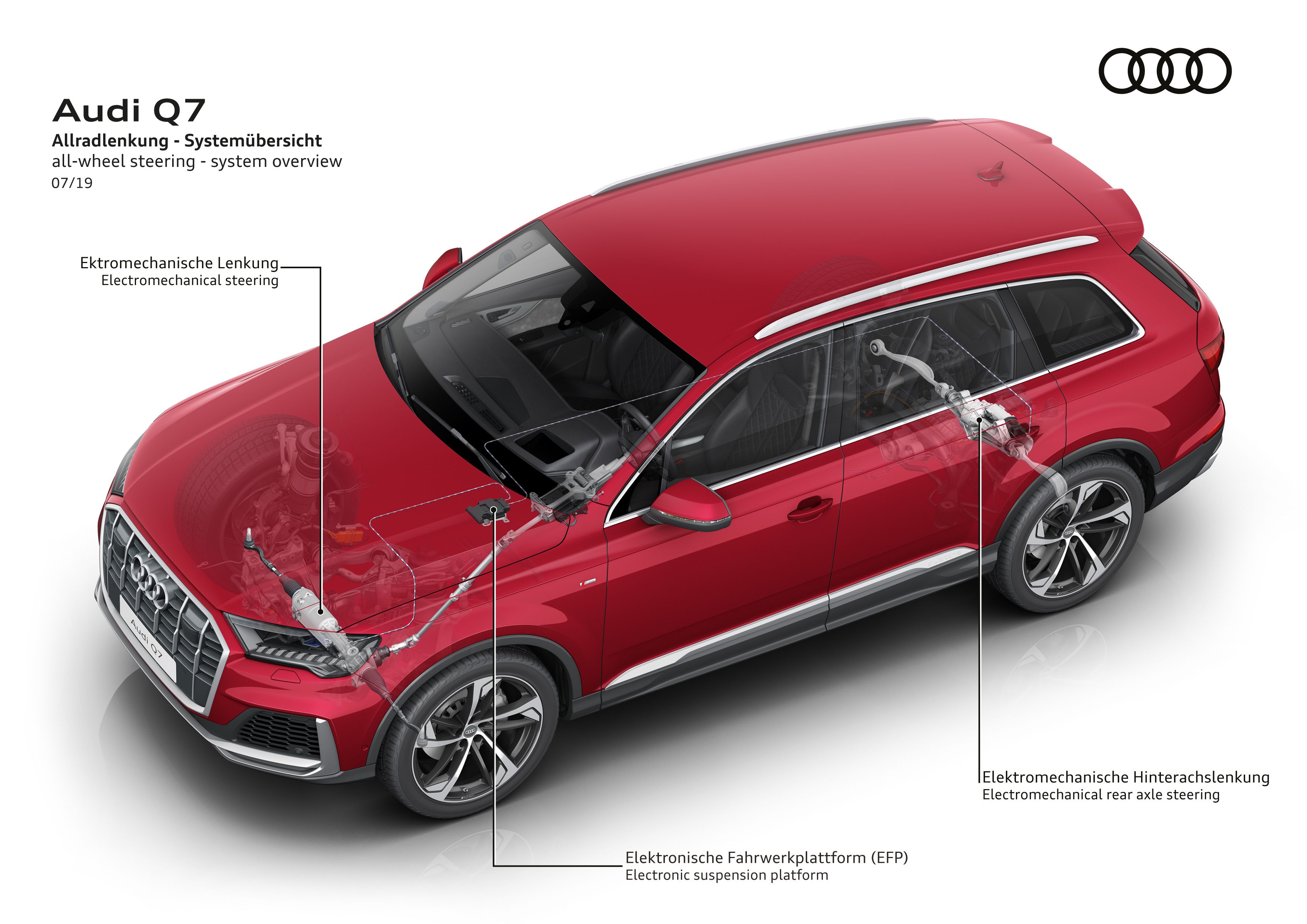
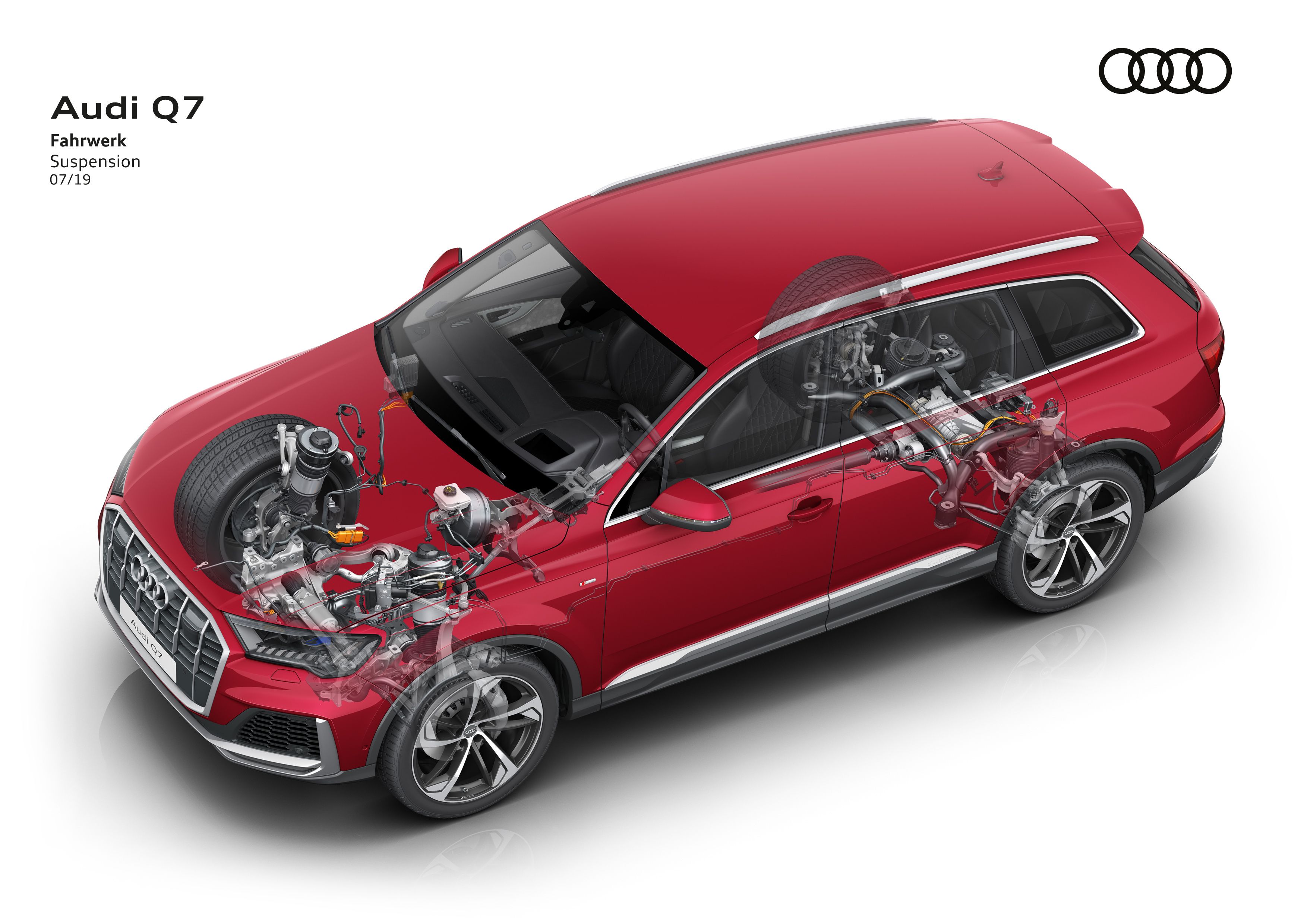
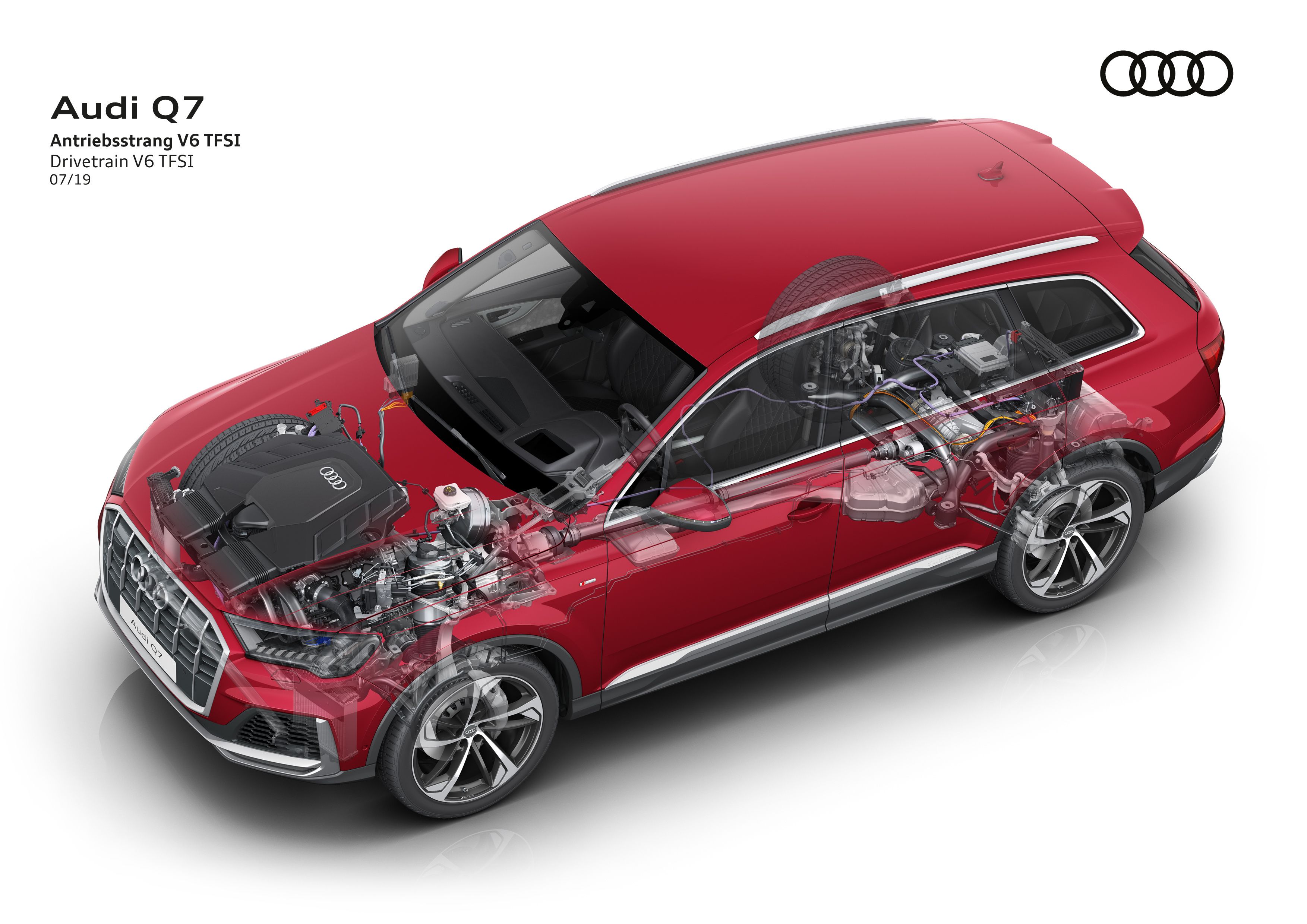
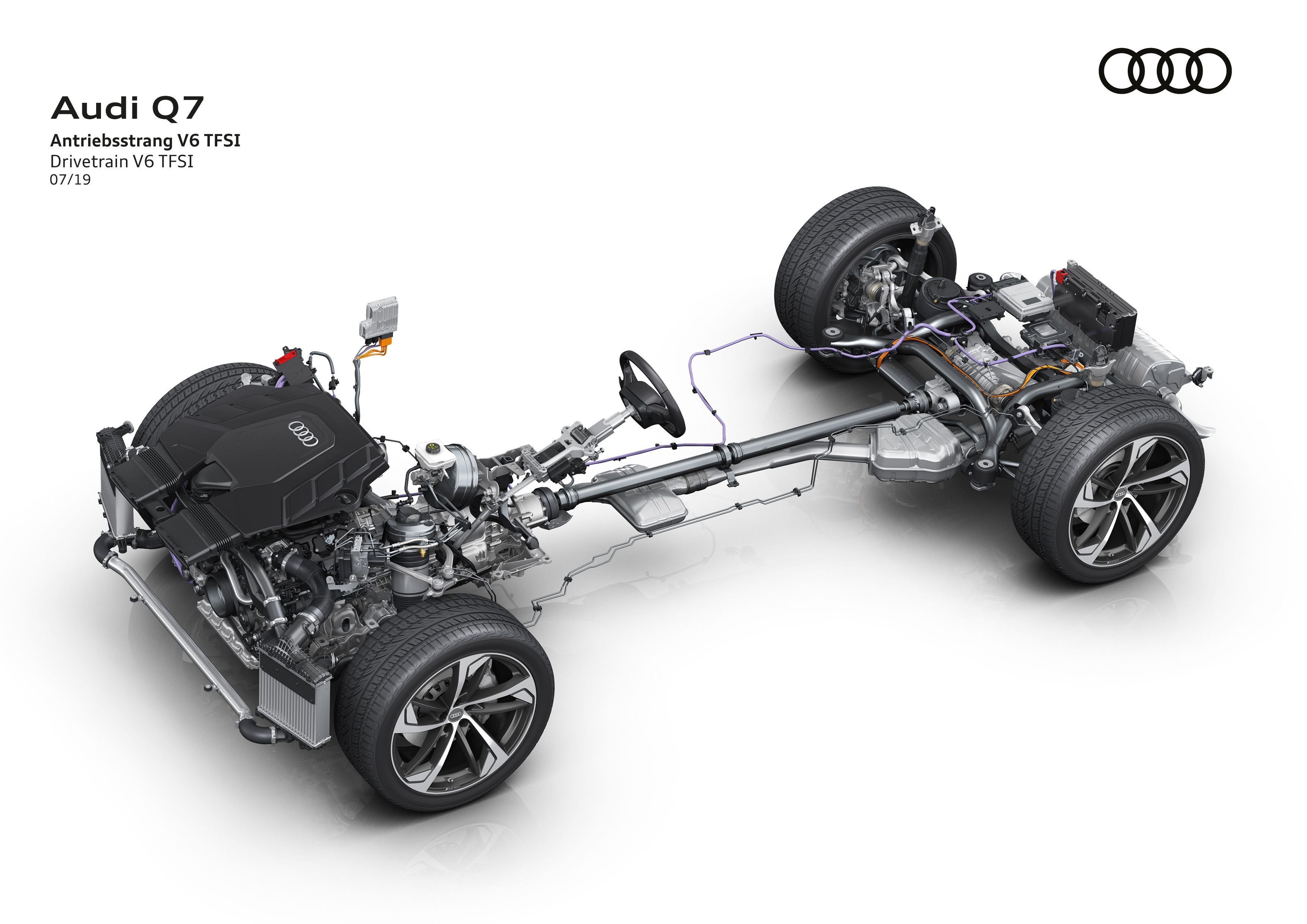
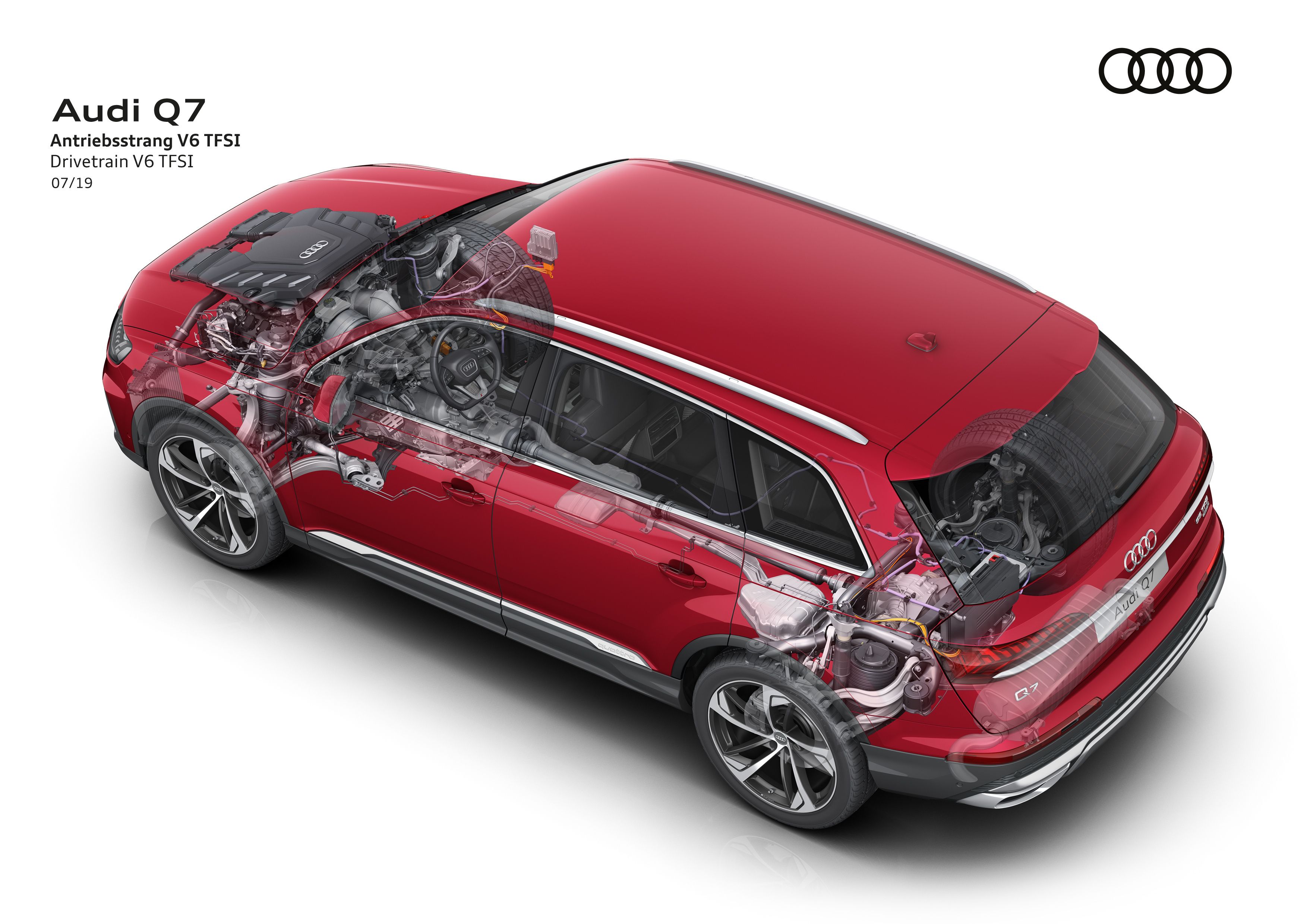
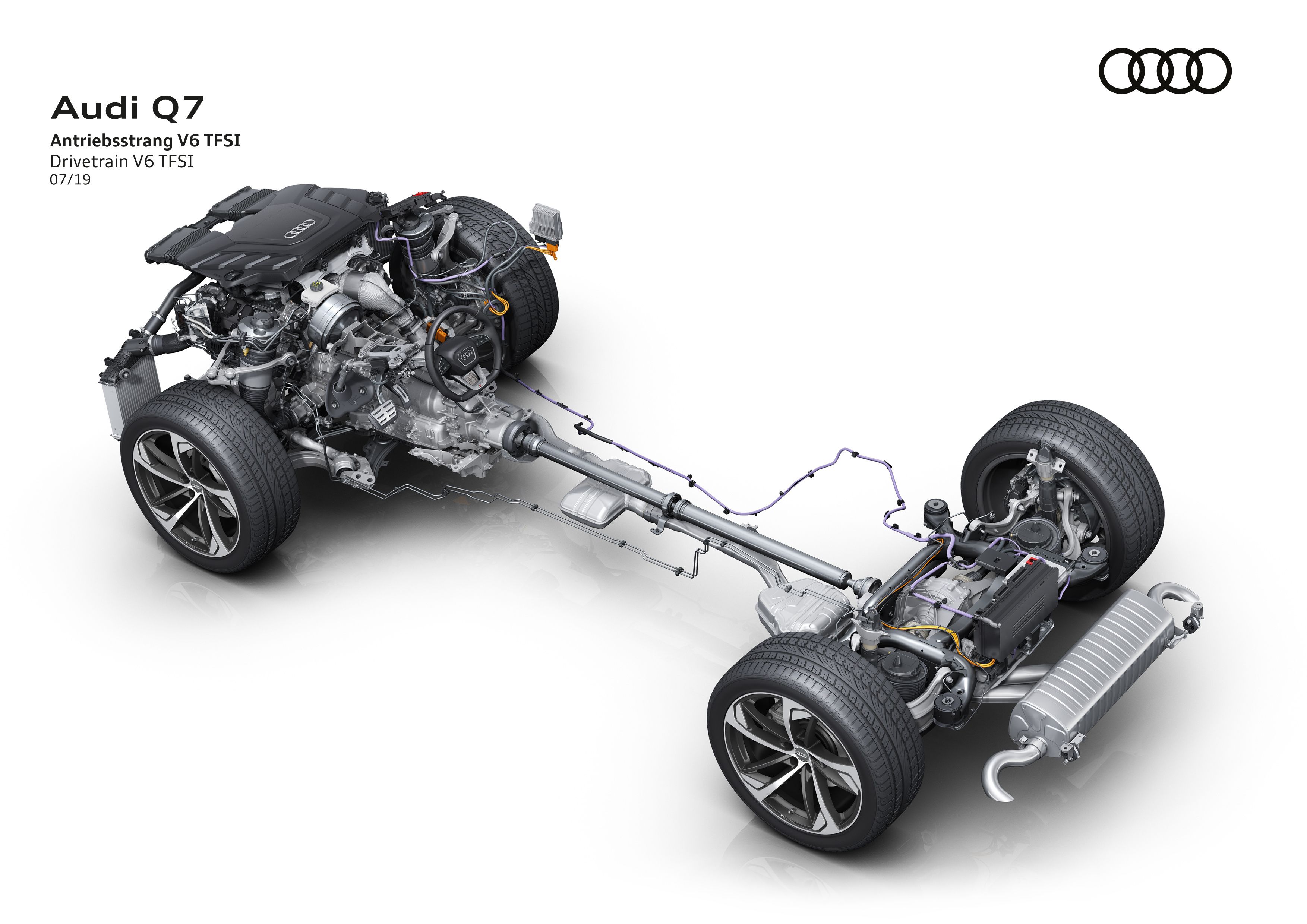
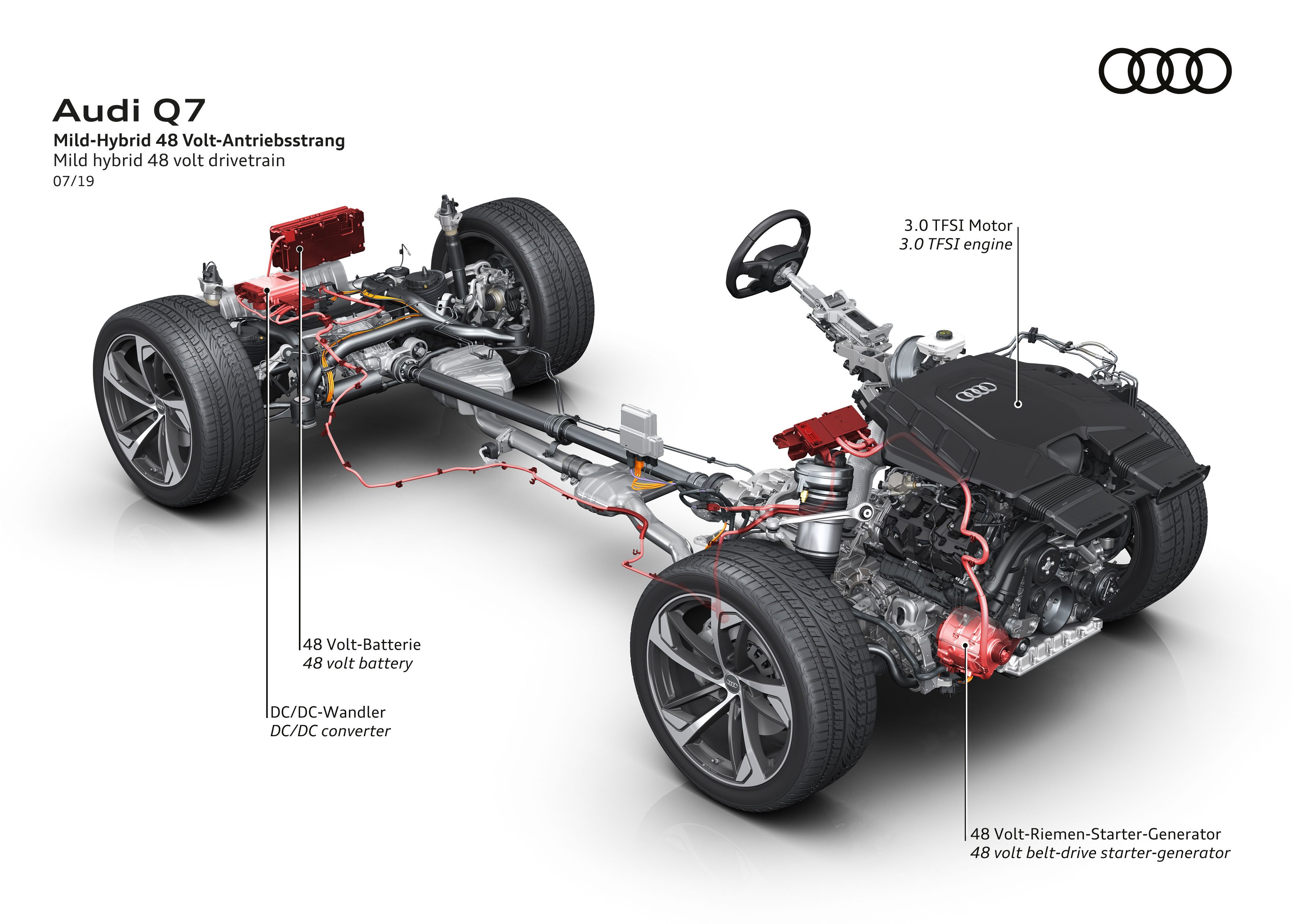
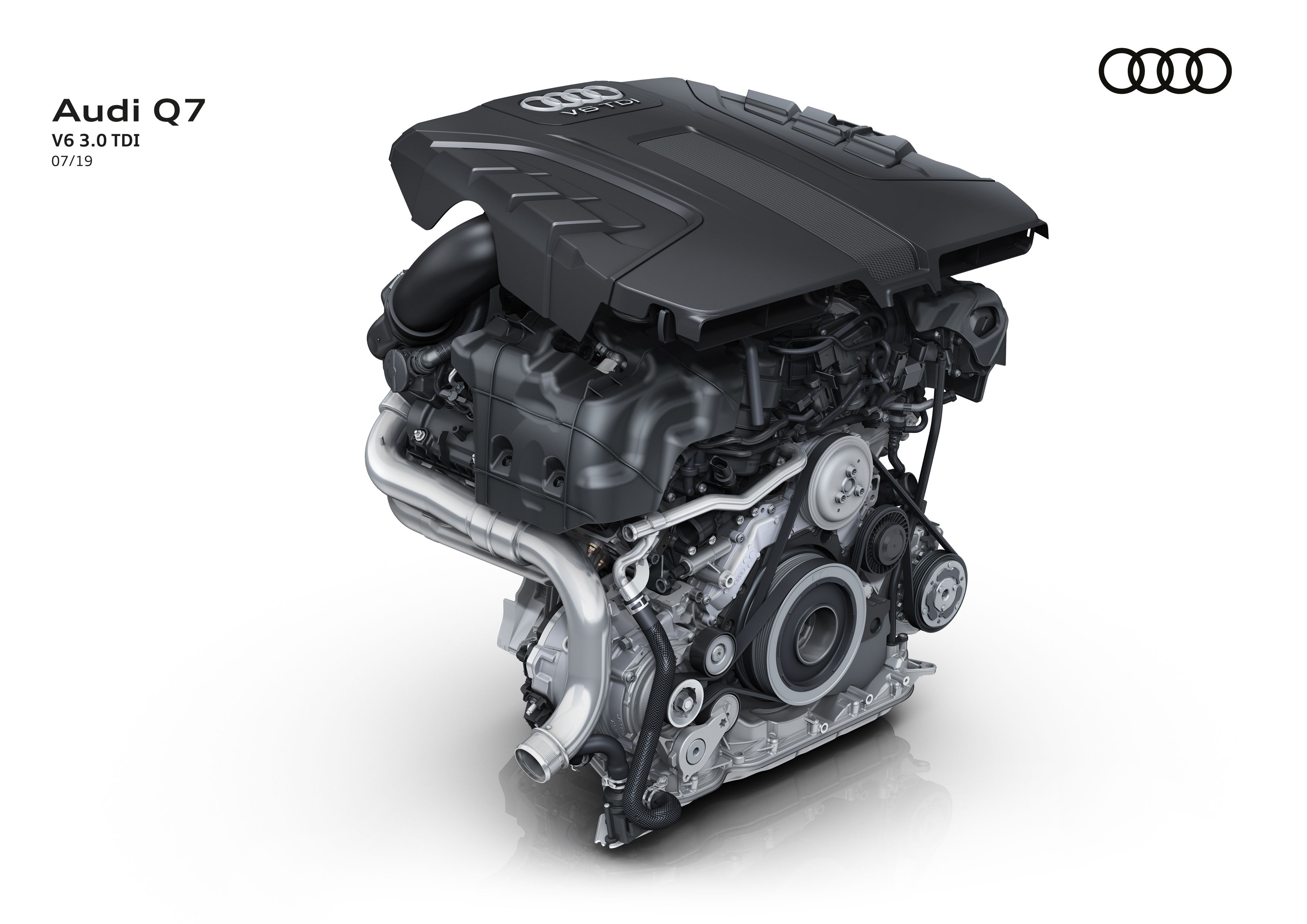
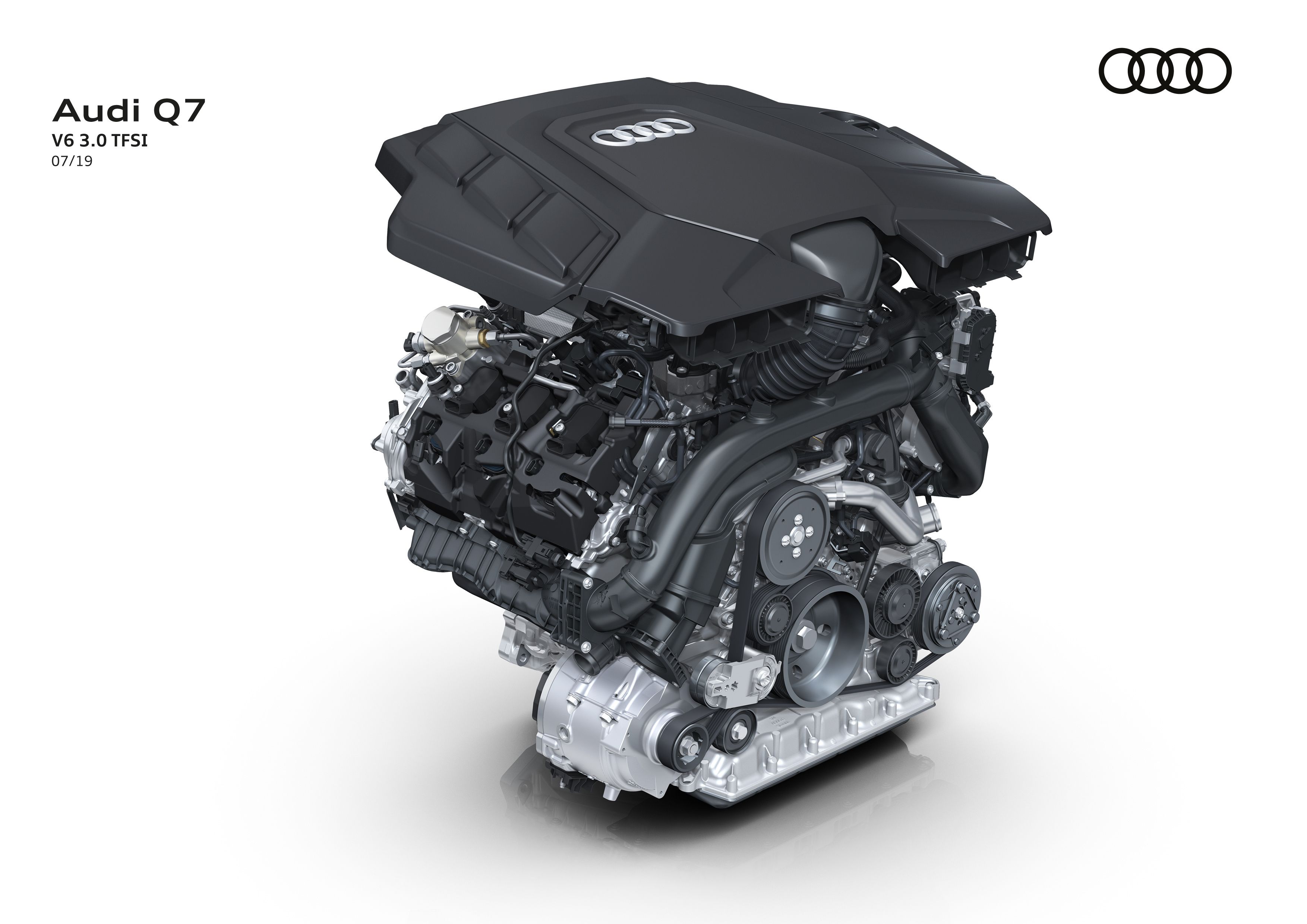
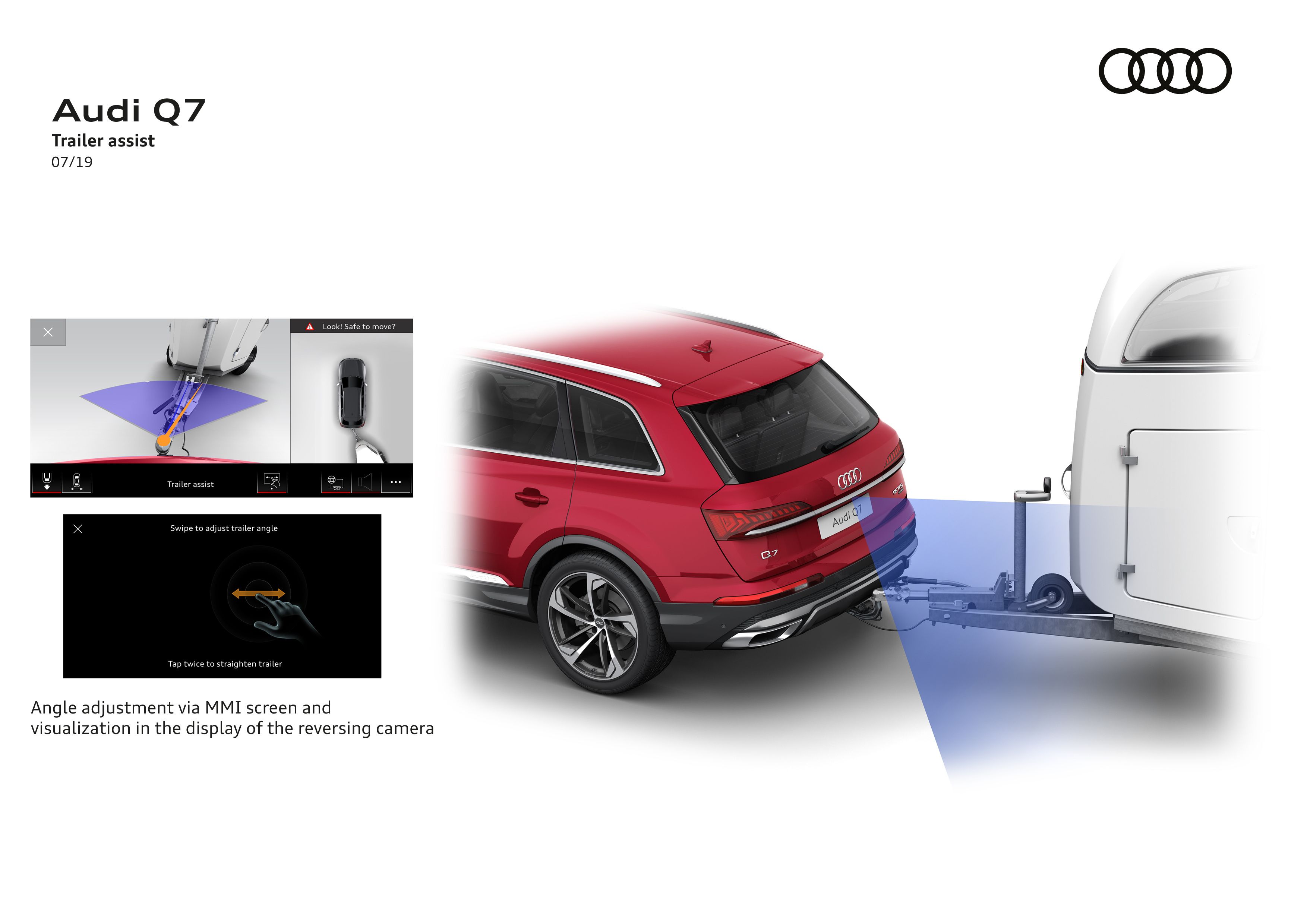
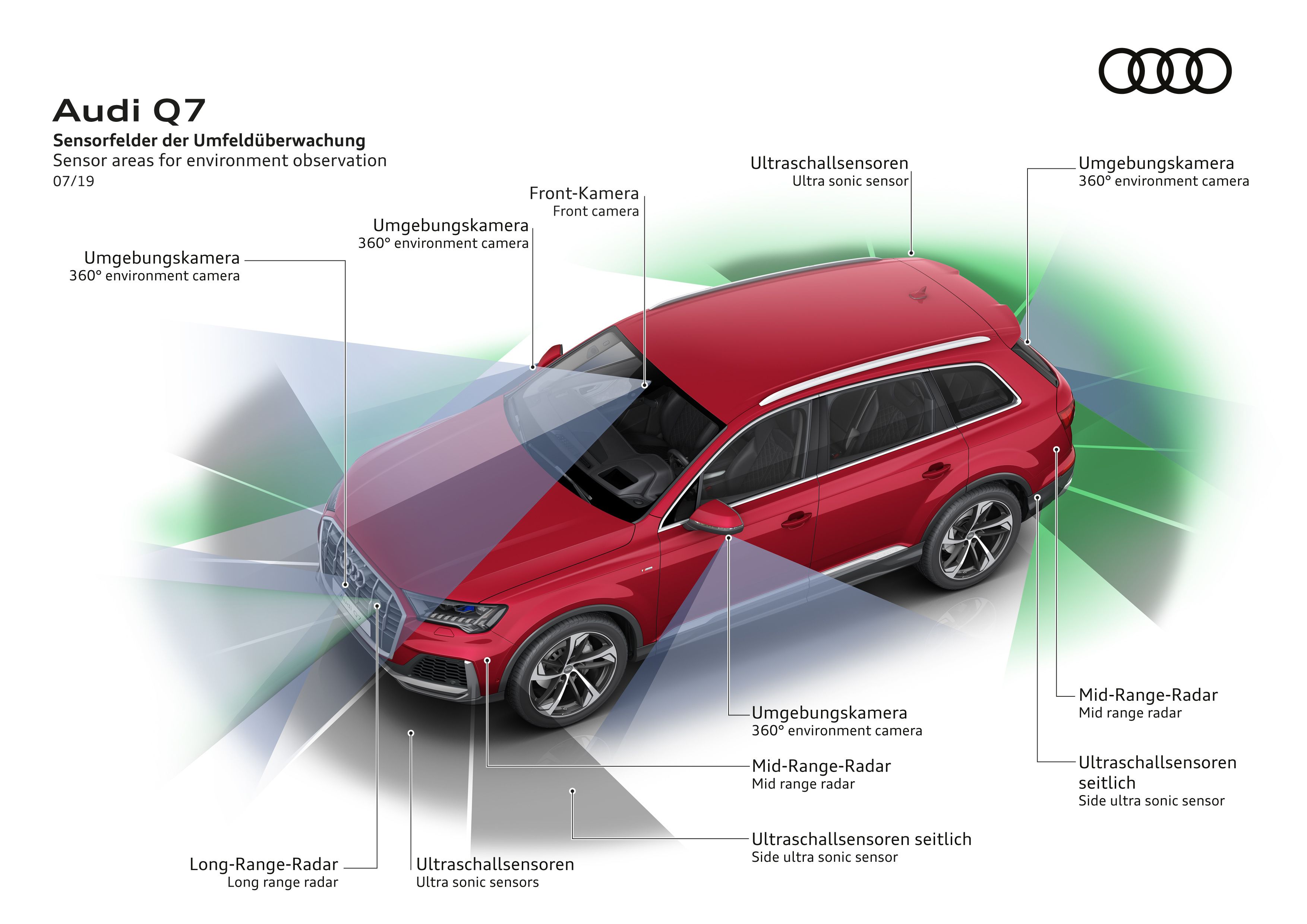
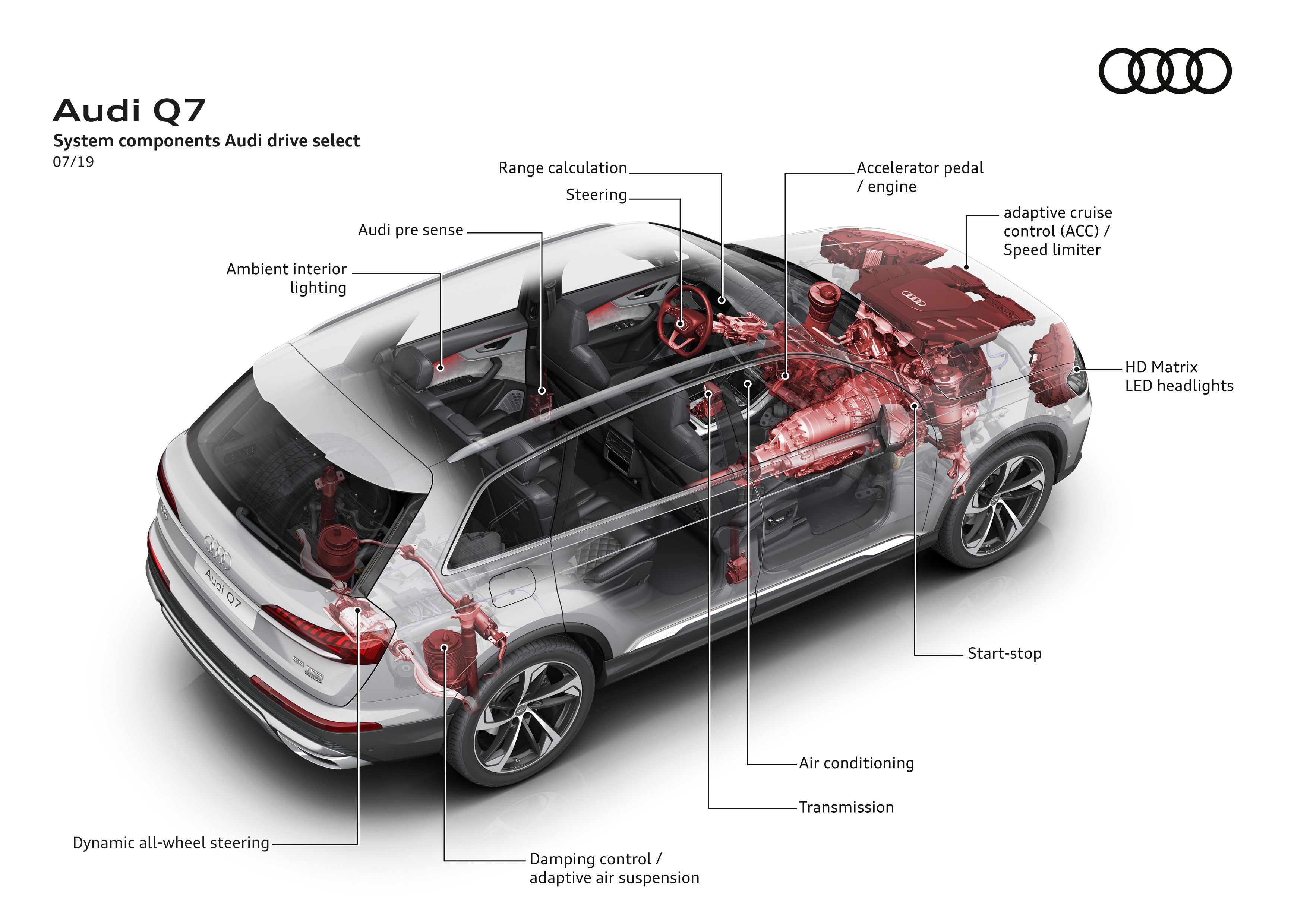
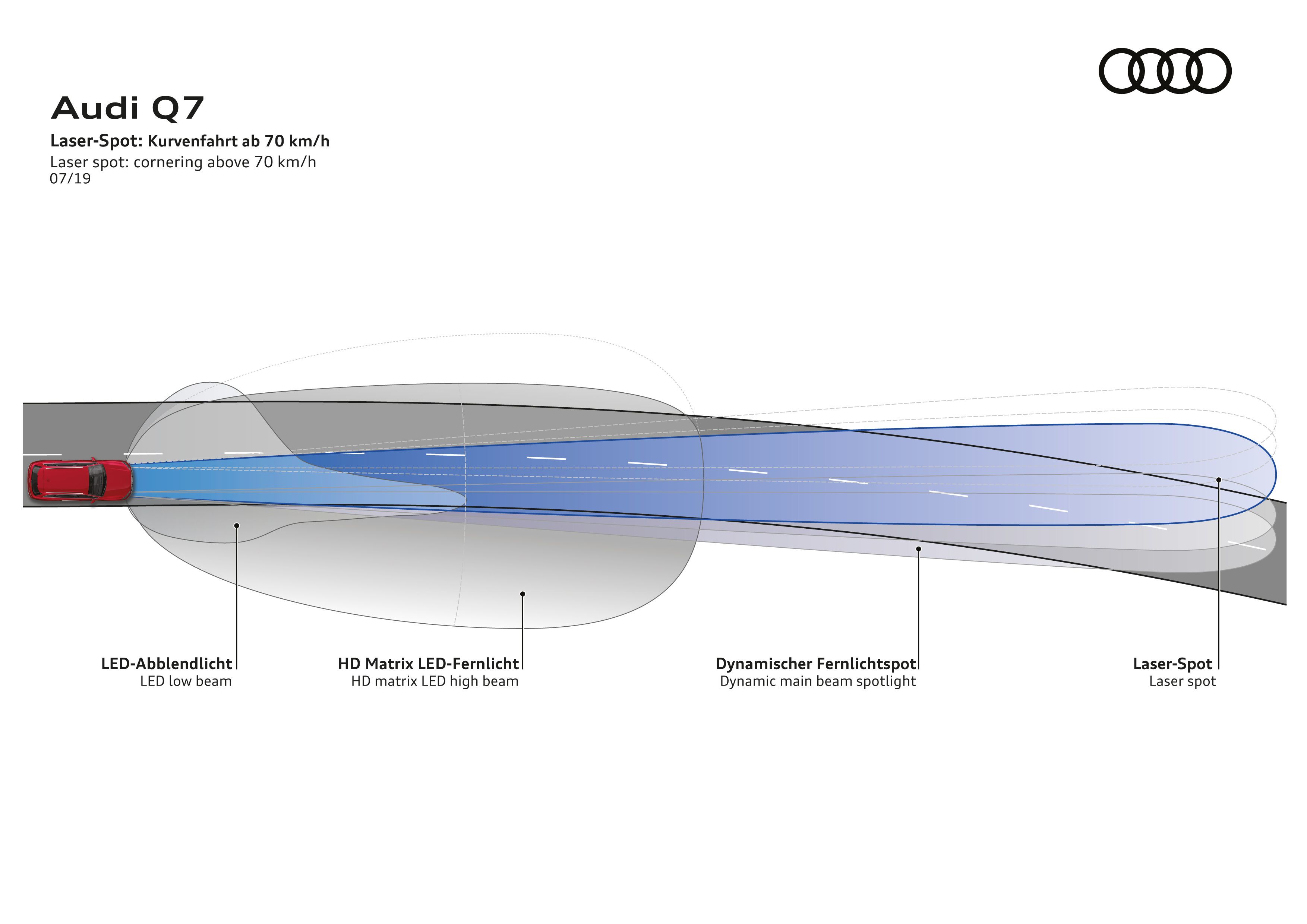
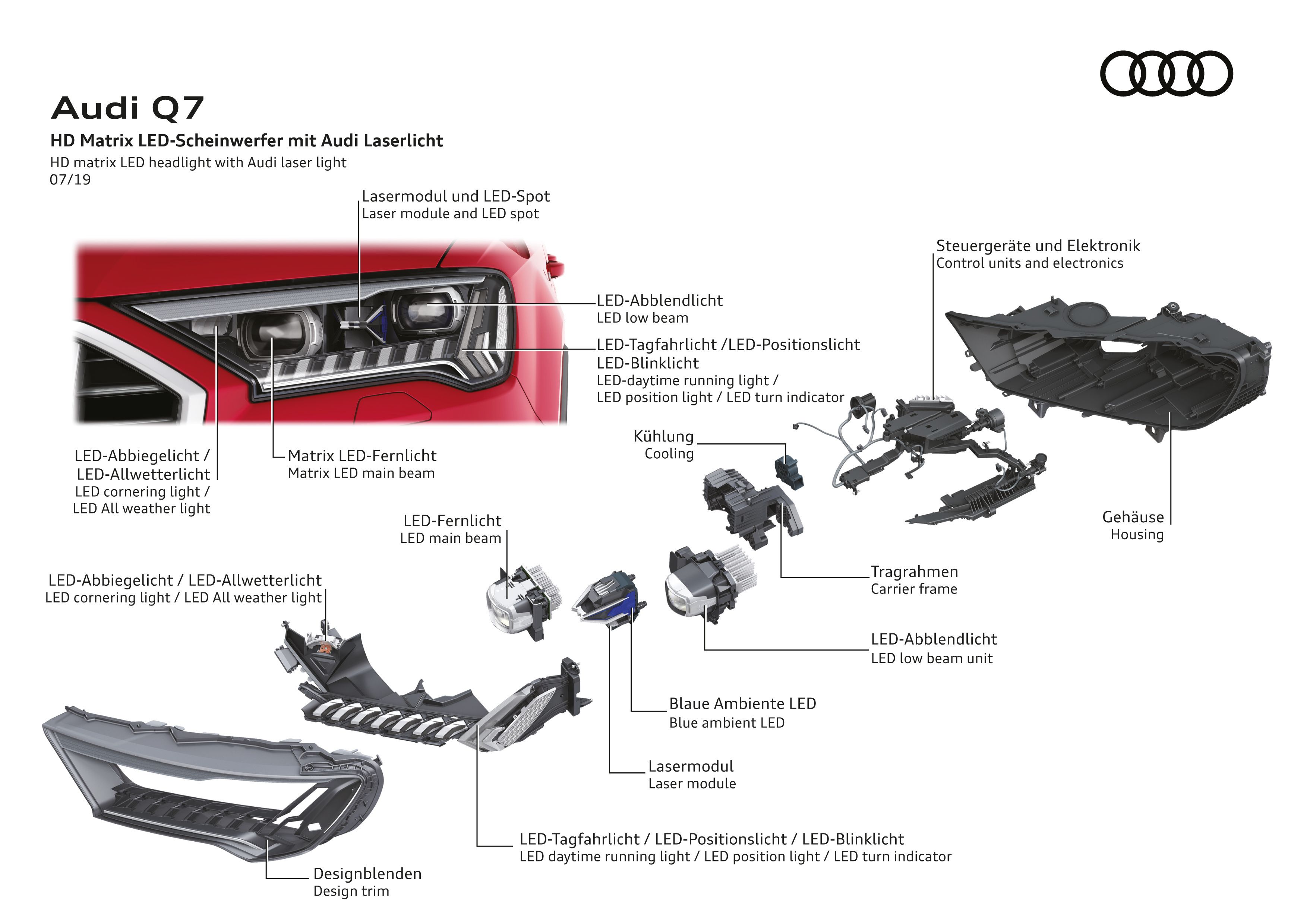
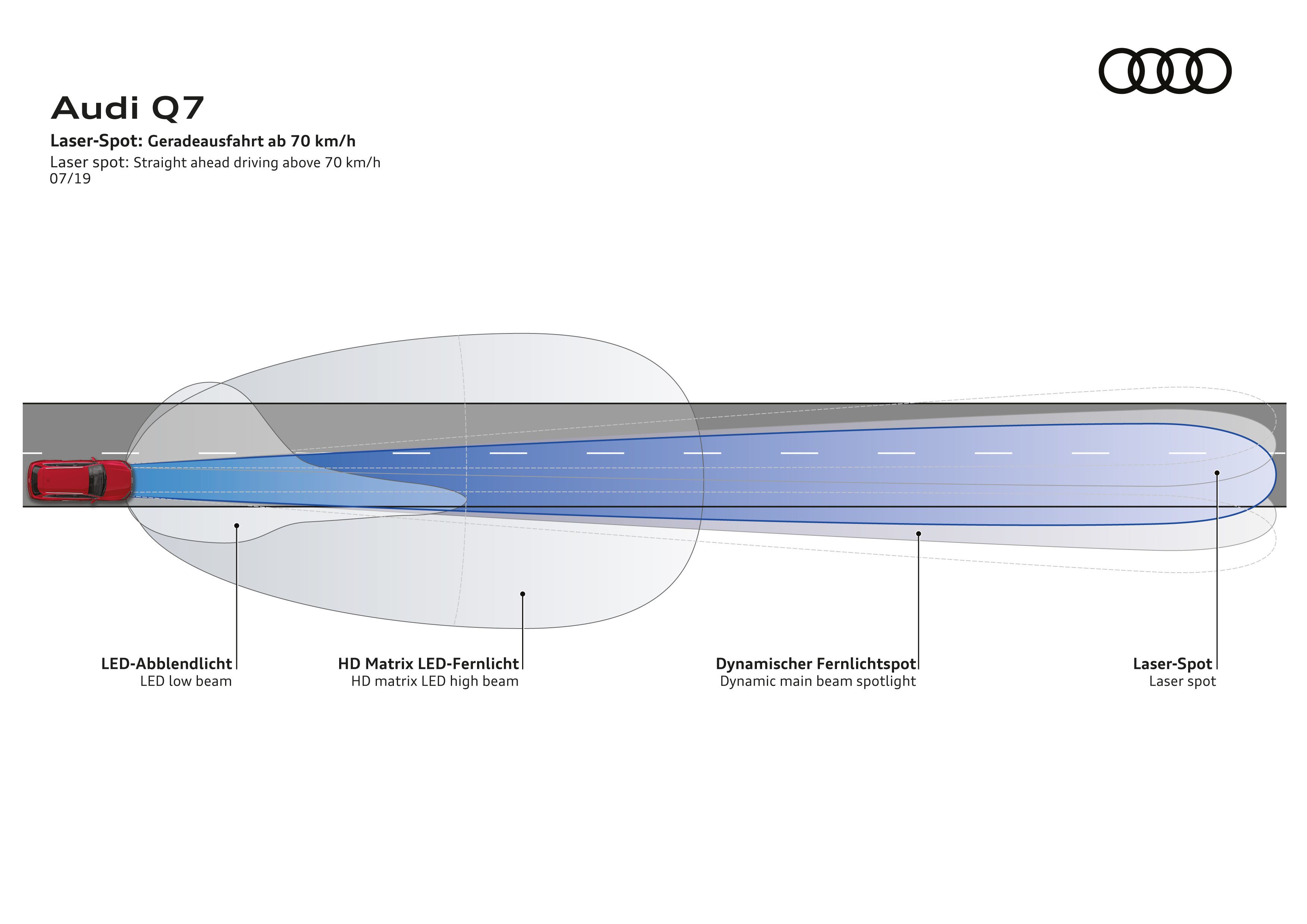
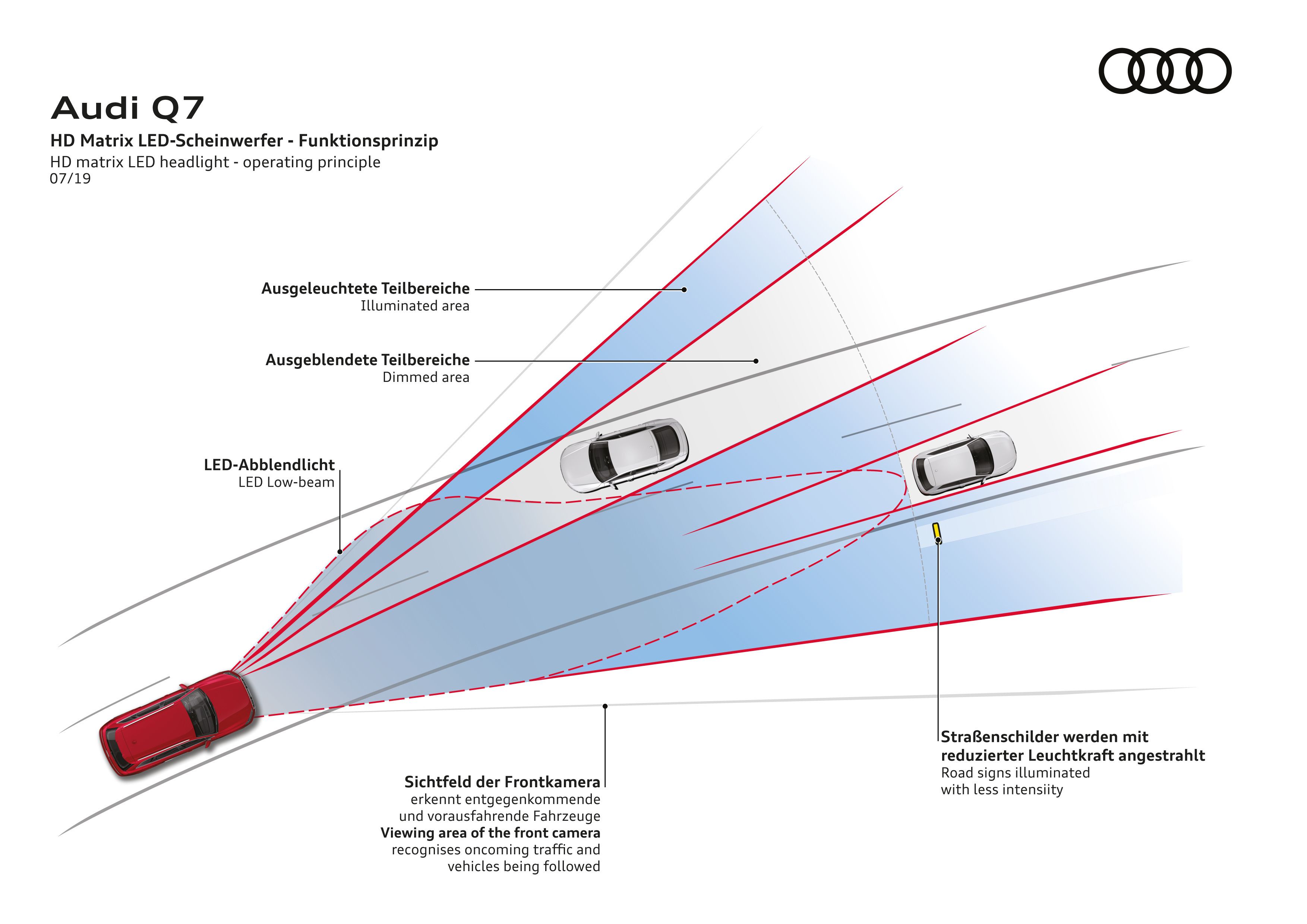
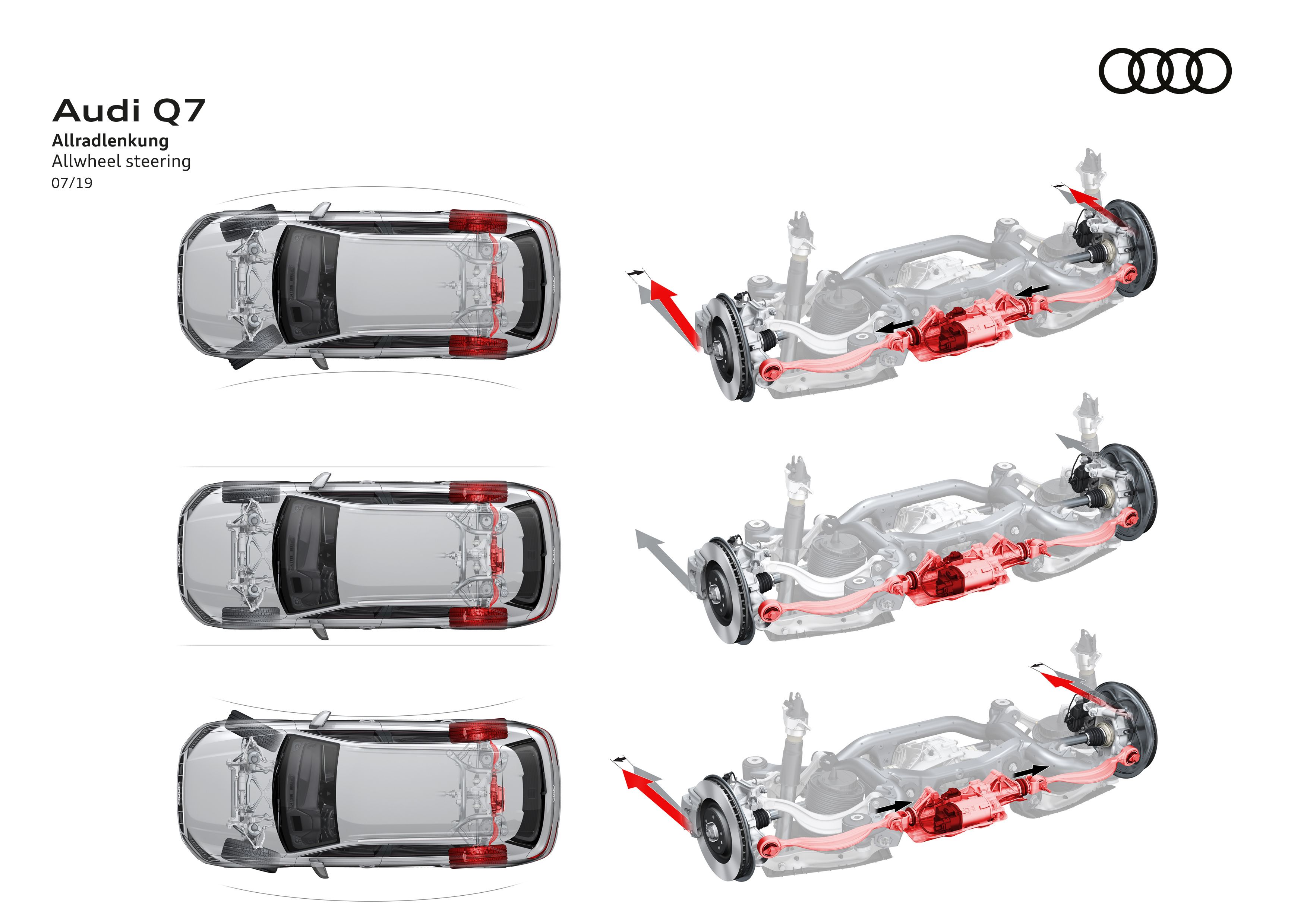
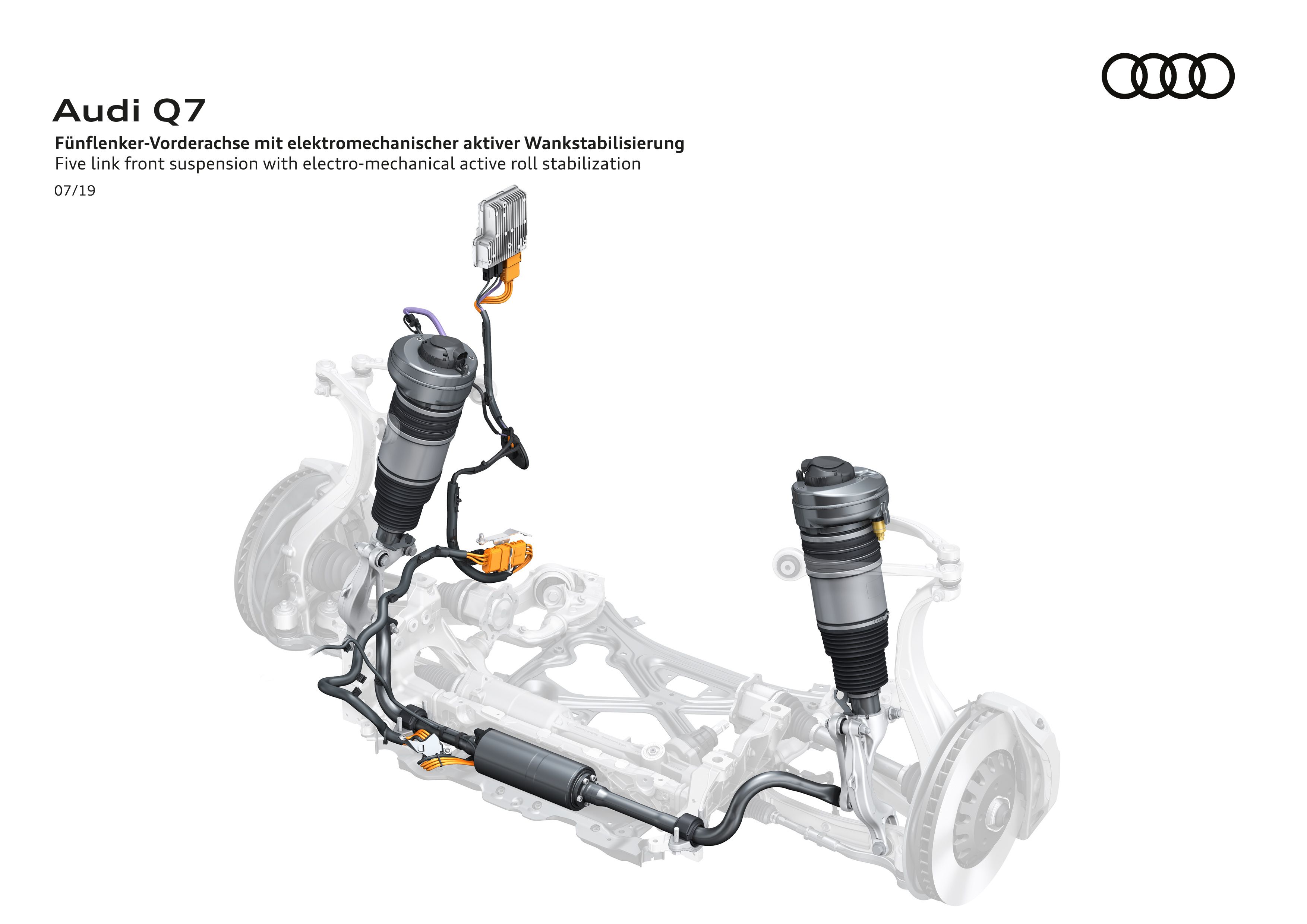
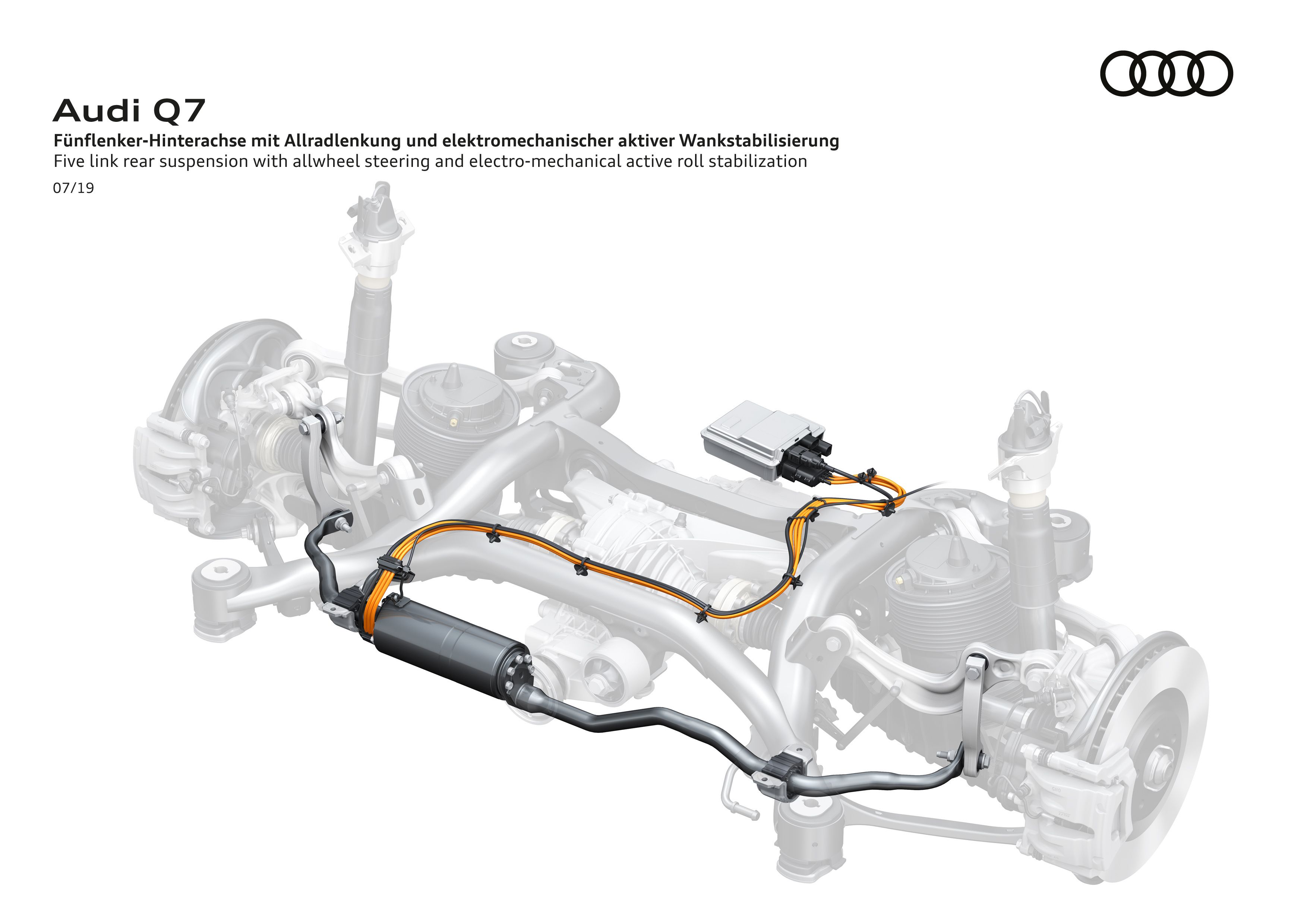
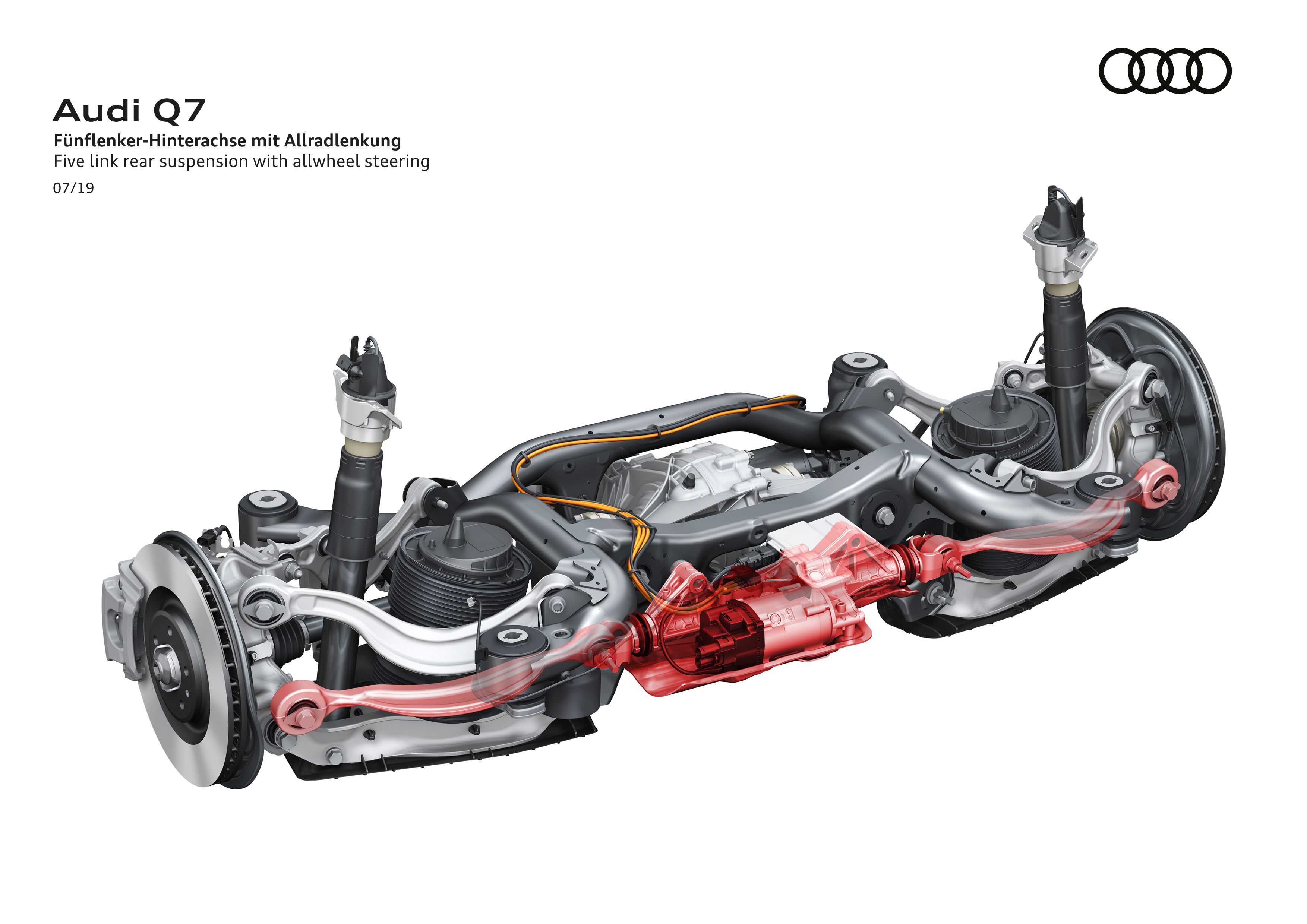
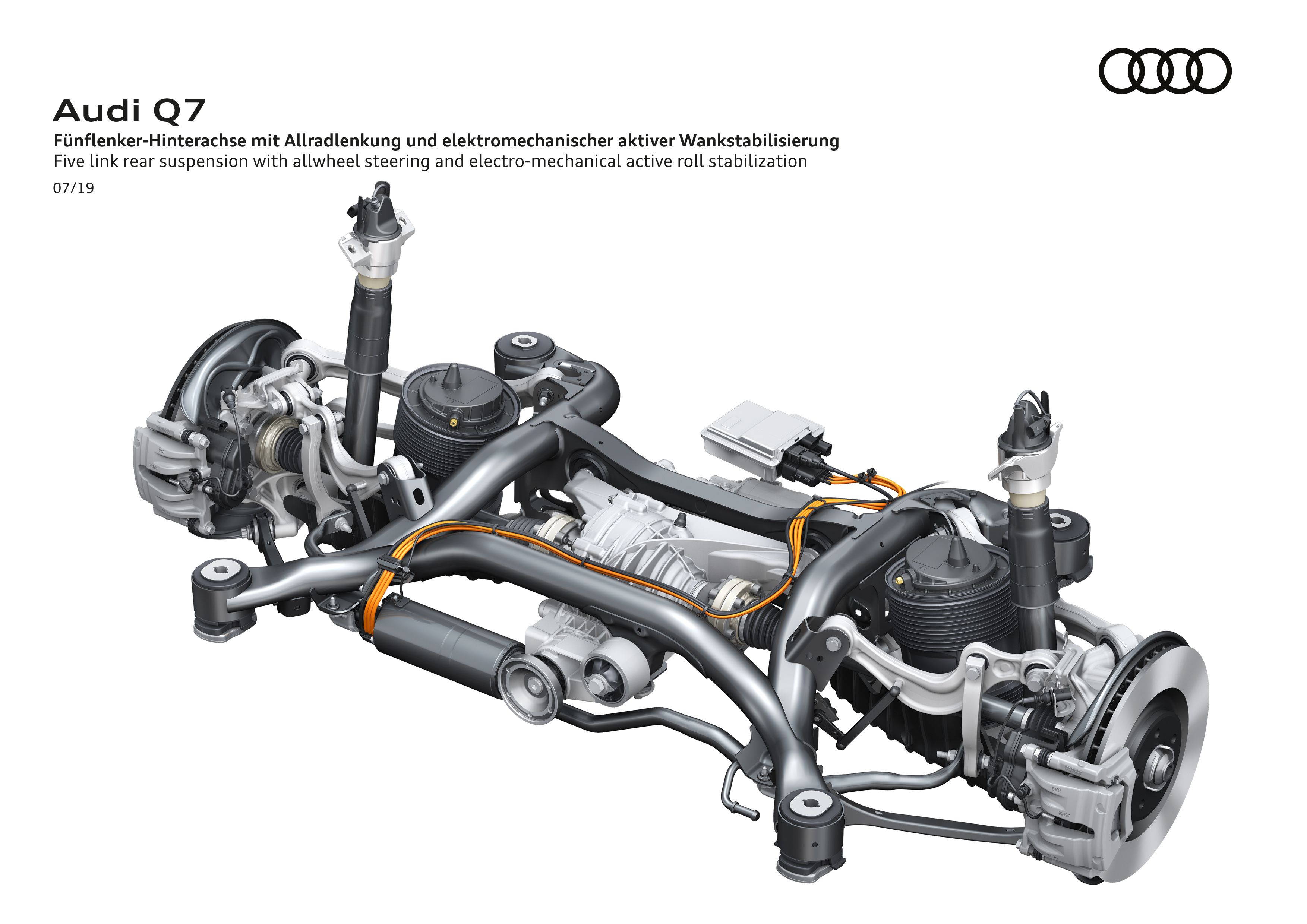
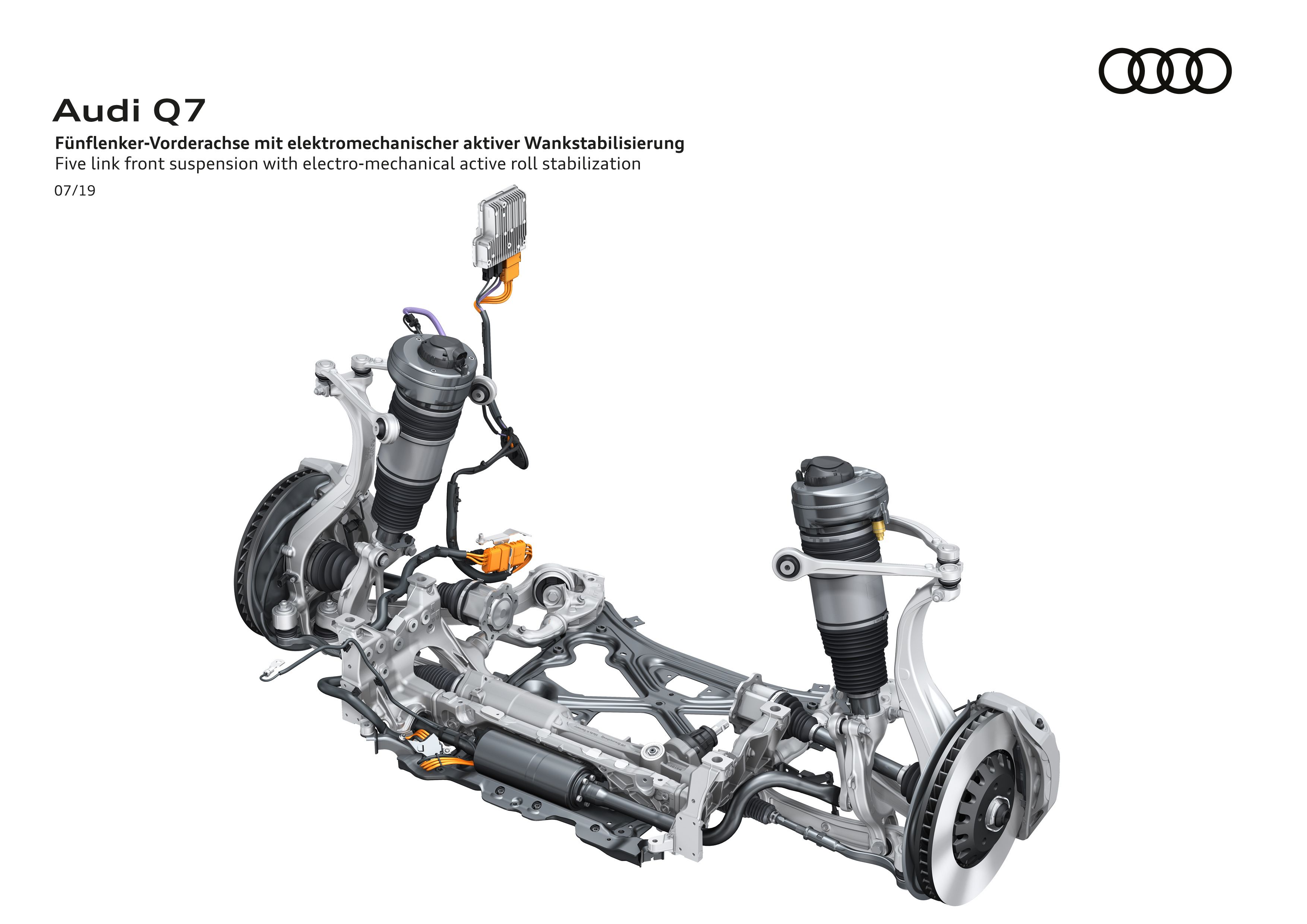
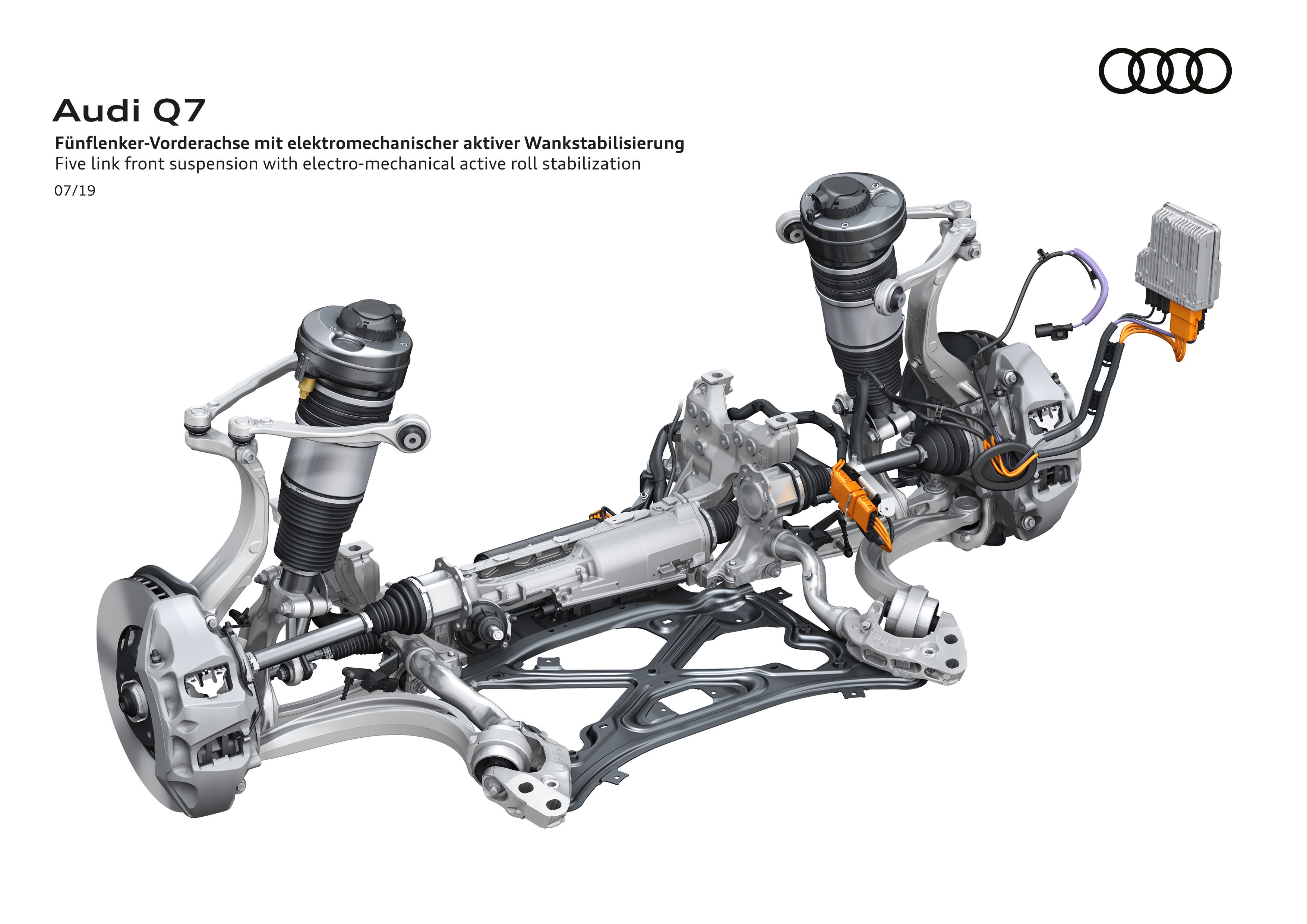
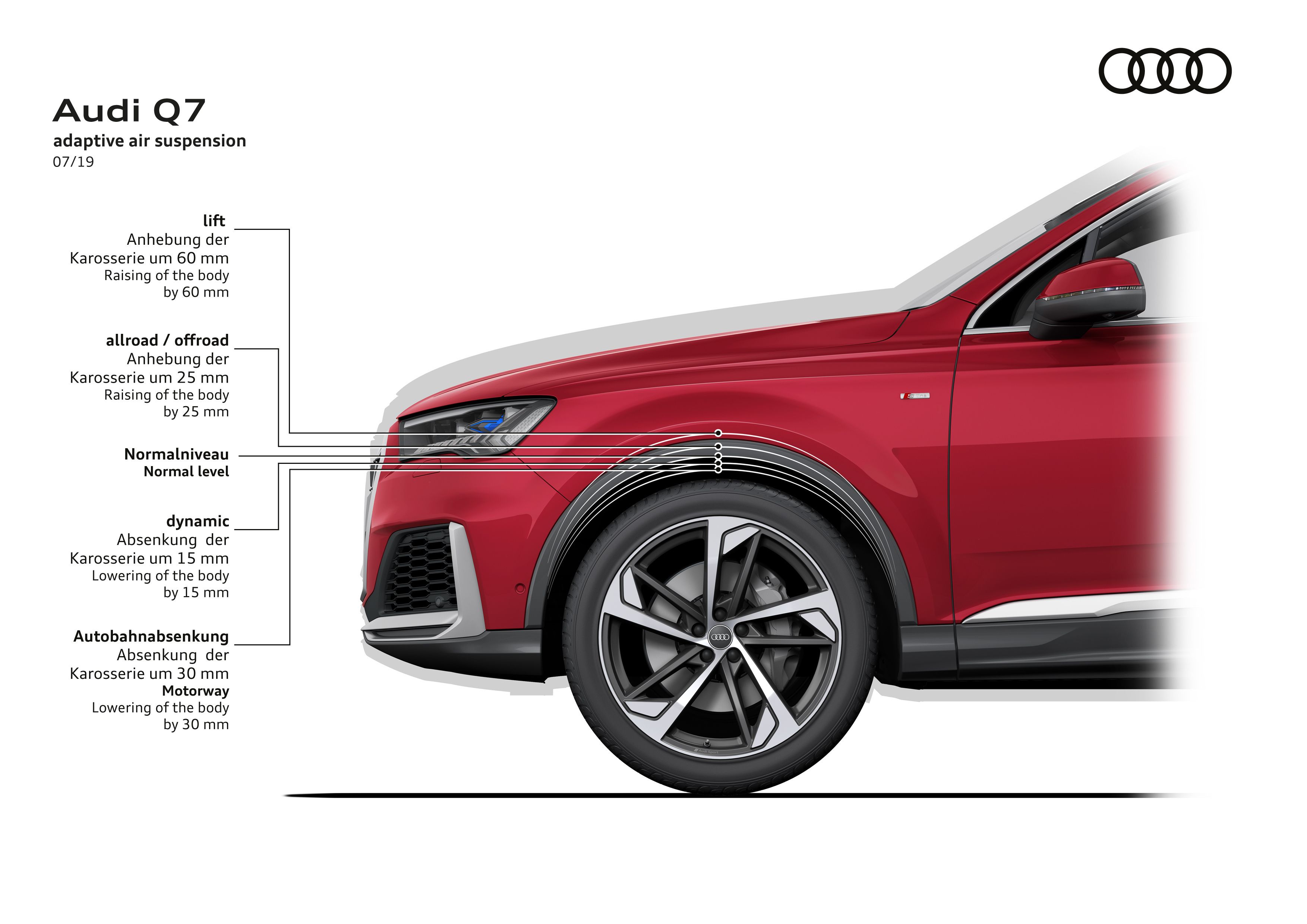
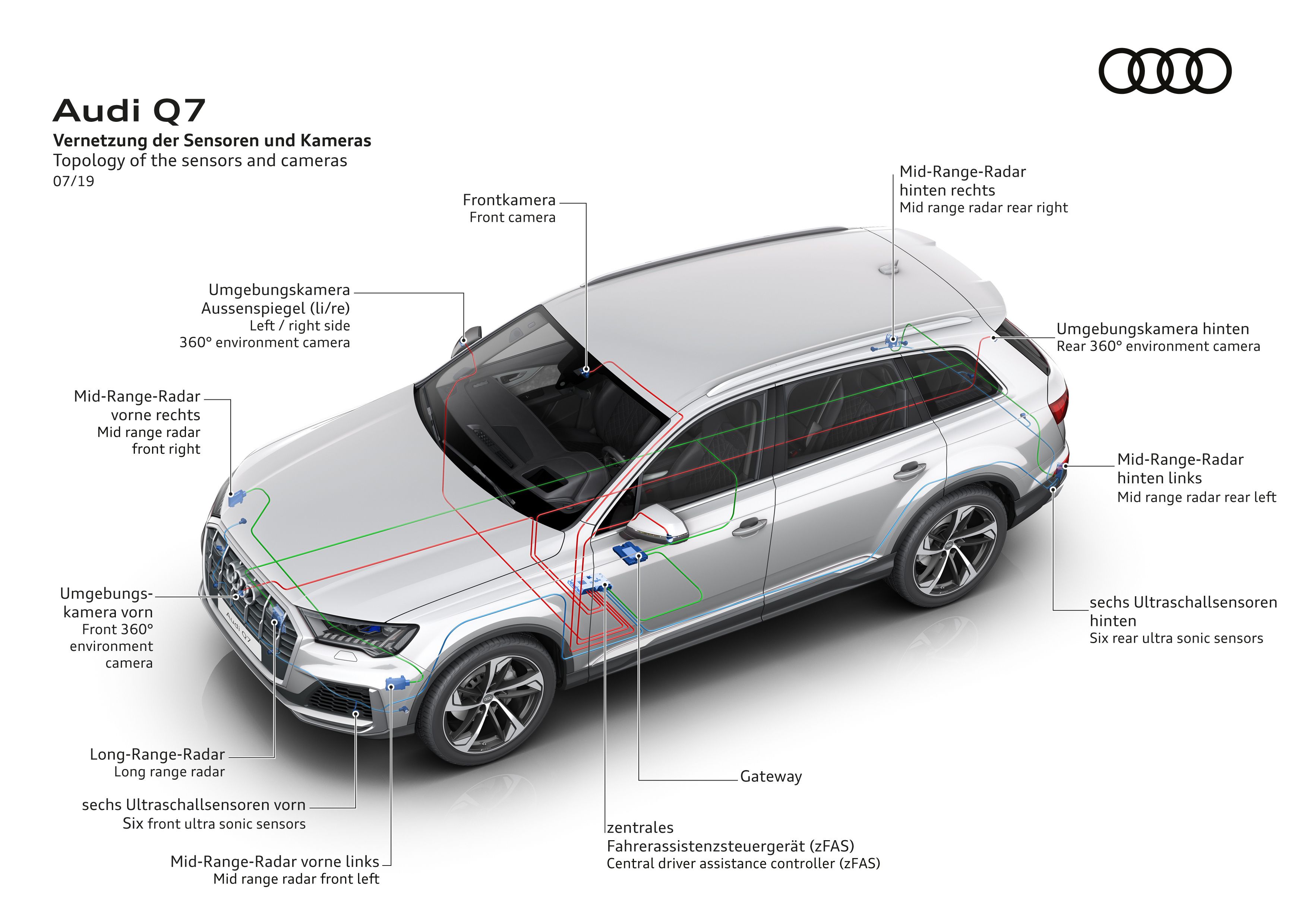
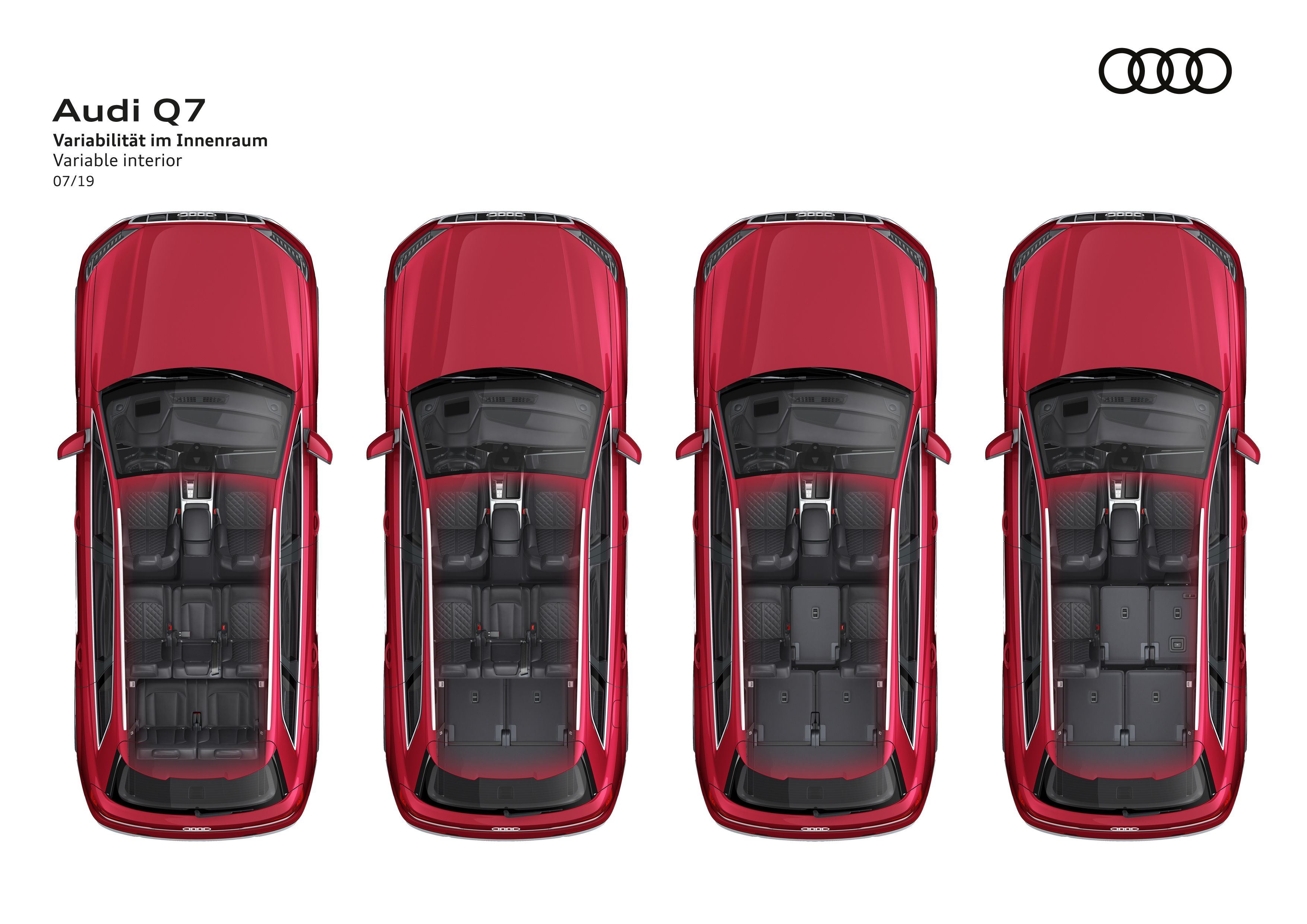
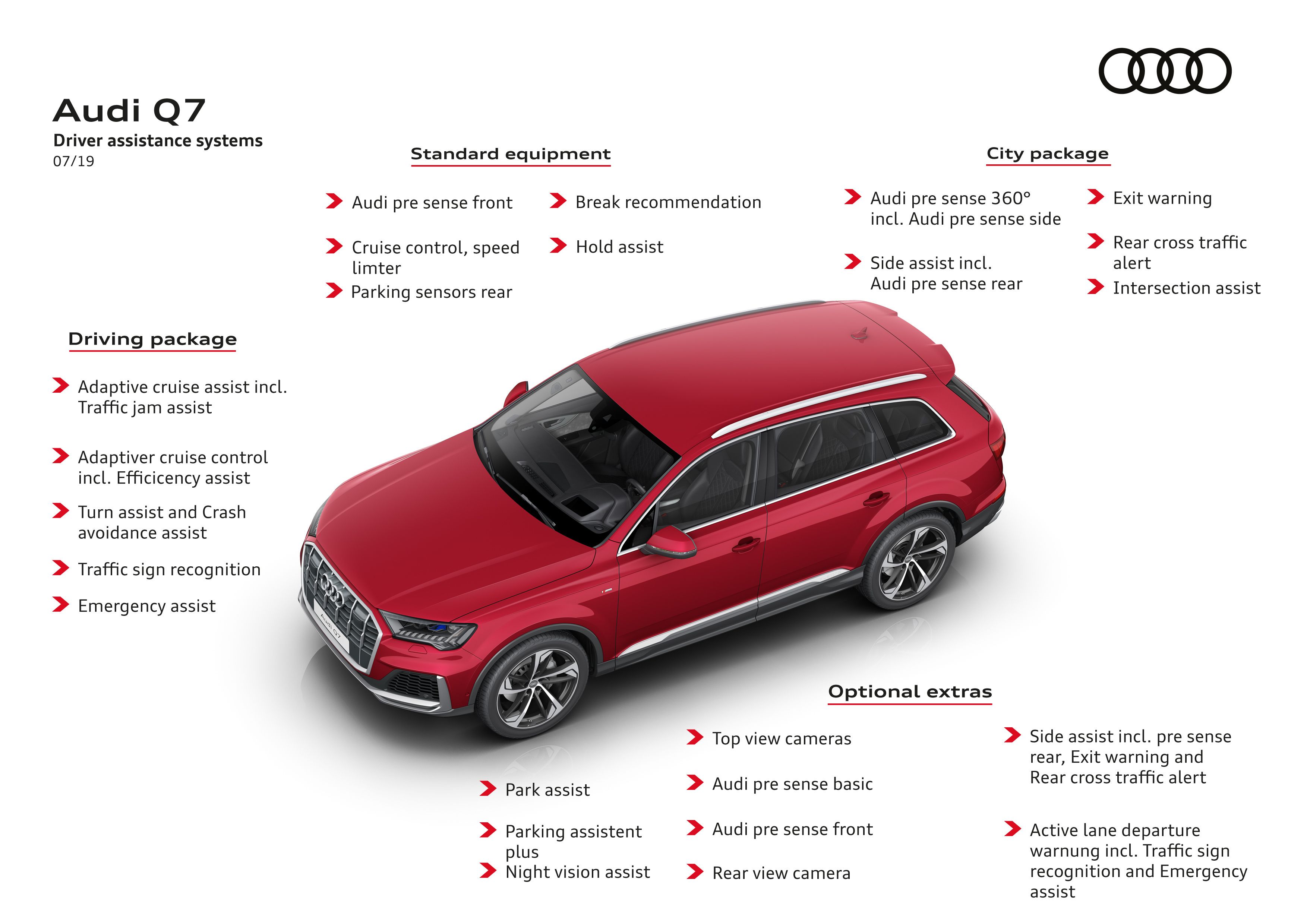
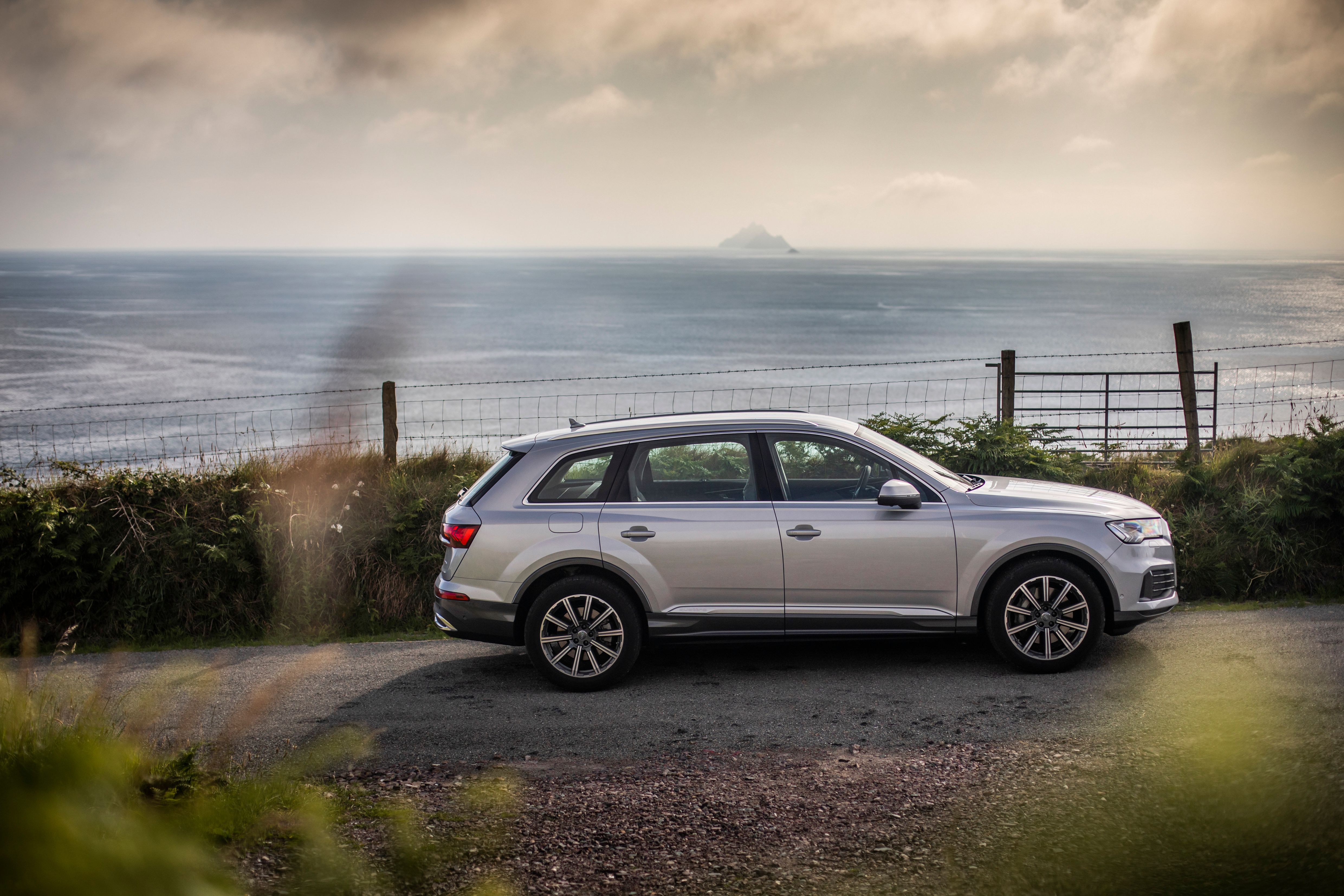
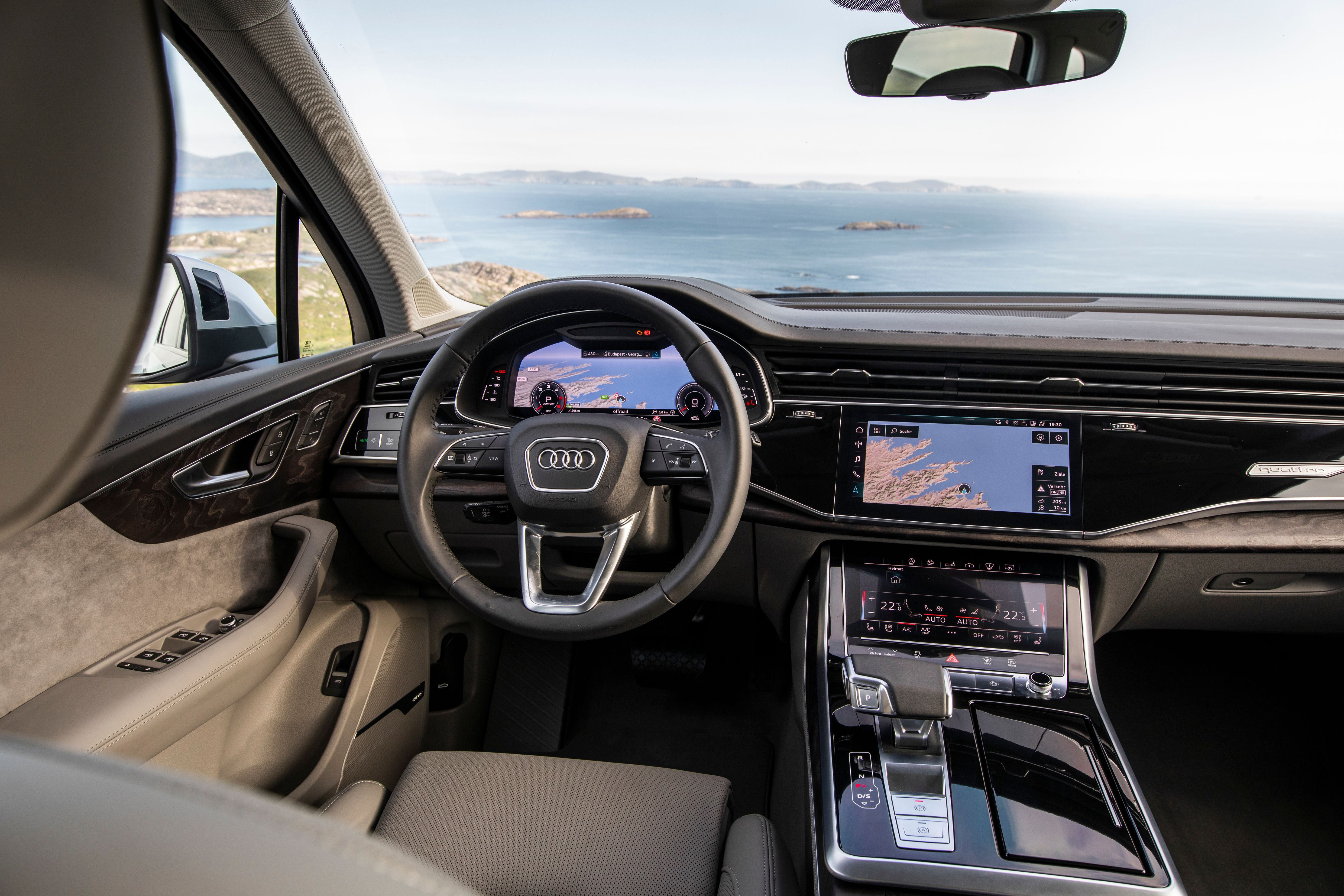
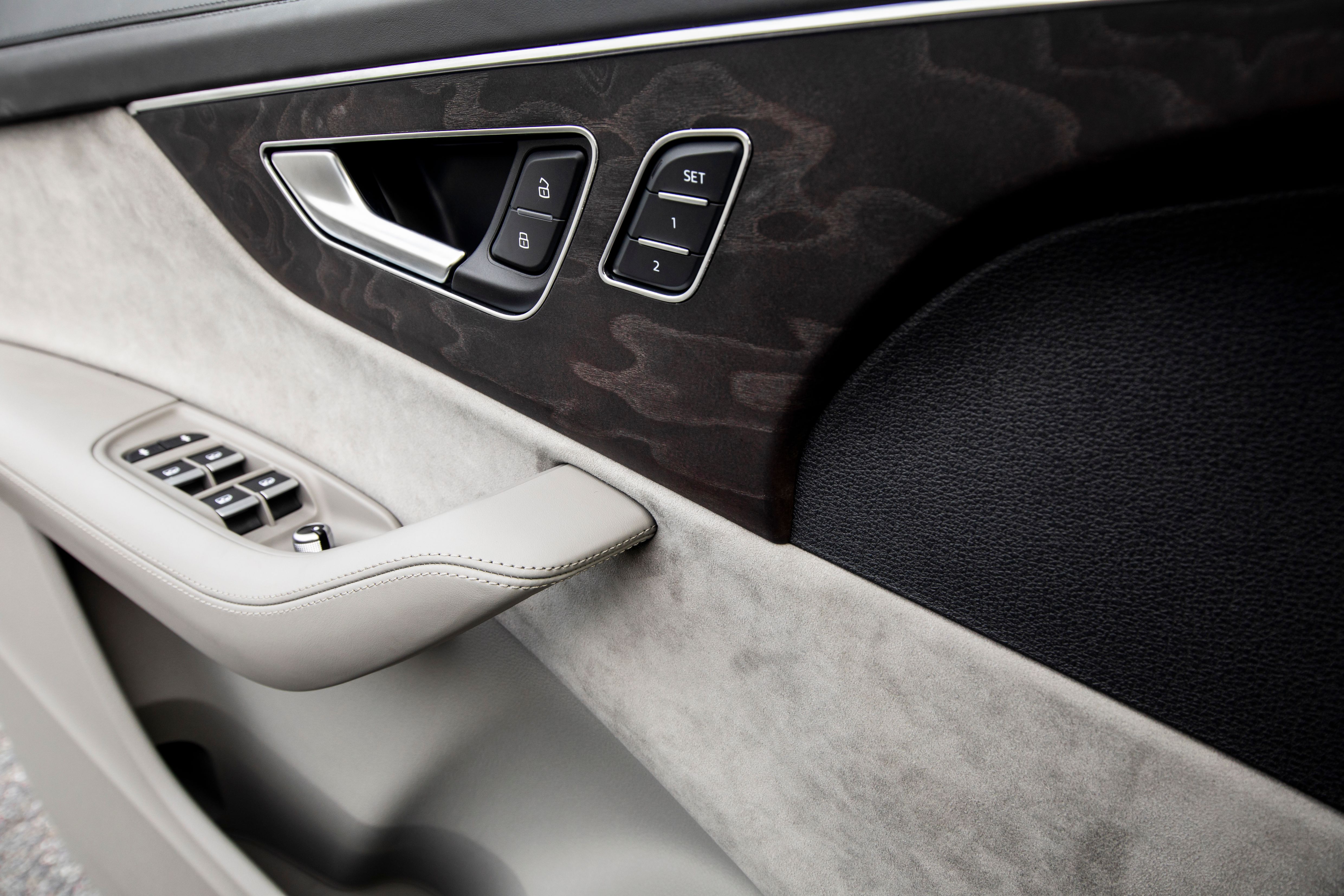
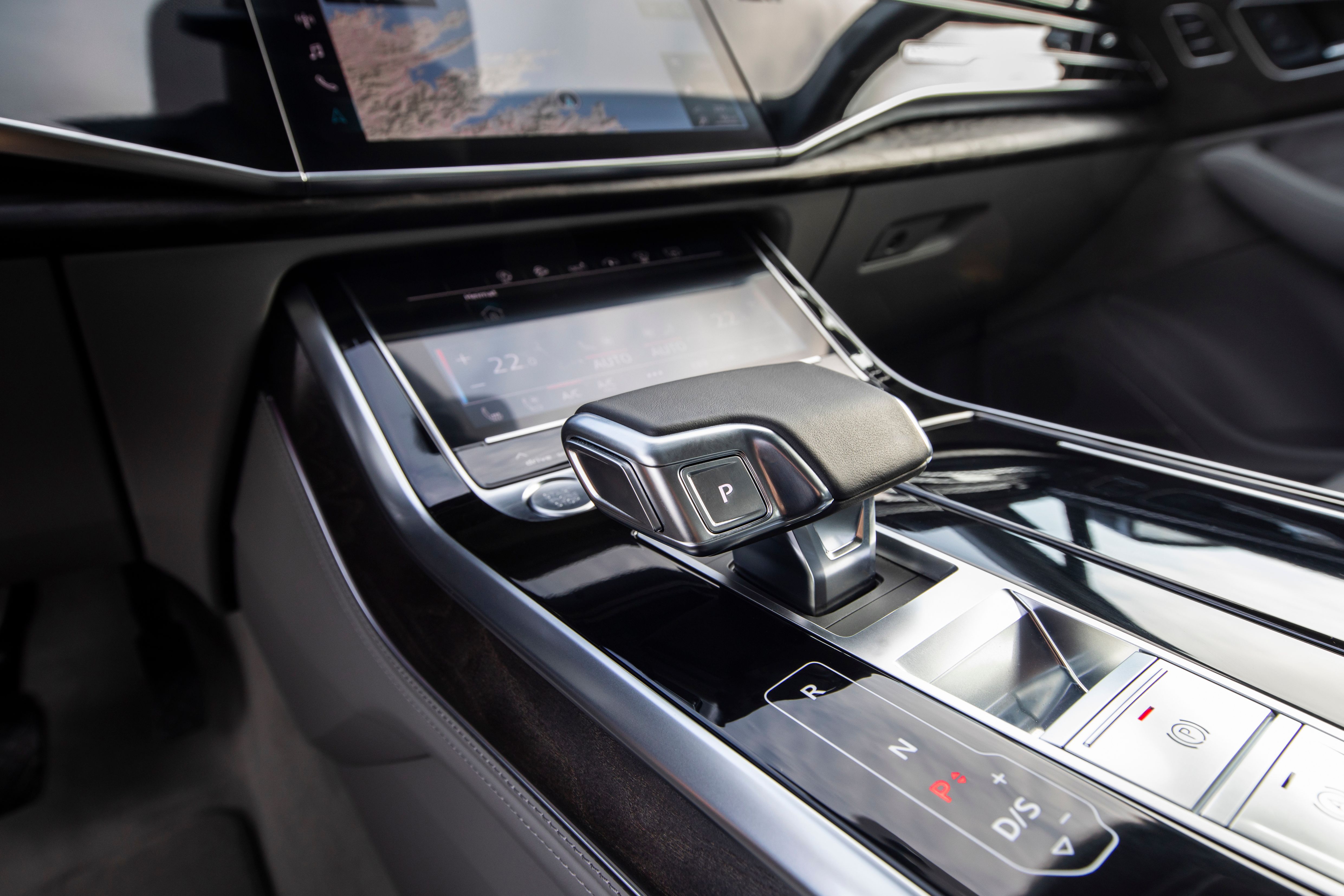
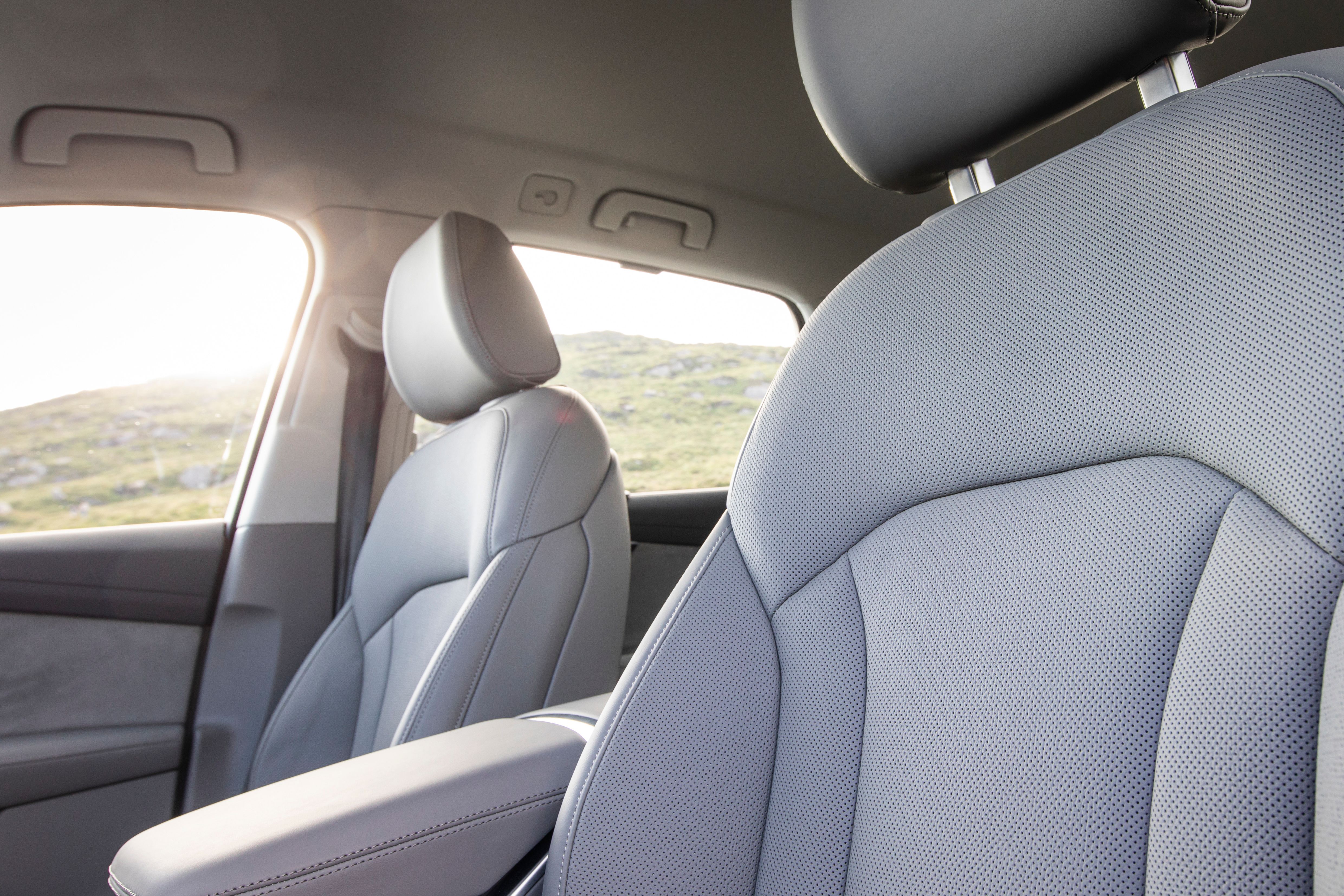
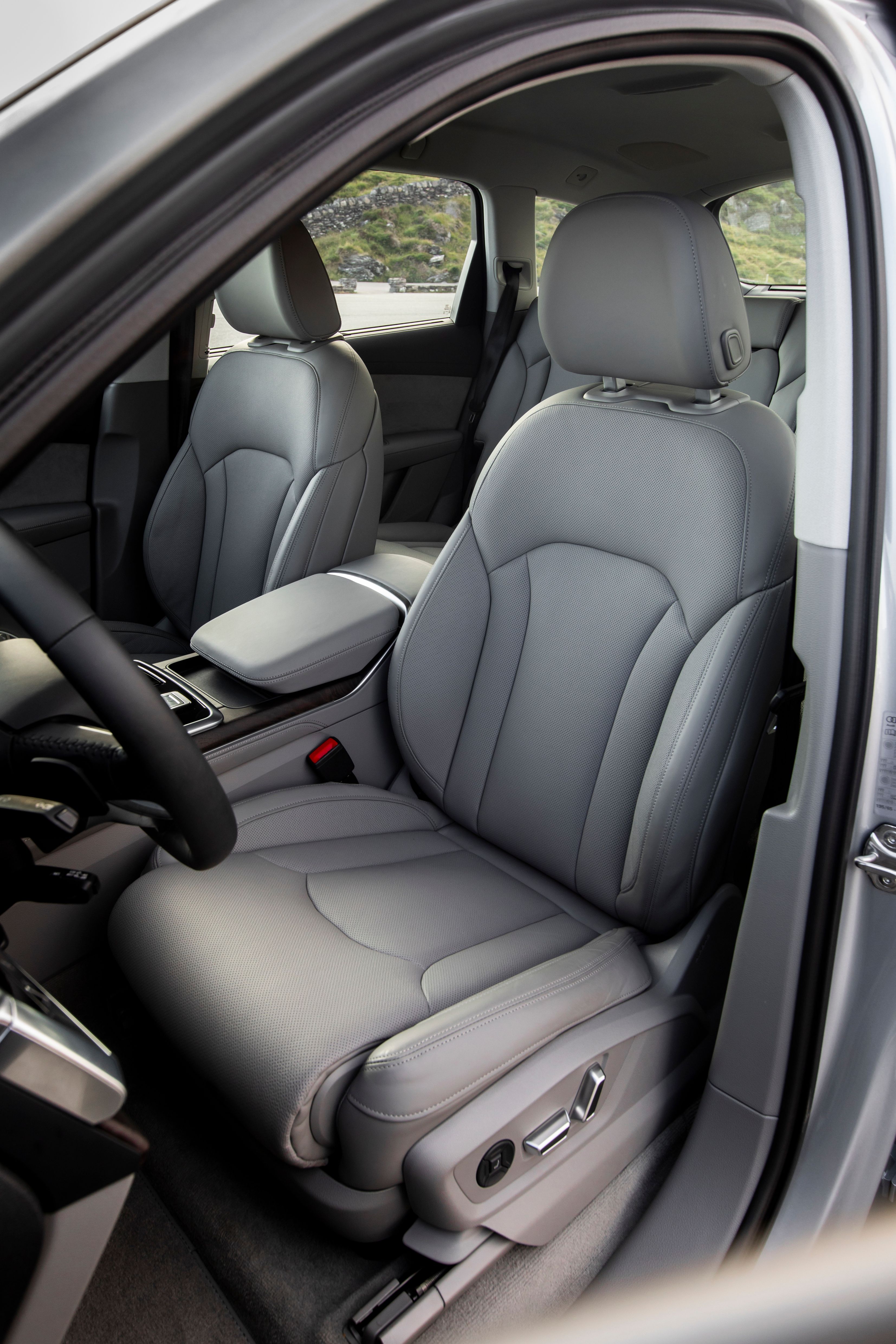
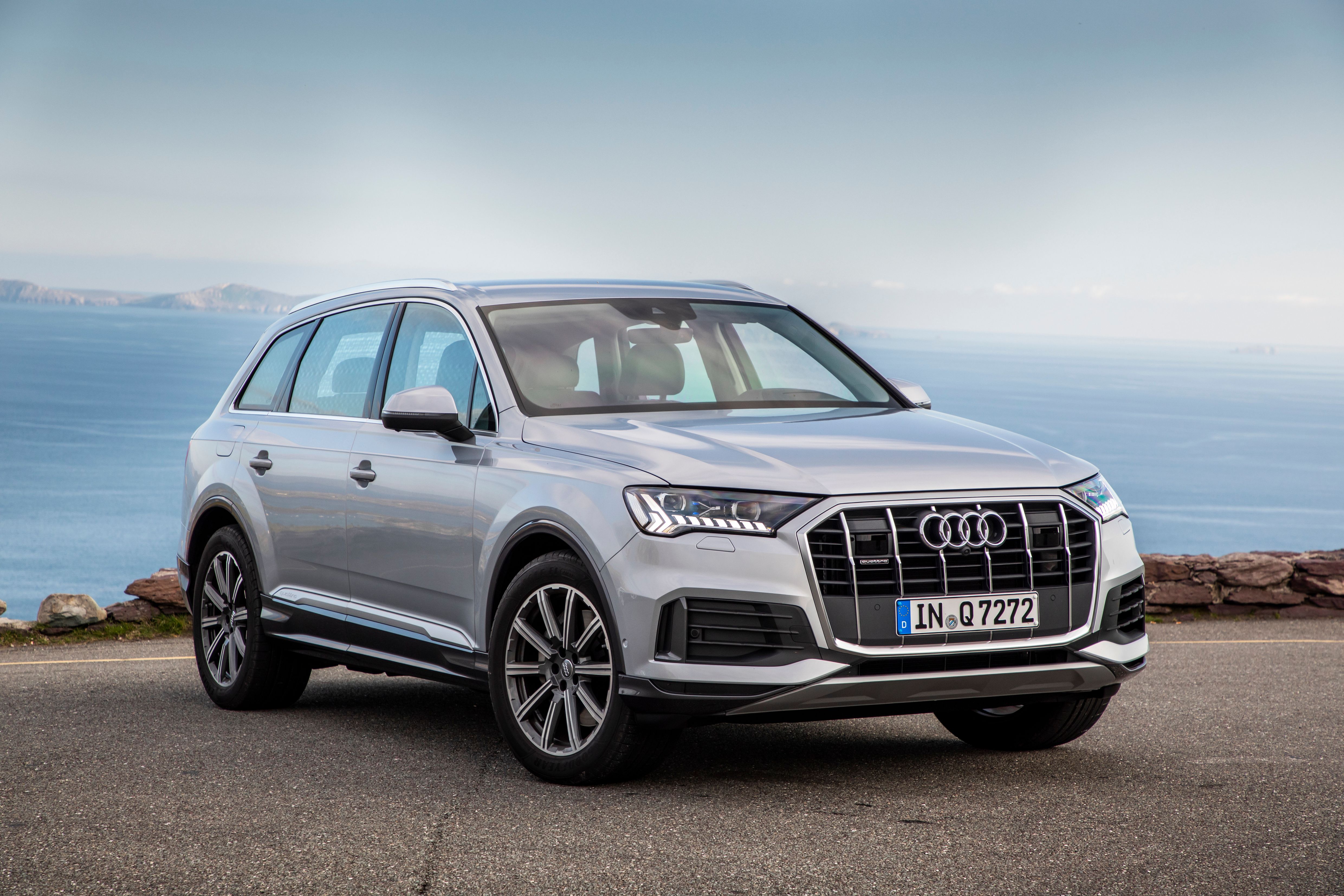
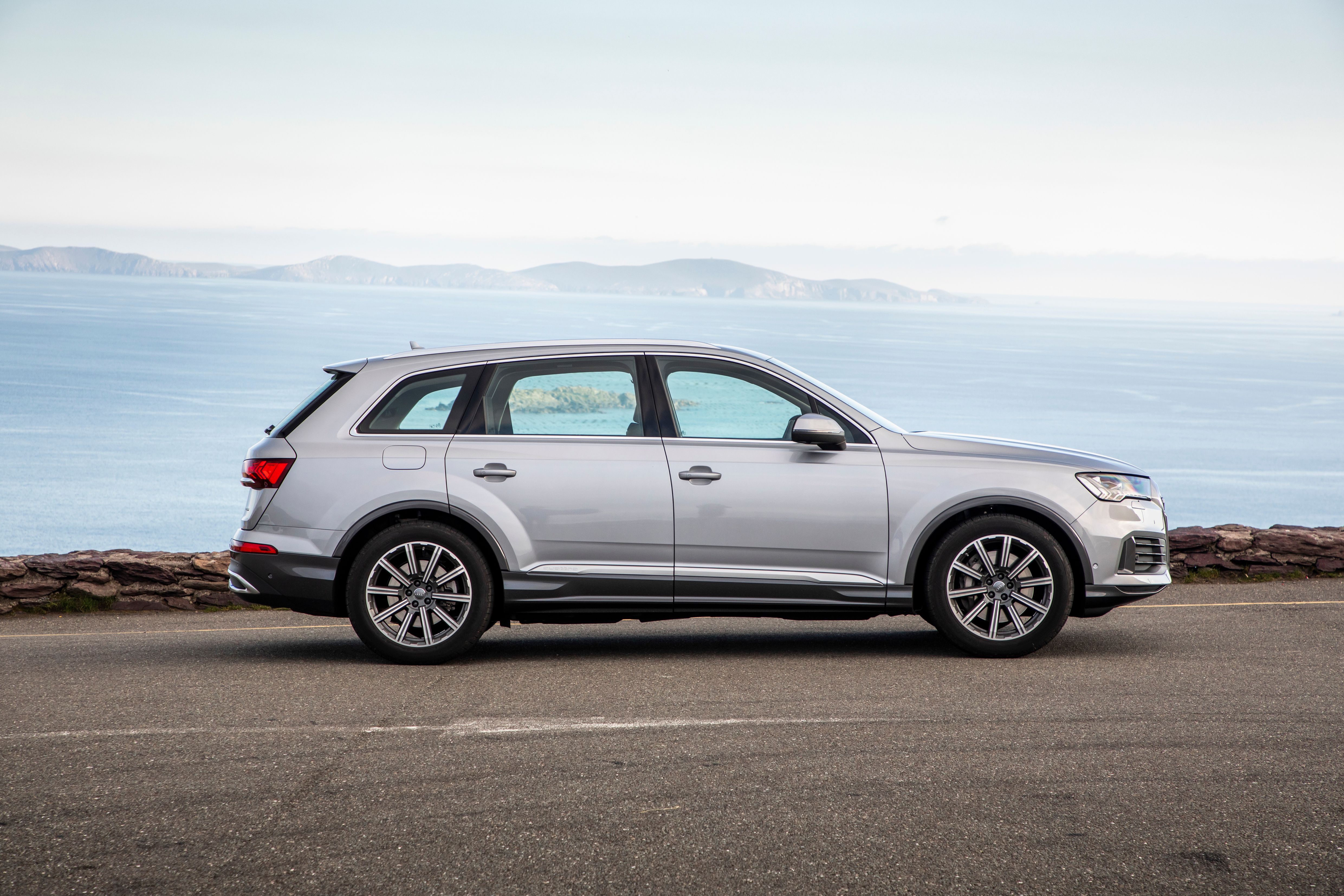
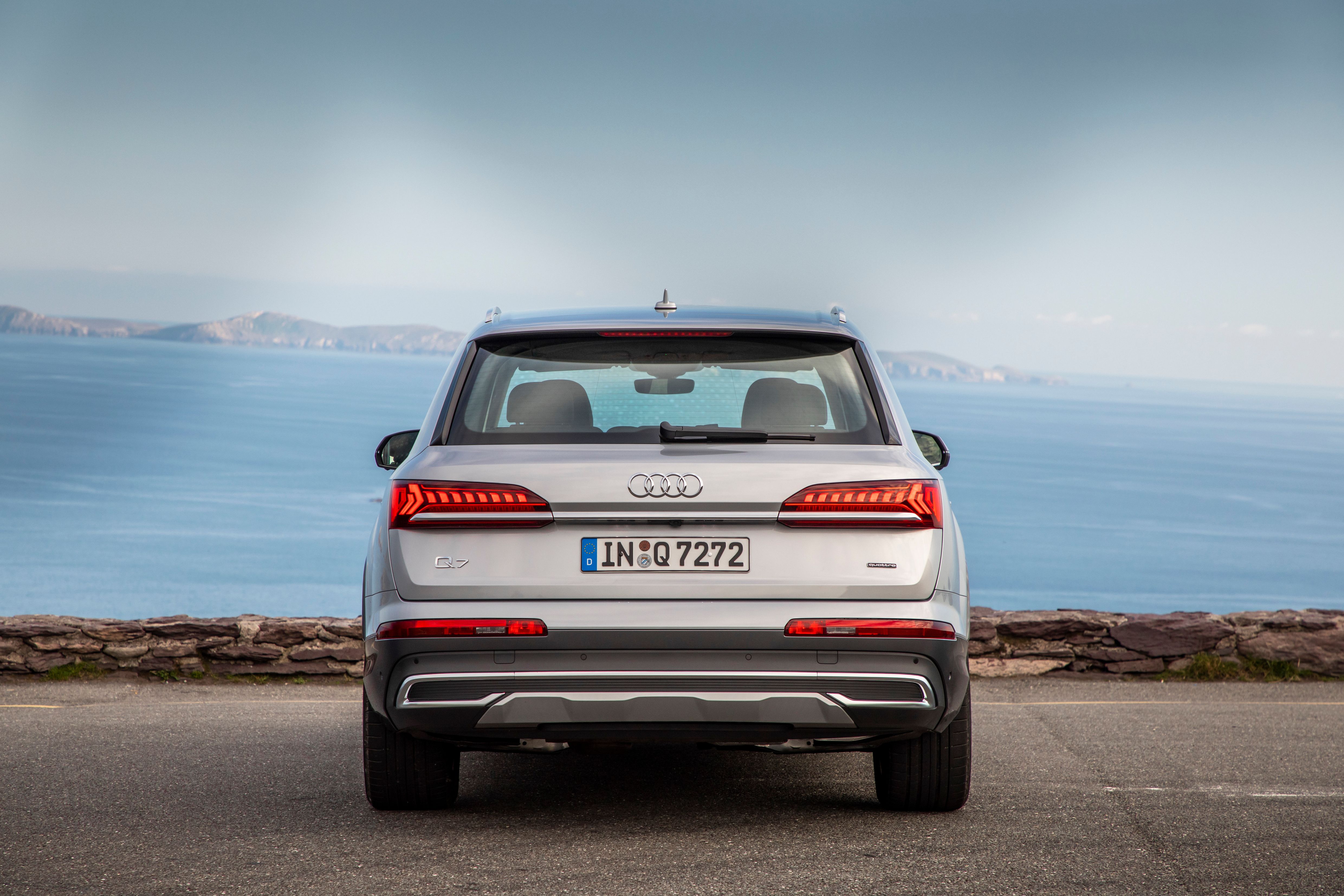
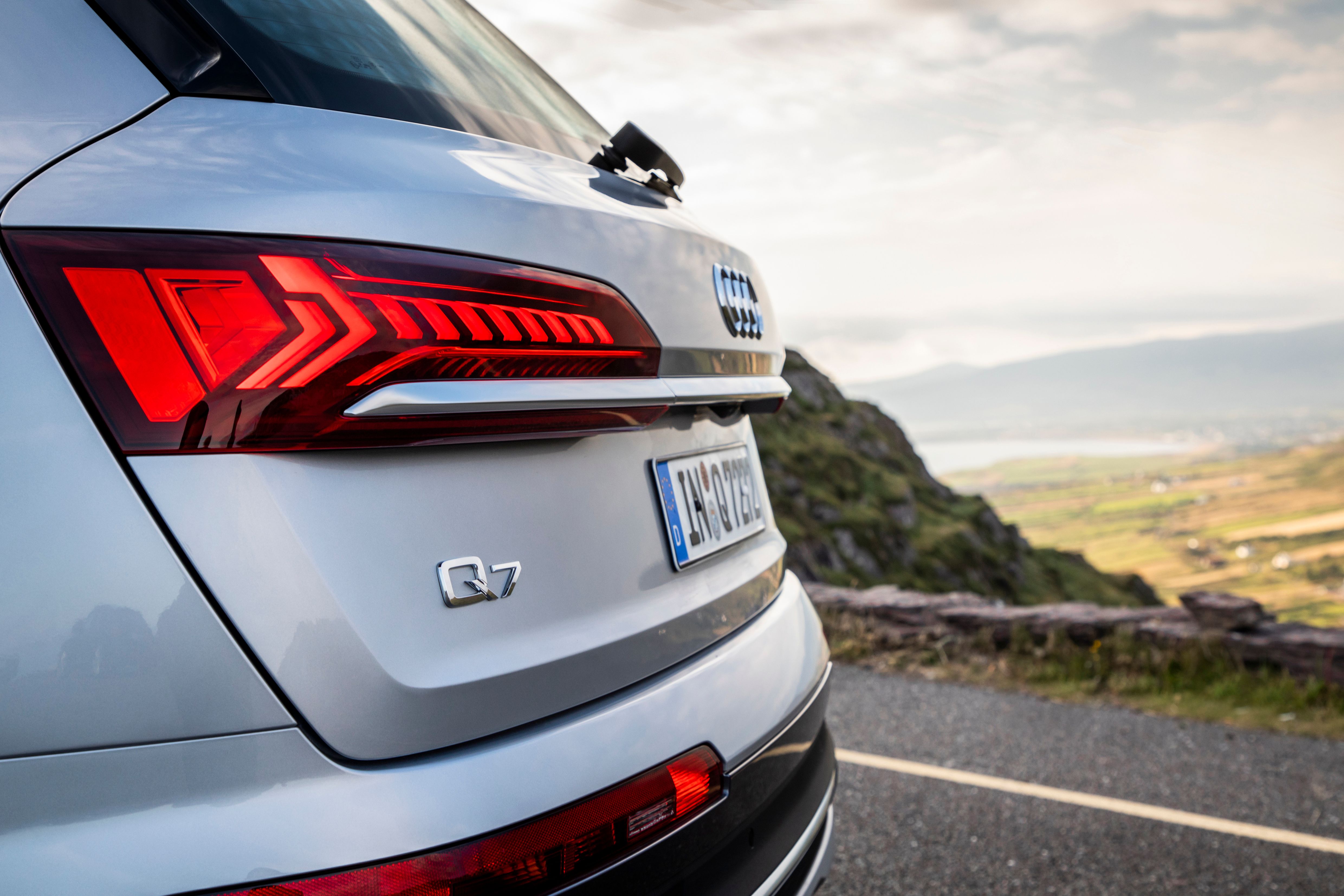
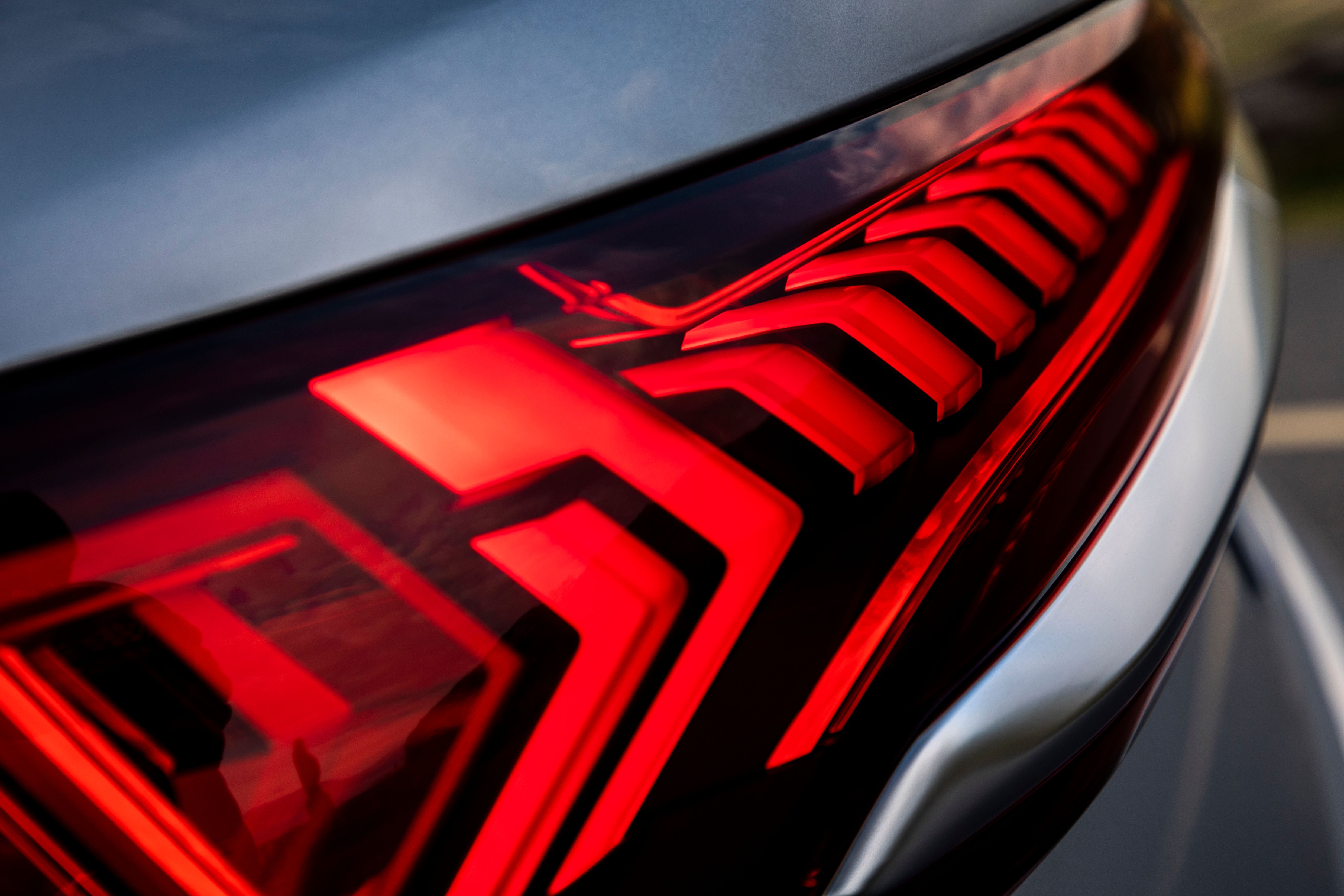
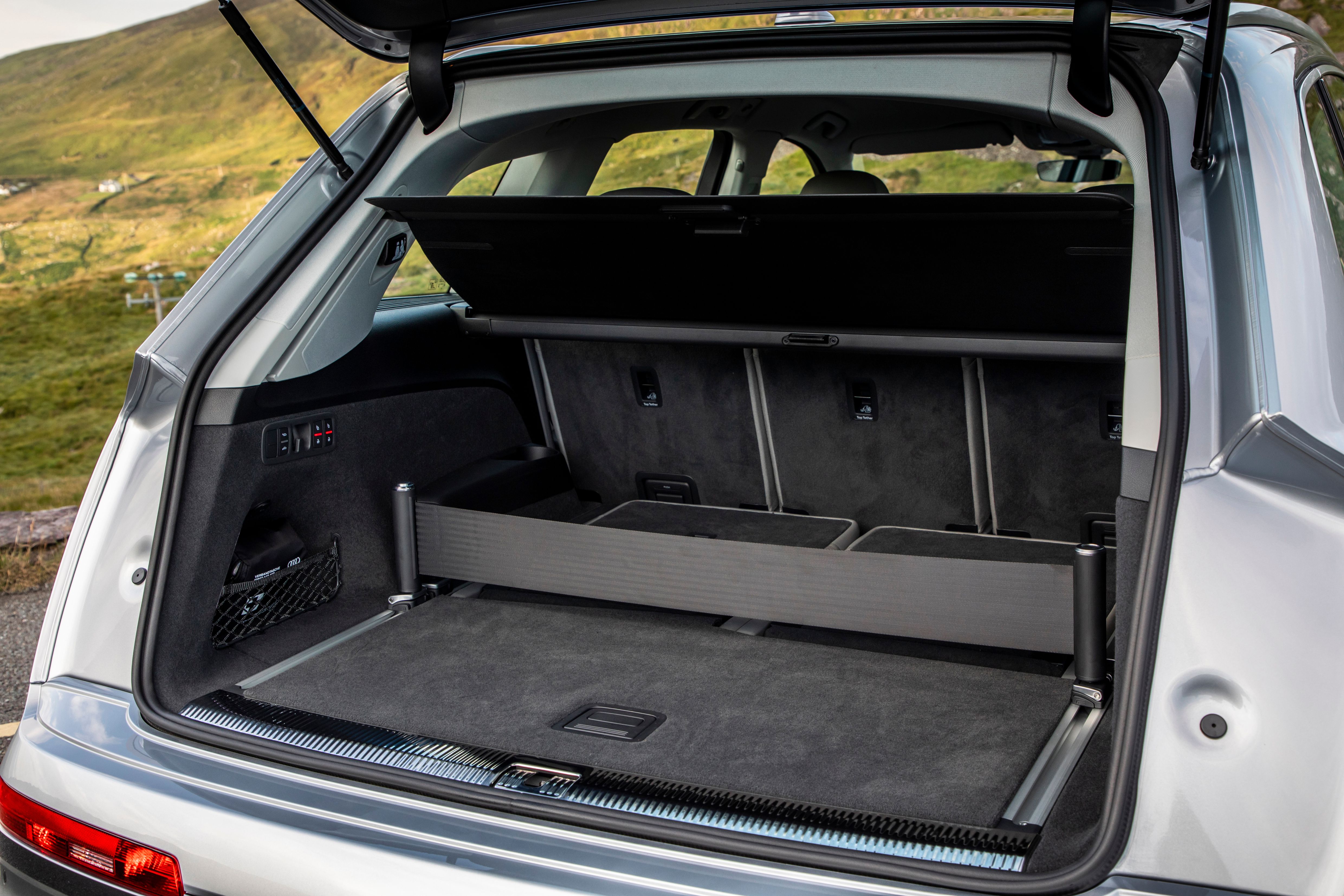
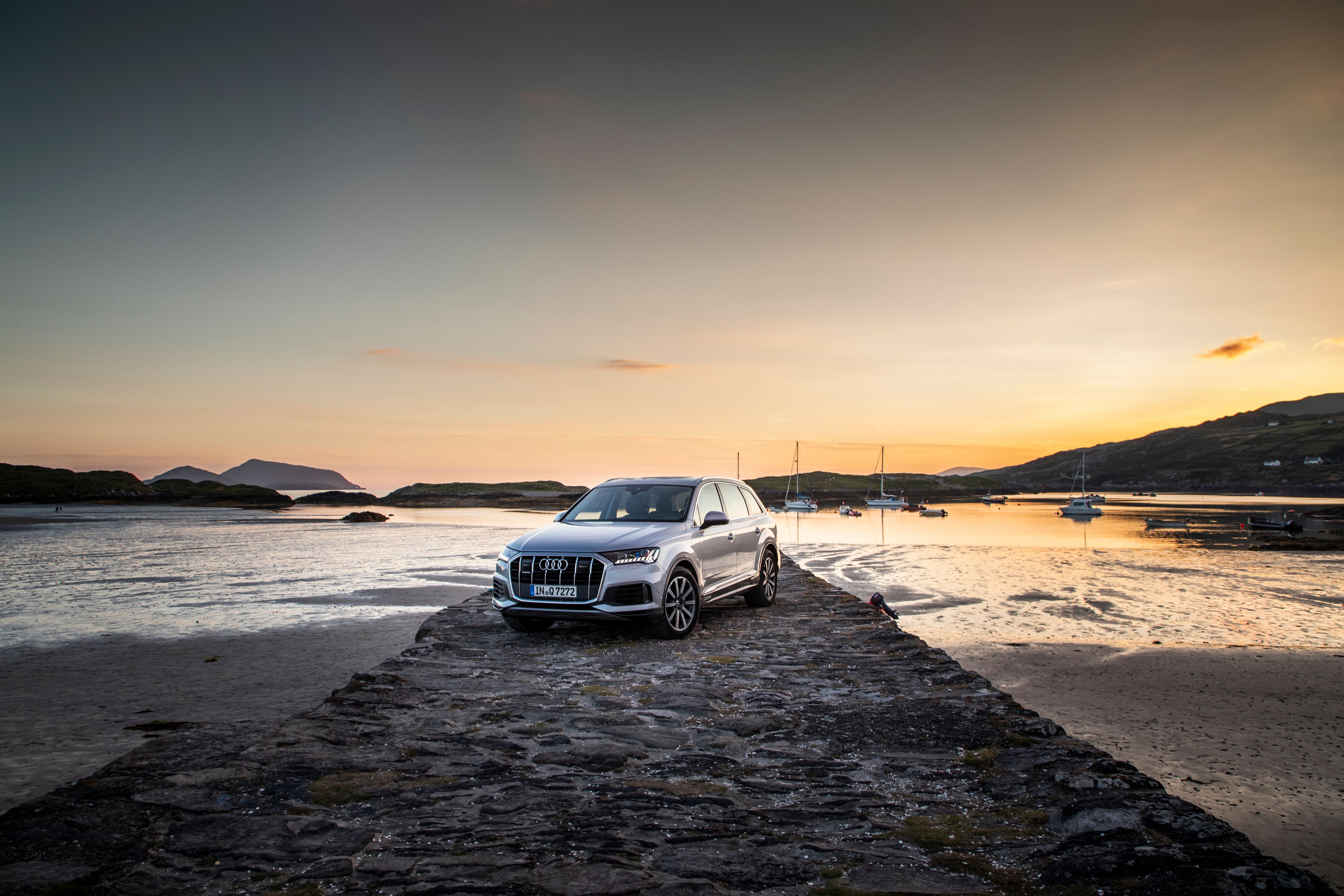
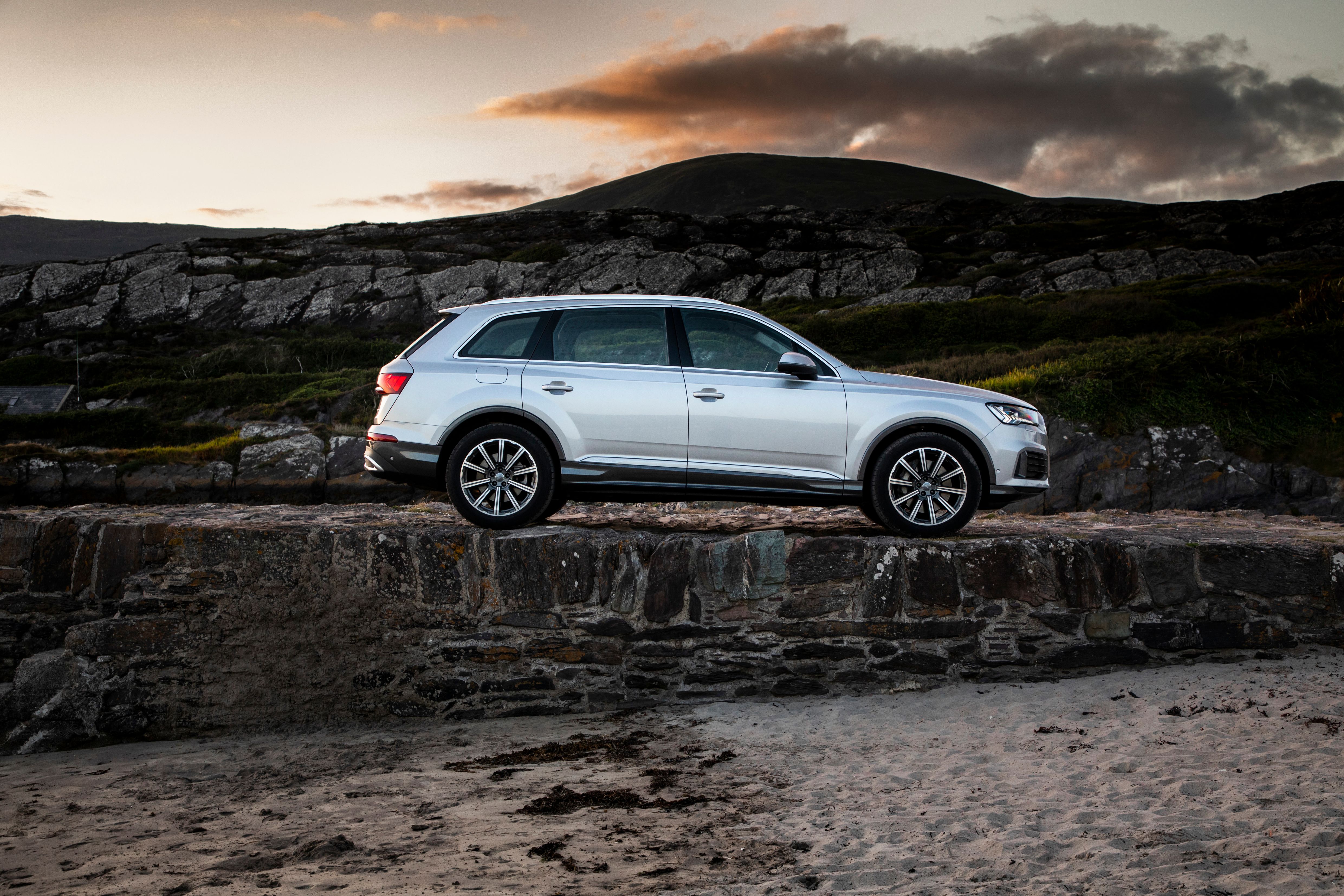
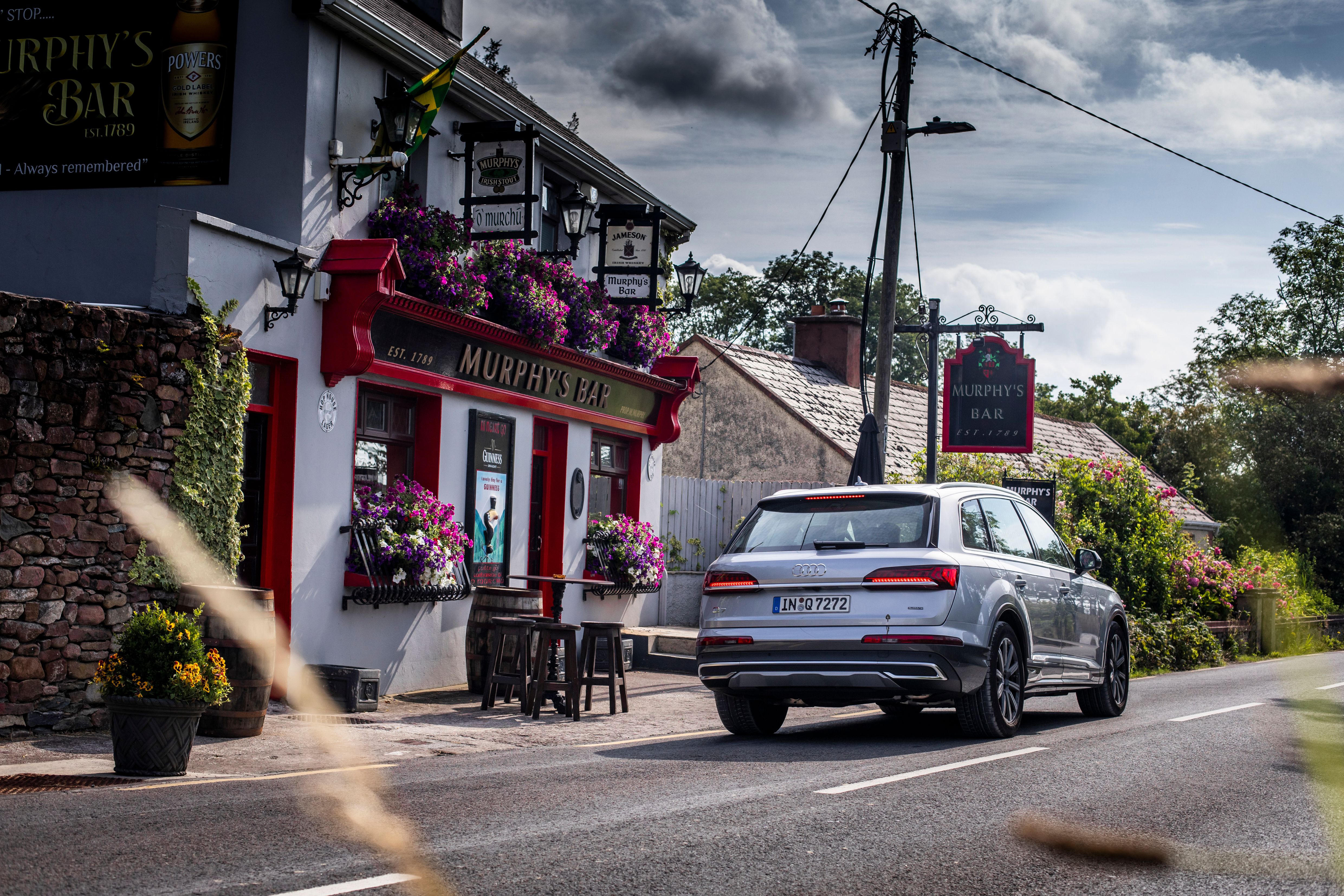
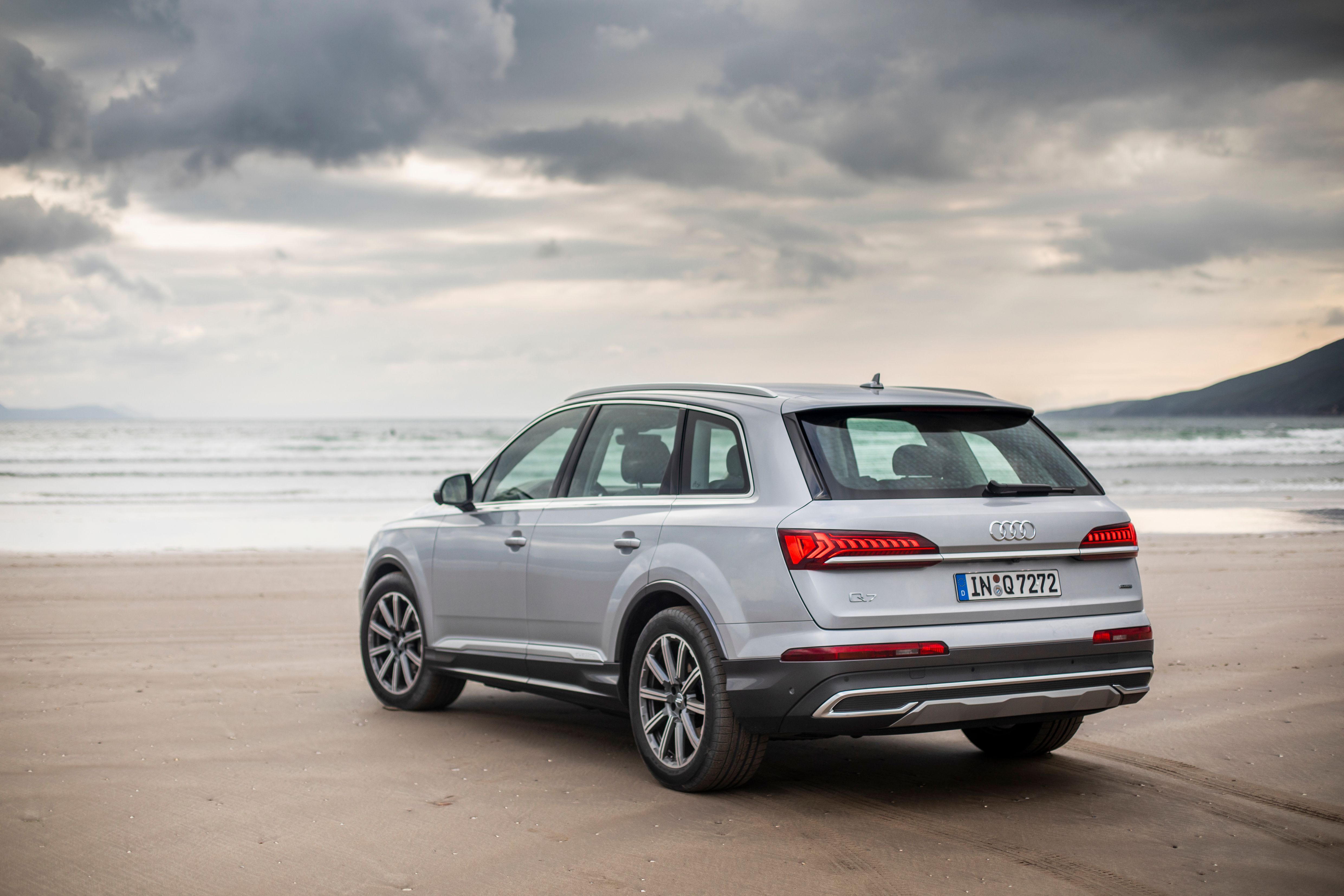
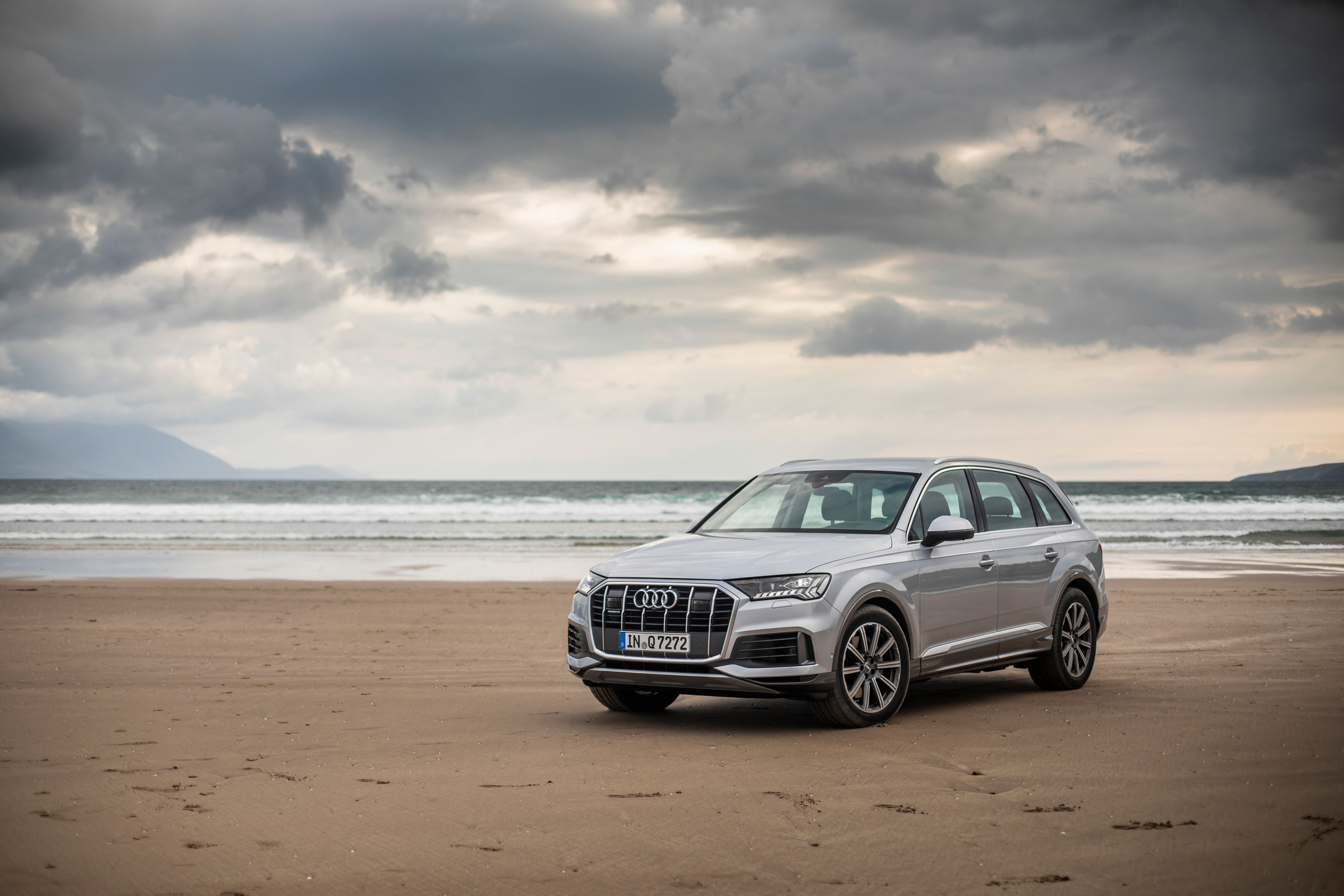
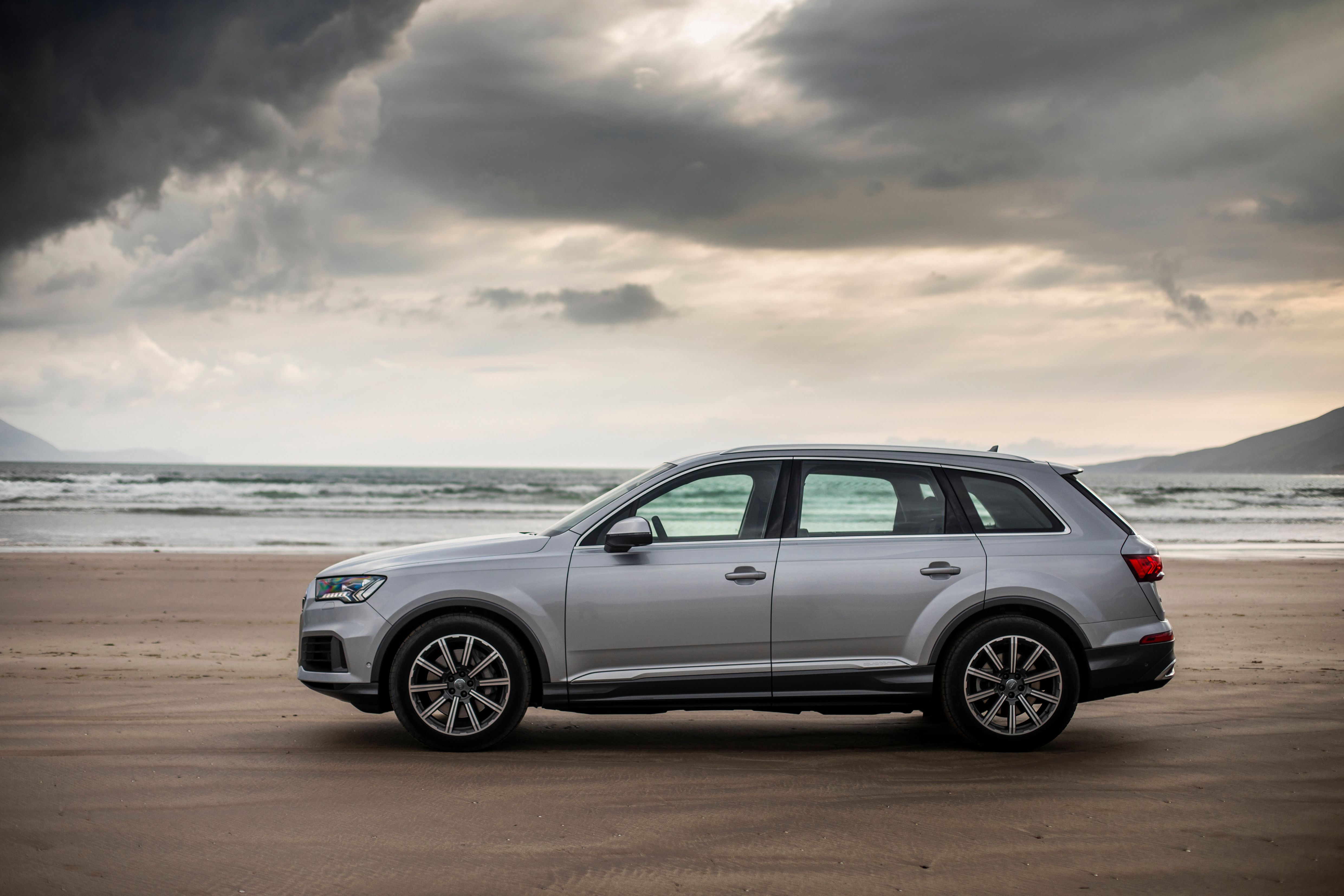
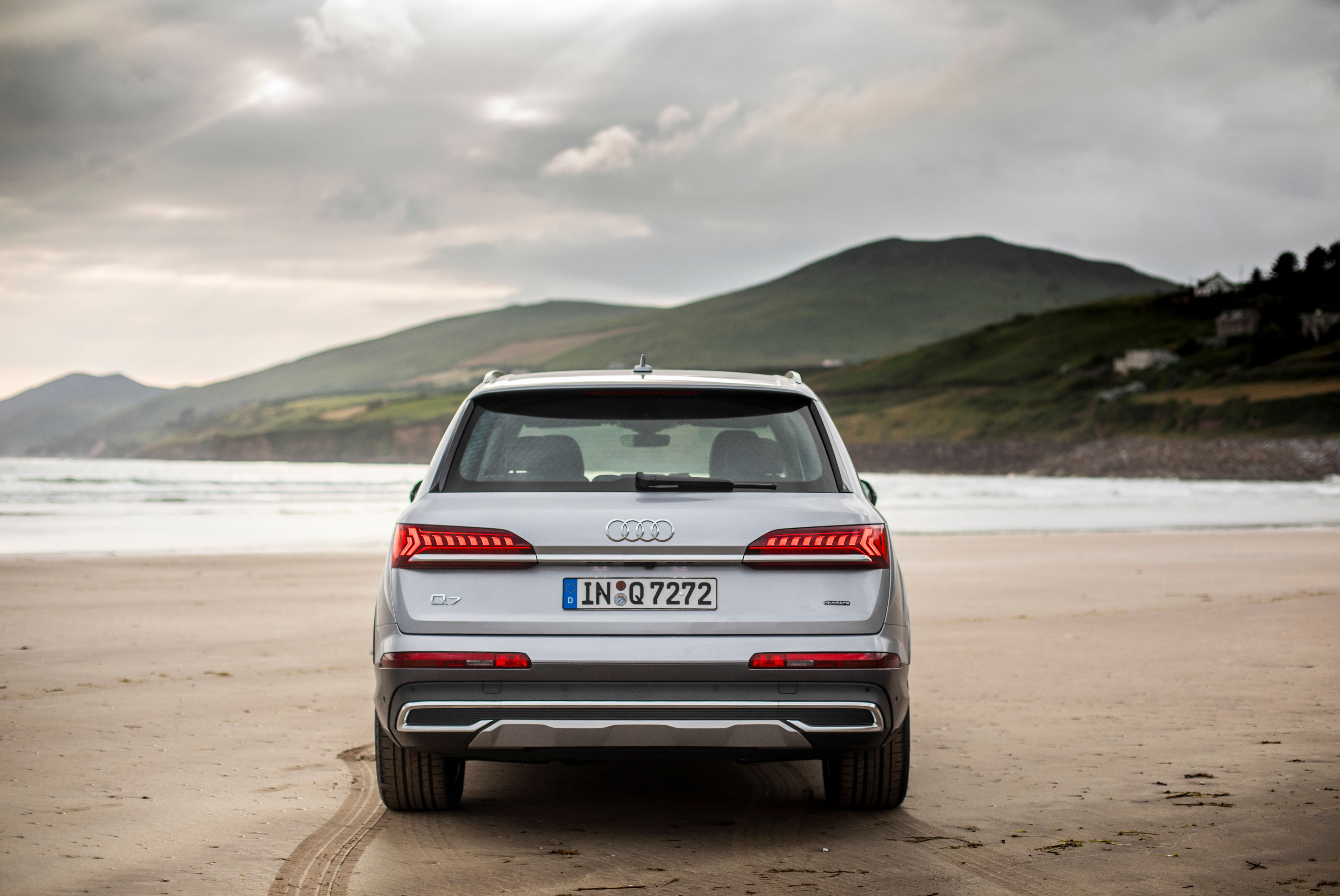

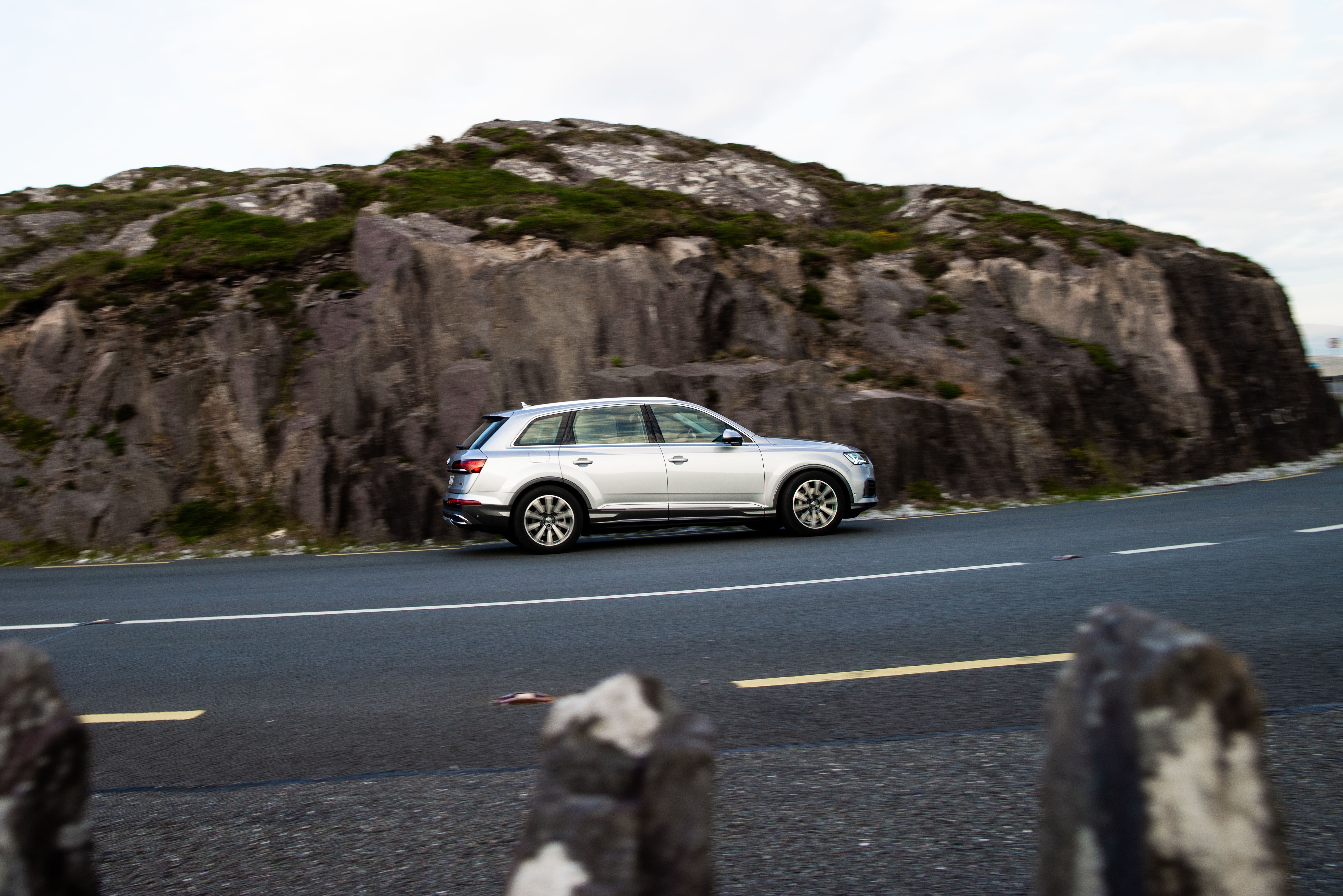
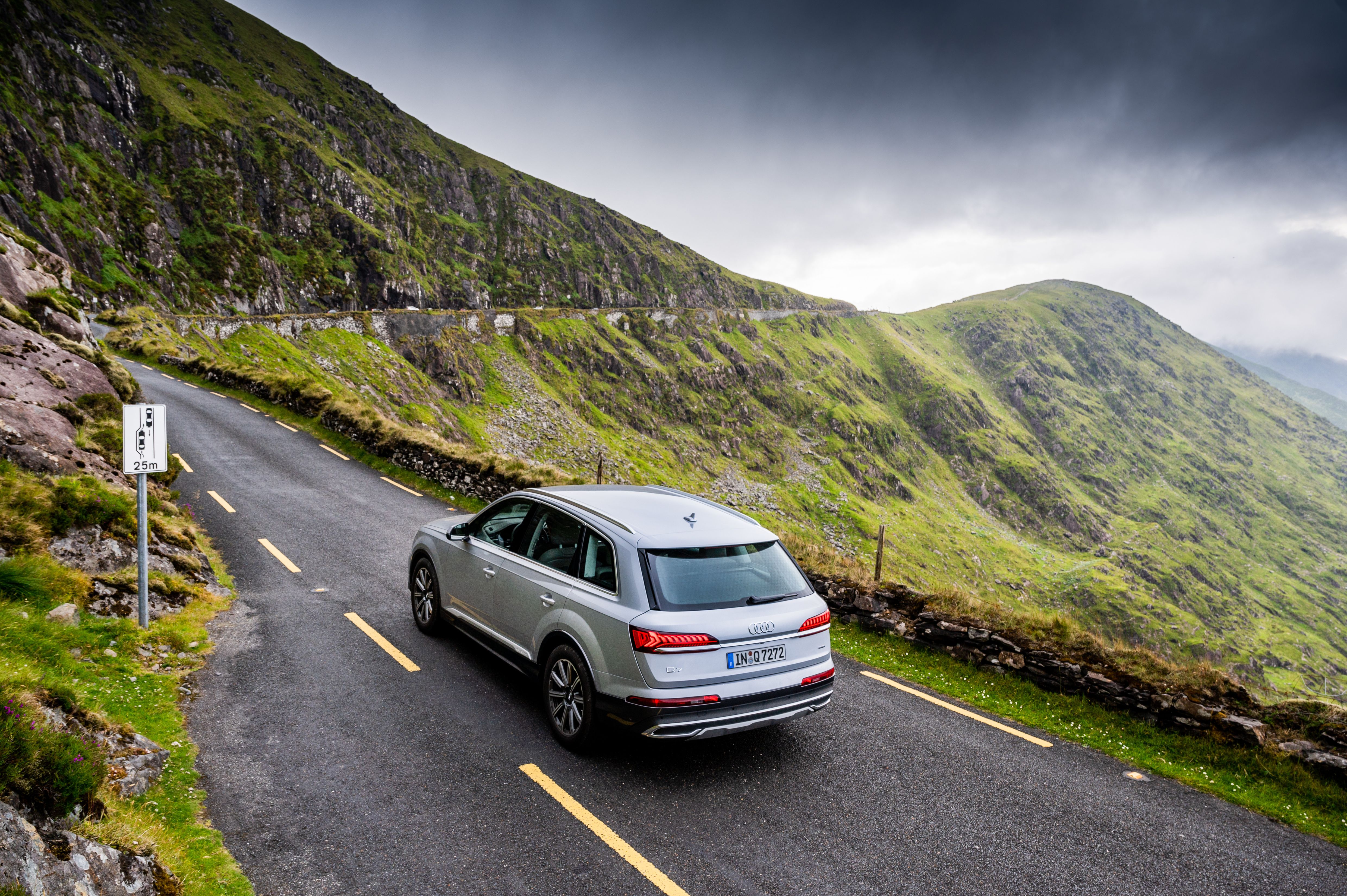
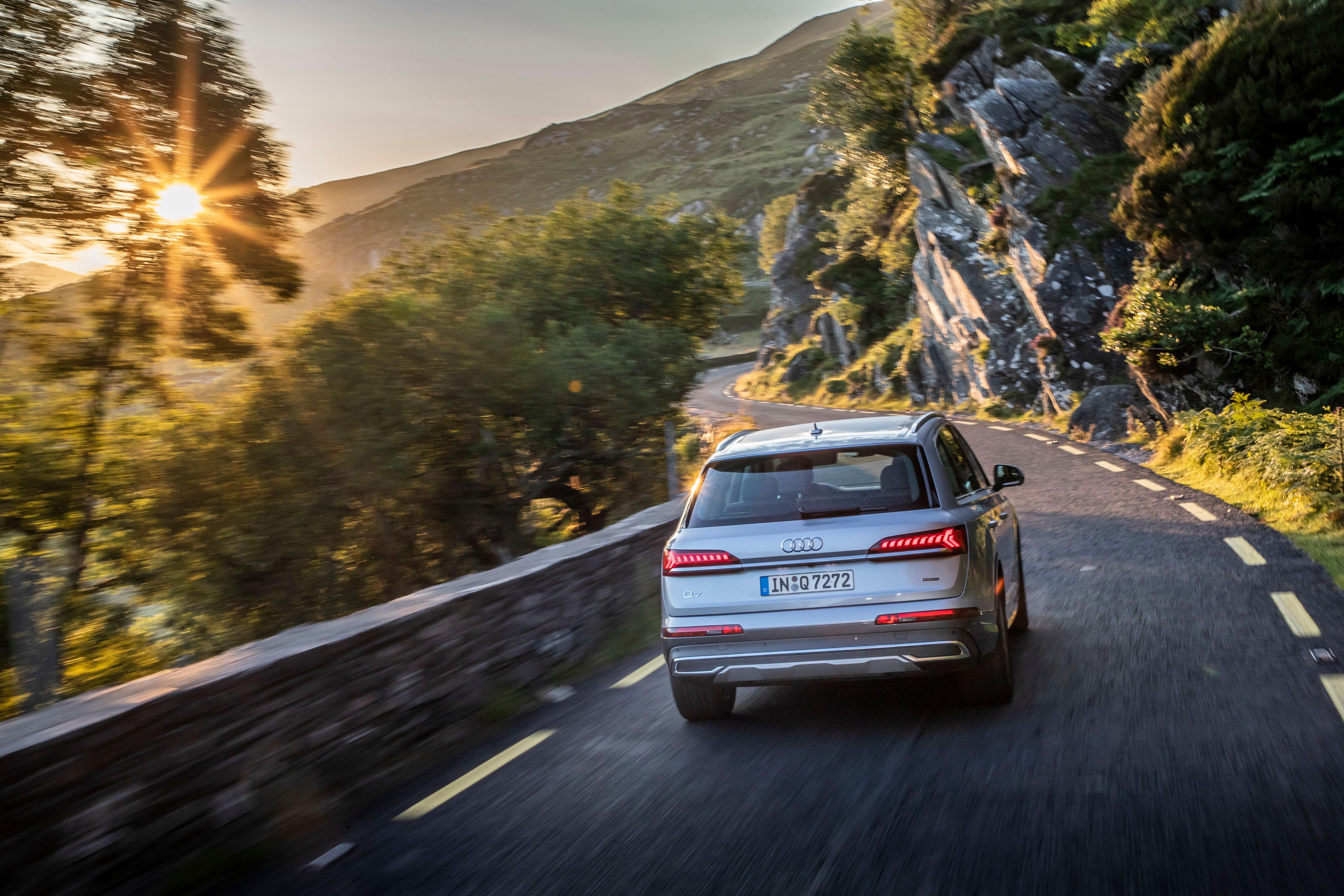
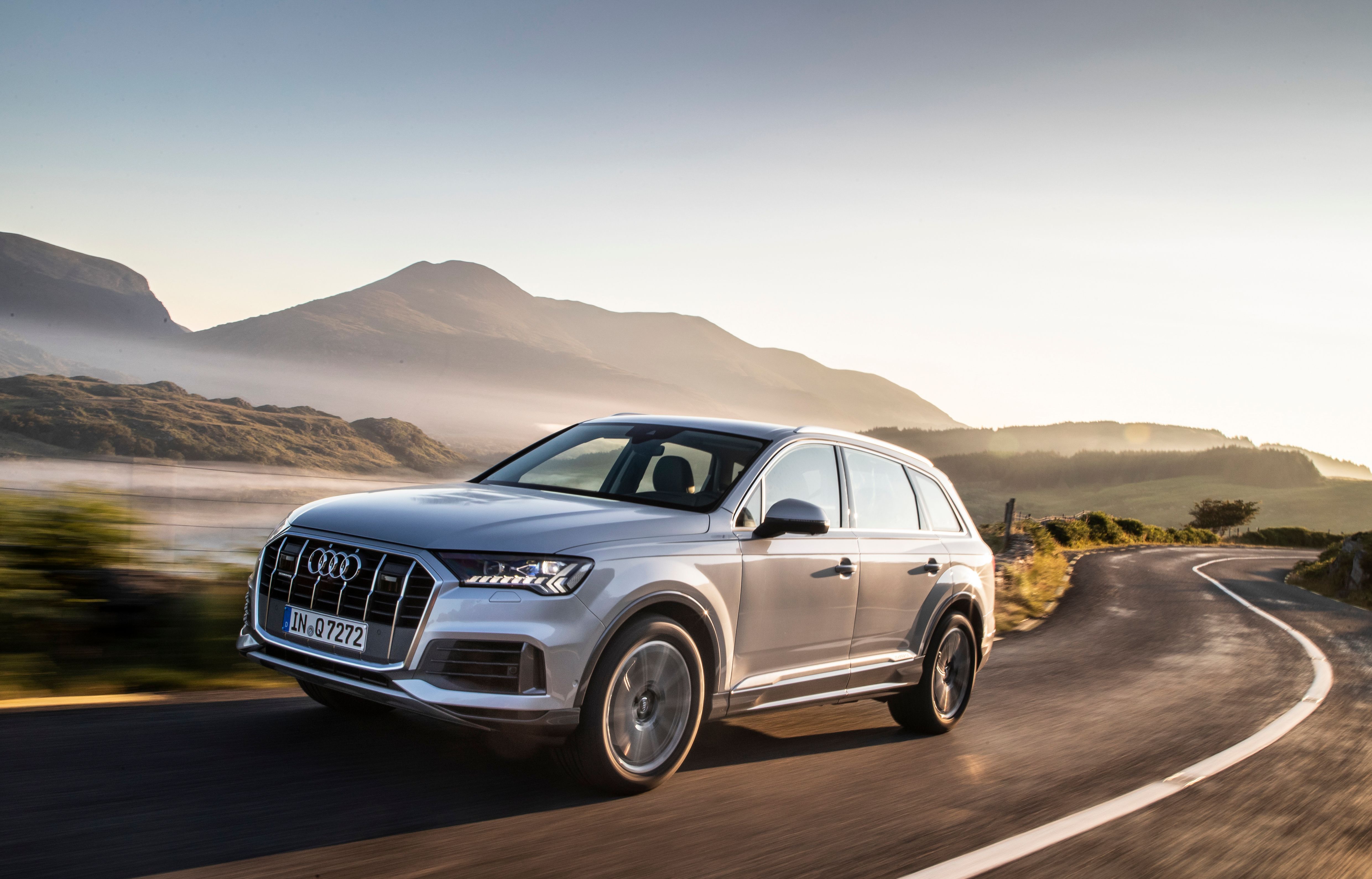
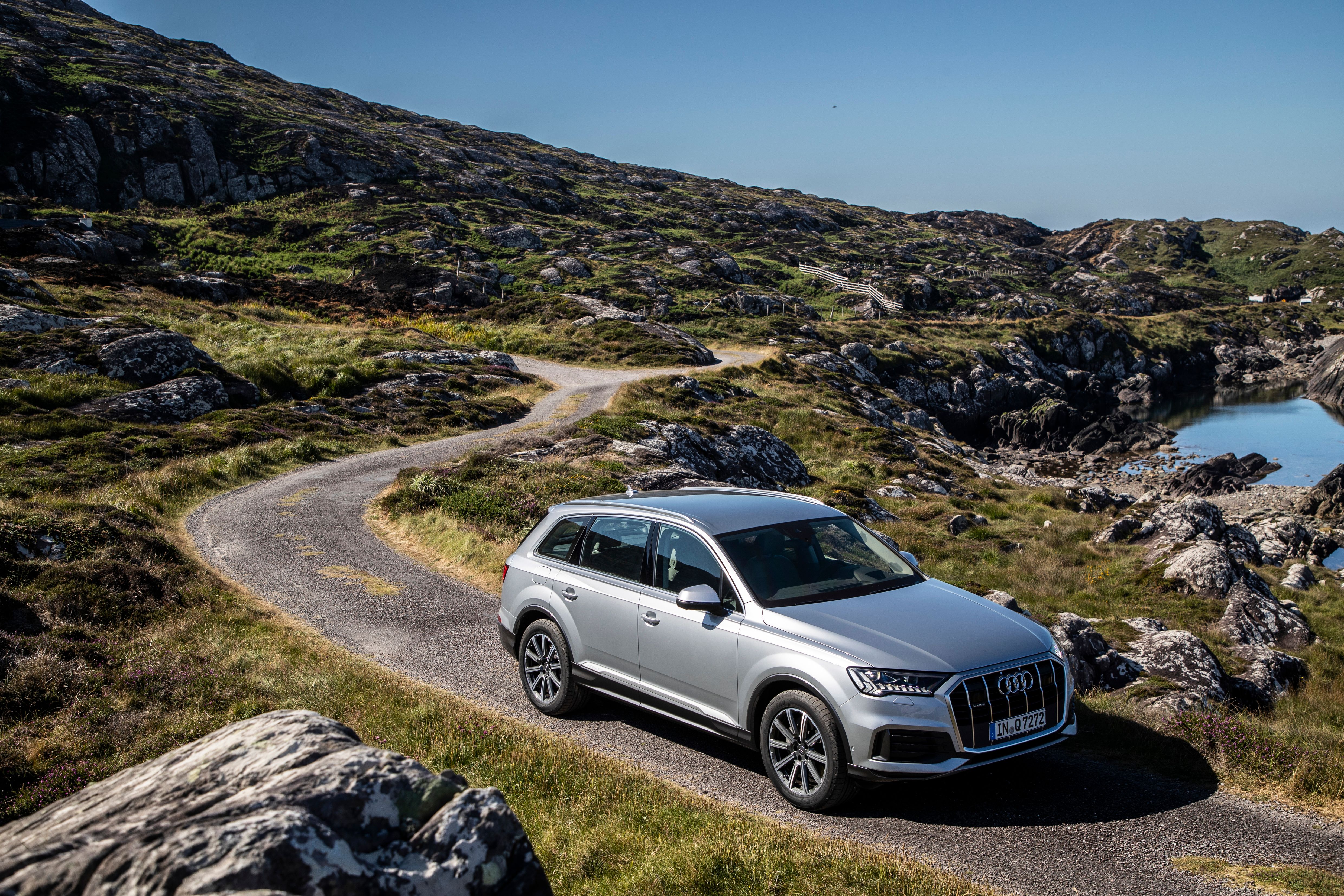
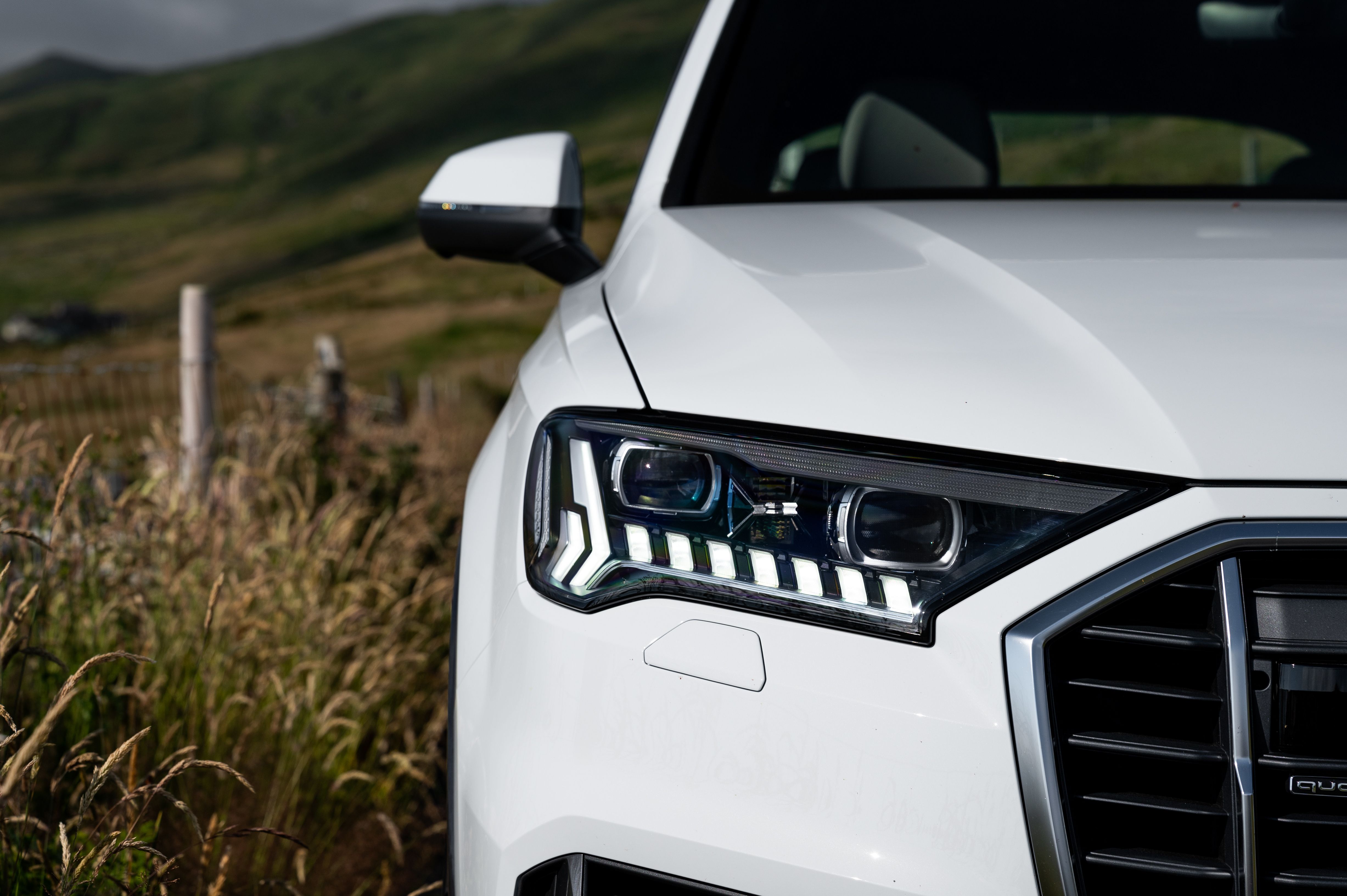
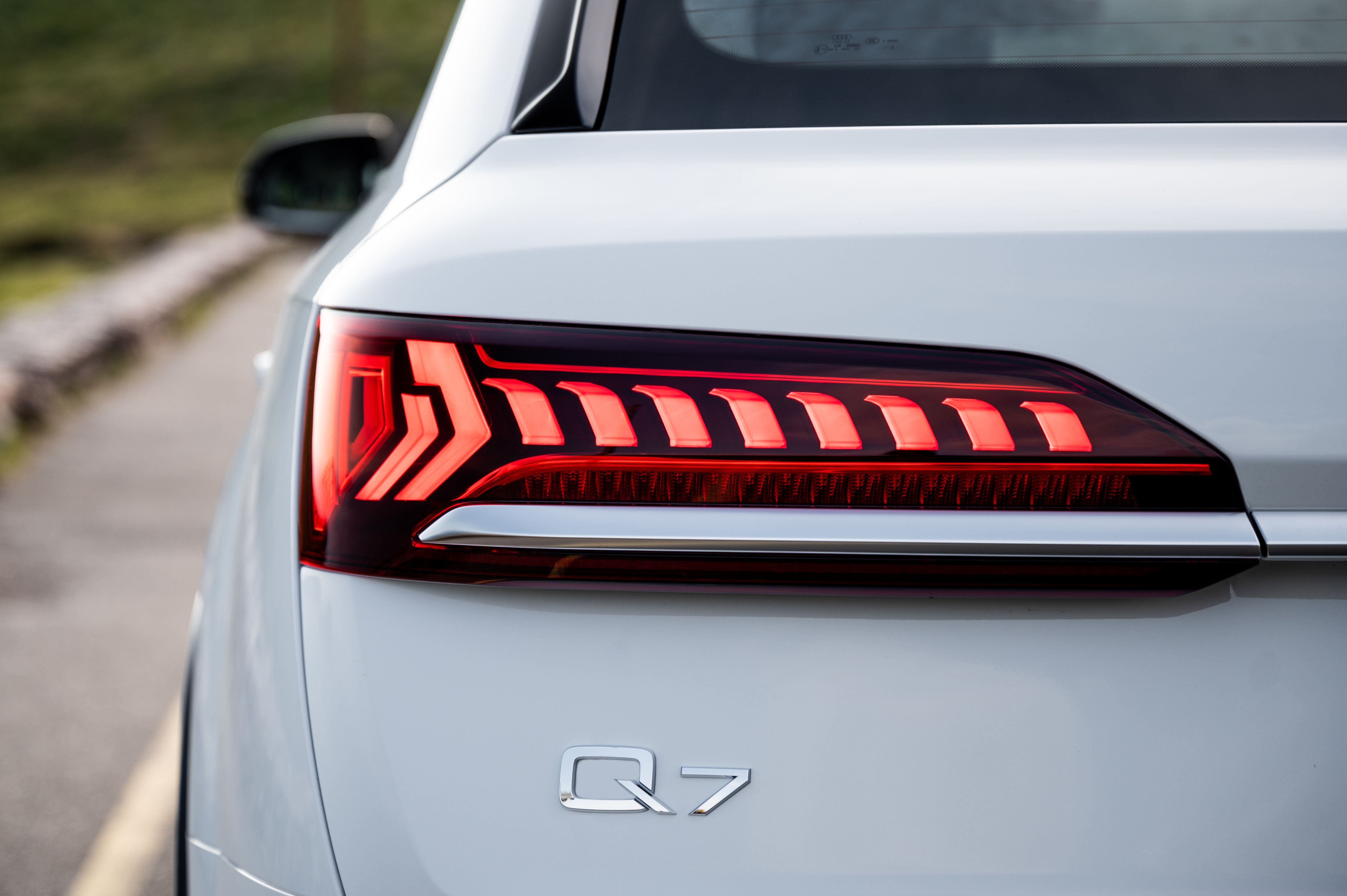
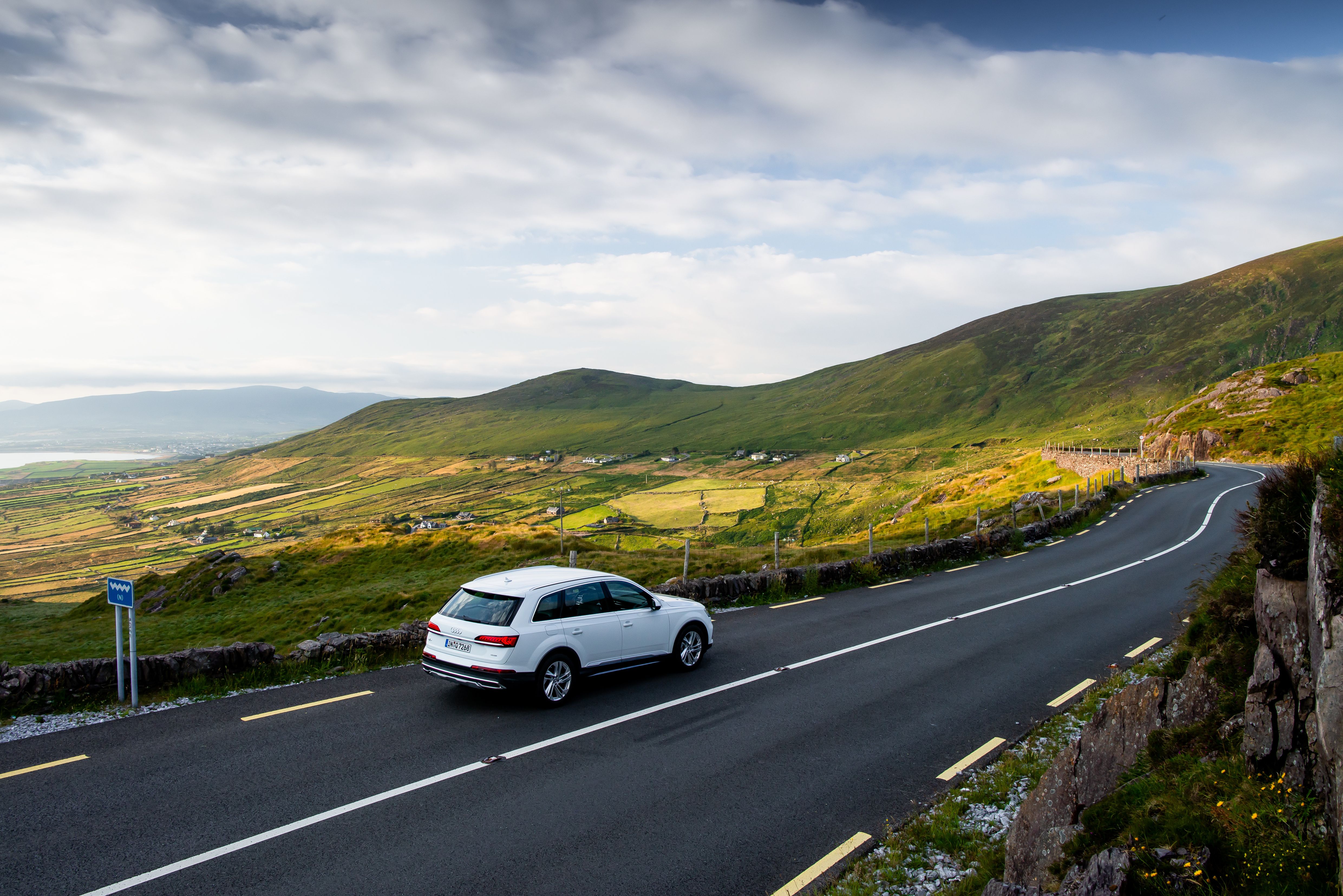
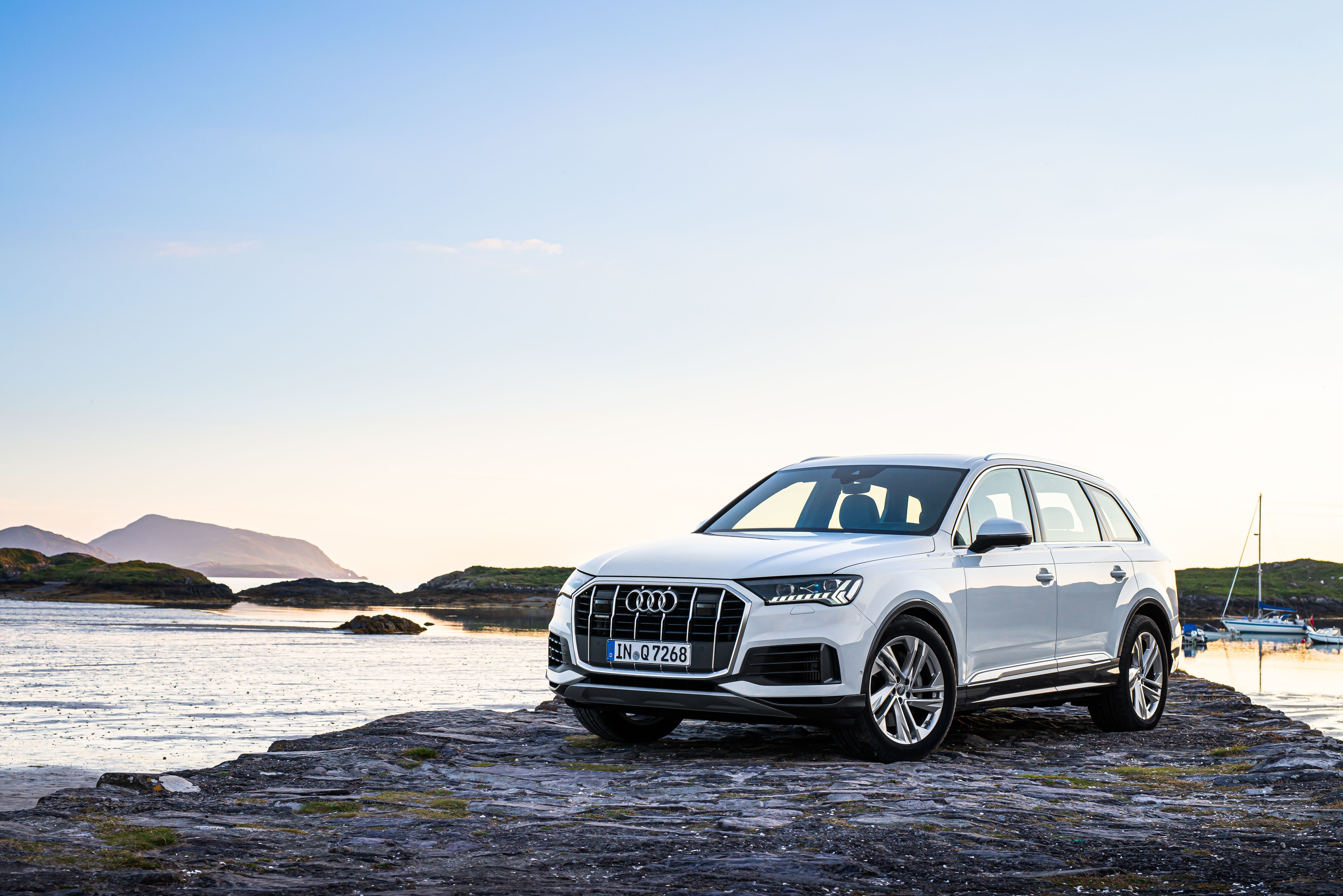
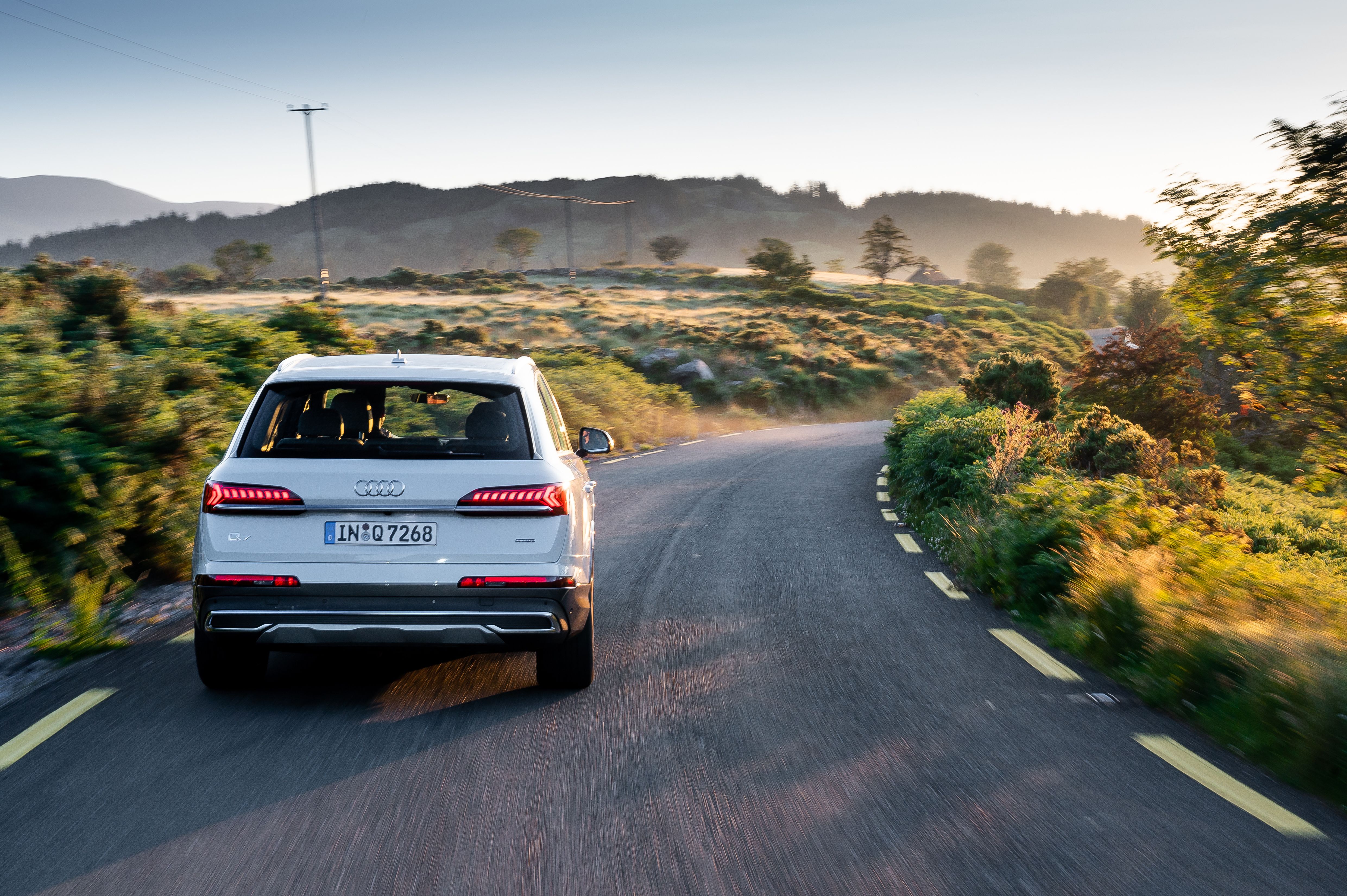
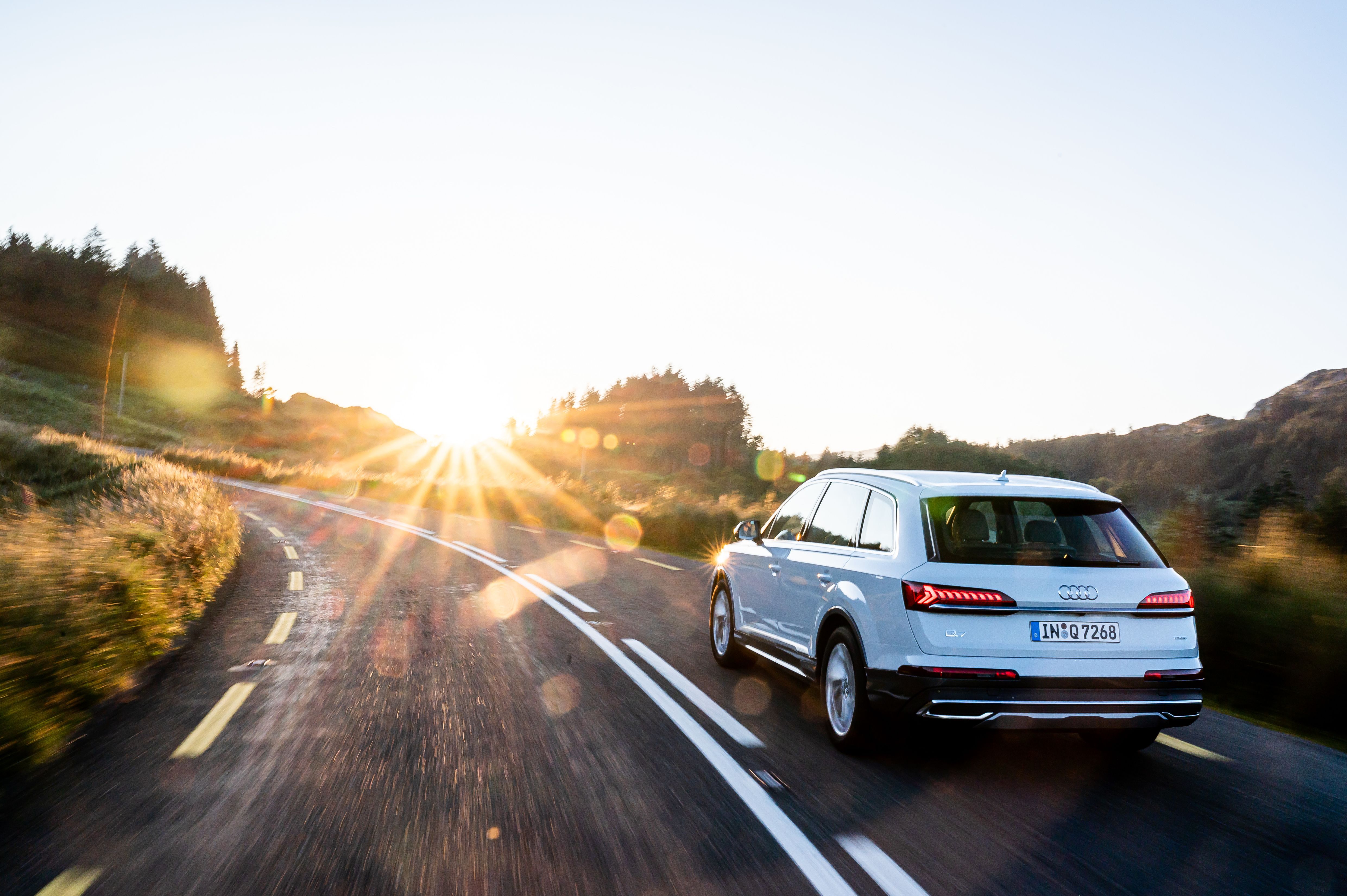
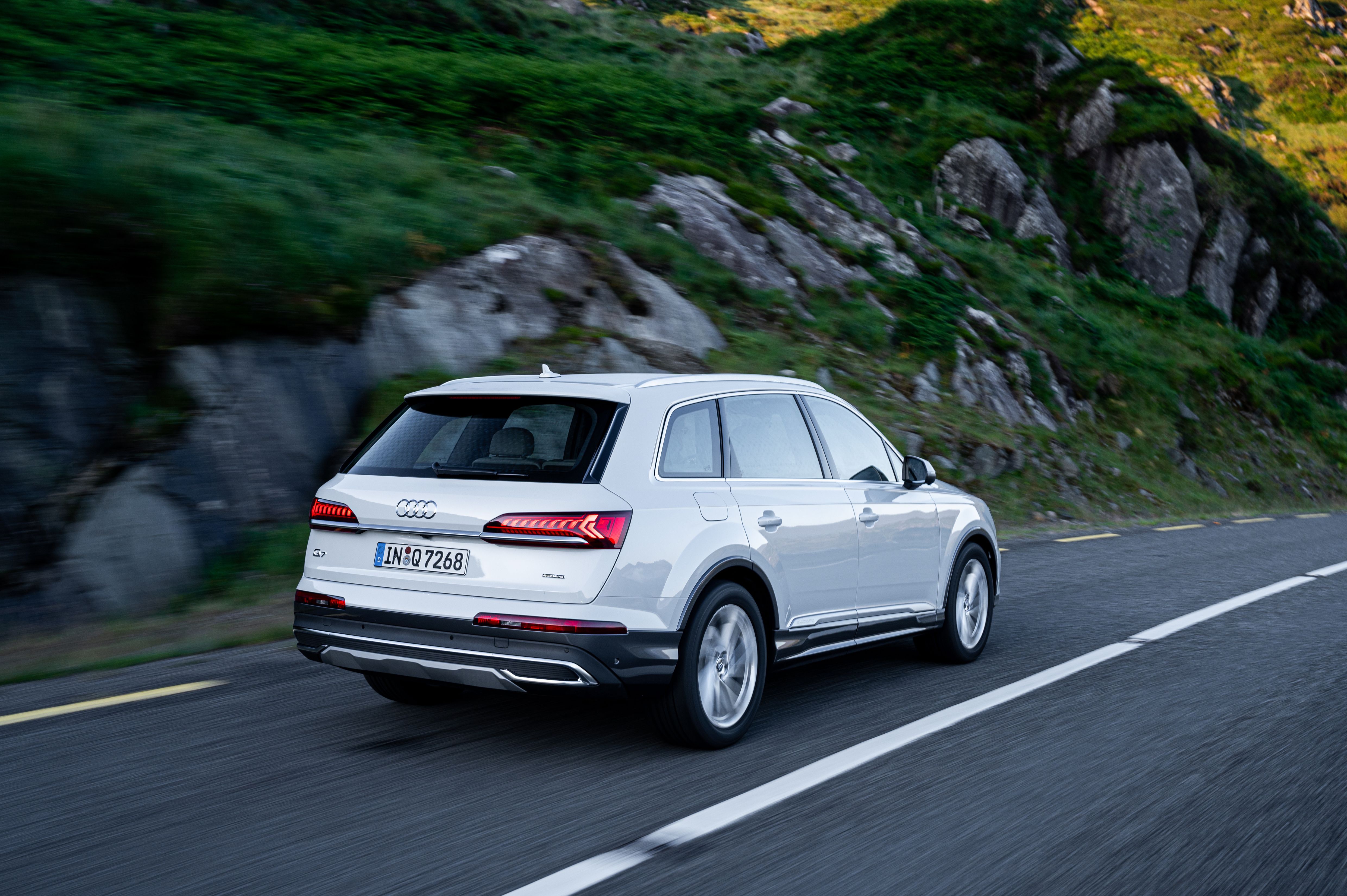
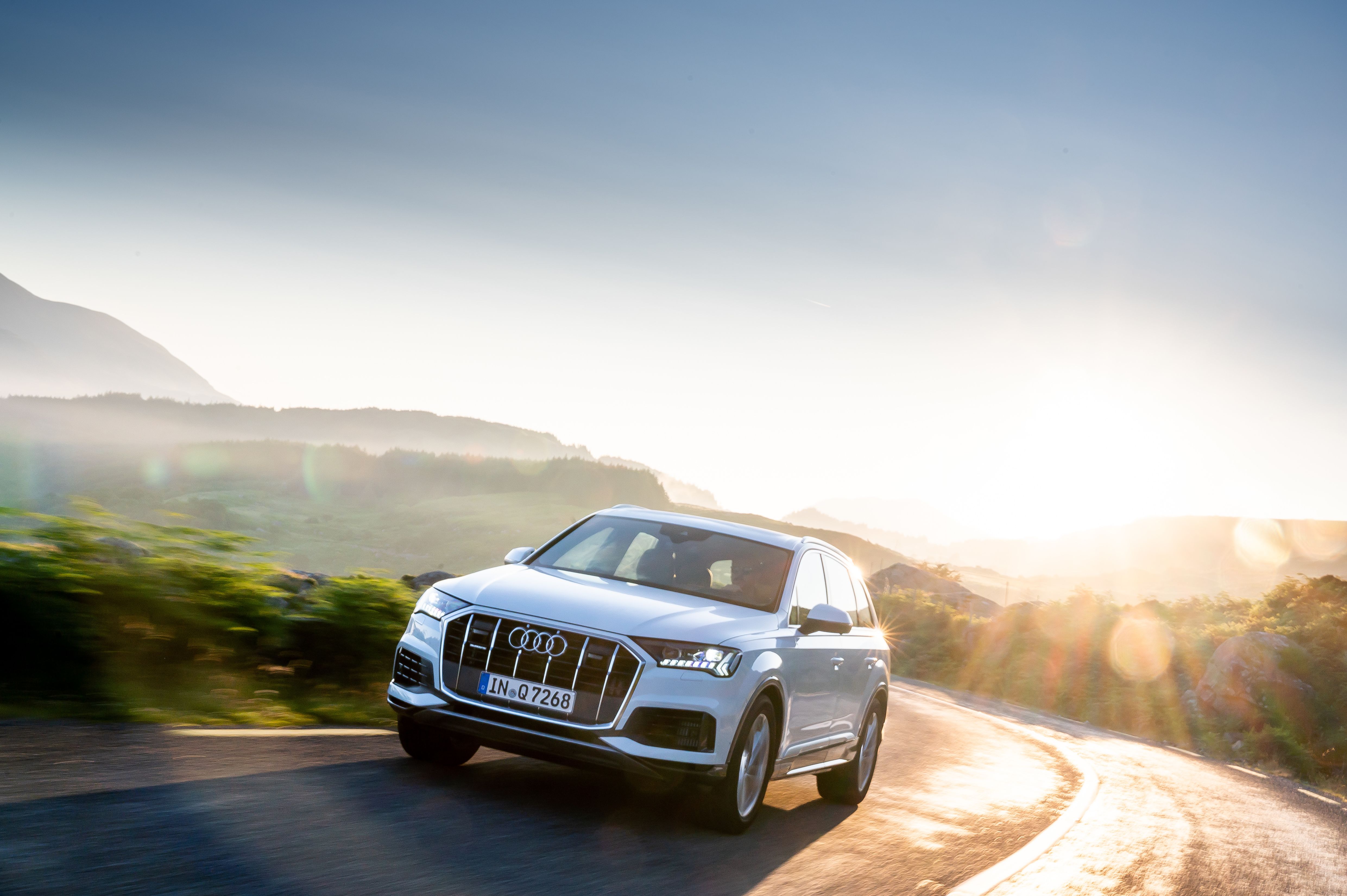
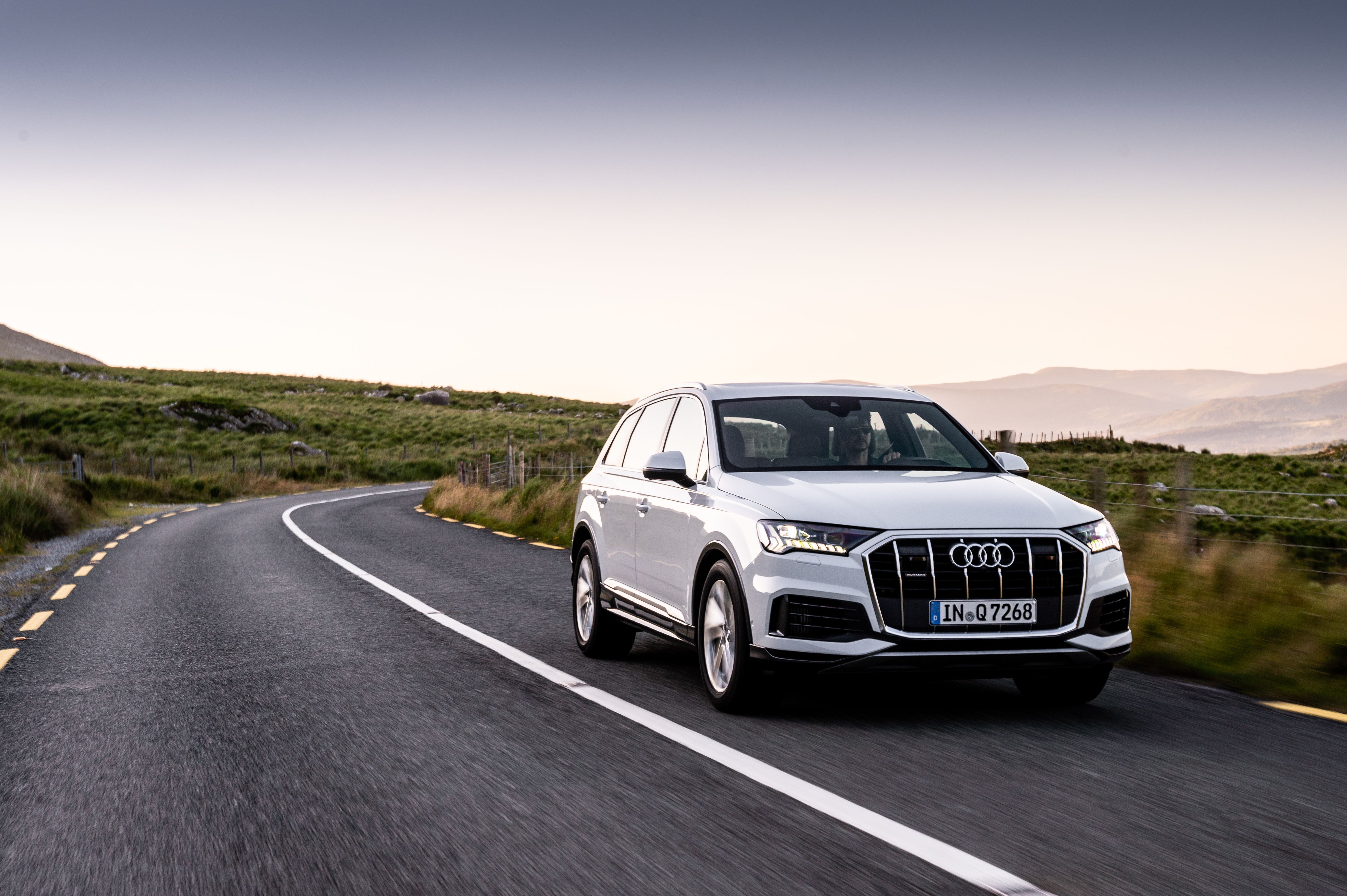
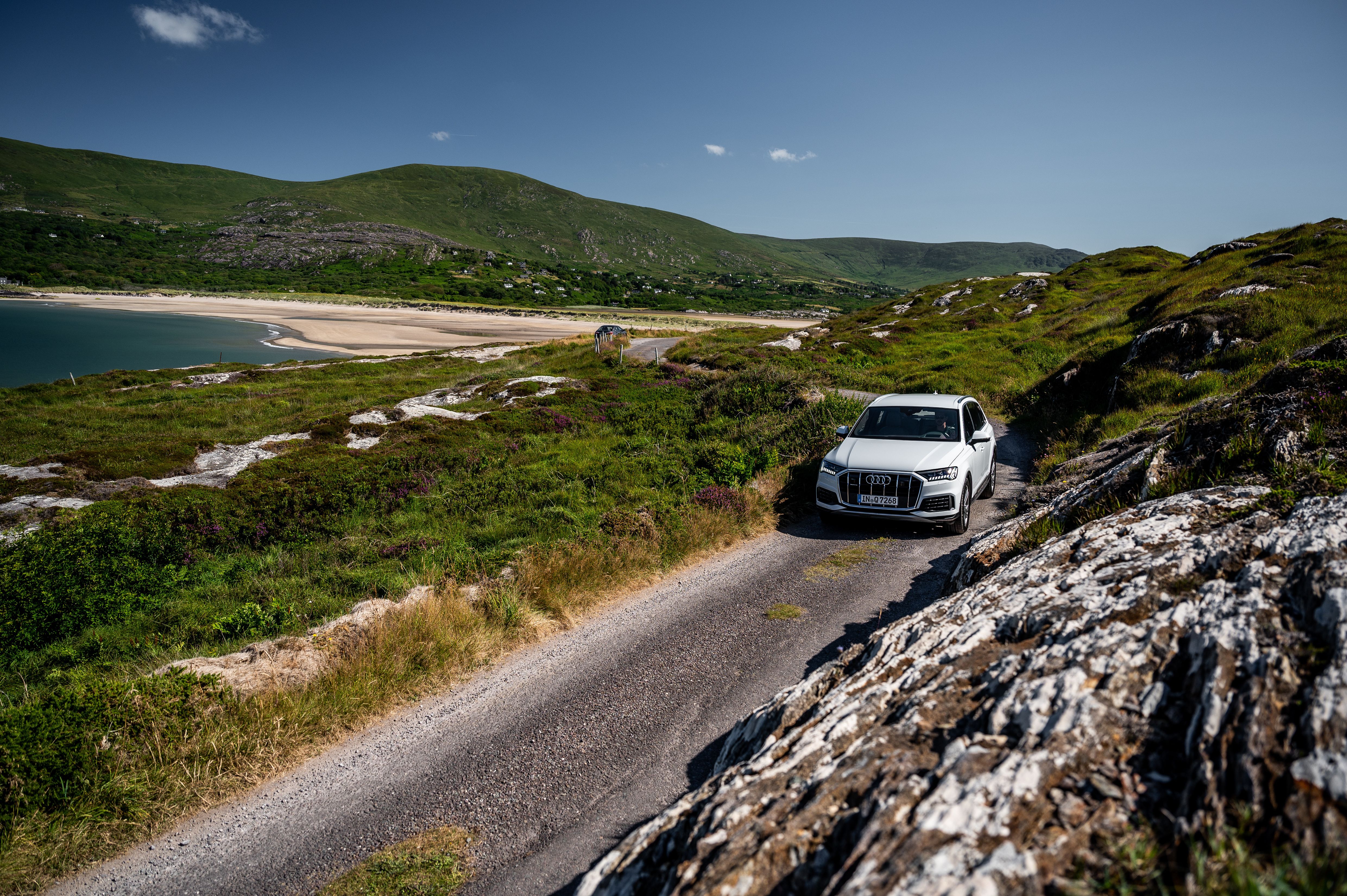
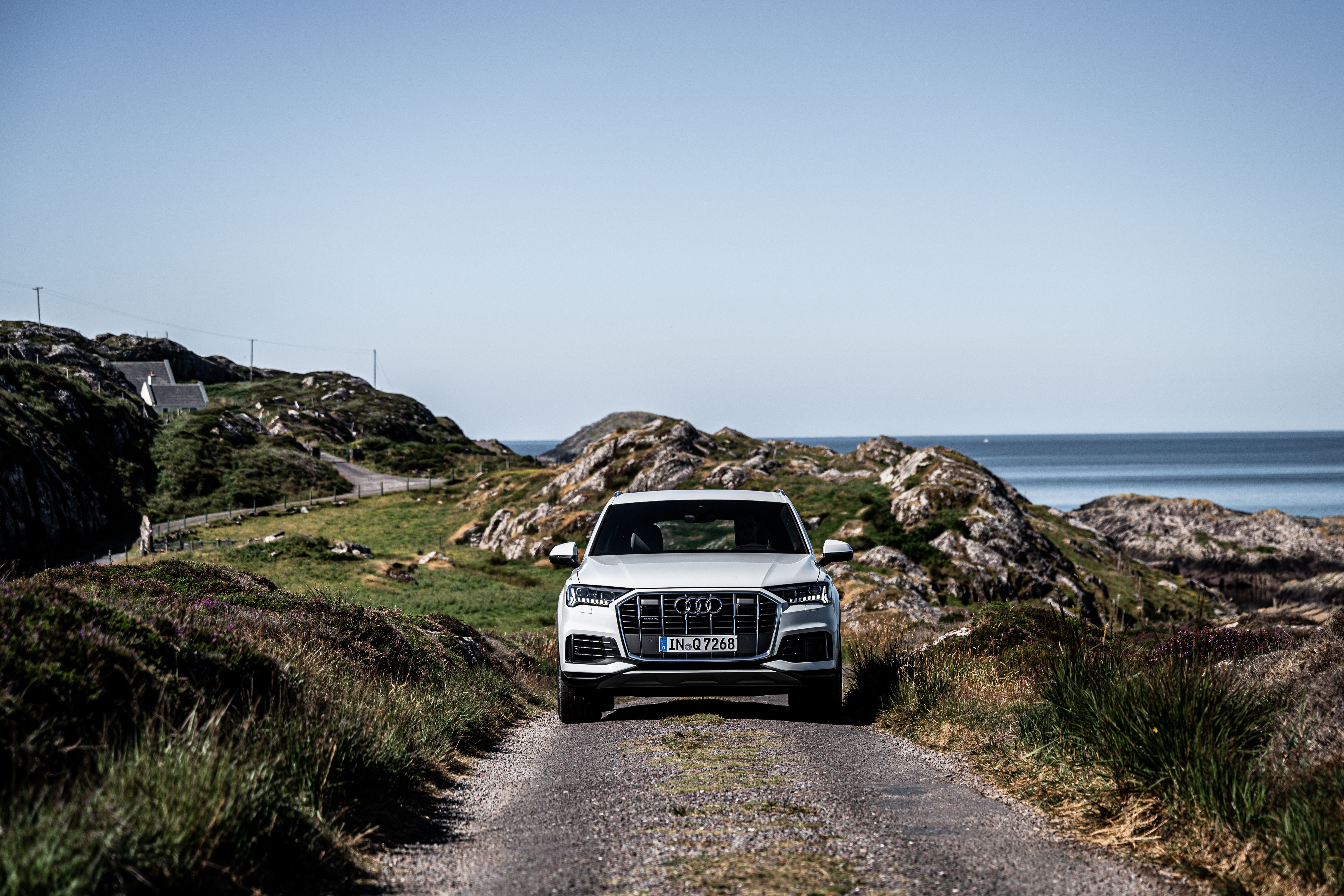
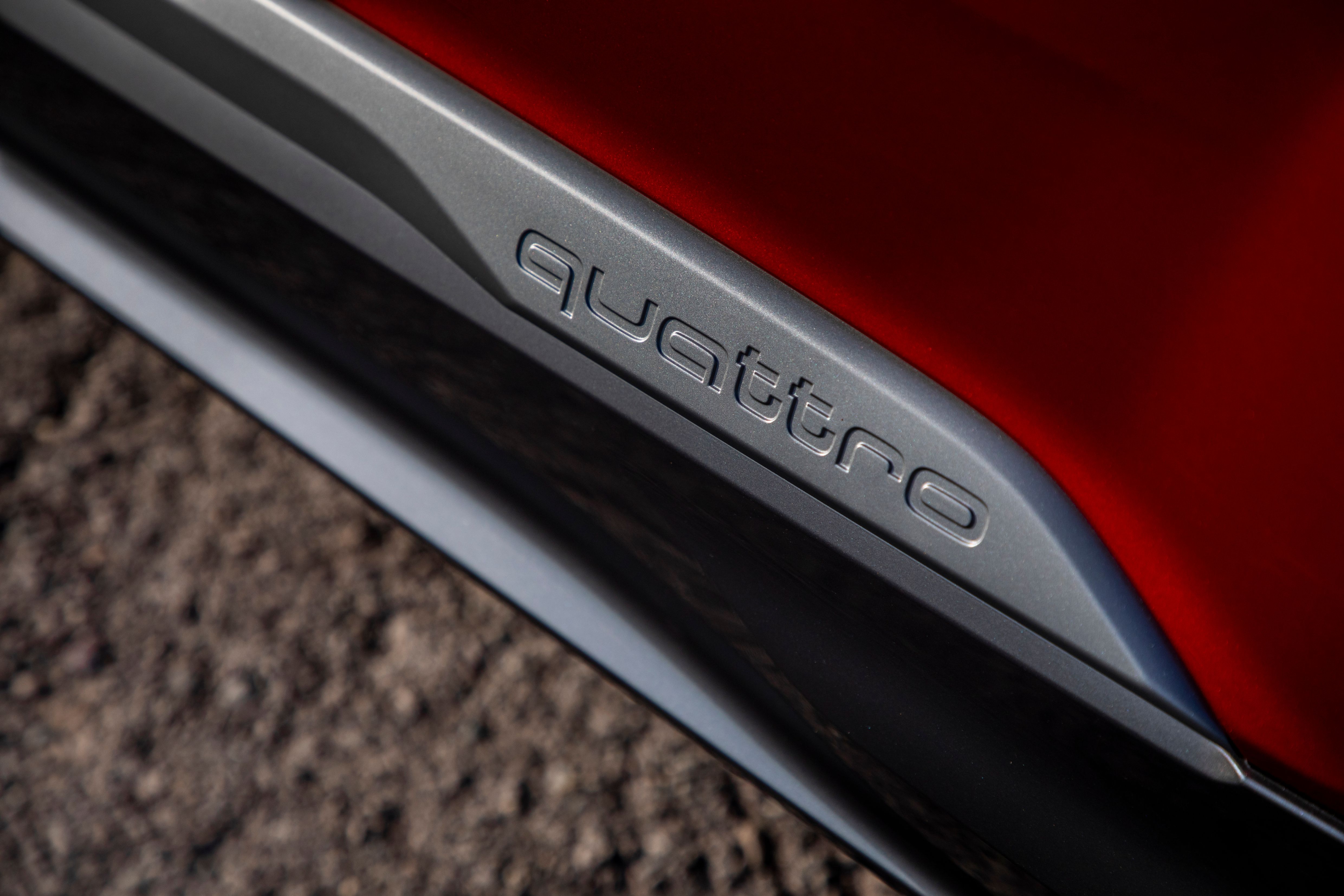
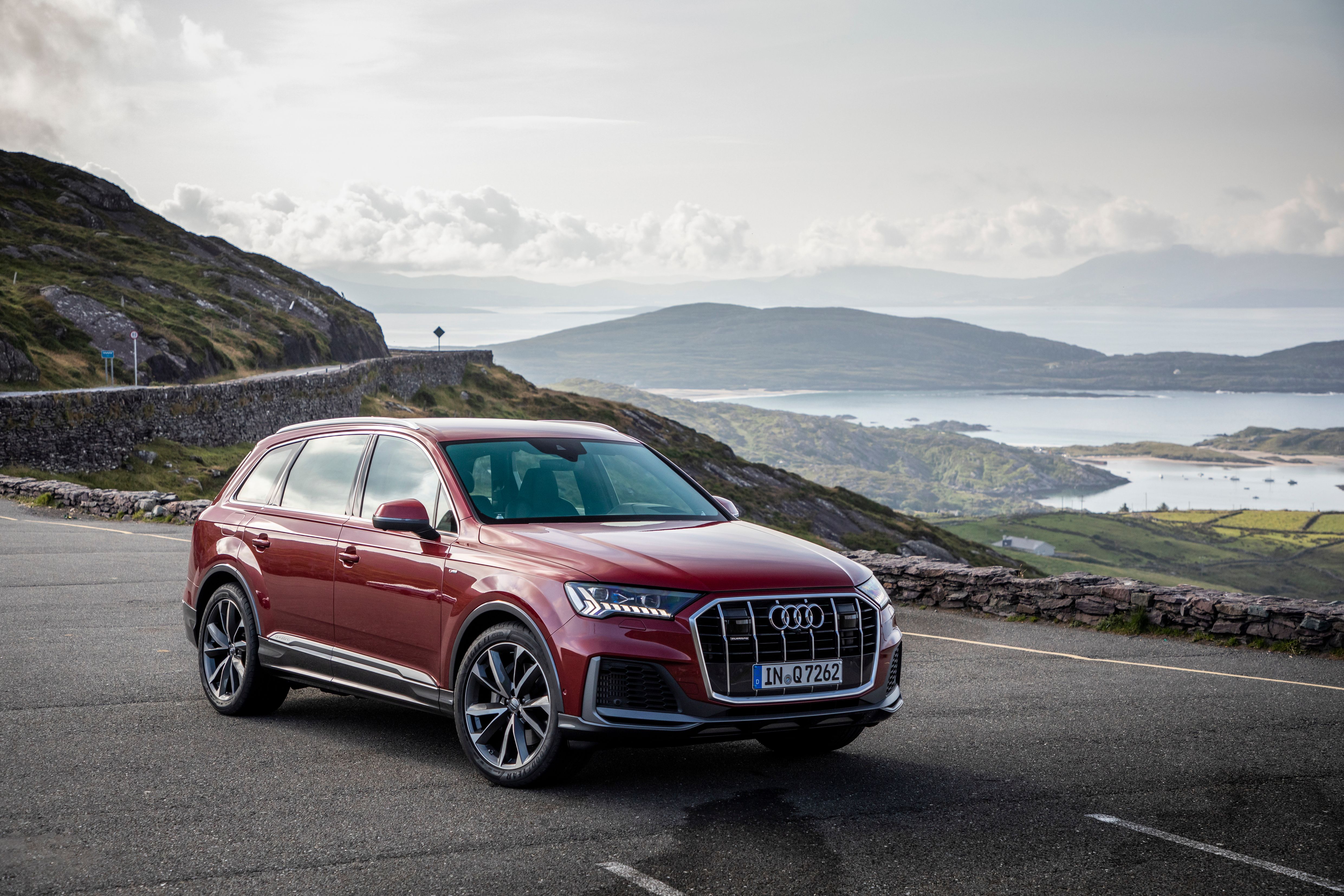
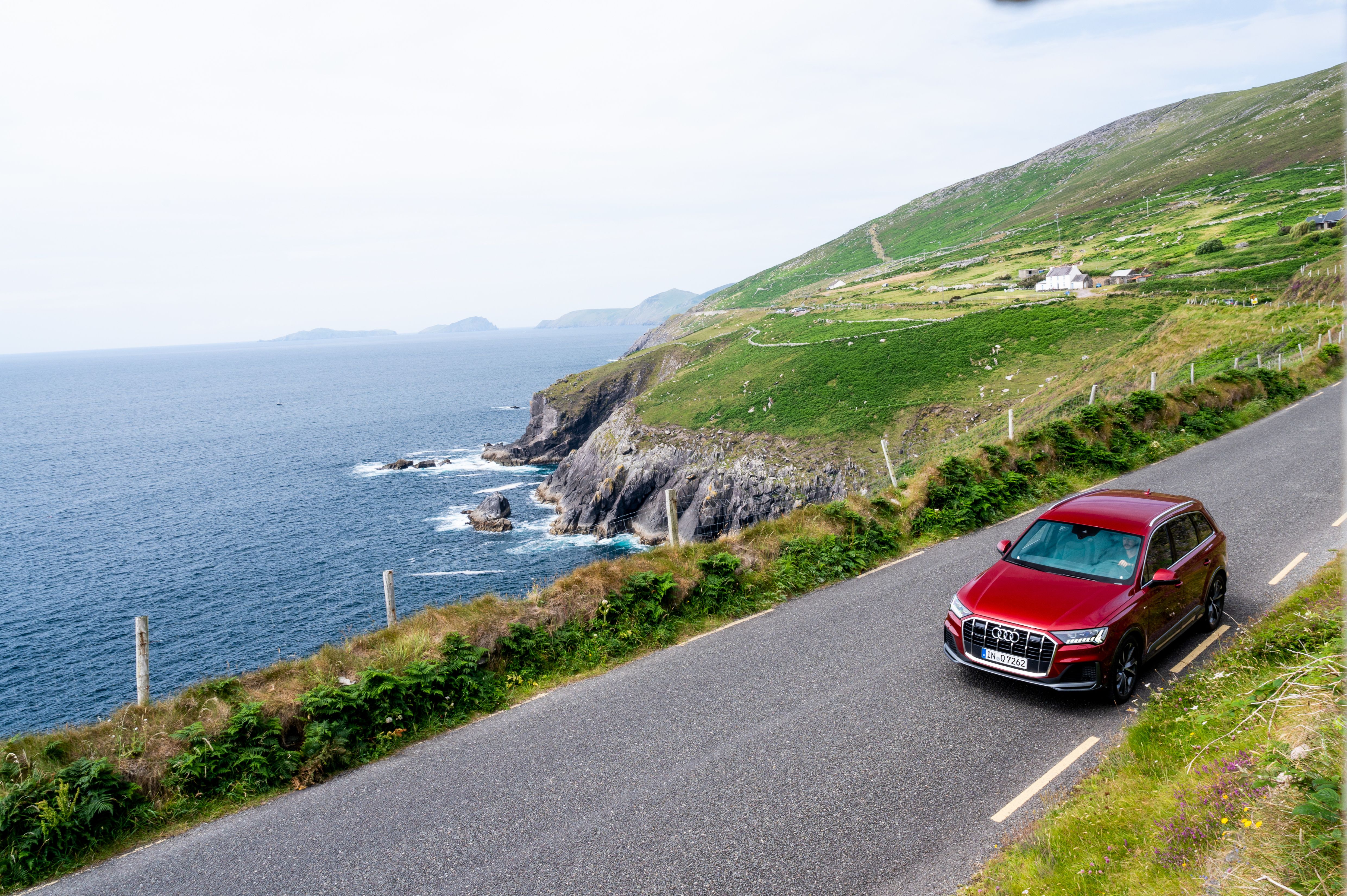
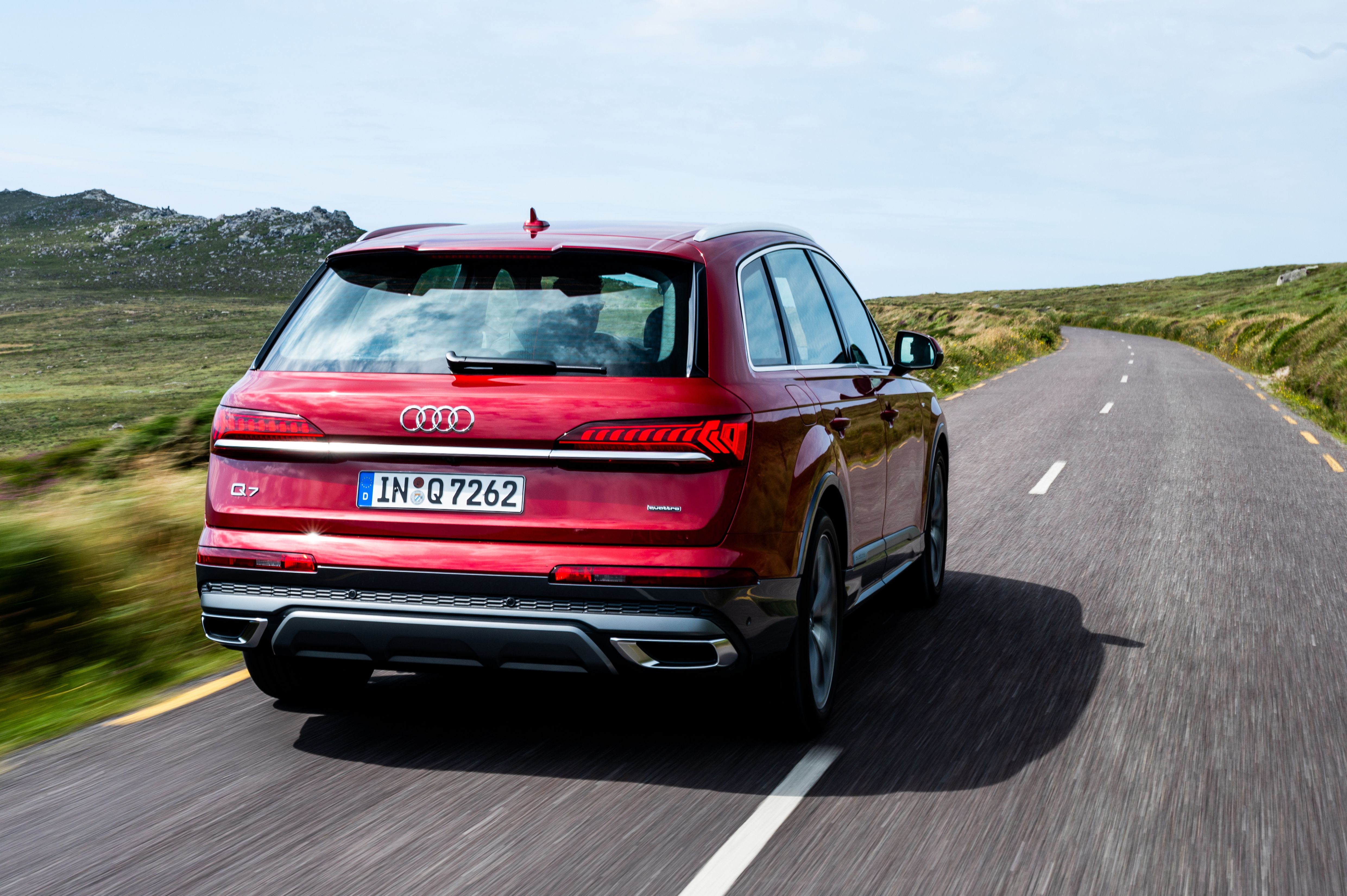
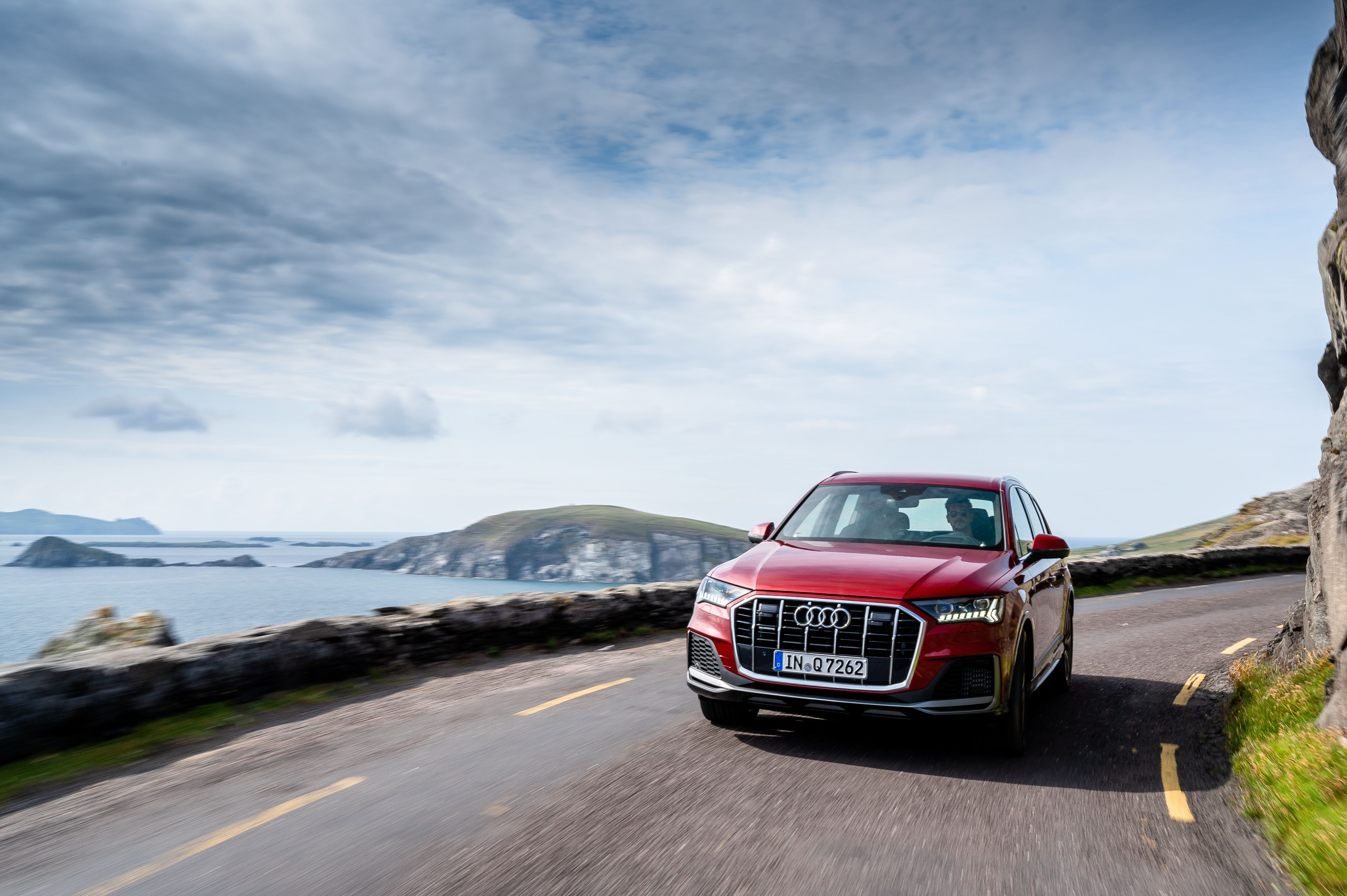
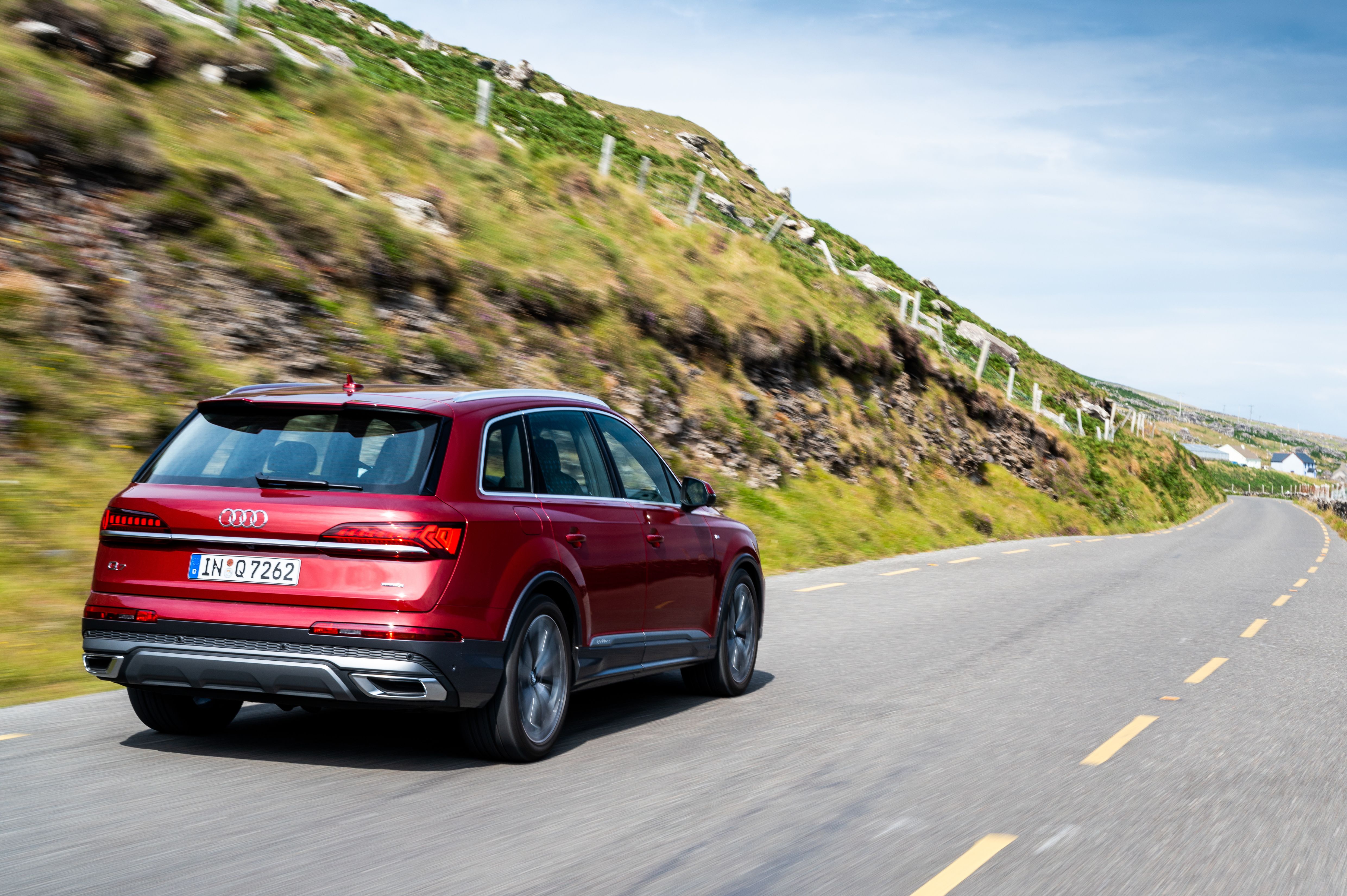
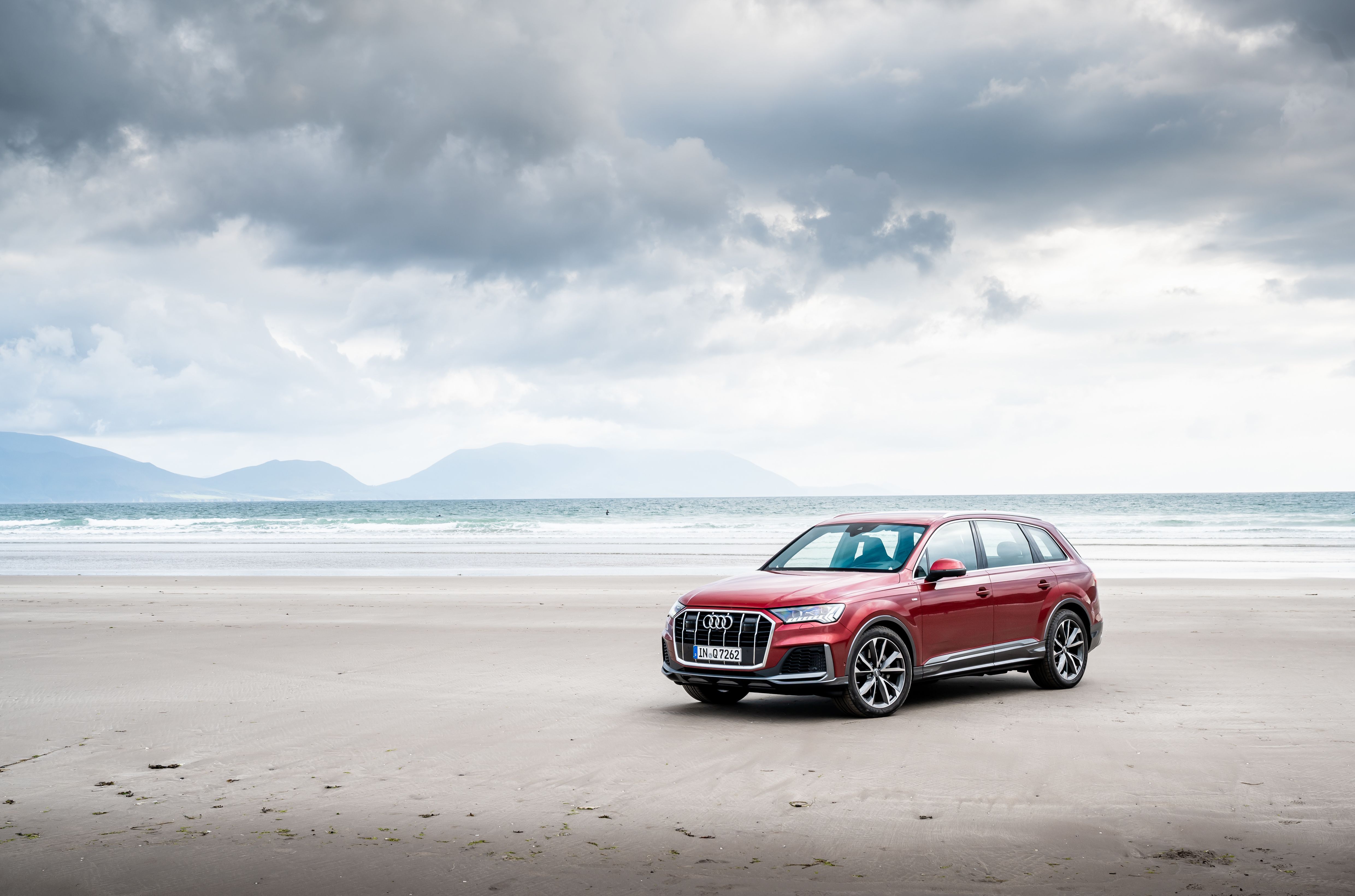
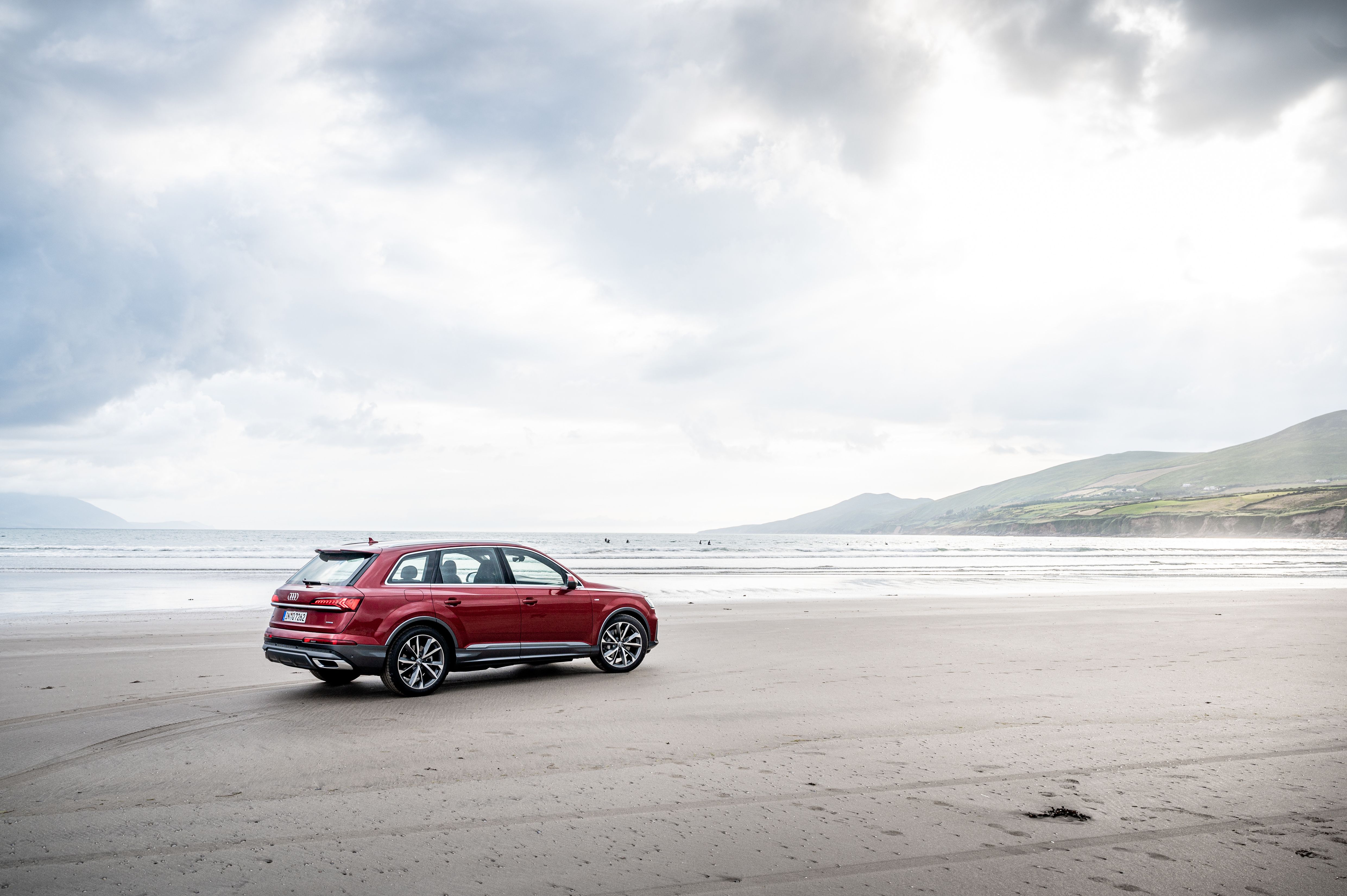
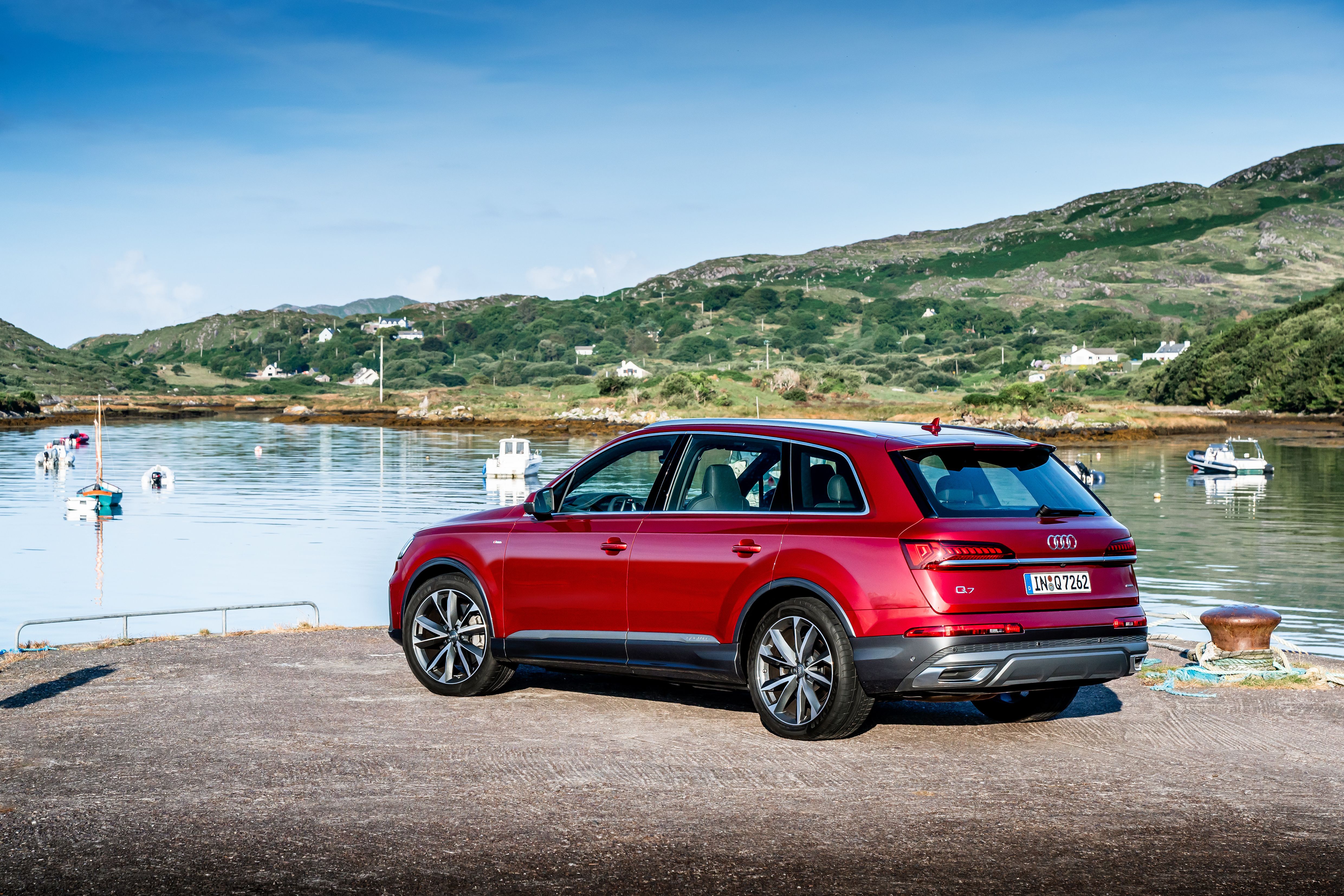
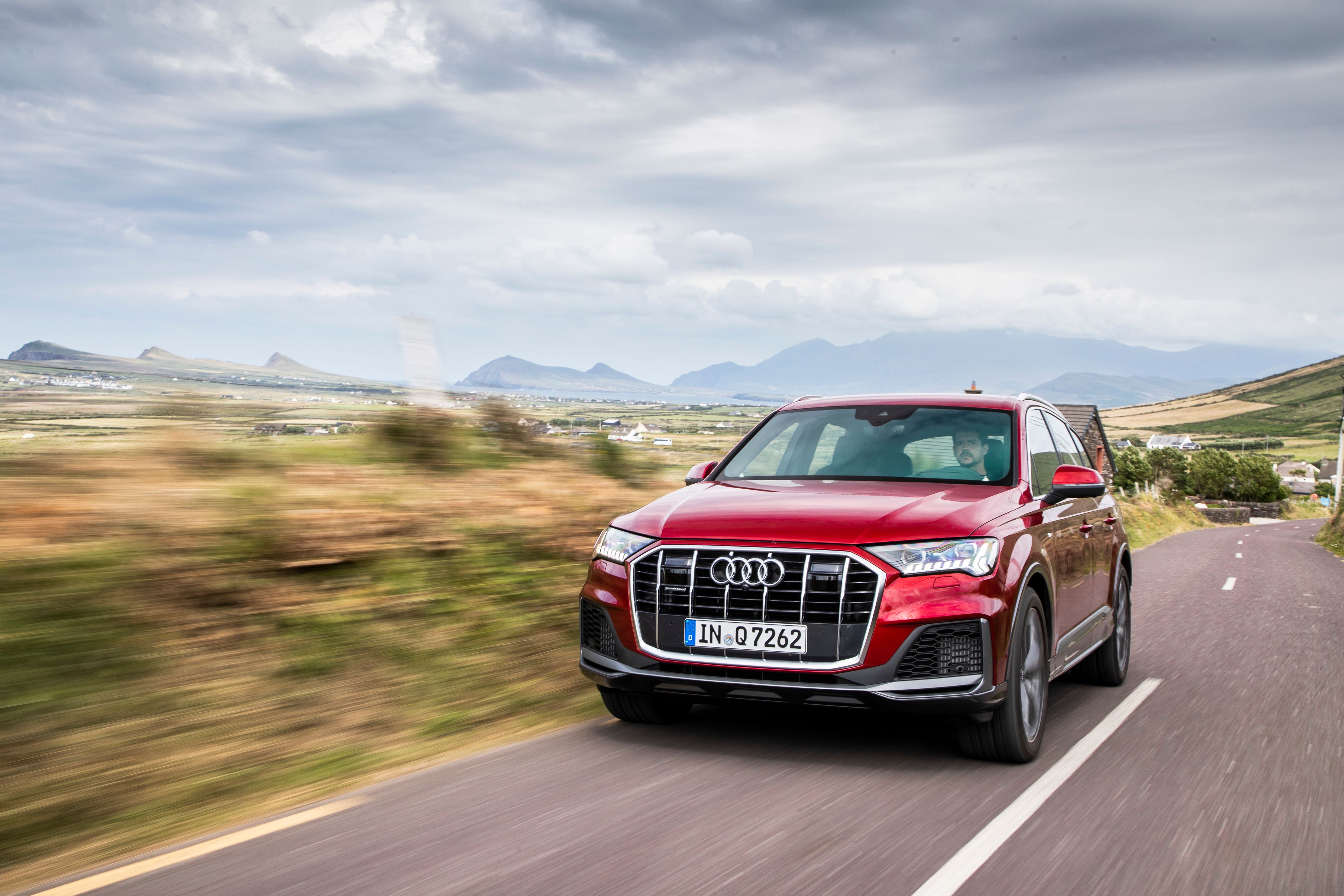
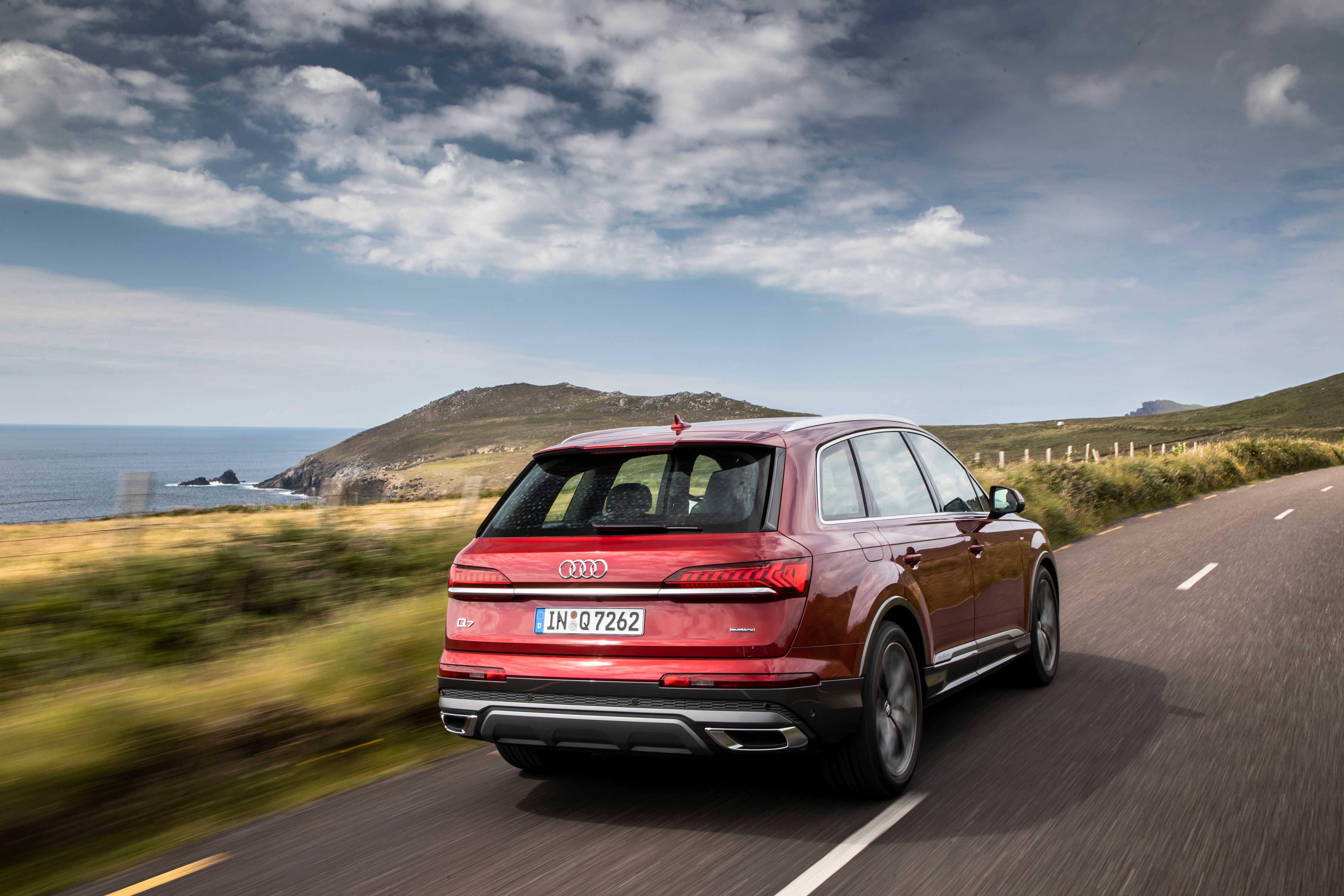
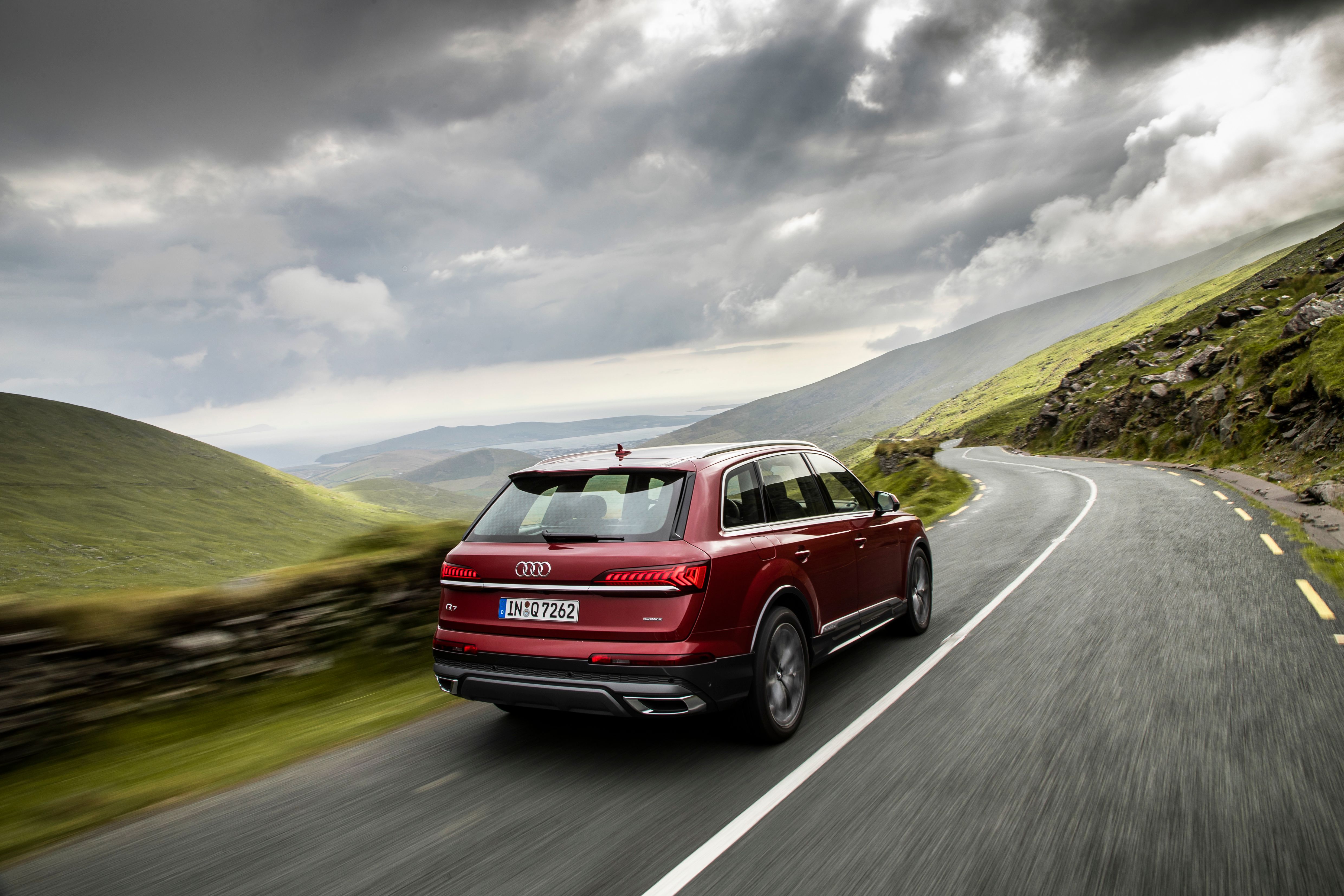
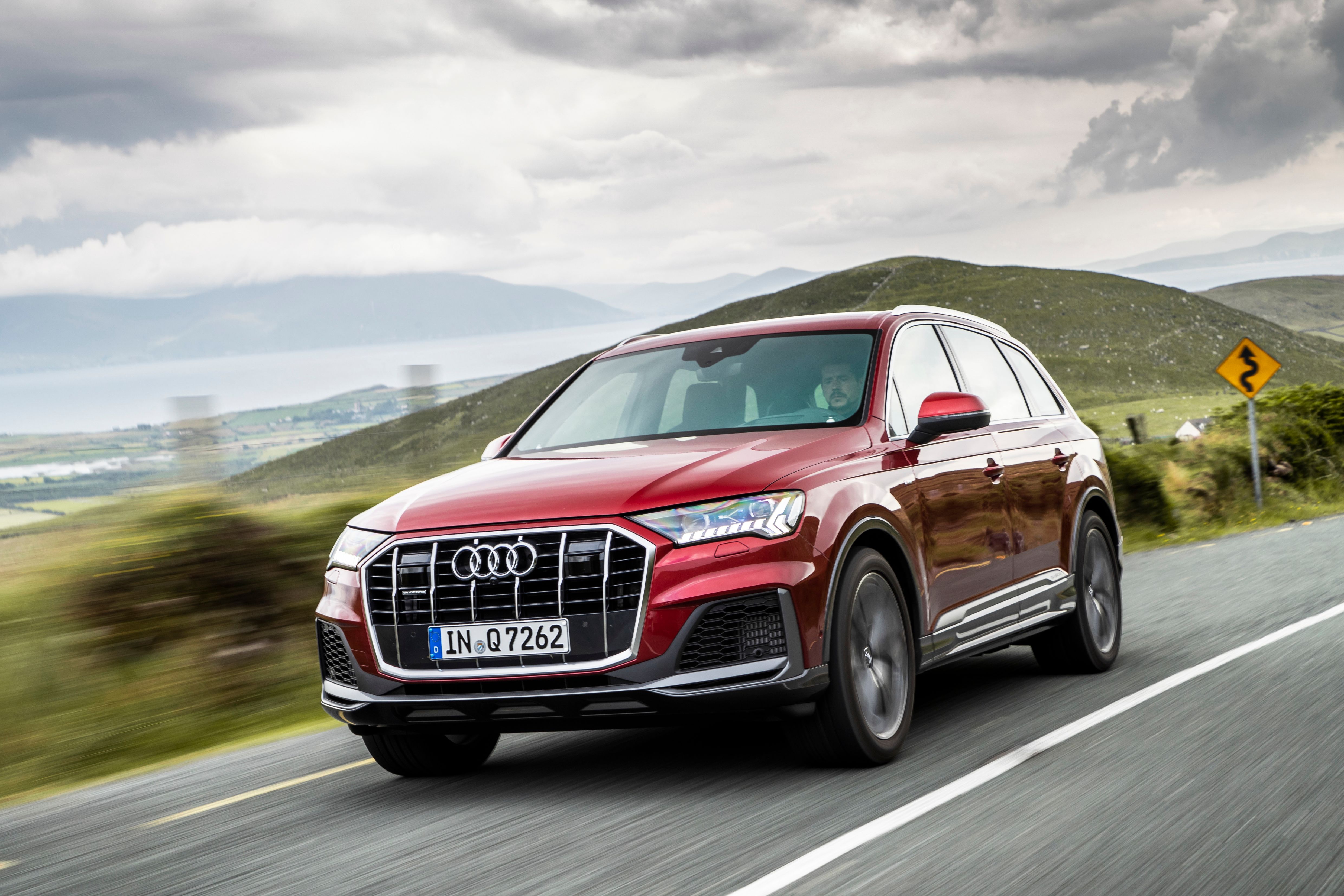
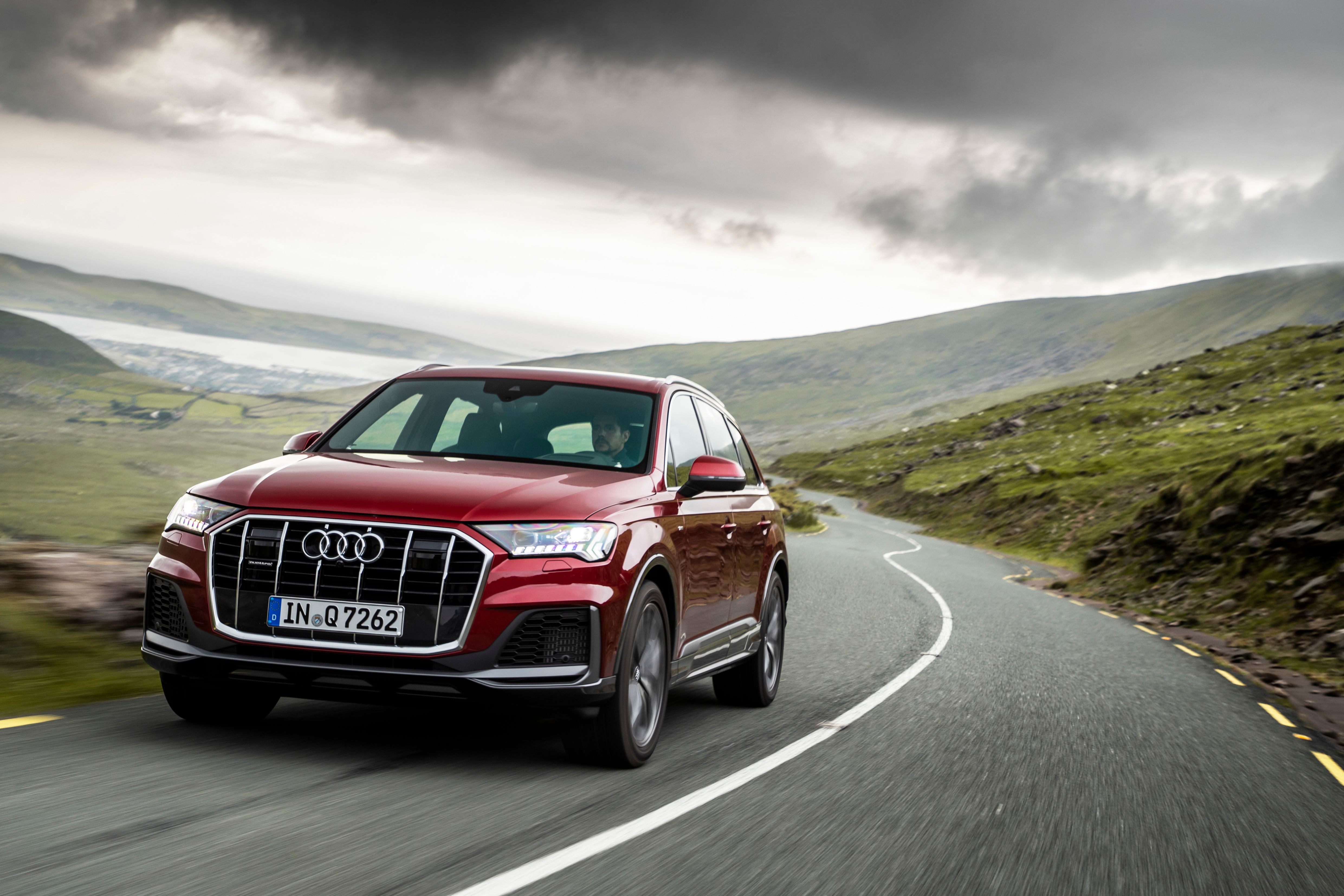
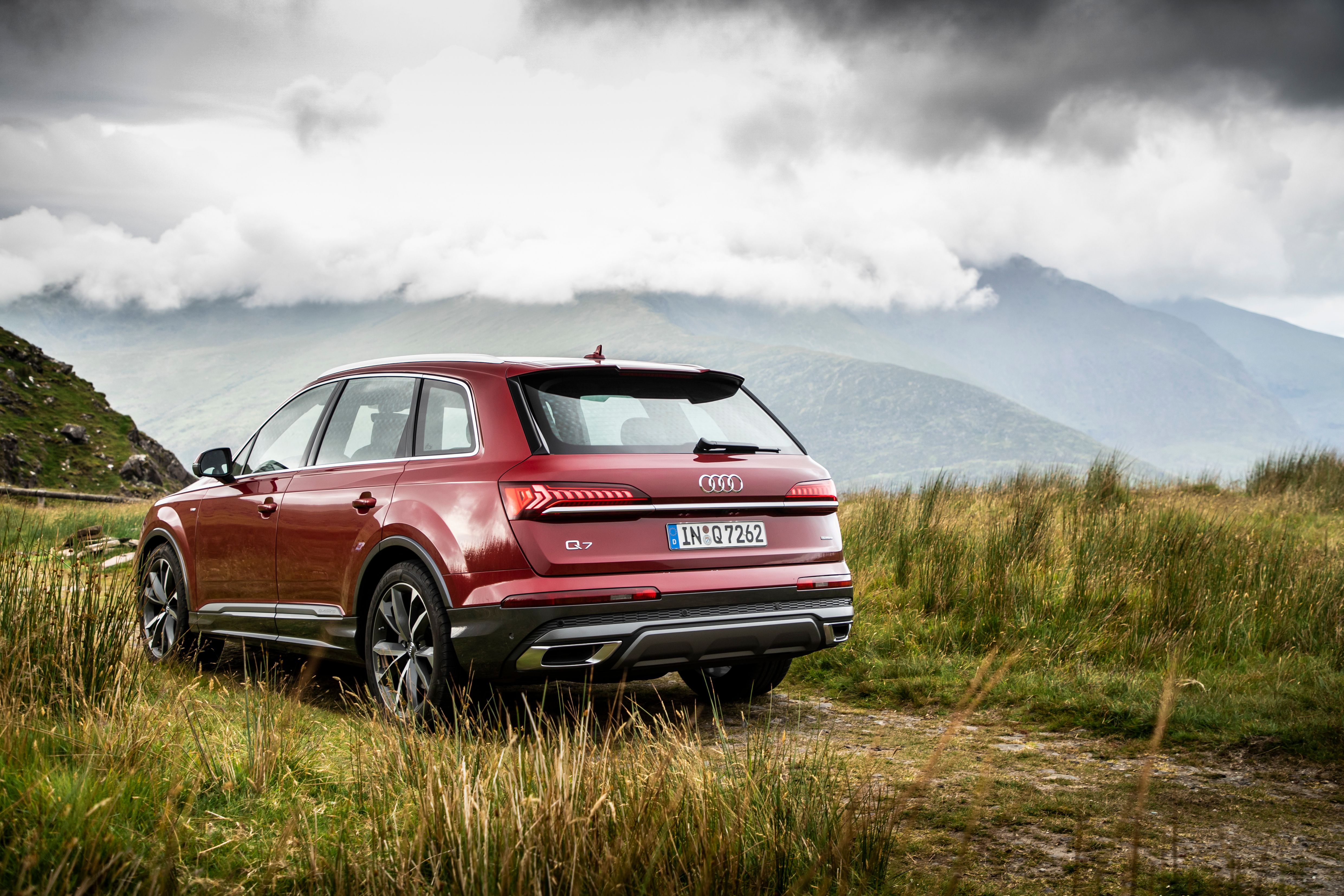
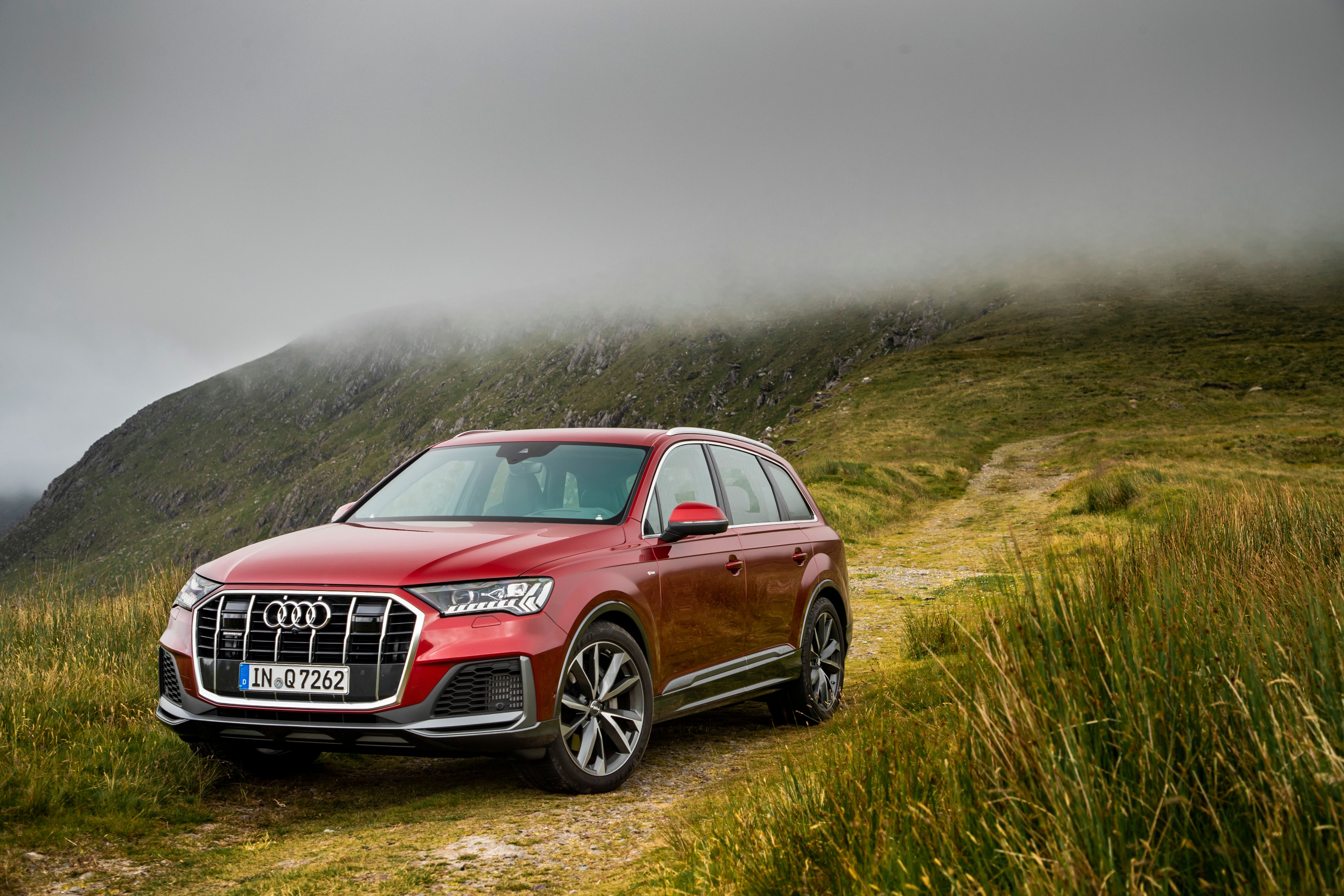
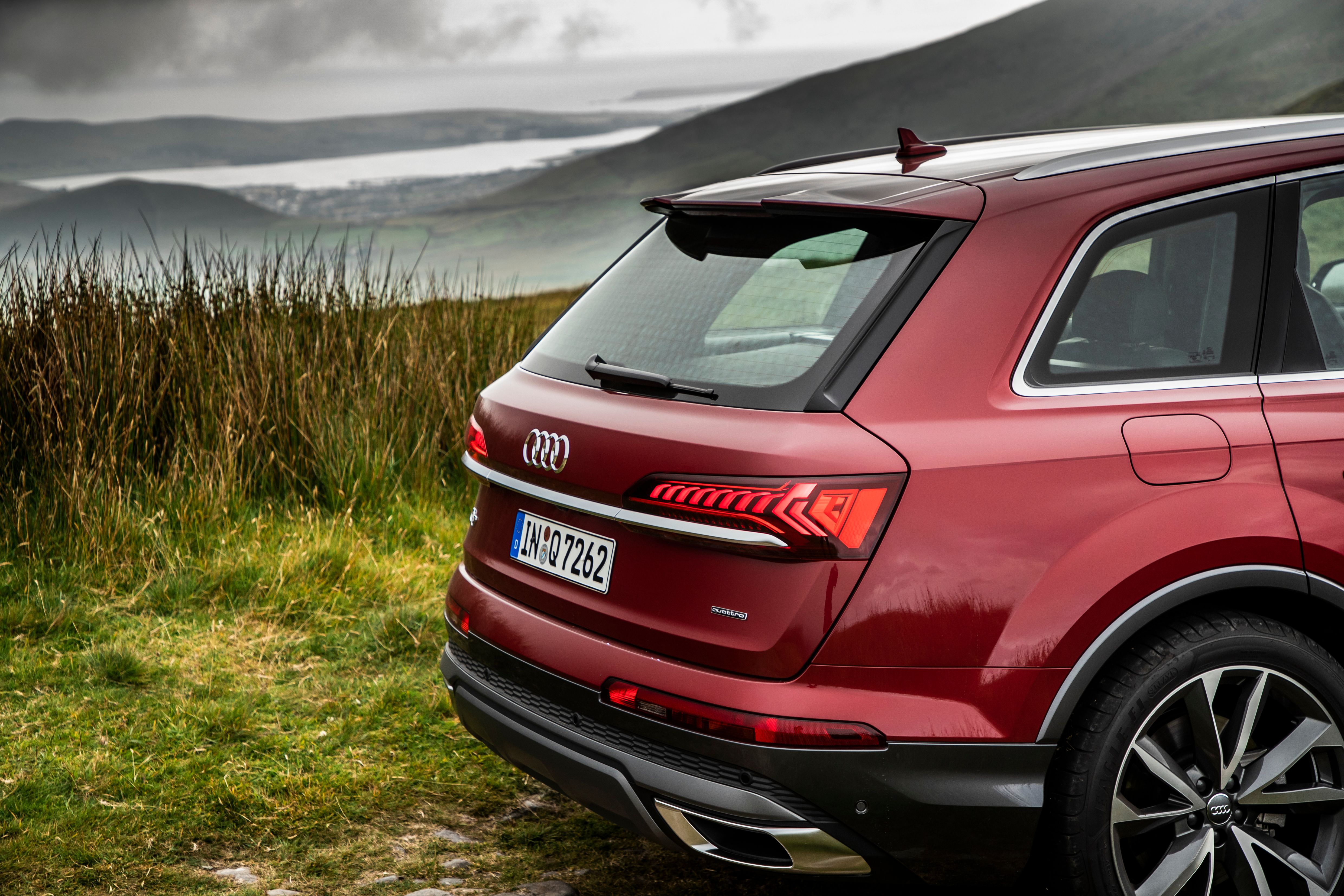
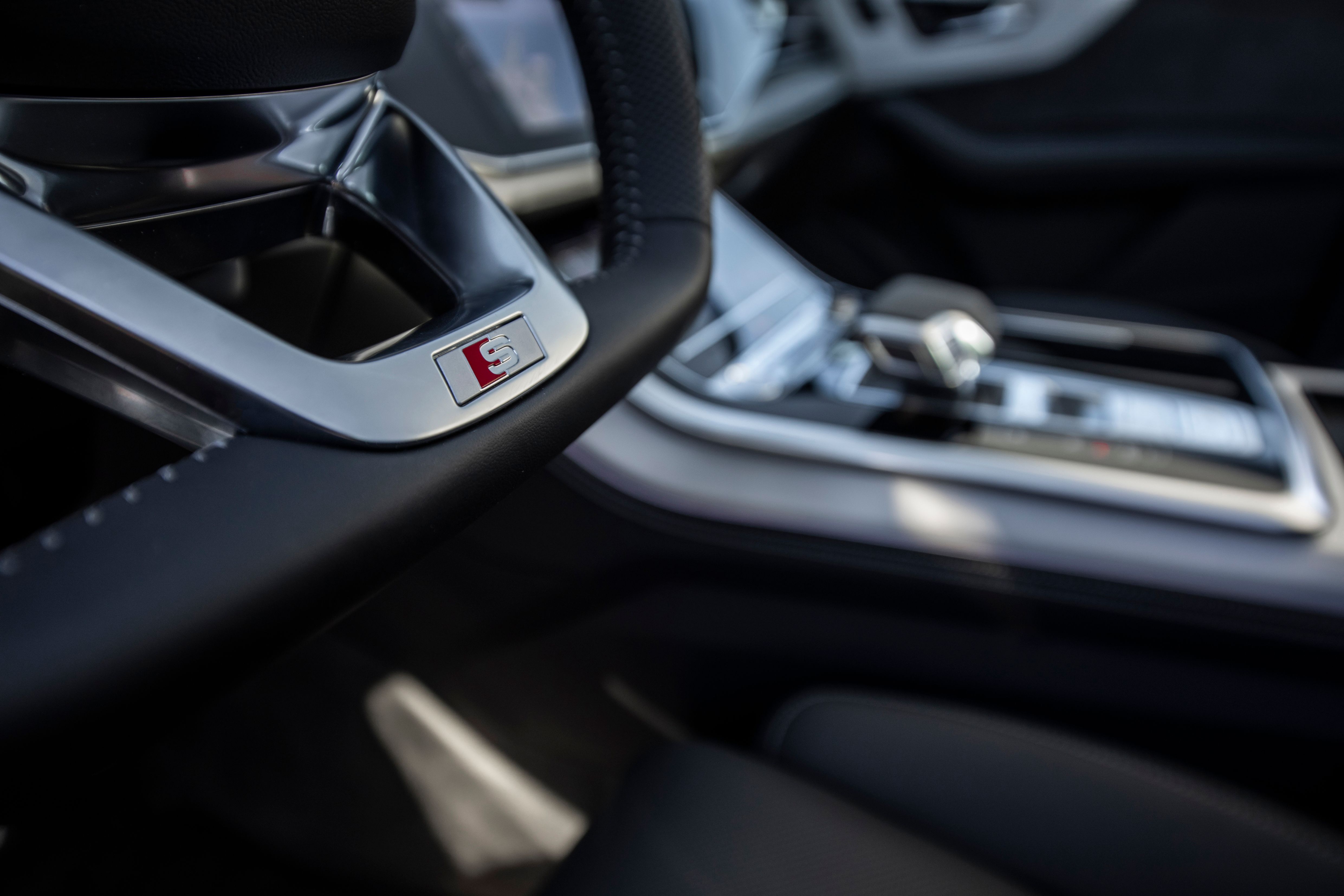
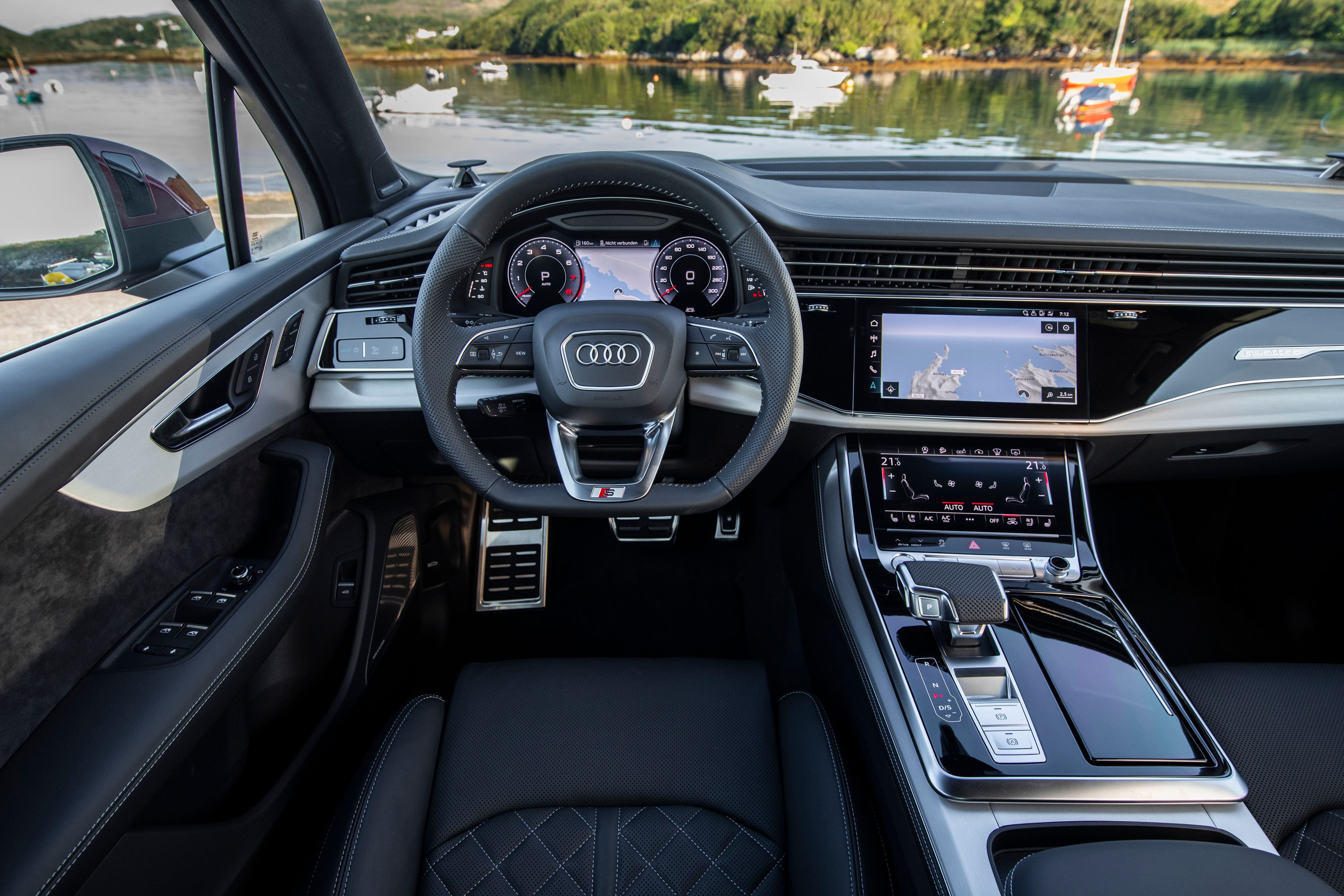
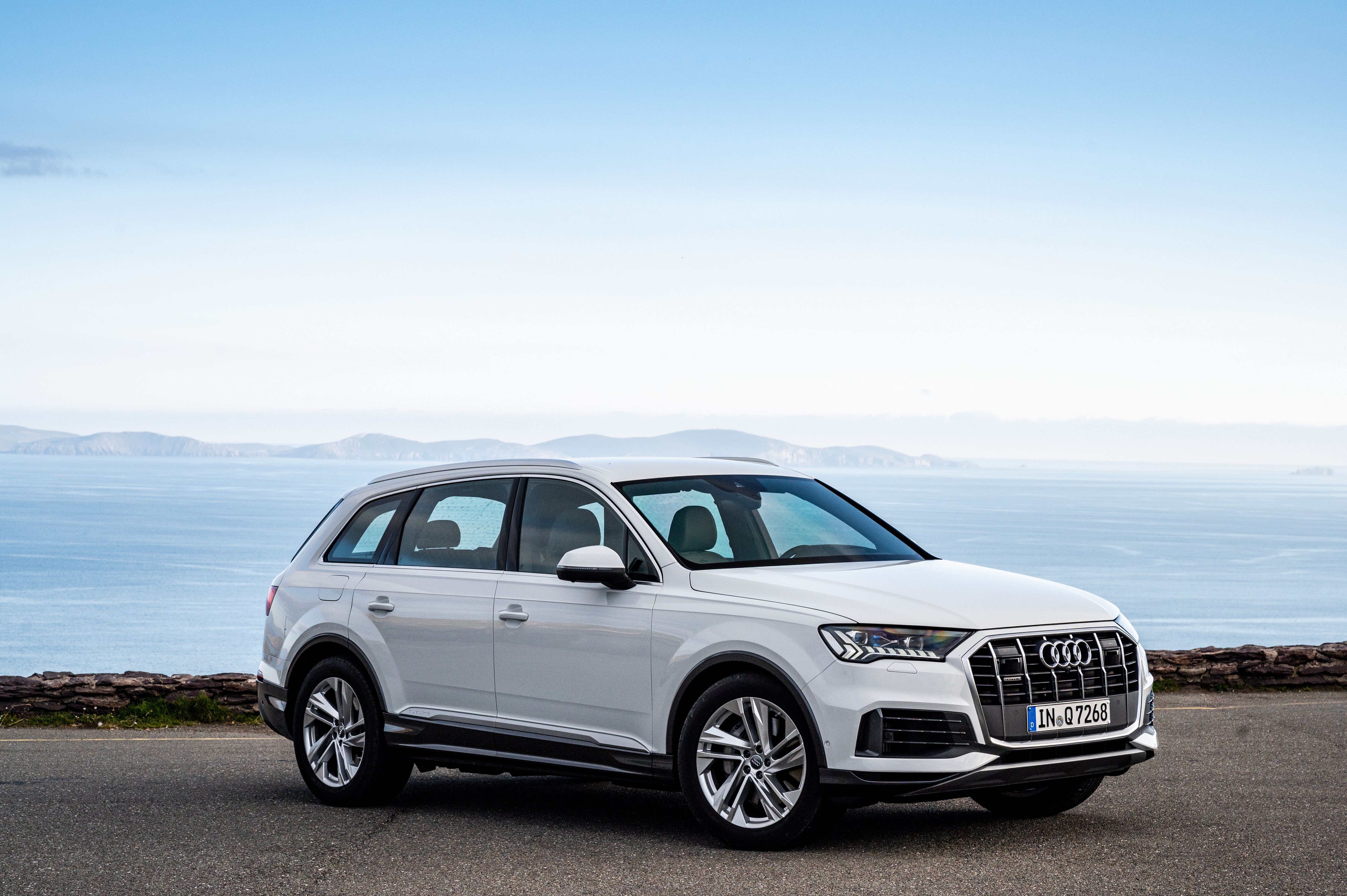
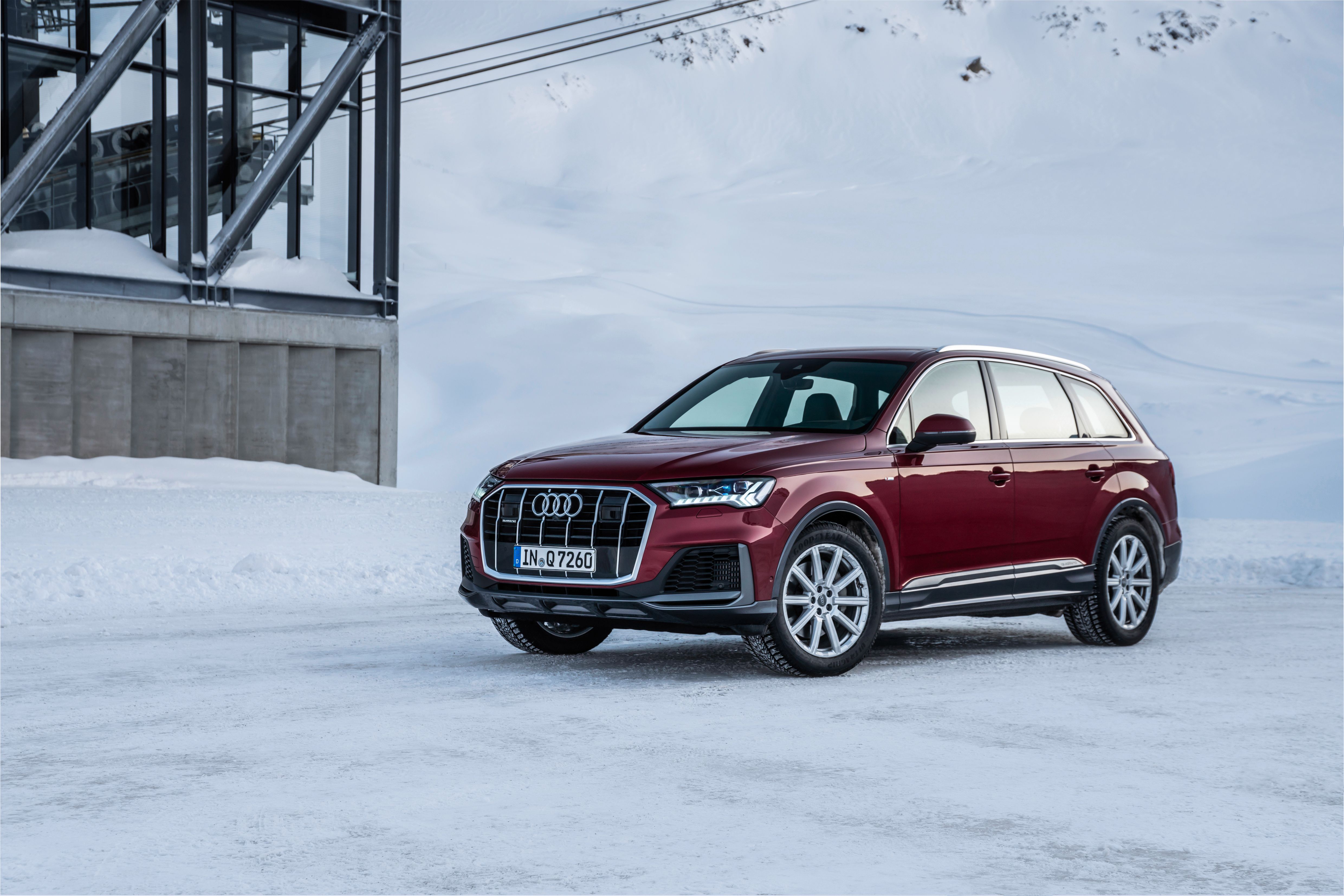
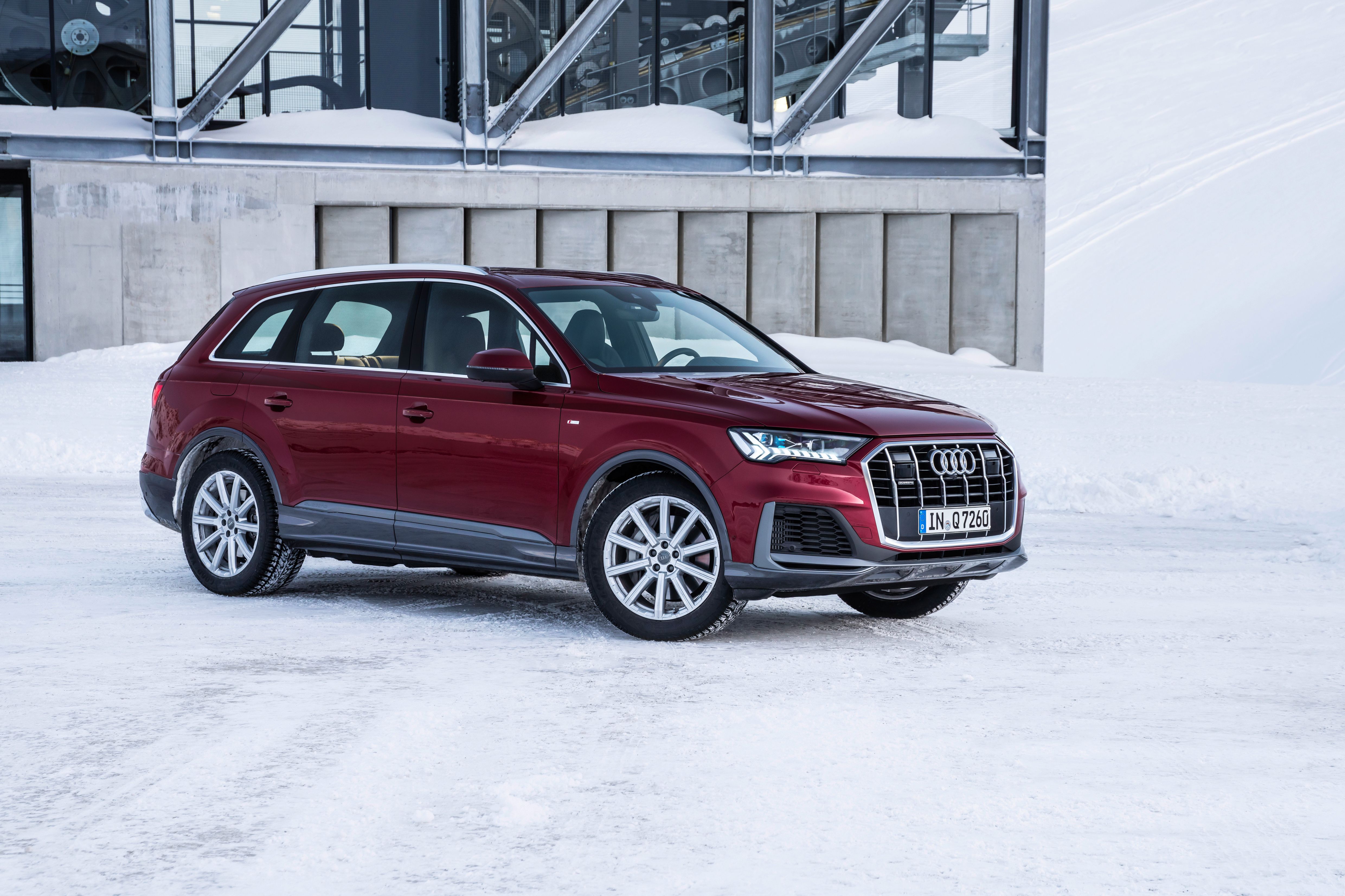
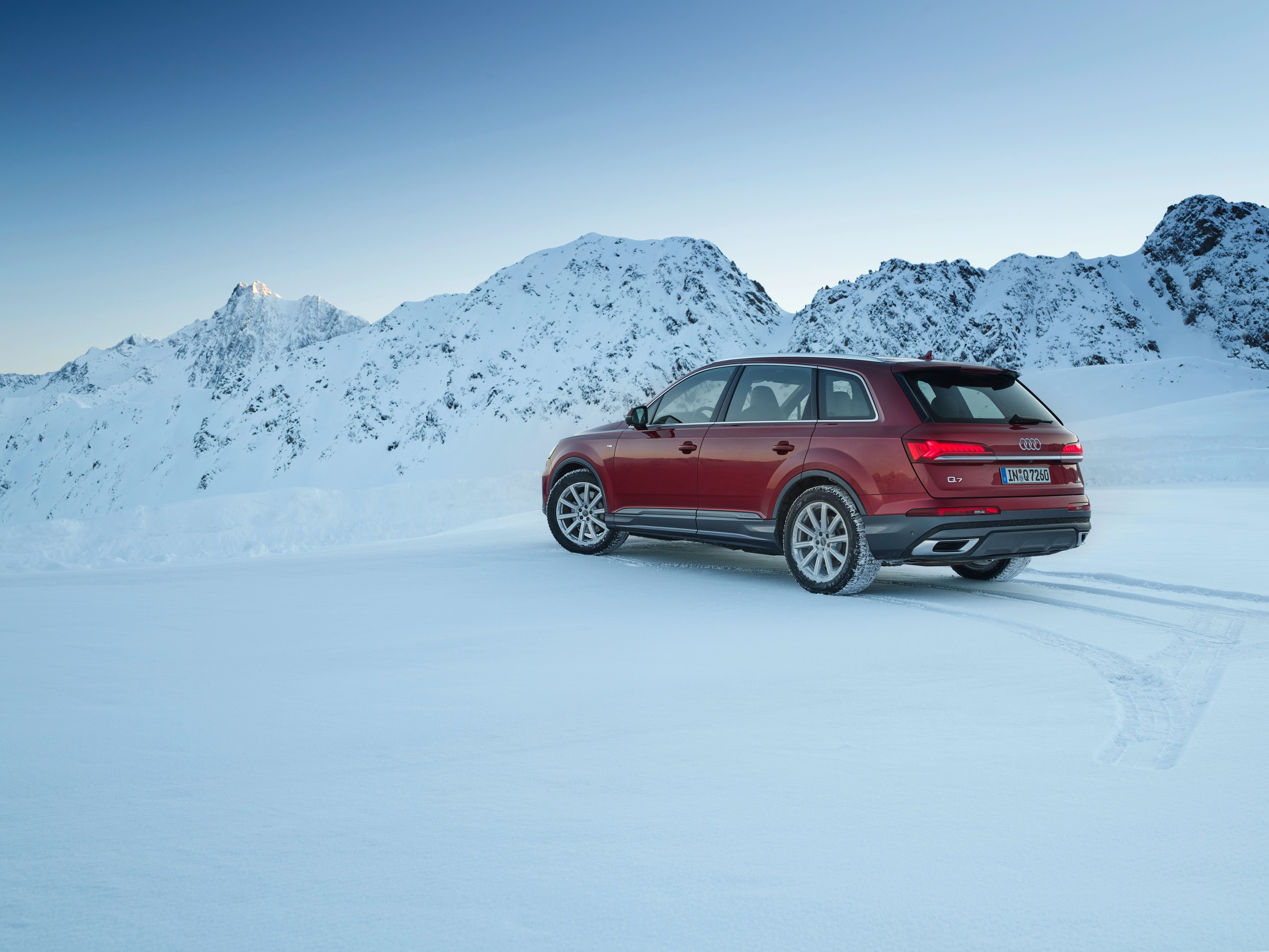
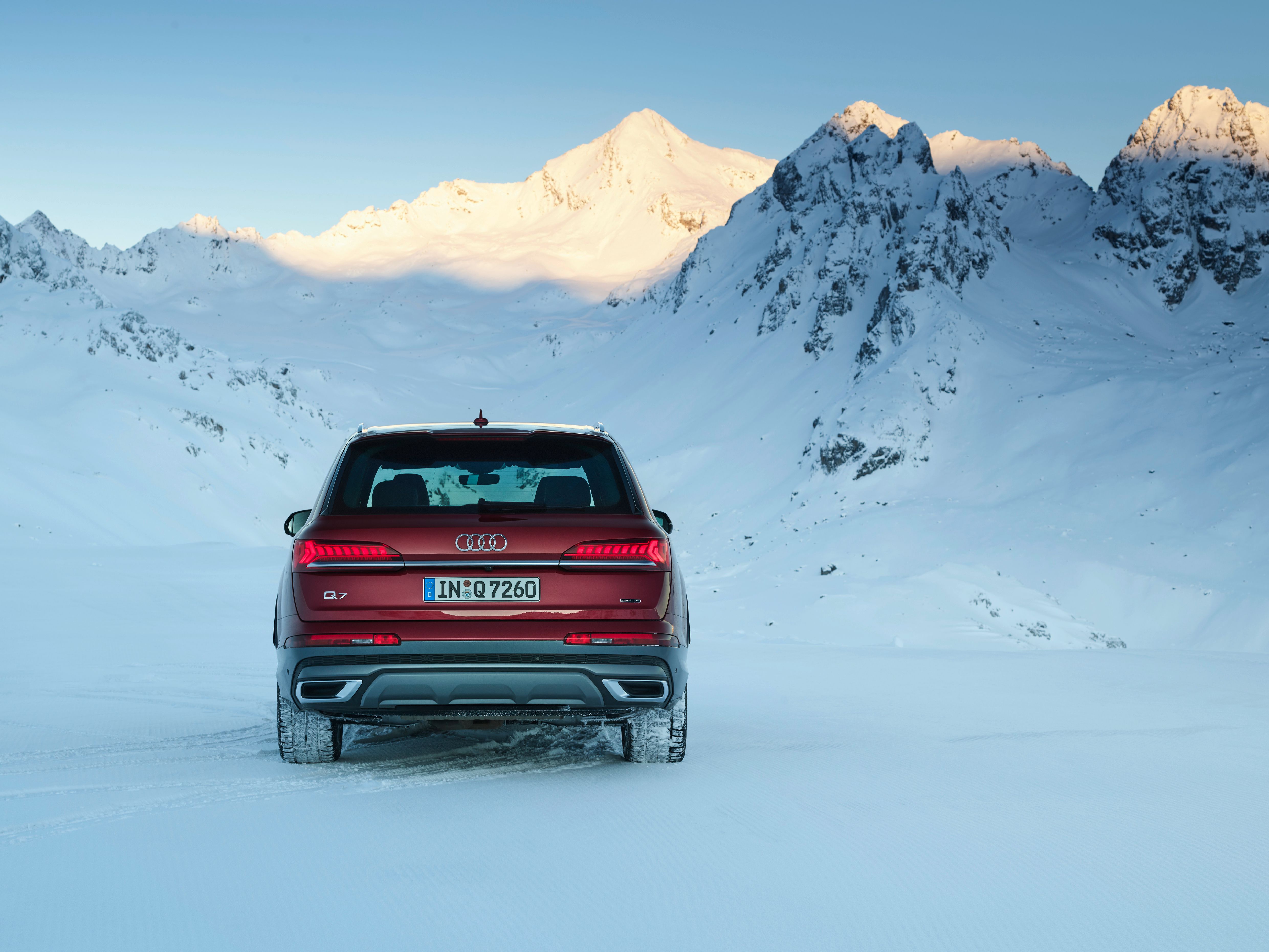
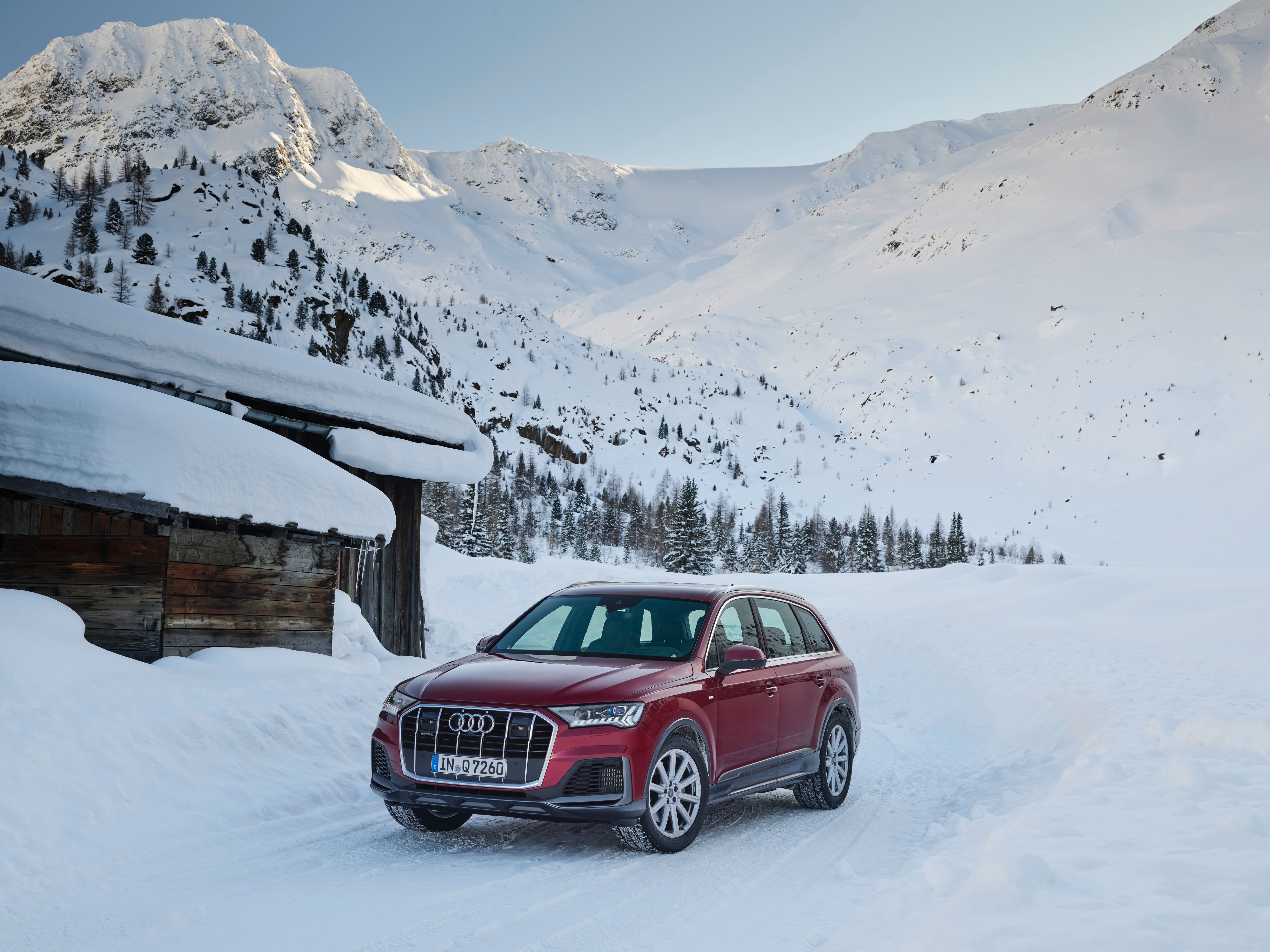
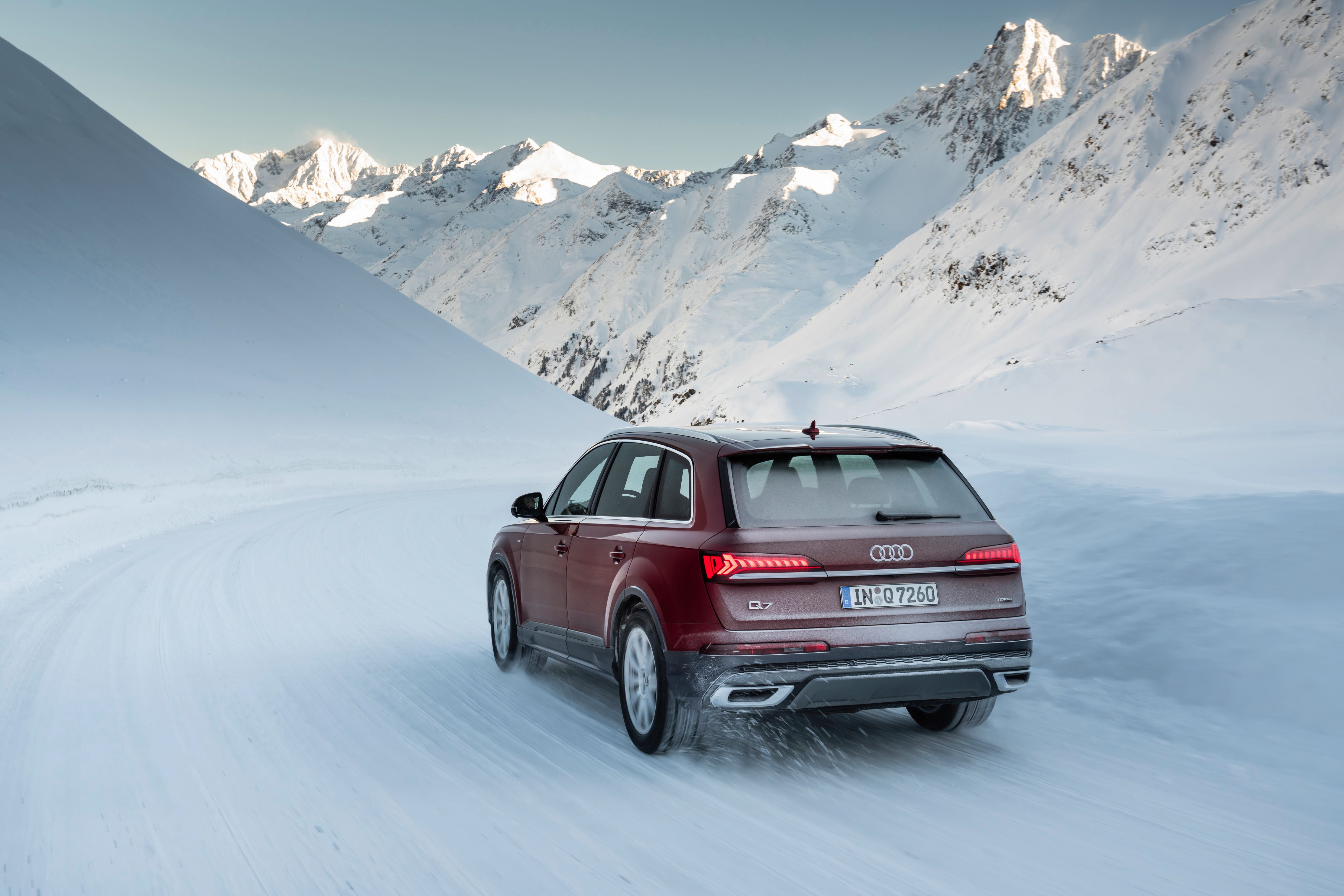
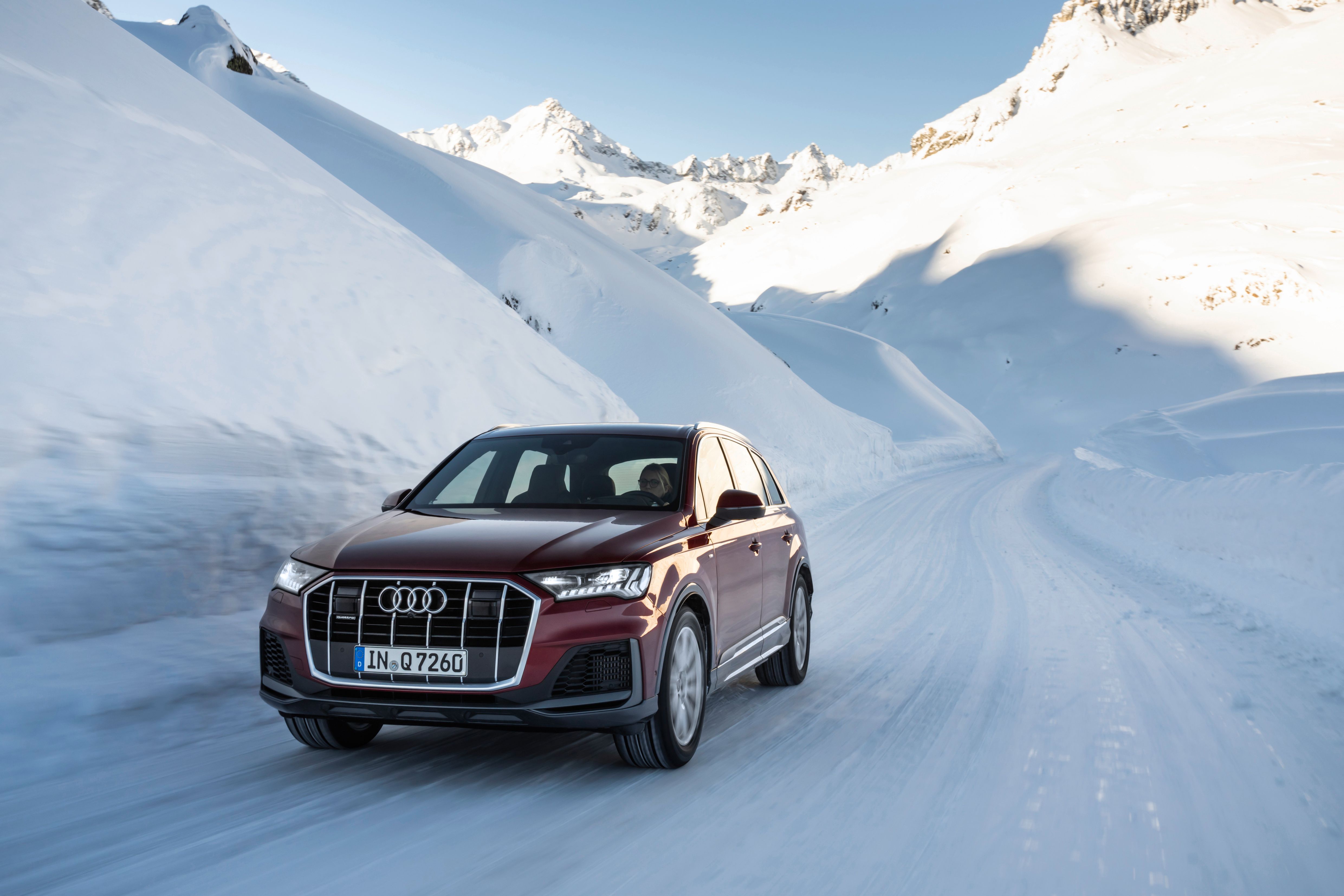
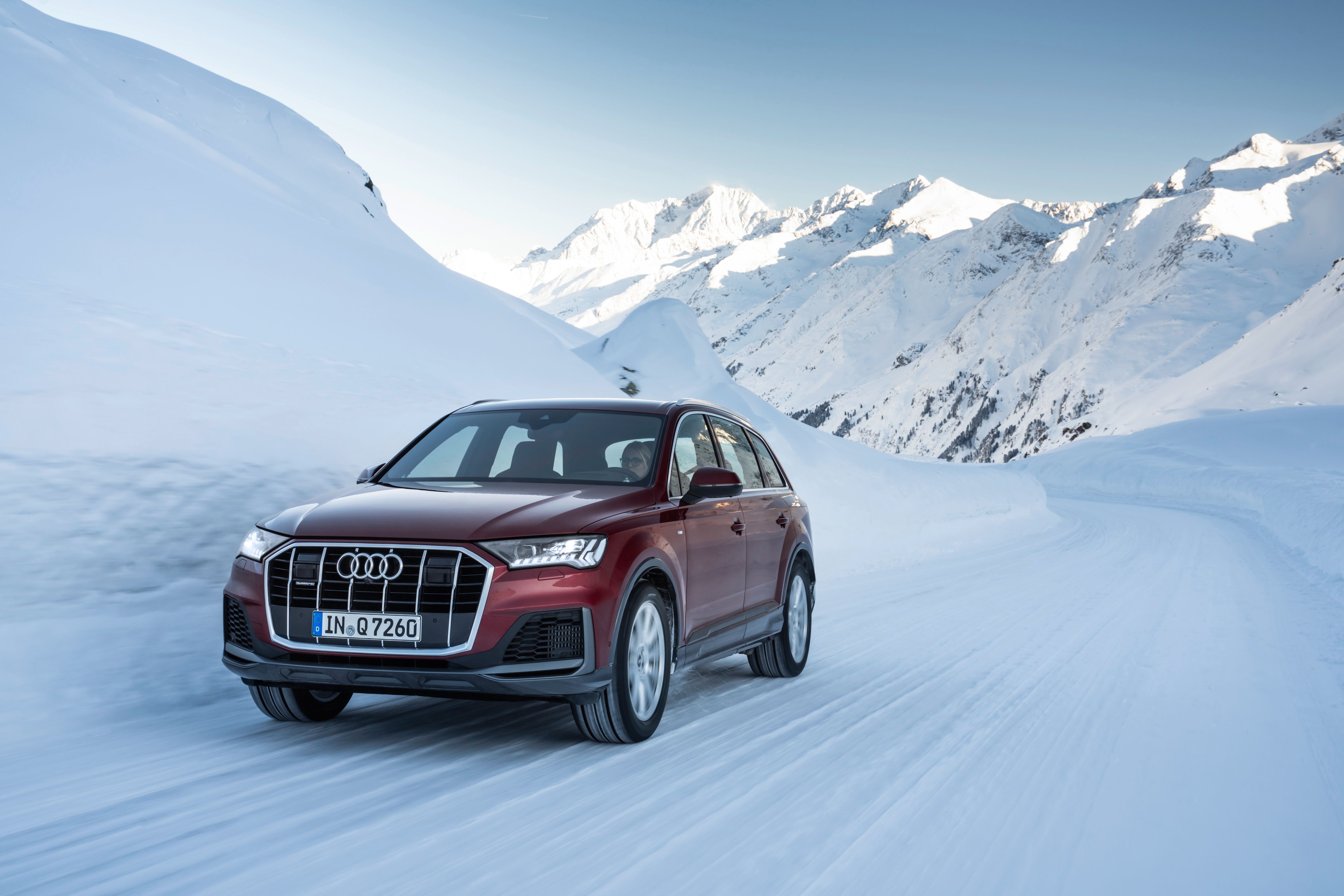
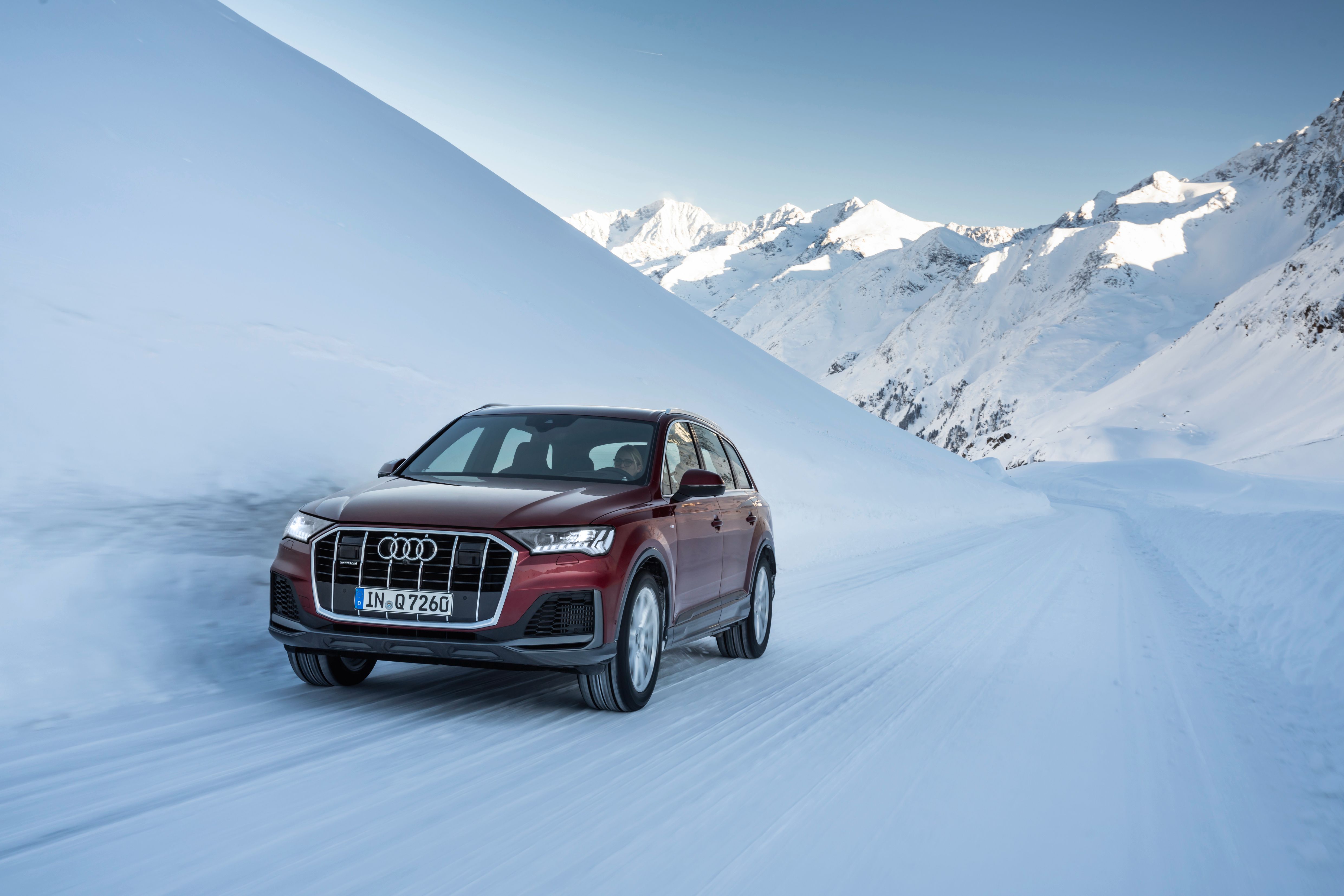
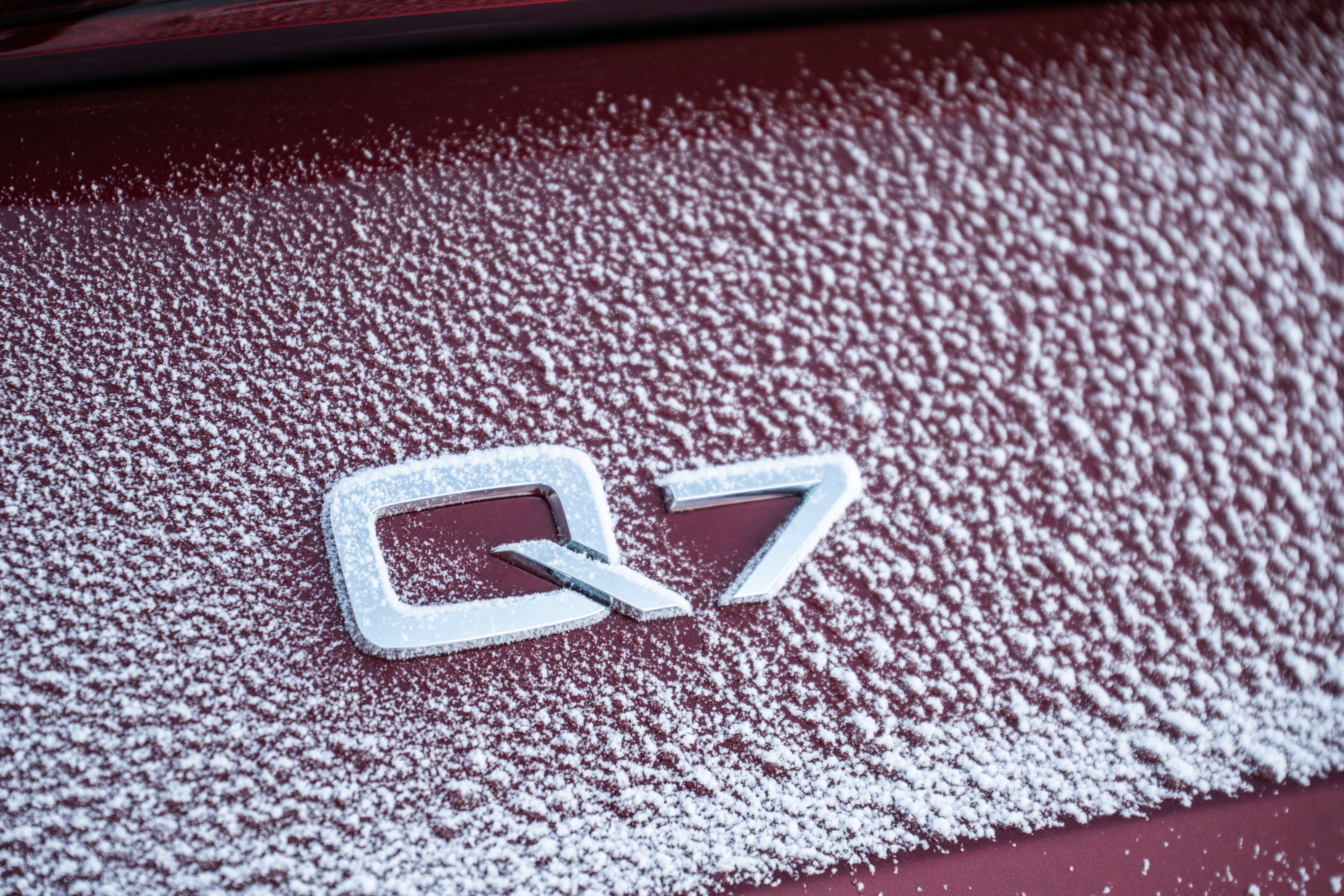
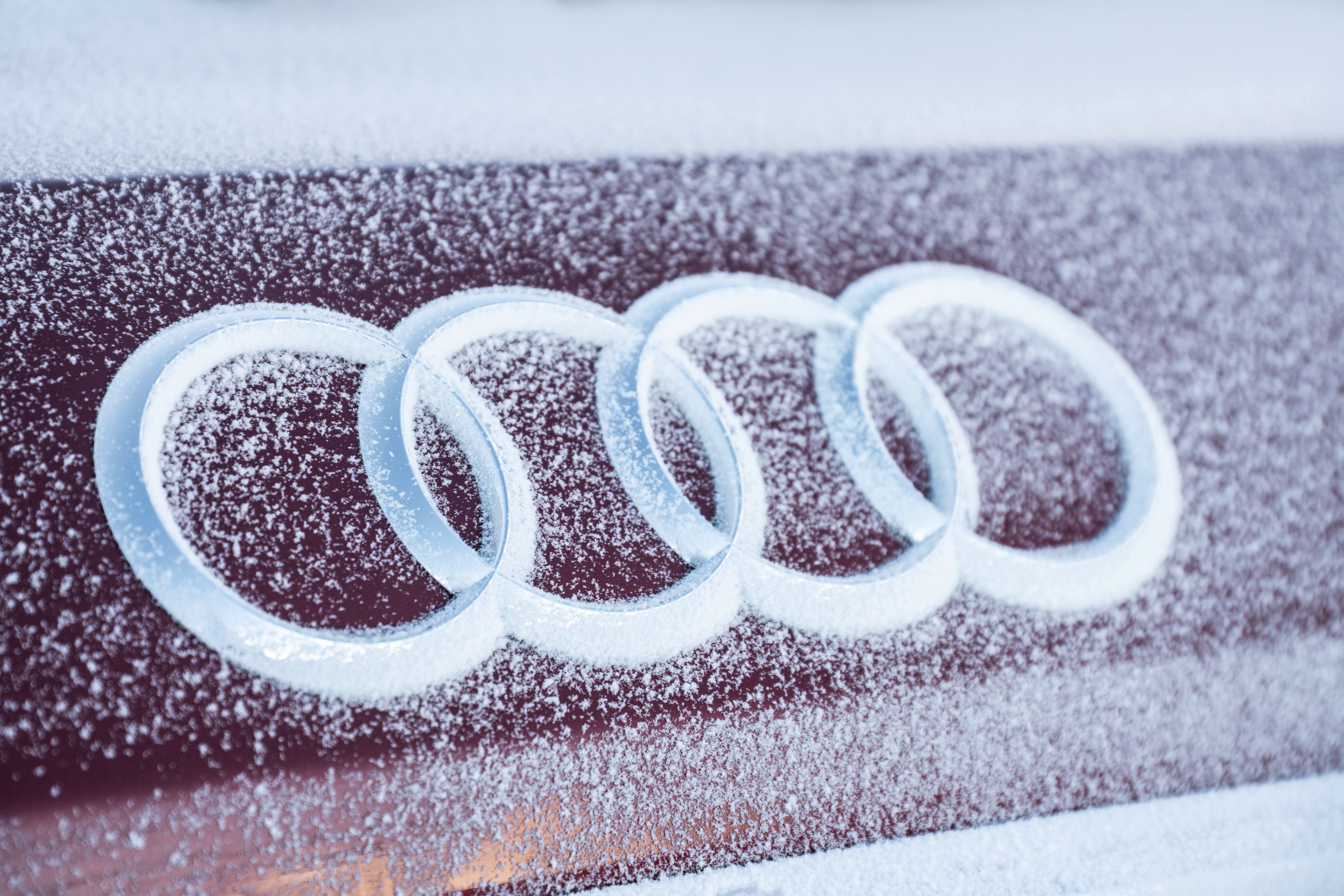
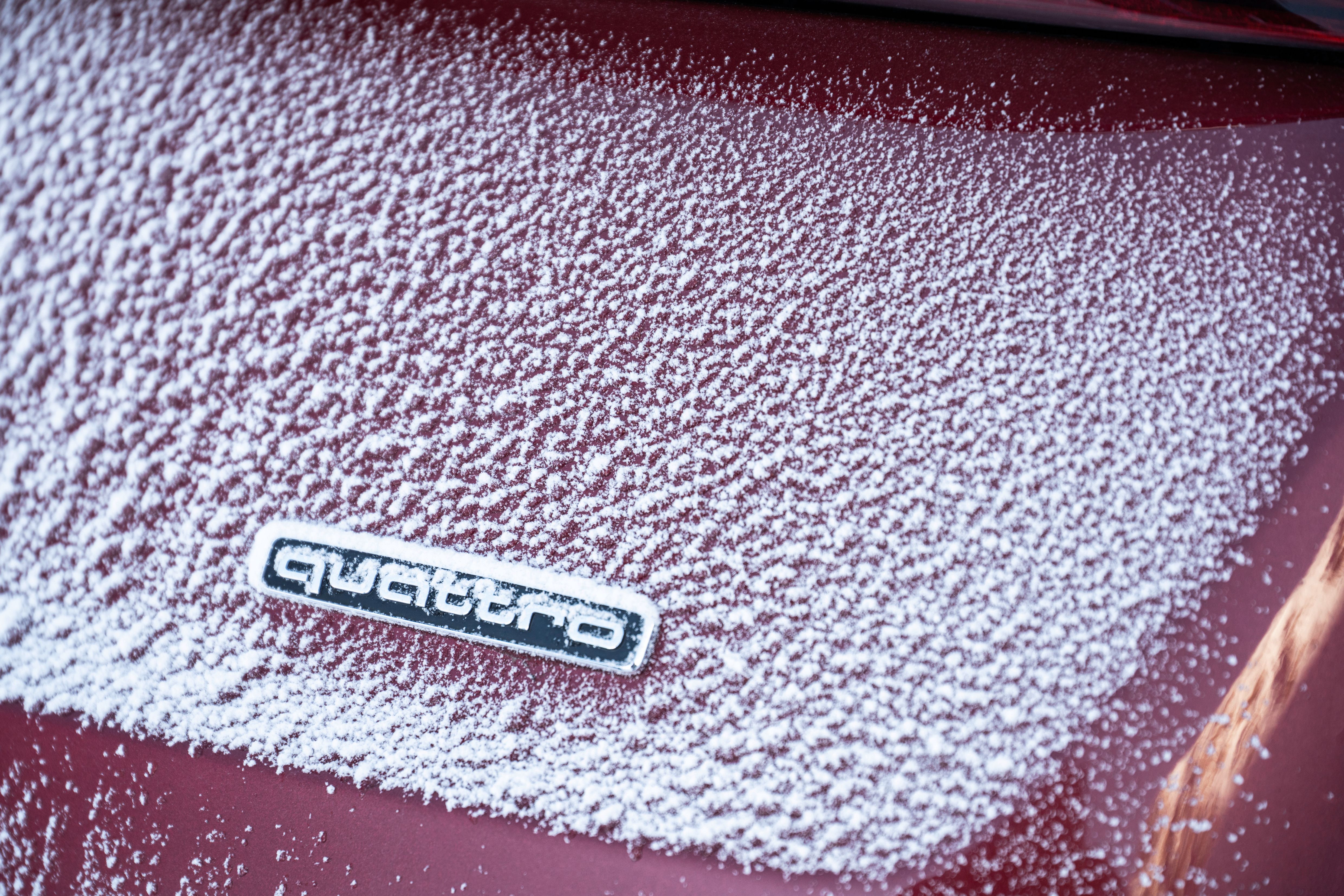
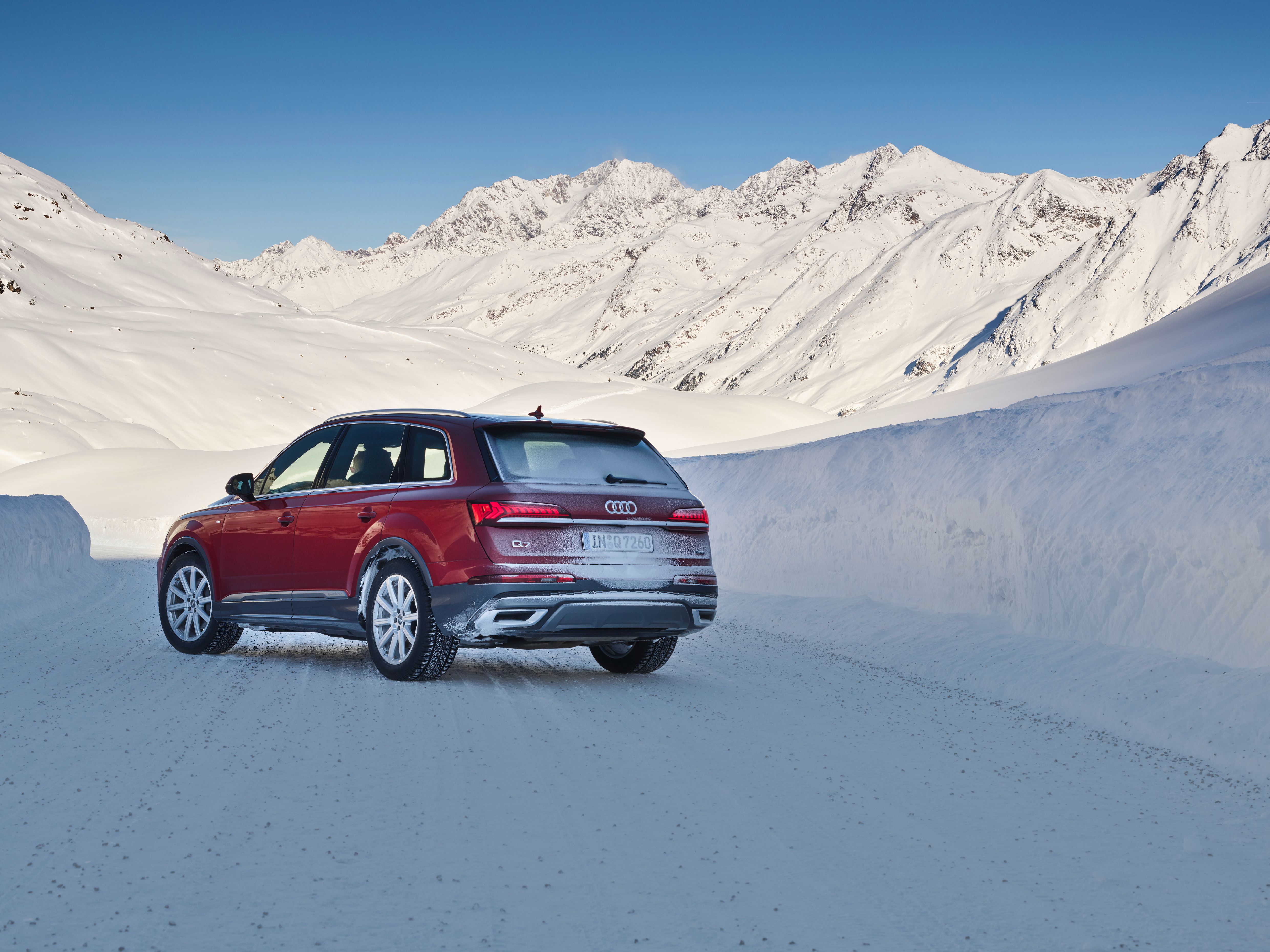
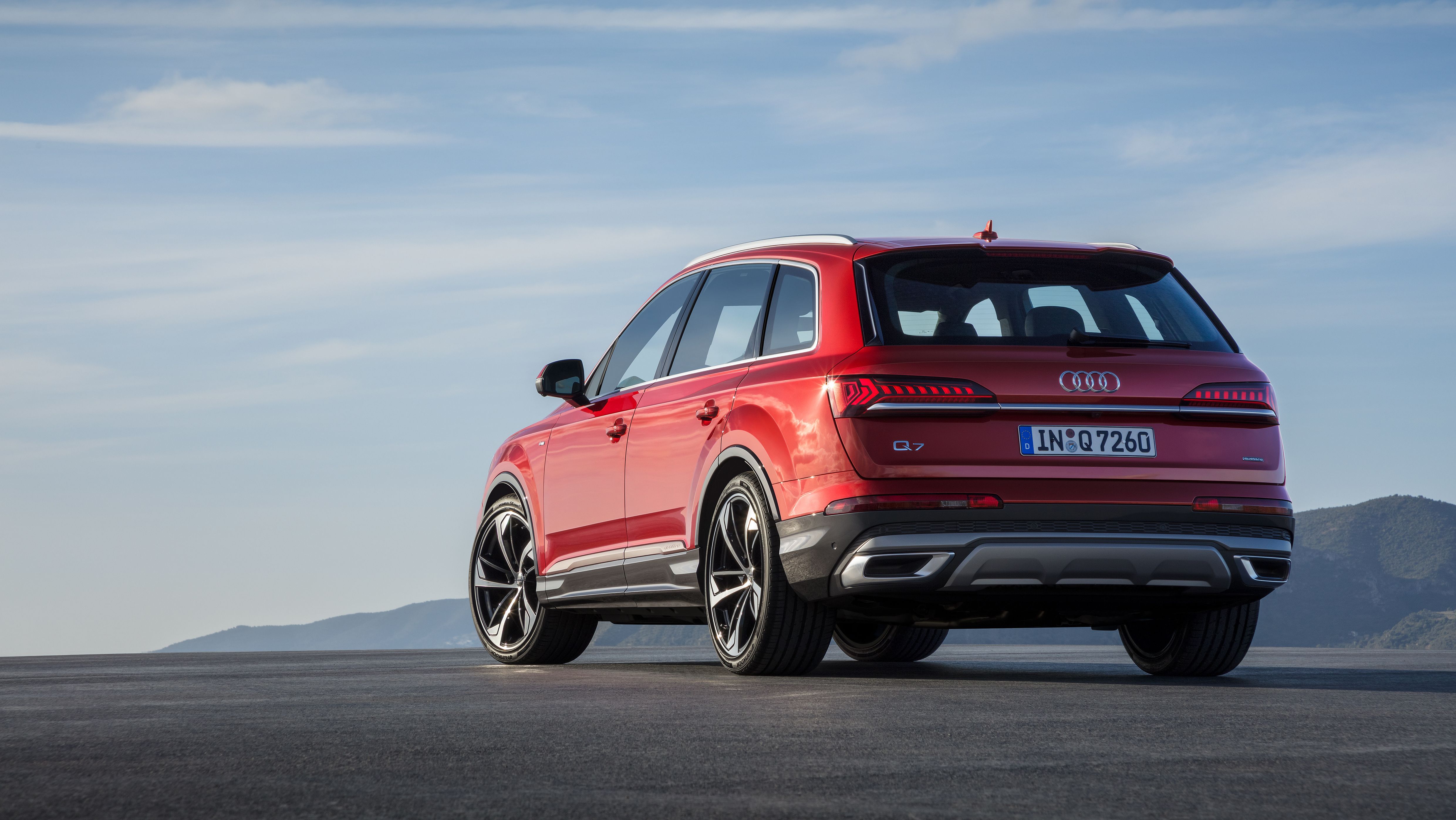
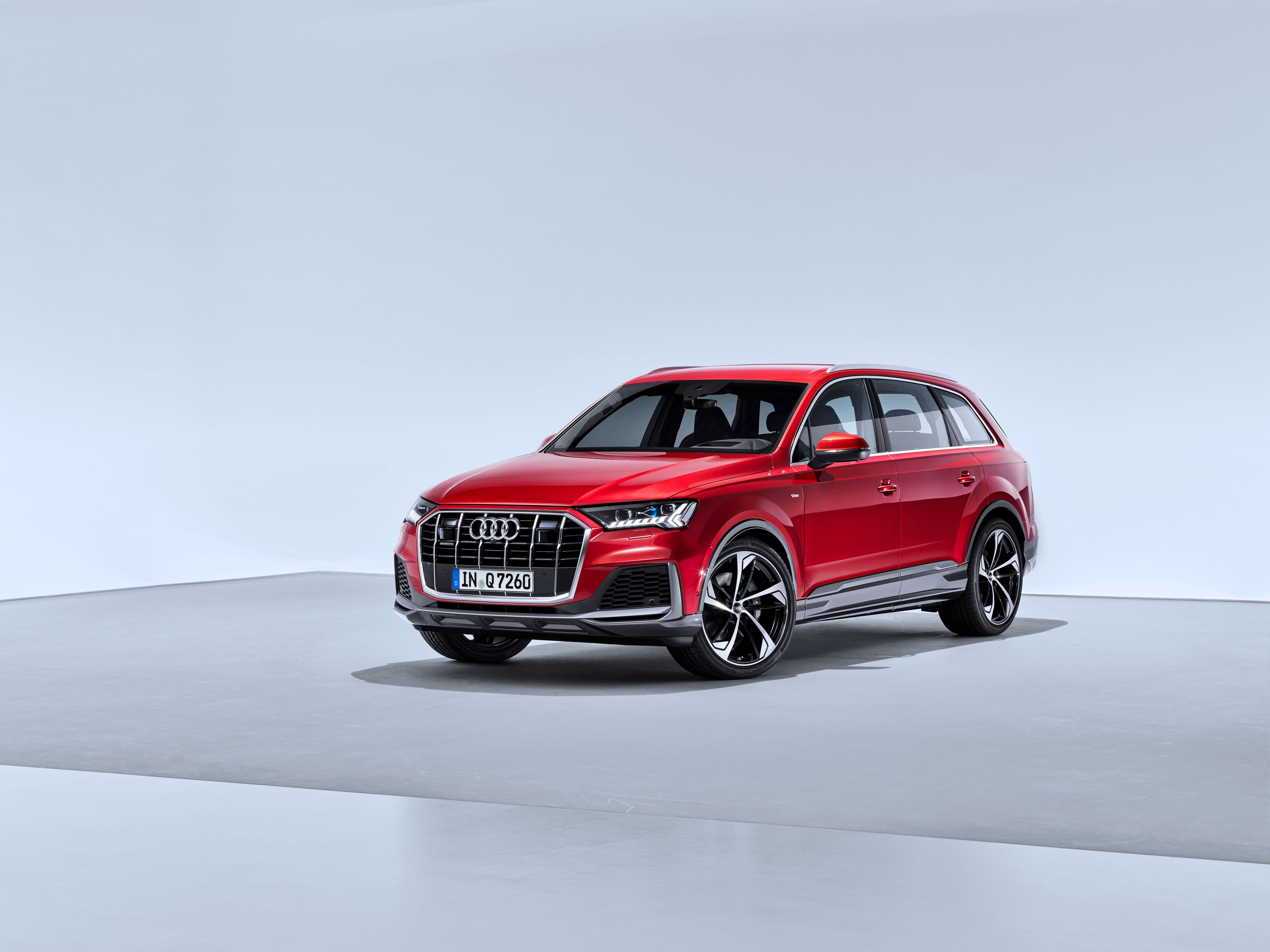
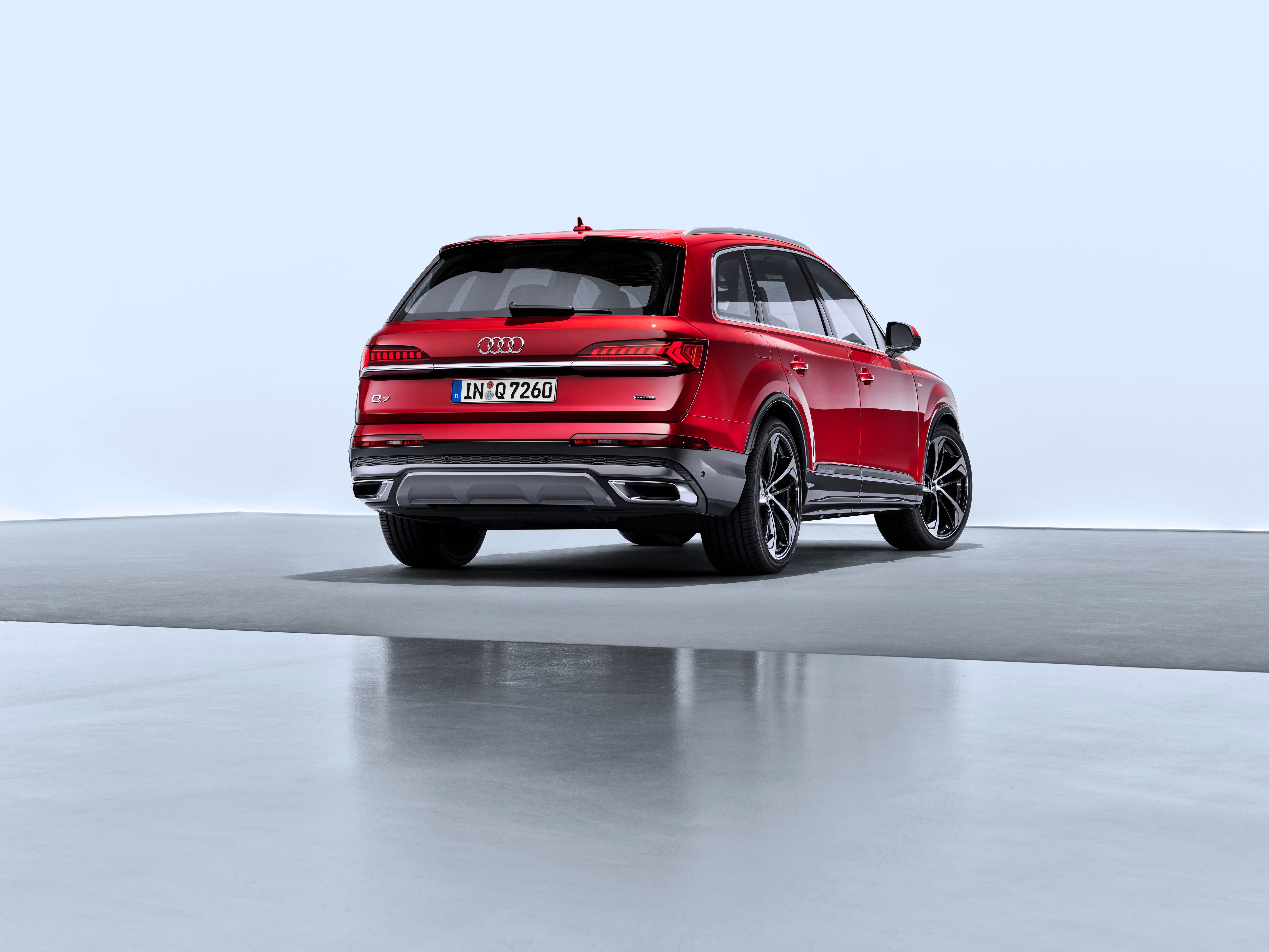
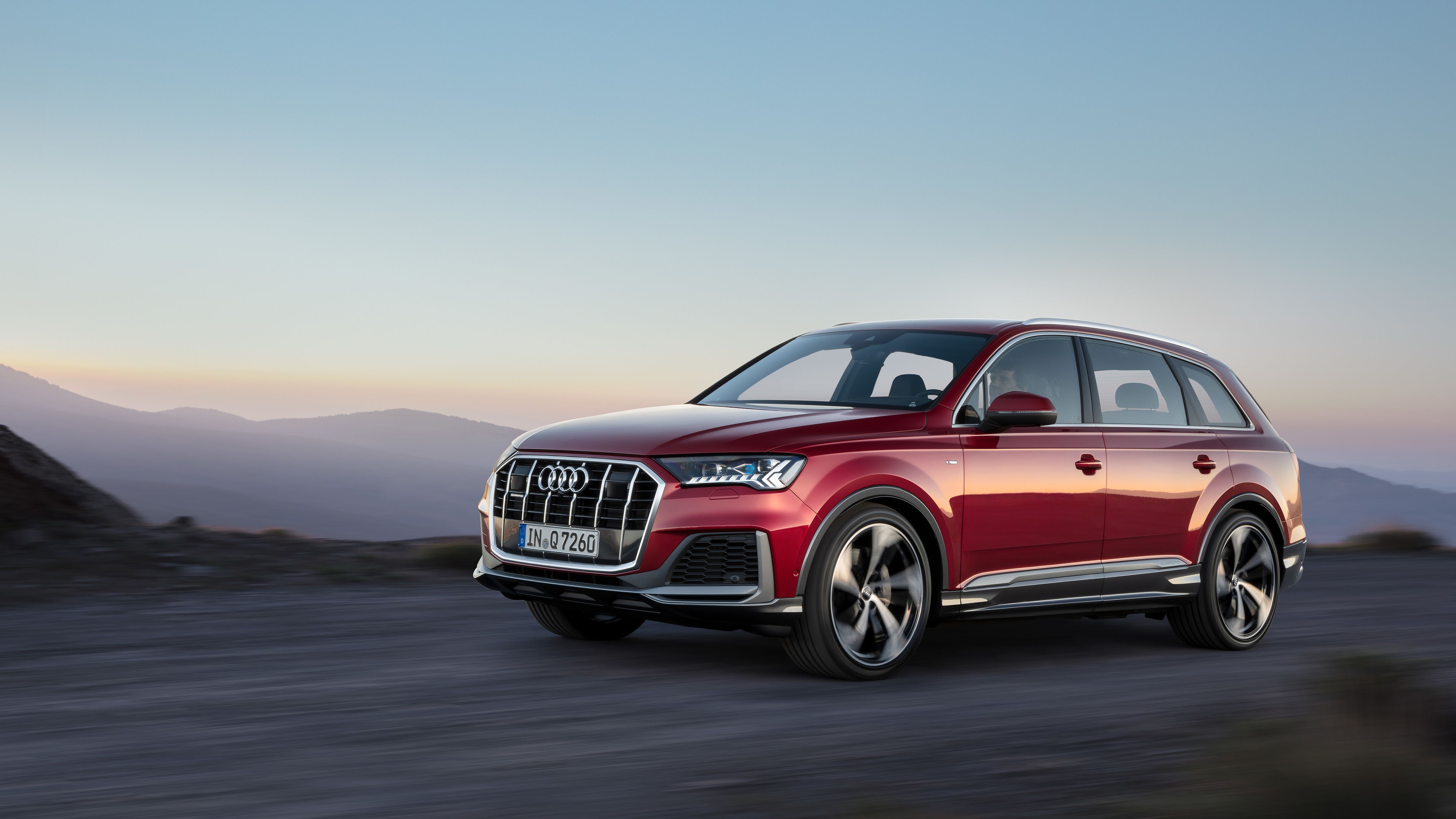
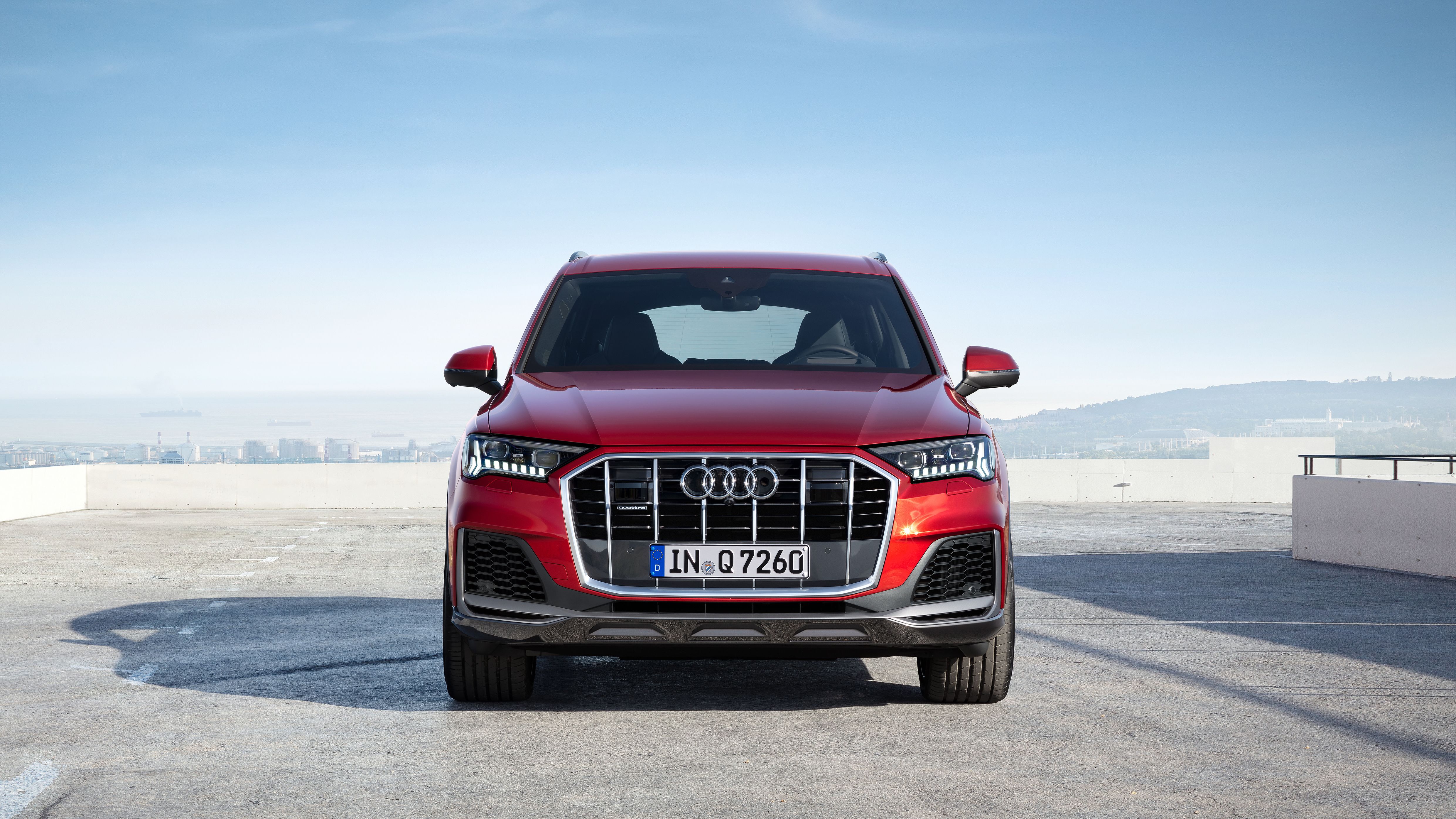
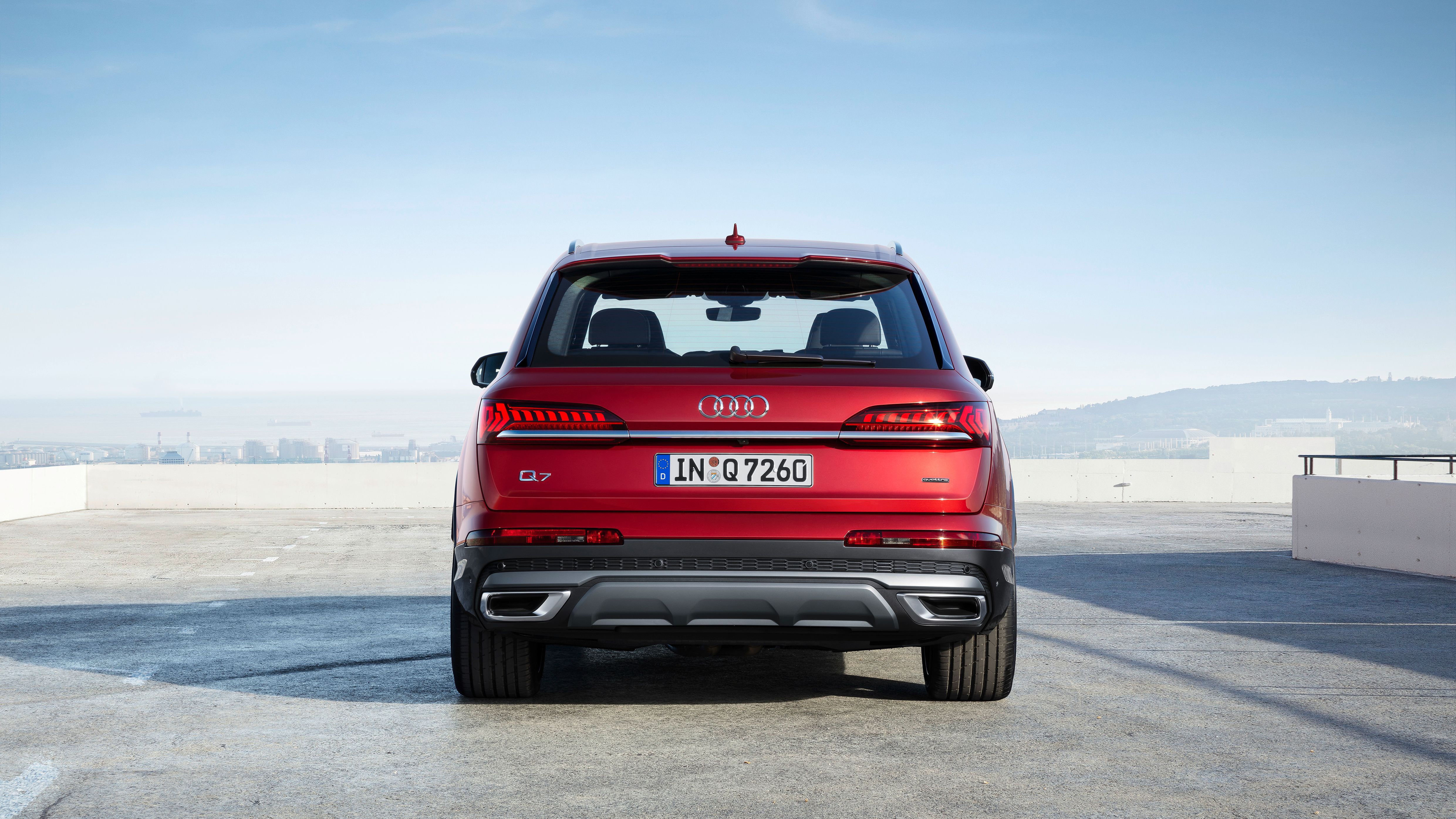
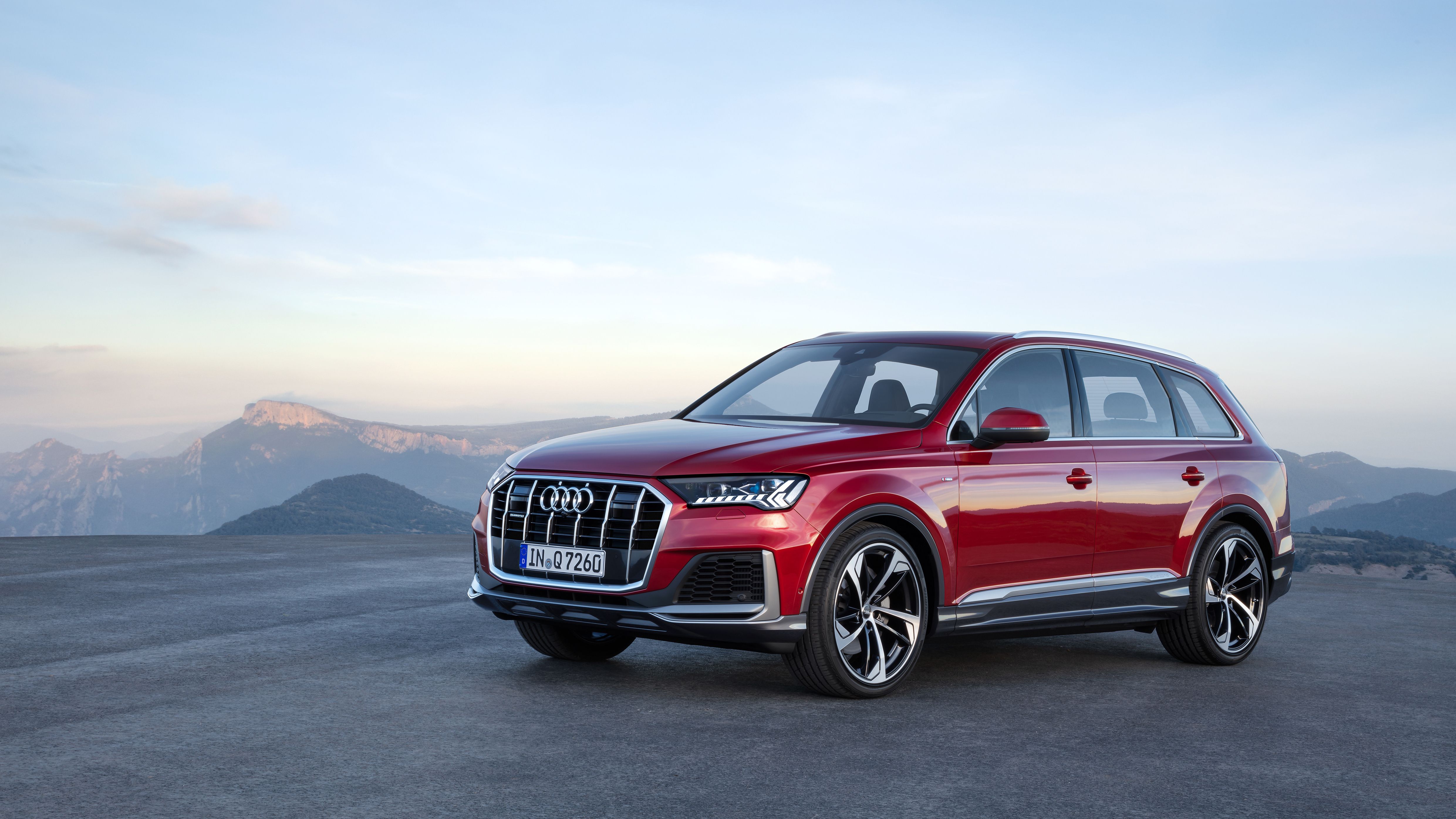
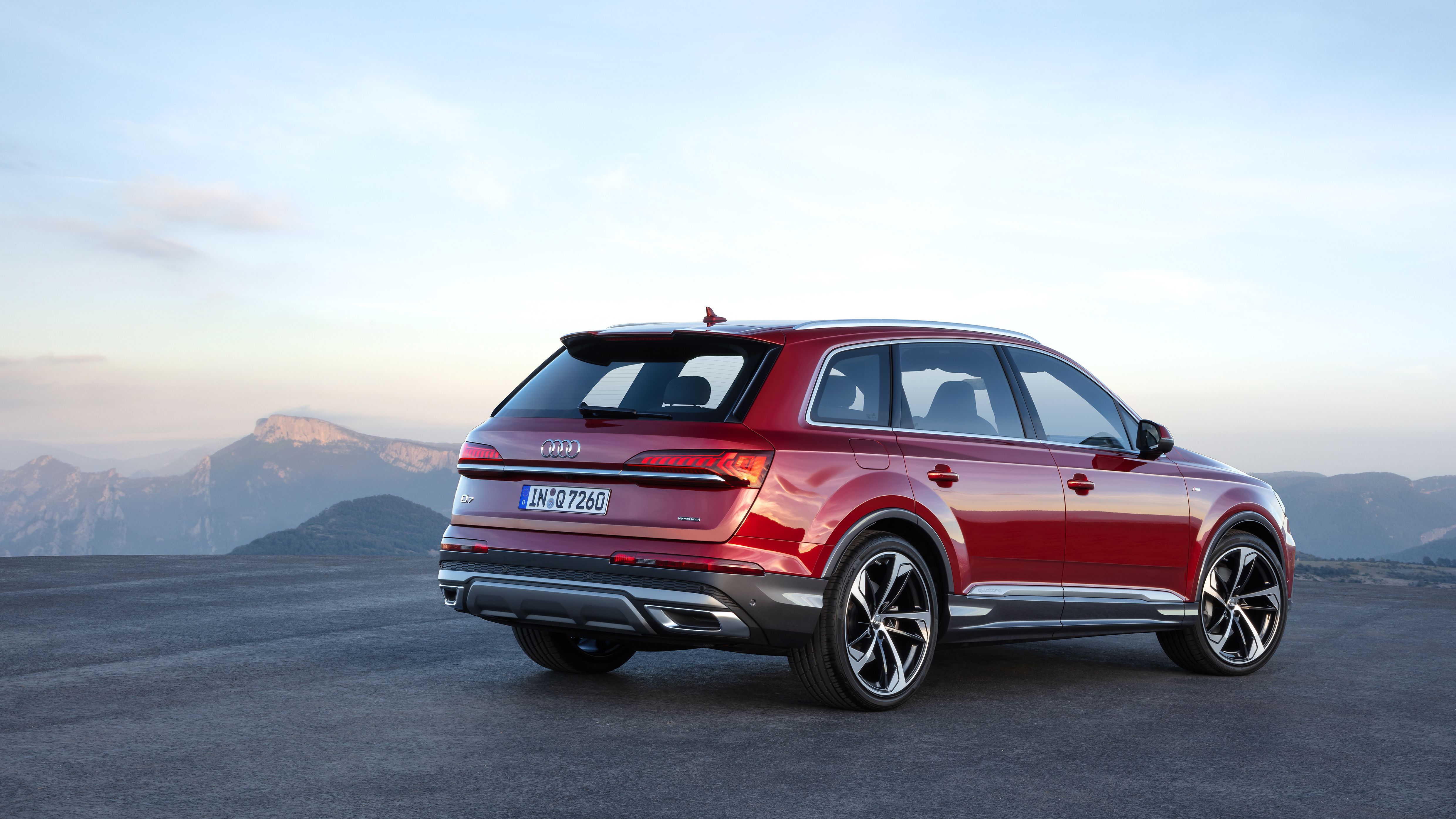
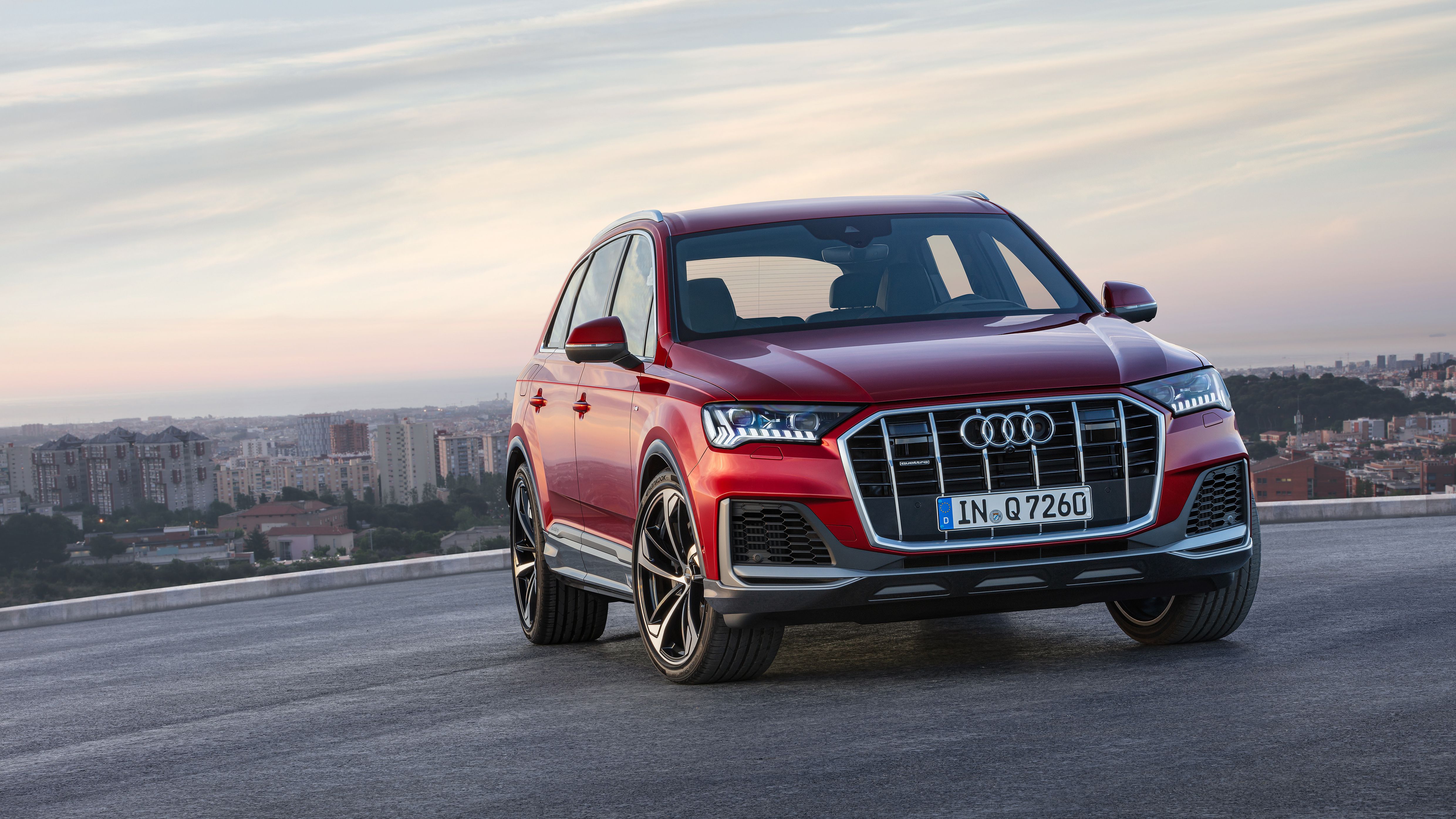
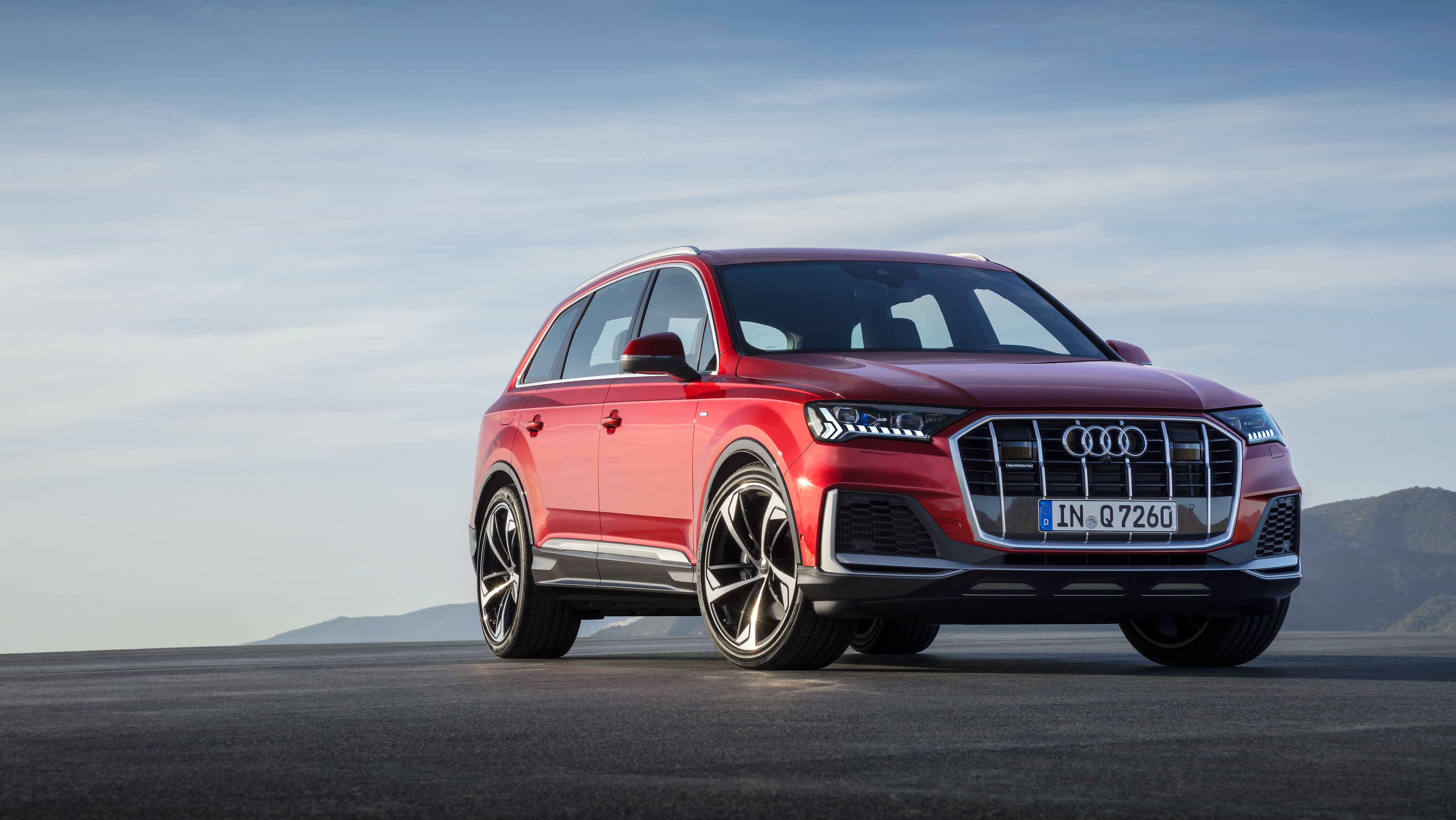
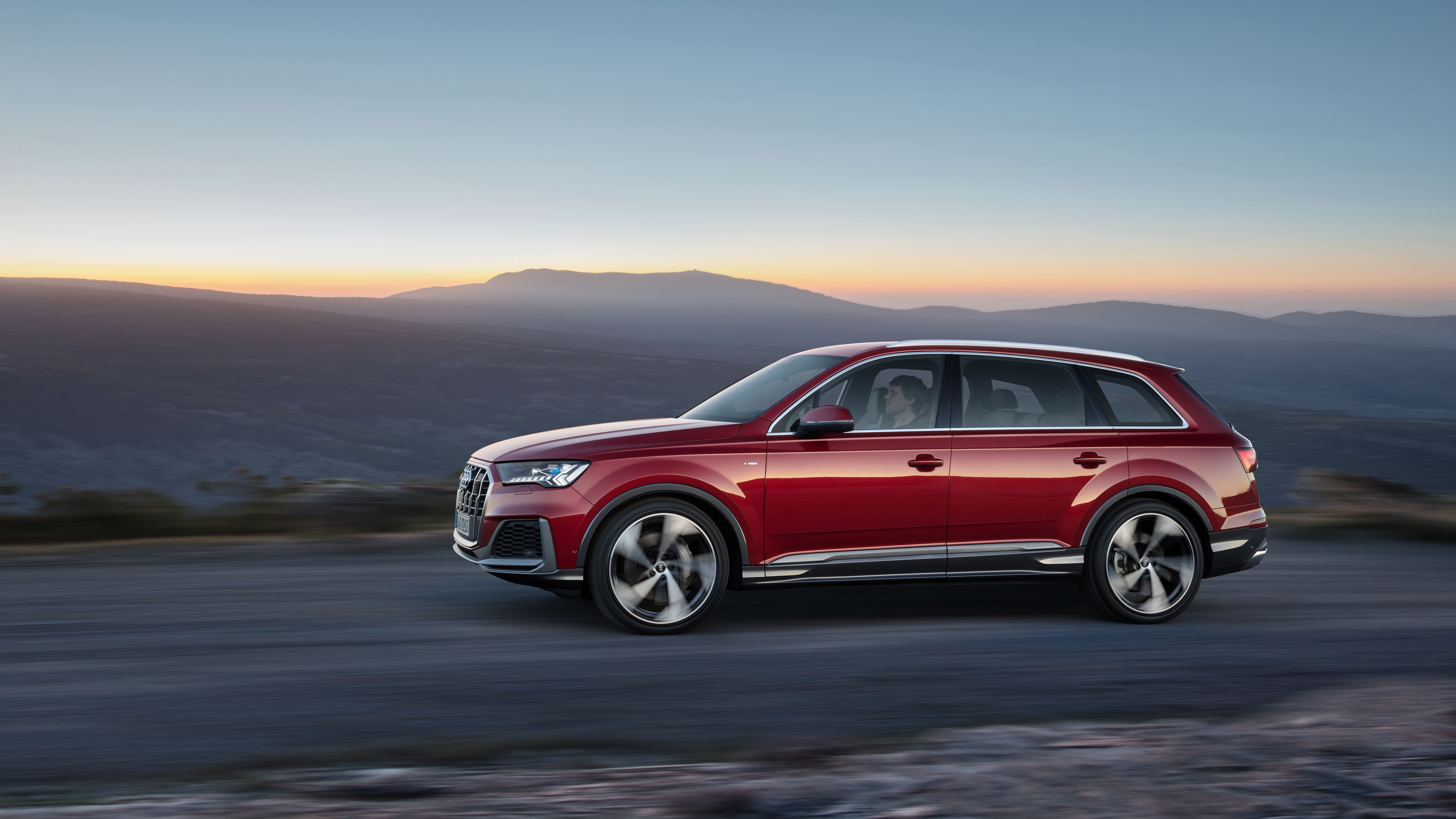
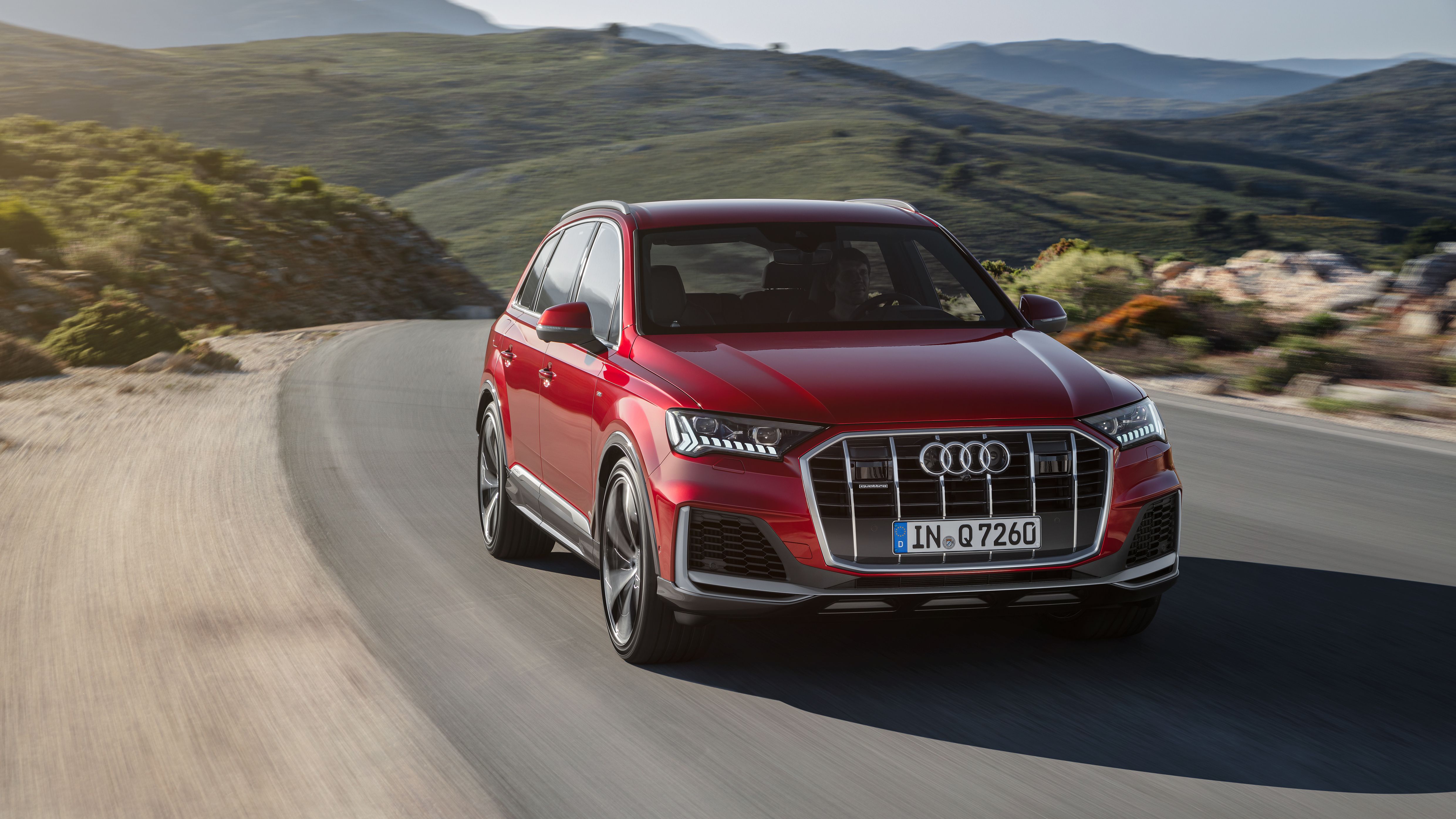
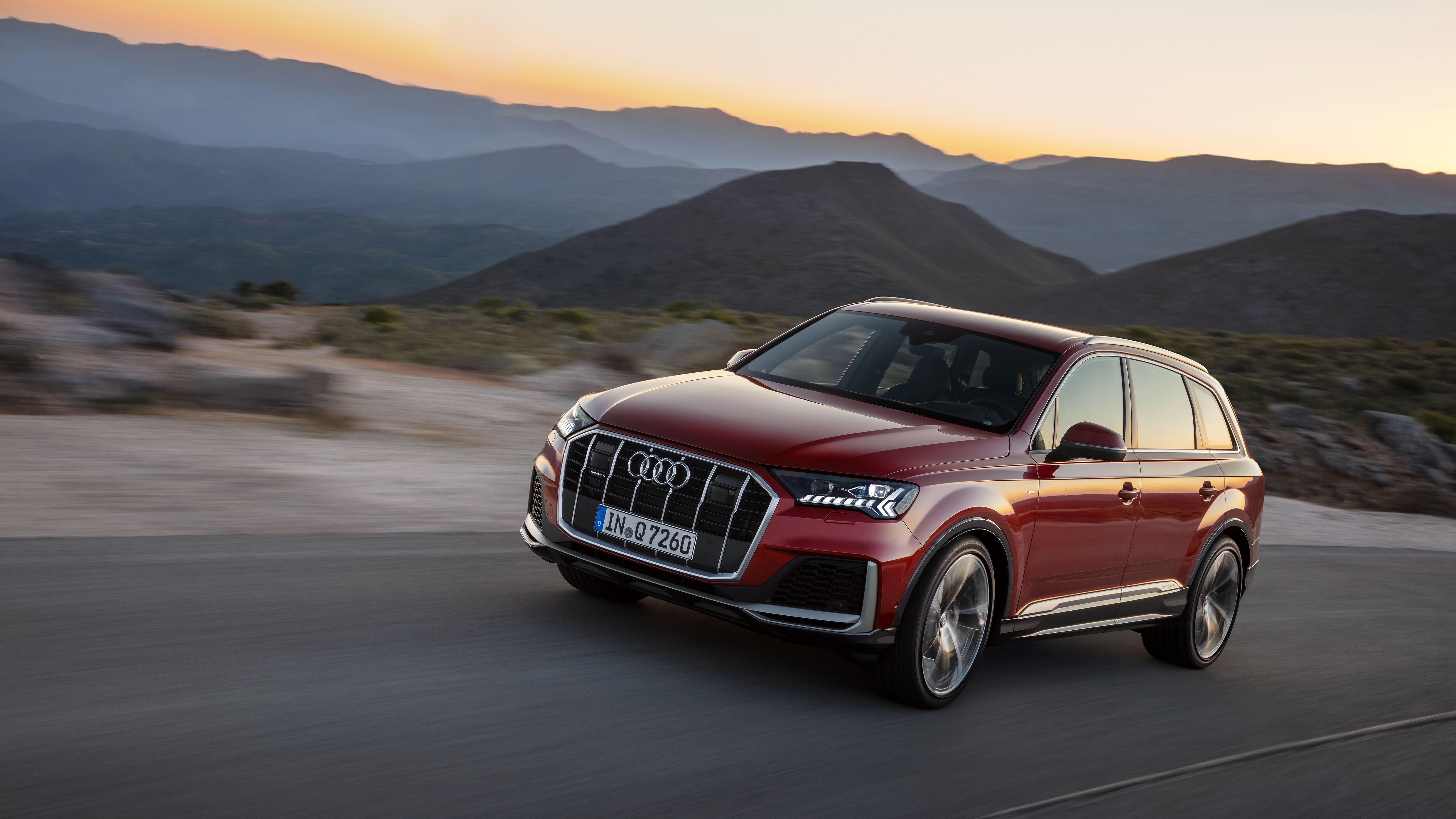
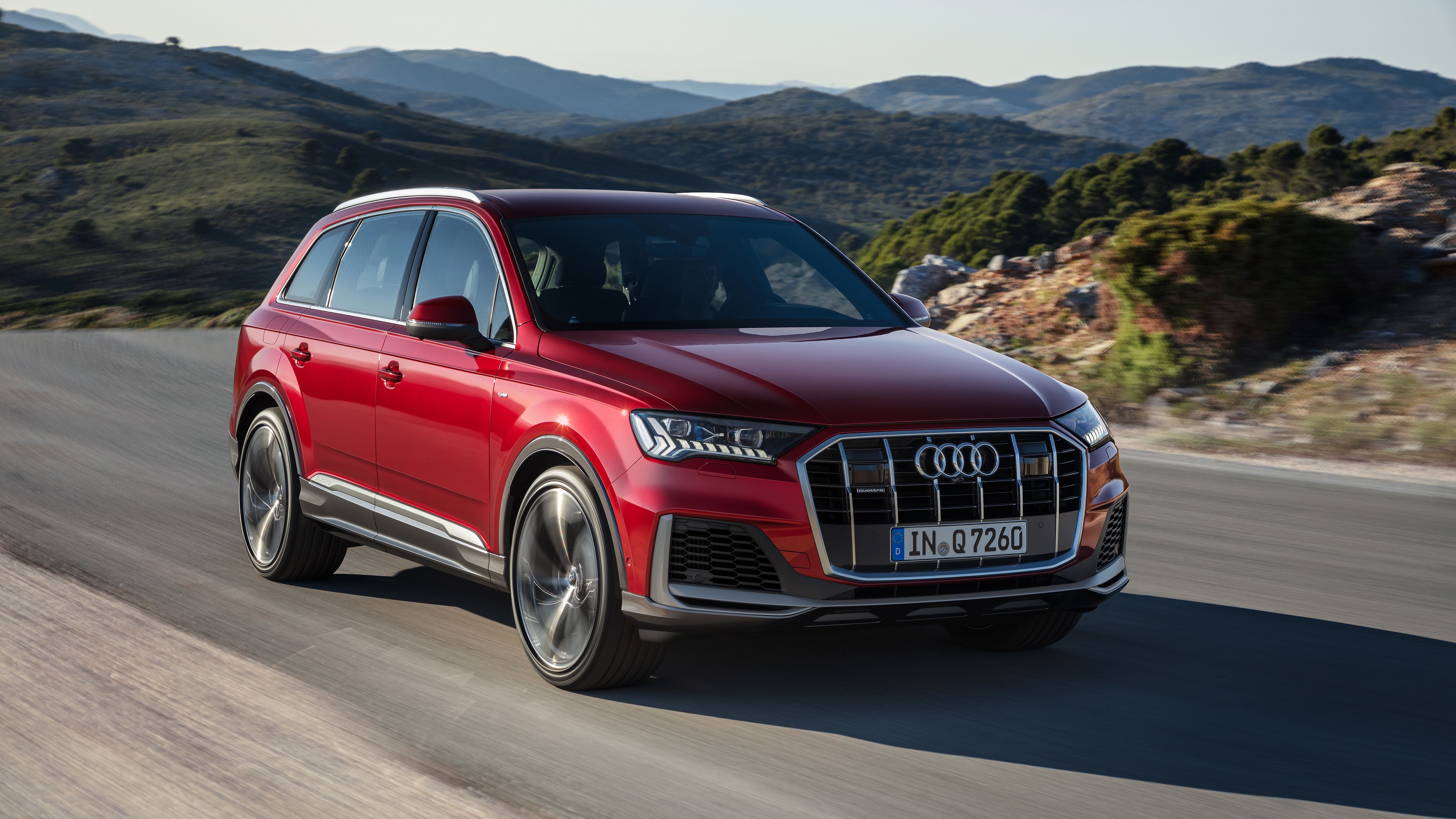
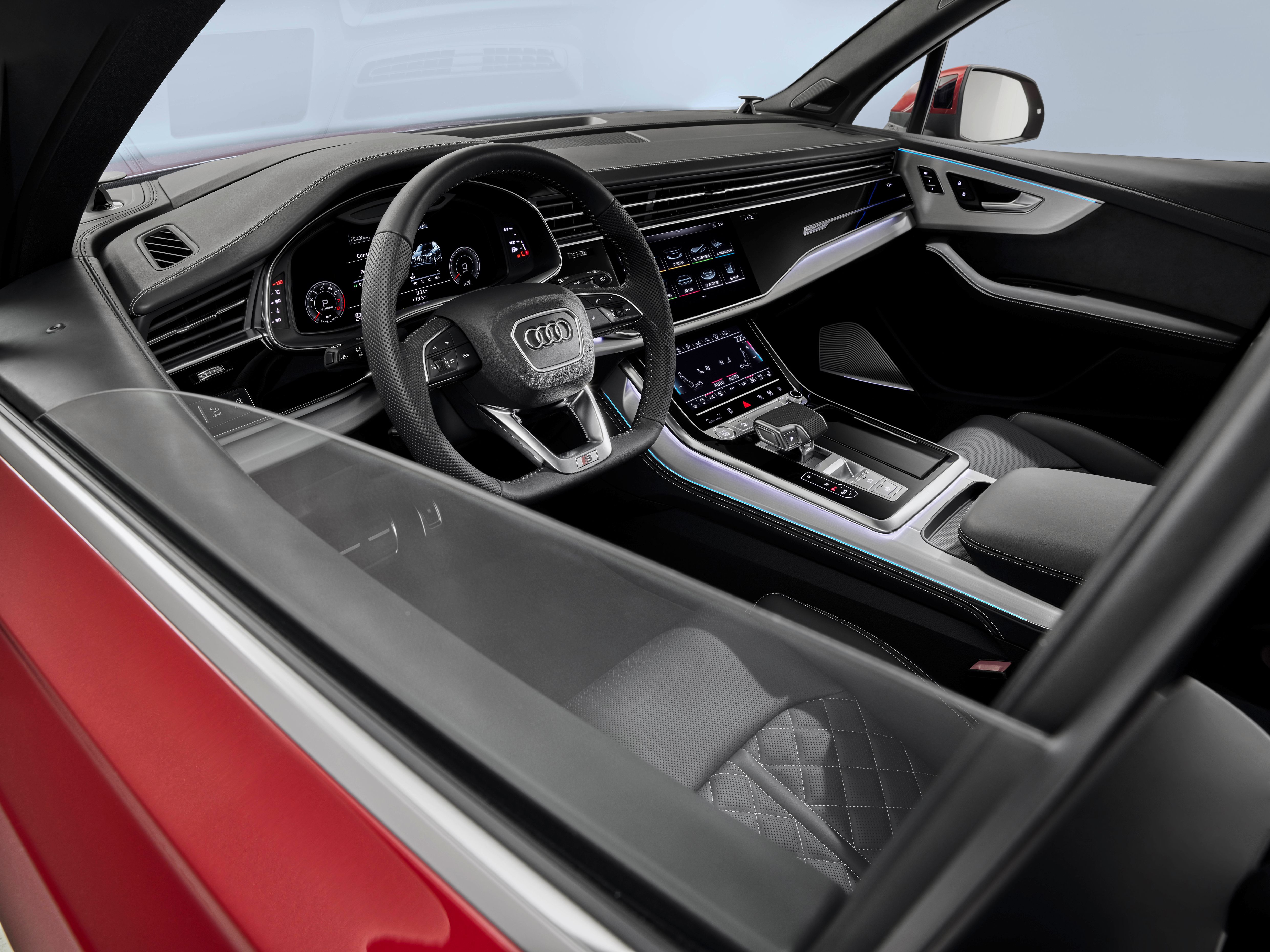
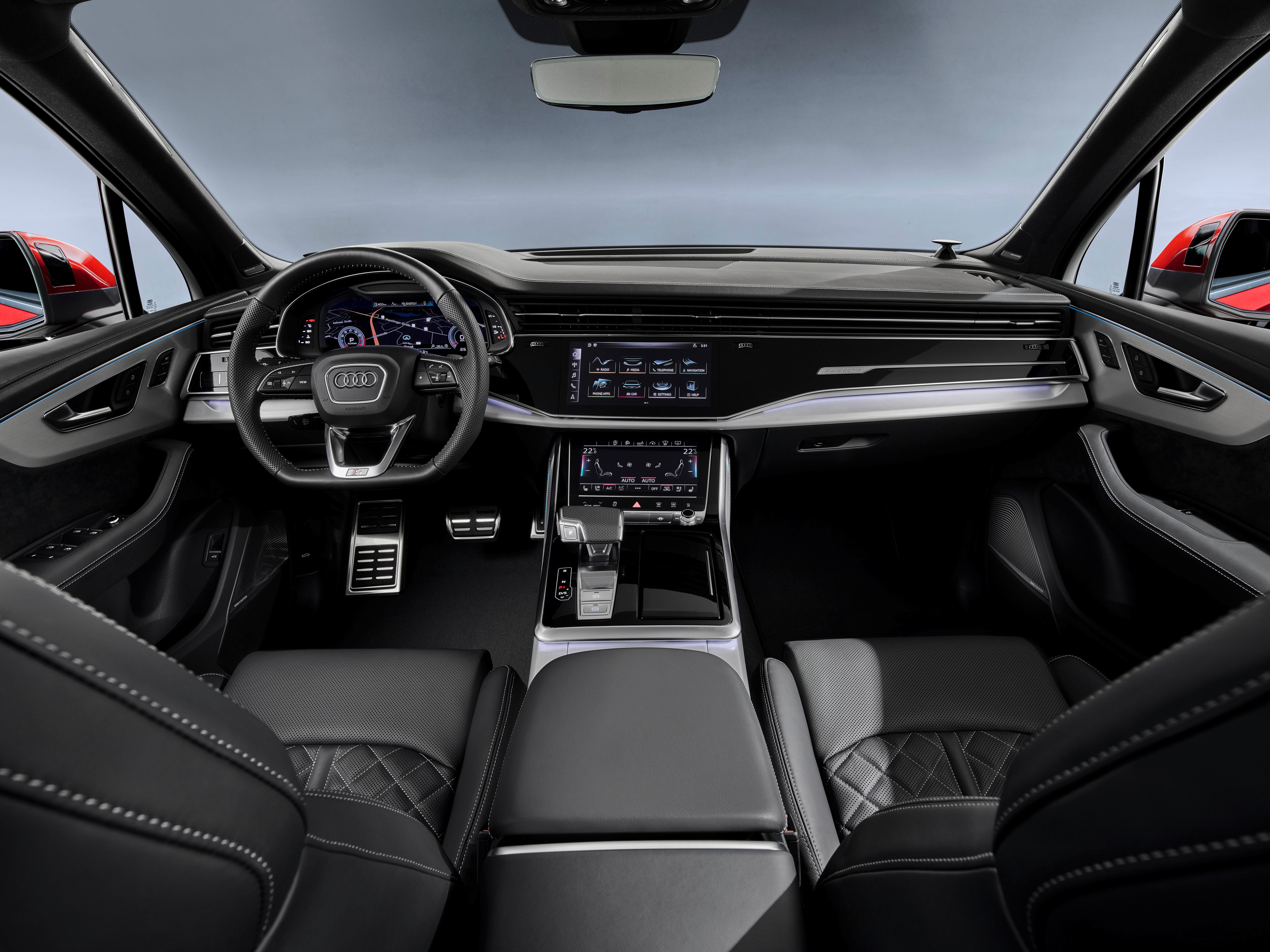
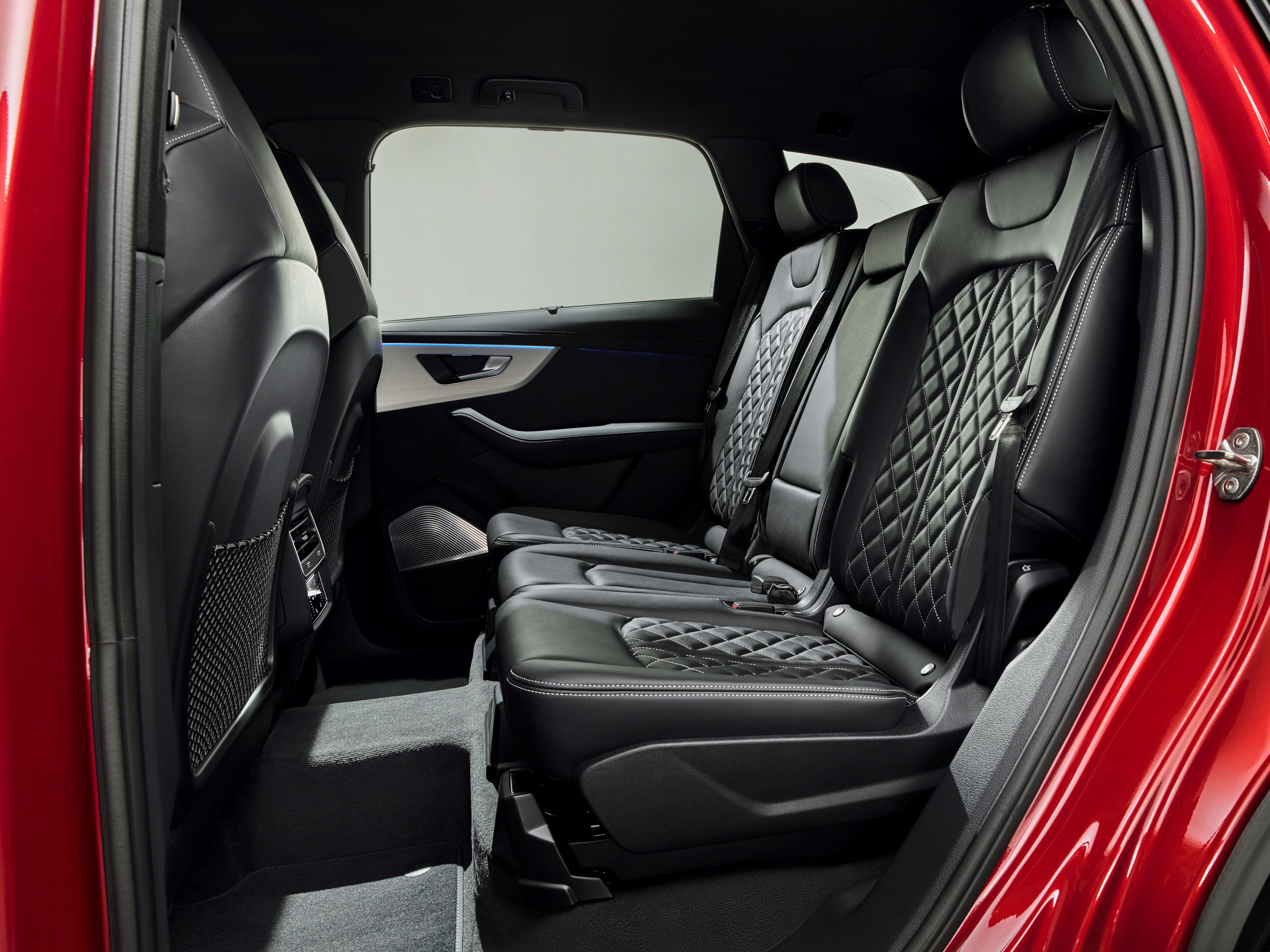
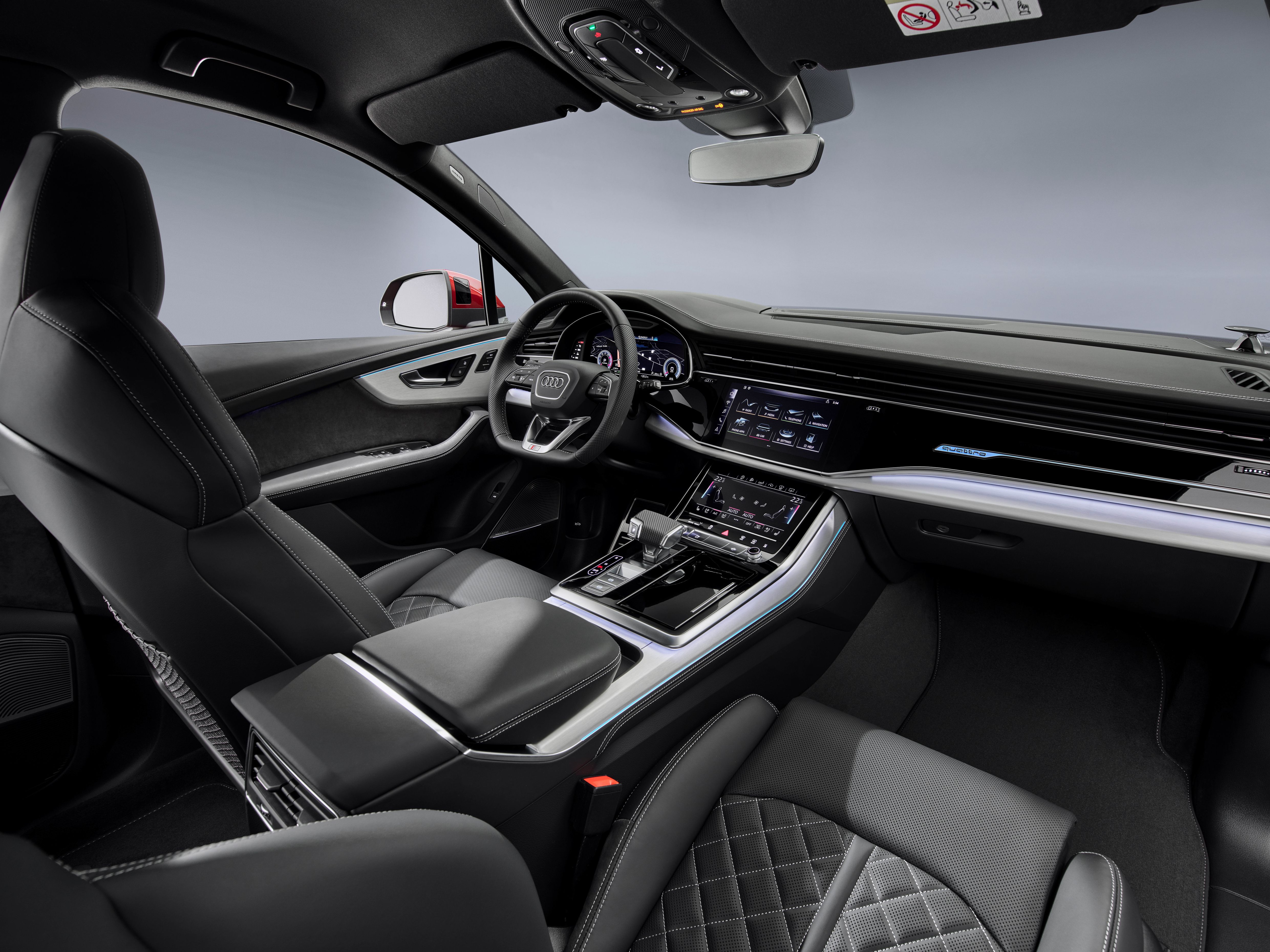
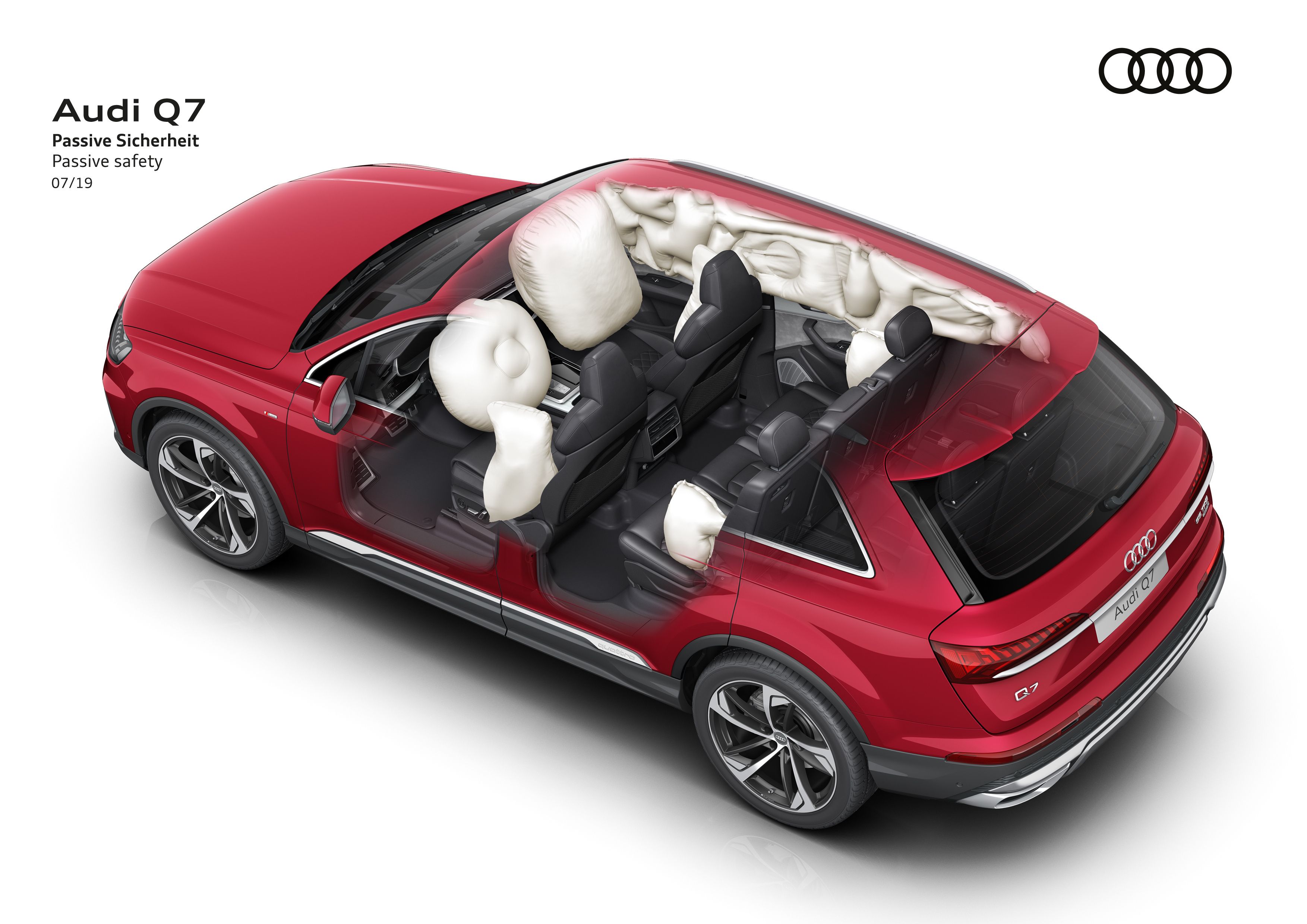
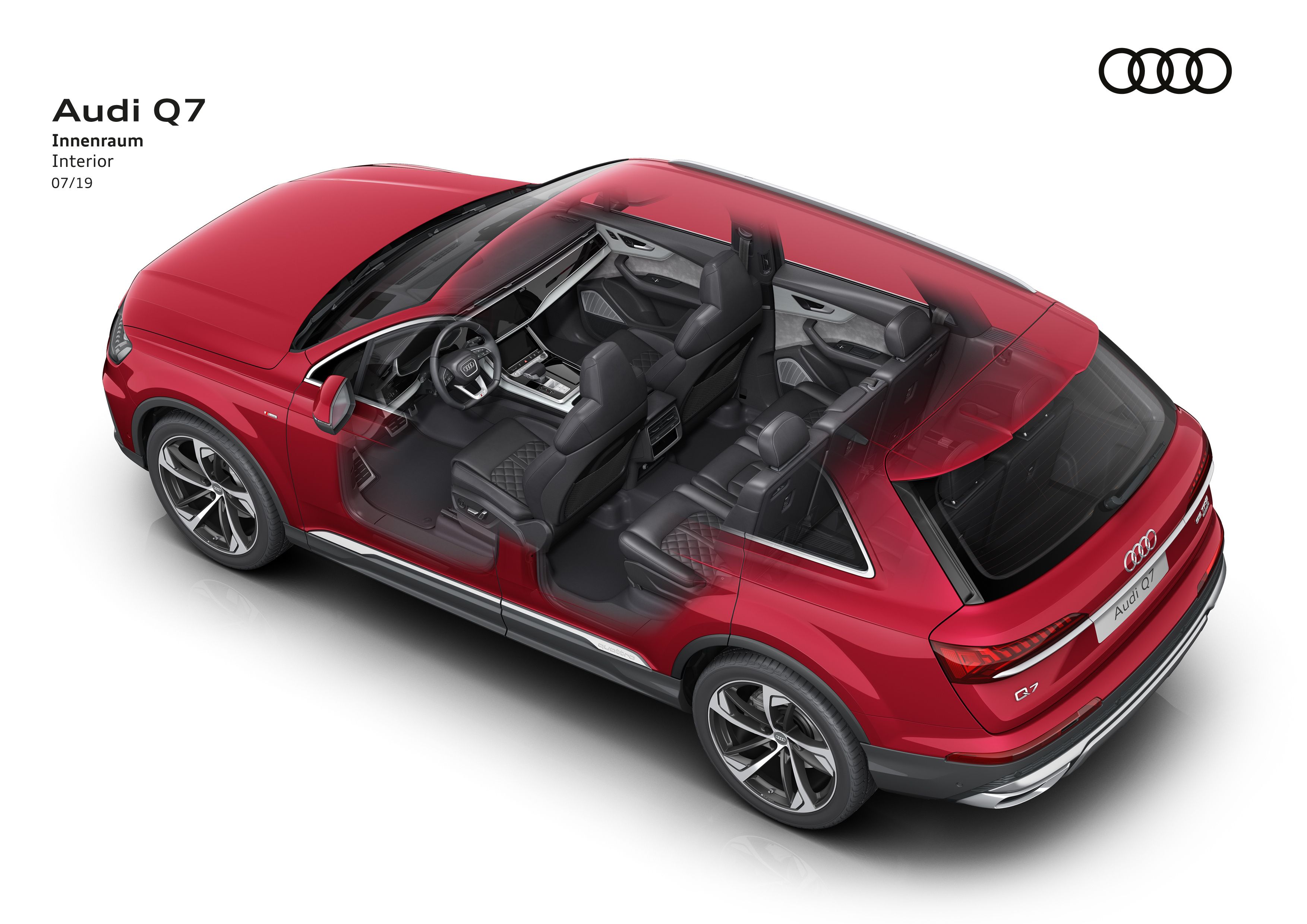
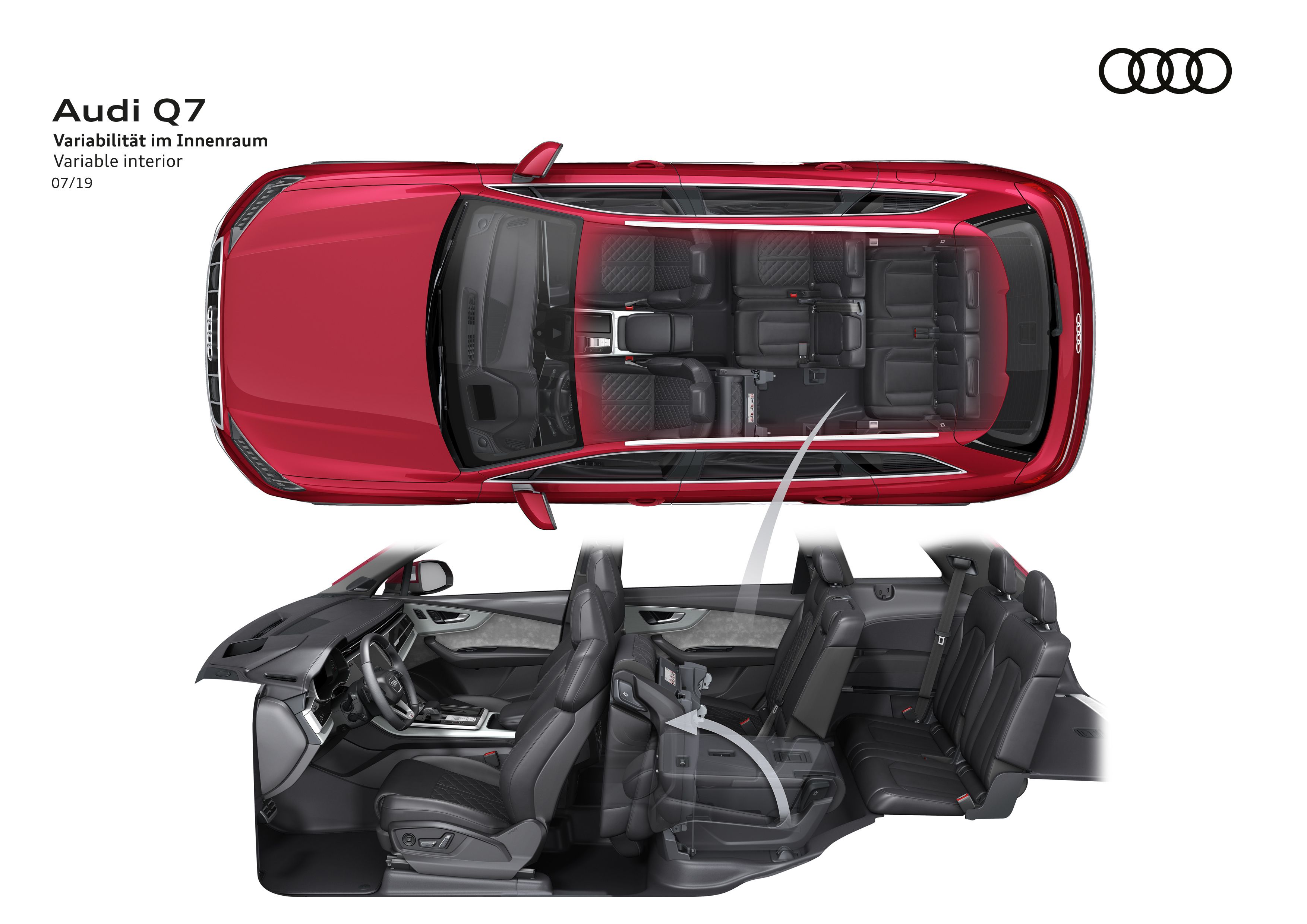
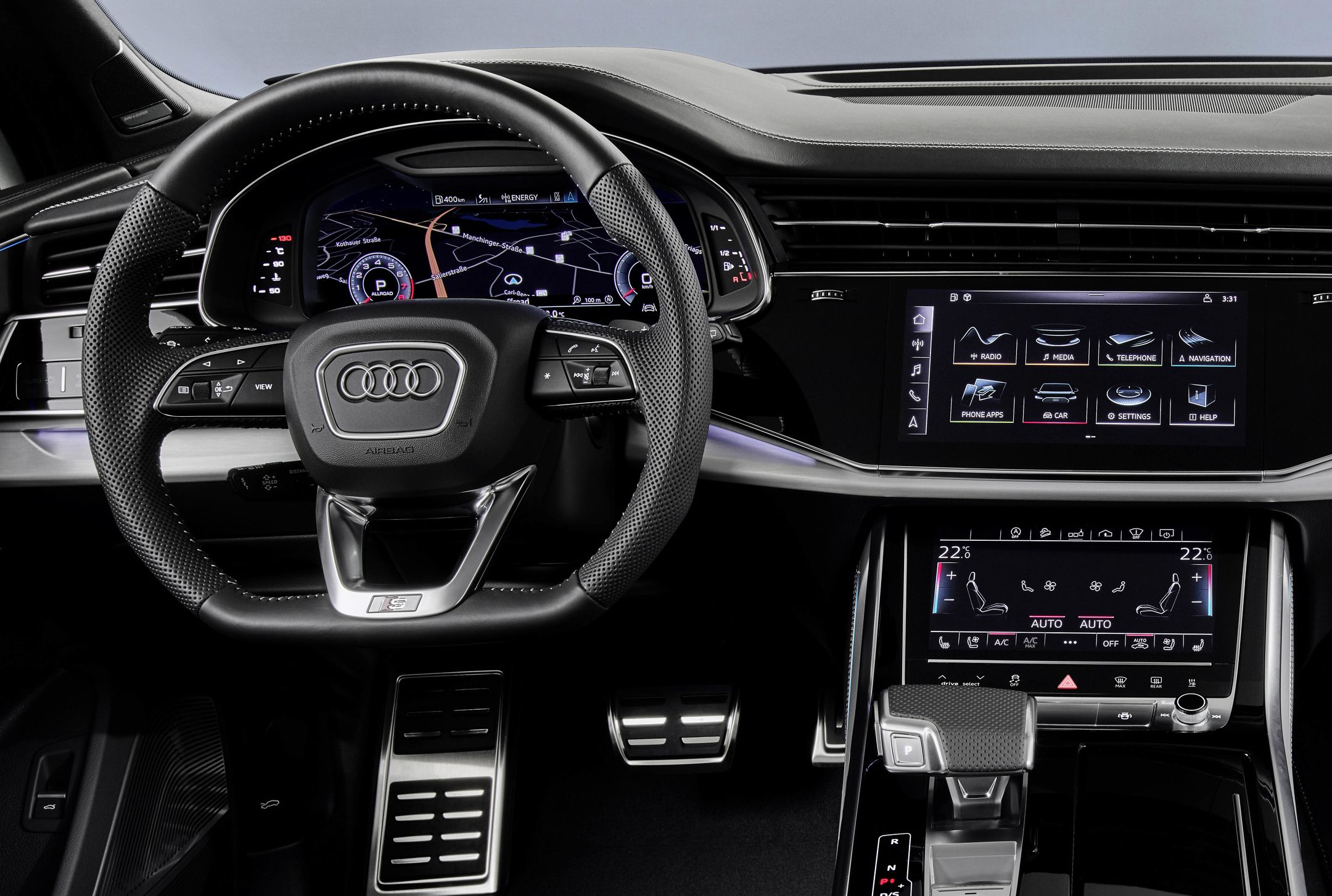
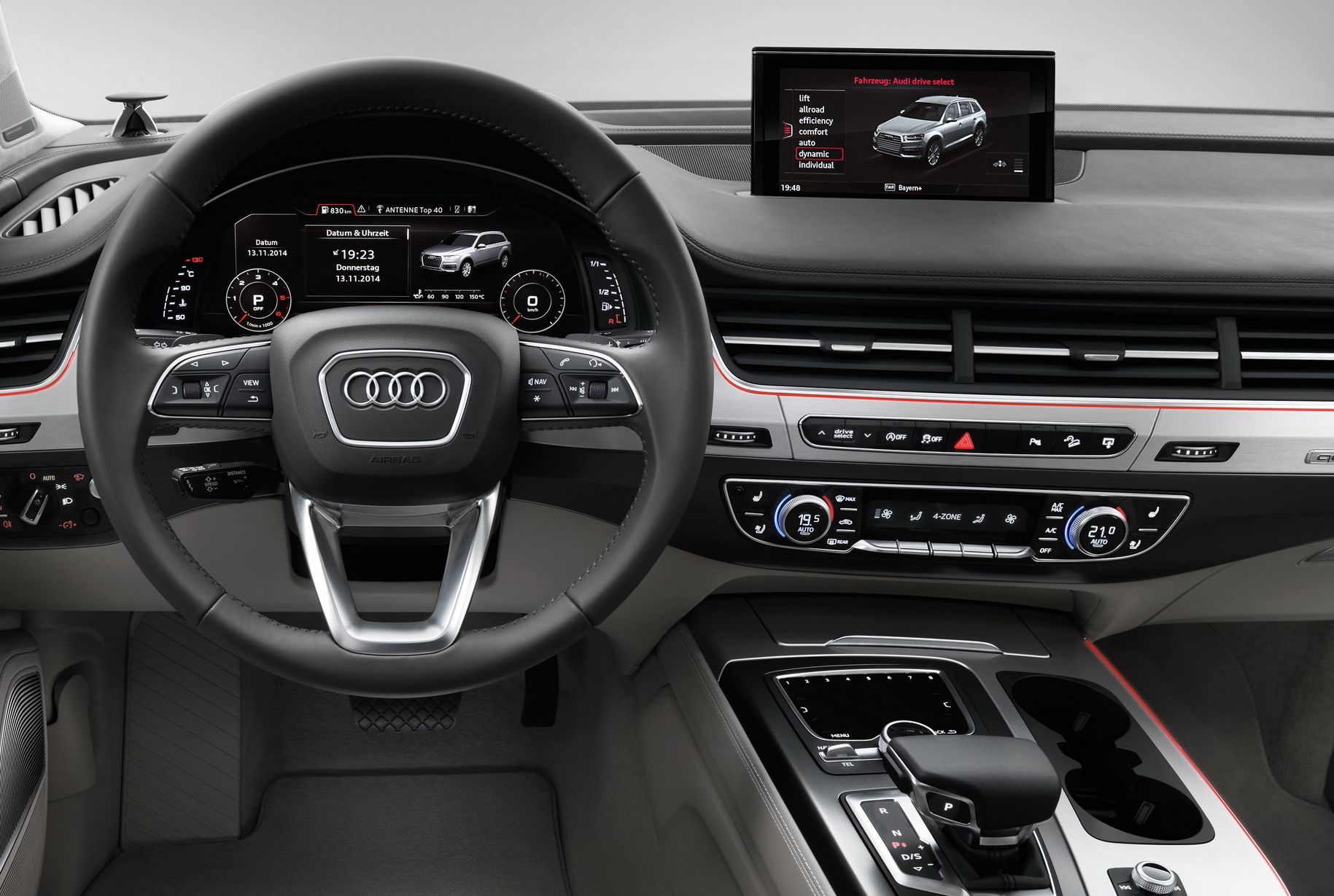
- Make: Array
- Model: 2020 Audi Q7
- [do not use] Vehicle Model: Array
Exterior

Mid-cycle facelifts are far from exciting, especially when operated on premium German vehicles, but Audi changed more than expected on the Q7. While the overall layout of the front fascia remained unchanged, Audi dropped the old, rectangular headlamps in favor of new-design lights that are sharper toward the grille ad wider toward the fenders. The light cluster was also redesigned, now with arrow-shaped LED elements at the bottom. Optionally, you can go with HD Matrix and Laserlight headlamps.
Audi redesigned the grille as well.
The bumper sports the same layout with vents onto the sides, but there are a bit larger than before. Instead of two horizontal slats, these vents now feature three horizontal bars and a winglet-like element at the outer edge. The lower surrounds that run into the corners of the grille have a more aggressive design, so the SUV looks sportier too. The front fascia is rounded off a splitter finished in aluminum look.
|
|
ids=846807,846808 |
no_overlay=false |
before_label=2020 Audi Q7 |
after_label=2019 Audi Q7> |
The profile is pretty much identical to the outgoing model, but this is far from surprising for a facelift. Look close enough, though, and you'll notice new character lines on the side skirts. The SUV rides on 19-inch wheels in a five-spoke design as standard. However, the Premium Plus and Prestige models come with larger 20-inch rollers. Pay extra, and you can get 21-inch wheels wrapped in all-season tires or 22-inch Audi Sport rims wrapped in summer performance rubber.
|
|
ids=846809,846810 |
no_overlay=false |
before_label=2020 Audi Q7 |
after_label=2019 Audi Q7> |
The rear of the Q7 now boasts redesigned taillights that remind of the A6 Avant. Just like the headlamps, they sport a more dynamic and angular design that's wider toward the outer edges. But the really big change here is the chrome strip that creates a connection between them. The trim runs through the lower area of the taillights and then across the tailgate between the Audi rings badge and the license place recess. The latter is no longer scalloped into the tailgate, so the center fascia looks cleaner than before.
The rear bumper looks fresh, too, thanks to a revised diffuser-like element that's wider and exhaust pipes integrated into a chrome strip that circles around the edges.
|
|
ids=846811,846812 |
no_overlay=false |
before_label=2020 Audi Q7 |
after_label=2019 Audi Q7> |
Interior

The interior of the revised Q7 is a pleasant surprise, mostly because it's based on the Q8. It features a continuous air-vent strip at the top, while the lower section is finished in gloss black, so the background looks just like the infotainment screen when it's turned off.
The fully digital instrument cluster measures 12.3 inches and allows plenty of room for information related to the drivetrain and the navigation system. You can choose between three different views, selectable from the multi-function steering wheel, including a sporty one with a focus on performance information.
|
|
ids=886858,886859 |
no_overlay=false |
before_label=2020 Audi Q7 |
after_label=2019 Audi Q7> |
The Q7 is loaded with standard features specific to the premium market. It comes with a Q-design steering wheel with shift paddles and a three-zone automatic climate control system. It's also equipped with a panoramic sunroof with electric sunshade and eight-way power front seats with four-way lumbar adjustment.
On top of this, you can add various options that improve connectivity and comfort. You can opt for a four-zone climate system and a Luxury Package that includes Alcantara headliner, front seats in Valcona leather with ventilation and massage functions, and an extended leather upgrade for the center console and door armrests.

Passenger space remains unchanged, so you'll enjoy the same legroom and headroom as in the outgoing model. Like before, the second-row seats feature a split 35/30/35 layout for the backrests. They also include fore and aft adjustments. The standard third-row seats come with a 50/50 split layout and electric fold and return functions.
As far as luggage space goes, things remain unchanged from the old model.
How does it compare to other similarly sized SUVs on the market? Well, the Q7 is a bit roomier behind the second-row. At 35.7 cubic feet, it offers an extra 1.8 cubic feet compared to the BMW X5 and an extra 6.6 cubic feet over the Mercedes-Benz GLE. The difference is even bigger when compared to the Porsche Cayenne, with the Q7 winning by 8.6 cubic feet.
However, when the second-row seats go down, the Q7 loses a few cubic feet versus the competition. Specifically, the BMW X5 offers 72.3, and that's an extra 2.4 cubic feet over the Q7. Likewise, the Mercedes-Benz GLE comes with 72.6 cubic feet, 2.7 more than the Q7. But the Audi offers an extra 9.6 cubic feet compared to the Porsche Cayenne, rated at 60.3 cubic feet.
Drivetrain

The facelifted Q7 was launched with a 3.0-liter V-6 gasoline engine described as new by Audi.
This new engine features a twin-scroll turbocharger placed inside the V and paired to a revised valvelift system. The design improves engine responsiveness and performance. As a result, it pushes the heavy SUV from 0 to 60 mph in 5.7 seconds, almost a half-second quicker than the previous V-6. The engine mates to an eight-speed automatic transmission and the familiar Quattro all-wheel-drive system as standard. The latter also features active torque distribution to both axles.
This engine enables a towing capability of 7,700 pounds. That's 500 pounds more than the BMW X5 with the V-6 engine, rated at similar output, but it's also 500 pounds more than the X5 M50i, fitted with a V-8 rated at 523 horsepower and 553 pound-feet of torque. The Q7 is on par with the Mercedes-Benz GLE, which is rated at 7,700 in both 350 4Matic and 450 4Matic trims.
Audi also offers a smaller four-cylinder engine, just like it did with the pre-facelift SUV. This is a 2.0-liter unit that cranks out 248 horsepower and 273 pound-feet of twist, an output that's identical to the outgoing model. Acceleration from 0 to 60 mph is also identical at 6.9 seconds. Just like the V-6, the four-banger mates to an eight-speed automatic transmission and a Quattro all-wheel-drive system.

Both models can be ordered with the adaptive air suspension, a system that enables you to adjust both the ride height and the stiffness of the dampers through the Audi drive select system. The adaptive air suspension also adds five selectable ride height levels: standard, off-road, lift, dynamic, and loading.
You can also order all-wheel steering for the Q7. This feature increases agility in urban driving situations, but it can also improve stability at high speeds on the highway.
2020 Audi Q7 specifications
|
Engine |
2.0-liter, four-cylinder TFSI |
3.0-liter TFSI® V6 |
|---|---|---|
|
Horsepower |
248 HP |
335 HP |
|
Torque |
273 LB-FT |
369 LB-FT |
|
0 to 60 mph |
6.9 seconds |
5.7 seconds |
|
Transmission |
eight-speed Tiptronic |
eight-speed Tiptronic |
Driving Assist Features

Audi made big updates in the driving assist features department by borrowing system introduced in recently redesigned models. New for 2020 features include Emergency Assist, which detects if you're inactive behind the steering wheel. When this happens, it emits visual and audible warnings and eventually decelerates until the Q7 comes to a half. The system keeps the car in the same lane and activates the hazard lights. The Q7 is also fitted with Adaptive Cruise Assist as standard. This is a combo feature that combines the function of Adaptive Cruise Control, Traffic Jam Assist, and Active Lane Assist.

You can also add a top view camera system with virtual 360-degree surround view. It combines four wide-angle camera to project a virtual 3D model of the SUV, allowing you to look around and zoom in and out in order to drive through or park in tight spaces. Intersection Assist is another option that helps you monitor cross traffic so you can easily avoid hazards through an intersection or at exit ramps. This system enables braking at speeds of up to 6.2 mph and emits warnings at speeds of up to 18.6 mph. Traffic Sign Recognition is also available, and it can detect speed limits and road signs. The same goes for Turn Assist, which can notify you of oncoming vehicles when turning left or apply the brakes when needed.
Prices

Pricing for the Audi Q7 starts from $54,800. For this price, you get the 45 TFSI Premium trim. Go with the Premium Plus model, and pricing jumps to $57,200. If you want the more powerful V-6 model, the 55 TFSI Premium version comes in at $60,800. The Premium Plus trim starts from $63,800, while the Prestige model fetches $71,200 before options.
Competition
Mercedes-Benz GLE
Mercedes has a brand new GLE SUV to fight off rival models, and it looks like a big improvement over the model it replaces. It is bigger and roomier than before, better to look at, and considerably more pleasant inside, It’s also touted as being very efficient, especially since several variants are offered with mild-hybrid technology that uses a 48-volt electrical system to boost engine power for shorts bursts of acceleration. It also looks more distinctive than the Q7, which is not bad looking, but it does look a bit uninspiring compared to the newer Mercedes. Drivetrain-wise, you can choose from three engines in the U.S. The GLE 350 model comes with a 2.0-liter four-cylinder rated at 255 horsepower and 273 pound-feet of torque, while the GLE 450 features a 3.0-liter inline-six that cranks out 429 horsepower and 384 pound-feet. Mercedes also offers a GLE 580 model with a solid 483 horsepower and 516 pound-feet of twist. Pricing starts from $54,250, but it goes as high as $77,600 for non-AMG models.
Read our full review of the 2020 Mercedes-Benz GLE
BMW X5
The Q7’s other biggest rival is the BMW X5 which, like the GLE, is a fresh all-new model that was revealed for the 2019 model year. It is bigger, more efficient, and more luxurious than before, as well as being more technologically advanced. BMW says that while it has improved the new X5’s on-road manners, it is off-road where it is considerably better than before. However, unlike the Q7, the X5 doesn’t have a seven-seater option, and for that, you have to opt for the larger BMW X7. When it comes to oomph, two non-M models are available in the U.S. The xDrive40i comes with a 3.0-liter inline-six rated at 335 horsepower and 332 pound-feet, while the xDrive50i features a 4.4-liter V-8 that generates 456 horsepower and 479 pound-feet of twist. Pricing starts from $58,900 and goes up to $76,150.
Read our full review on the 2020 BMW X5
Porsche Cayenne
Widely acknowledged as the most capable vehicle in its class, both on- and off-road, the current Porsche Cayenne blends these qualities with a pleasant exterior appearance - it is the first Cayenne that doesn’t make you want to look away, so it’s really hard to ignore in the segment. It uses a derivative of the same platform used in the Q7, but it is sharper to drive and definitely more precise and focused on the road. Take it off-road, and it retains its composure, being a hoot to throw around. However, it can’t be had with seven seats. The Cayenne is available in a 3.0-liter V-6 that delivers 335 horsepower and 332 pound-feet in base form. The E-Hybrid model pairs this V-6 to an electric motor for a combined output of 456 horses and 516 pound-feet. Then there's the Cayenne S with a different, 2.9-liter V-6 that churns out 434 horsepower and 406 pound-feet. More powerful versions are available with the Turbo badge, but they generate notably more than the Q7. Priced from $66,800, the Cayenne is the most expensive SUV in this niche.
Read our full review on the 2020 Porsche Cayenne
Conclusion

Audi is only giving the Q7 a facelift in order to face rival vehicles that are all-new. However, it launched the refreshed Q7 after its main rivals have launched their SUVs, so it had enough time to correct and adjust in order to make sure it is competitive. It's not a dramatic change for the Q7 design-wise, but the upgrade is enough to keep it fresh for a couple of years. But there's big news inside the cabin, and under the shell, so Audi made sure it keeps the Q7 from feeling old and stale compared to its younger rivals.

